With increasing cyberattacks, companies are never free from the risk of security breaches, data tampering, and system hacking. Small and big businesses, no company is ever secure from cyberattacks. Among the most prominent of these incidents are the 2017 Equifax attack, during which data of 147 million people were compromised due to a software vulnerability, and the 2020 SolarWinds incident led to a large-scale compromise of US federal government organizations and private sector organizations. Both examples demonstrate why security testing is a proactive move that finds and helps fix security flaws before being taken advantage of by an organization. Security testing in cybersecurity is described in tremendous detail within this article, such as its various types, methodology, tools, as well as best practices to improve cybersecurity control.
What is Security Testing?
Security testing in cybersecurity is an activity that identifies and eliminates security weaknesses in software, applications, networks, and IT systems. Security testing is necessary to prevent cyberattacks, become compliant, and gain the confidence of online platforms.
Real-Time Example
Facebook (Meta) too had a data breach in 2021 when over 533 million of its users’ accounts leaked due to a vulnerability in its contact importer feature. Proper security testing, i.e., penetration testing and API security testing, would have been sufficient to identify and seal the vulnerability before the attackers got a chance to exploit it. Primary Objectives of Security Testing:
- Confidentiality: Keeping sensitive data from getting into the wrong hands (e.g., not sharing user passwords).
- Integrity: Avoiding tampering and alteration of data (e.g., against unauthorized changes to financial transactions).
- Availability: Preventing systems from being rendered unavailable to the user (e.g., against Distributed Denial of Service (DDoS) attacks).
Security testing employs various methods for mimicking actual attacks, exposing vulnerabilities, and checking effective security controls before deployment.
Importance of Security Testing in Cybersecurity
- Prevents Data Leaks – Security testing will reveal vulnerabilities that attackers use to steal sensitive information. For example, Marriott’s 2018 breach leaked 500 million guest records, in part because of lax security audits.
- Supports Compliance – Healthcare and financial institutions have to comply with security rules like GDPR, HIPAA, and ISO 27001. For example, GDPR non-compliance will invoke enormous fines of up to 4% of worldwide annual turnover.
- Establishes Trust – Secure apps establish user trust. Apple, for example, has strict security testing processes in place to ensure trust in its App Store environment.
- Reduces Financial Loss – Cyber attacks are expensive. The 2017 WannaCry ransomware attack cost the world an estimated $4 billion in damages to hospitals, business, and government.
- Catches Security Flaws Early – Fixing security flaws early in the development cycle is cheaper. Microsoft runs regular bug bounty programs to find bugs before they end up with end-users.
Types of Security Testing

1. Vulnerability Scanning
Scanners, automated, scan software, networks, and systems for known vulnerabilities.
Example: Nessus is used by a bank to scan its web banking application for old encryption methods in a bid to minimize data exposure.
2. Penetration Testing (Pen Testing)
Simulates real cyber attacks to identify likely weaknesses that could be attacked.
Example: Tesla car software was kept under observation by ethical hackers and they found a vulnerability where car operations would be remotely controlled by hackers. Tesla patched the vulnerability before it was exploited.
3. Security Auditing
Official testing of security configurations, controls, and policies.
Example: A doctor performs an ISO 27001 security audit to ensure compliance with patient information protection law.
4. Risk Assessment
Determines security threats and how they may affect an organization.
Example: A cloud hosting provider estimates the risk of storing sensitive government information and implements multi-factor authentication (MFA) for extra security.
5. Ethical Hacking
Security experts attempt to break into a system legally to find vulnerabilities ahead of the malicious actors.
Example: Google Project Zero researchers discovered a security flaw in Apple’s iOS, and Apple was able to ship an early security patch.
6. Compliance Testing
Validates that the security controls meet industry standards like PCI DSS for payment card security.
Example: A PCI DSS testing is conducted by a provider of an online payment system before implementing its online payment system to make sure the cardholder data is not lost.
7. Fuzz Testing
Injects badly formed or faulty input into a system to find vulnerabilities.
Example: An internet browser vendor uses AFL (American Fuzzy Lop) to detect unusual crashes of a new internet browser.
8. Red Team and Blue Team Testing
Red Team: Imitates cyberattacks by offensive security professionals.
Blue Team: Defensive security professionals detect and deflect attacks.
Example: A large bank conducts a Red Team simulation where ethical hackers attempt to breach internal networks, and the Blue Team attempts to deflect them in real time.
“Also, explore different types of penetration testing.”
Security Testing Methodologies
1. Static Application Security Testing (SAST):
SAST is a white-box technique that examines source code, bytecode, or binaries for security weaknesses before they are executed. Early code analysis assists developers in finding security defects early when it is less expensive to fix but not yet too costly.
Example: Adobe employs a SAST tool named Checkmarx by application developers to identify defects in the source code of an application before it is released to the public. Examples of such defects include hardcoding passwords, SQL injection weakness, and buffer overflow, which can be identified without actually running the application. Detection at the initial stages makes it easier to correct, enhancing the security of the software before deployment.
2. Dynamic Application Security Testing (DAST):
Dynamic Application Security Testing (DAST) is a black-box testing methodology employed to examine the security of an application in real-time while executing the application. The method employs simulated cyber attacks to expose web application, API, and network security weaknesses.
Example: A website selling products online uses OWASP ZAP, a popular DAST tool, to scan live for vulnerabilities upon launching the website. The tool depends on the automatic detection of vulnerabilities through vulnerability scanning for weaknesses such as cross-site scripting (XSS) and broken authentication. The pre-deployment testing assures that the weaknesses are never addressed until they are attacked by hackers.
3. Interactive Application Security Testing (IAST):
IAST is an amalgamation testing method that applies the best attributes of SAST and DAST. It includes real-time monitoring of applications to detect vulnerabilities while monitoring code running and system calls.
Example: A fintech developer integrates Contrast Security, an IAST solution, into test and development processes. The solution runs within the application and tracks data flow, configuration, and security vulnerabilities in real-time. It provides developers with real-time feedback to remediate vulnerabilities in real-time without ever compromising the speed of development.
4. Runtime Application Self-Protection (RASP):
It is a more recent security solution that detects and terminates an application attack in bypass mode. Provides runtime visibility and response hooks to prevent the risk of having an unwanted impact on the system.
Example: A mobile banking application uses Imperva RASP, which identifies and blocks attacks such as SQL injection and remote code execution attempts in real-time. If the malicious attack is being conducted by the attacker to exploit already existing vulnerabilities, then RASP blocks the malicious attack in real time, reducing data breach and fraud risk.
Best Practices in Effective Security Testing
1. Integrate Security Testing in the SDLC
Security must be applied in the Software Development Life Cycle (SDLC). Shift-left testing, or early life cycle testing, catches defects early maintains the cost of remediation low, and prevents security defects from entering production.
Example: Google and Microsoft use security testing at the beginning of the development life cycle, practices that facilitate secure coding, and frequent code audits to eliminate risk before deployment.
2. Perform Regular Testing
Cyber attacks also keep changing, and regular security audits are a vital component to look out for. Penetration testing, vulnerability scanning, and compliance auditing need to be carried out best regularly to remain safe.
Example: Netflix performs constant security testing with the help of tools such as Chaos Monkey, replicating actual-time attack patterns and helping them determine their system vulnerabilities.
3. Automate Where Possible
Faster does its automatic security testing software but cannot recognize advanced threats. Known bugs can be detected rapidly by automated scanners, but zero-day attacks and business logic faults will be captured by human testers.
Example: Facebook uses Infer, a static analysis tool, to automate testing for security to identify null pointer exceptions, memory leaks, and security flaws in its applications.
4. Use Multiple Testing Techniques
A good security policy must have a series of testing procedures such as SAST, DAST, IAST, and manual pen testing to address all the possible vulnerabilities.
Example: Amazon Web Services (AWS) employs automated scanners coupled with manual pen testing in its attempt to safeguard its cloud services against potential cyber-attacks.
5. Ensure Compliance with Industry Standards
Organizations must comply with security models such as the NIST Cybersecurity Framework, CIS Controls, ISO 27001, and GDPR. Complying maintains the regulatory needs up to date and has a good security posture.
Example: Banks must be PCI-DSS compliant to secure payment transactions and keep credit card scams at bay.
6. Train Employees on Cybersecurity
The most prevalent cause of security violations is human error. Staff security awareness training regularly protects against social engineering, insider threats, and phishing.
Example: Google has a cyber security study course with simulated phishing testing to expose staff to recognizing and avoiding cyber attacks.
7. Implement Secure Coding Practices
Developers must use secure coding standards to prevent SQL injection, XSS, and buffer overflow attacks. OWASP’s Top 10 security standards must be adhered to to promote solid application security.
For instance, GitHub has strict secure coding standards combined with a twice-daily code review process so that bugs get detected and eliminated before the release.
8. Create an Incident Response Plan
A clear incident response plan (IRP) helps an organization to respond effectively in case of a security incident. Detection, containment, eradication, recovery, and lessons learned procedures must be addressed in the plan.
Example: Twitter had a security incident in 2020 since there was a hijacking of high-profile accounts. The company’s incident response team responded promptly blocked the compromised accounts and avoided further risk.
Conclusion
Security testing in cybersecurity is a strong and stern cybersecurity practice that helps companies, including cybersecurity companies evade costly breaches and data loss. By combining various security testing methodologies, live testing, and best practices, companies can establish a sound security position.
As threats on the web continue to escalate, companies must integrate security testing into their design, use sophisticated security technology, and follow industry protocols. A clear plan for security testing will ensure that web resources are protected, bringing confidence and trust to a more networked world.


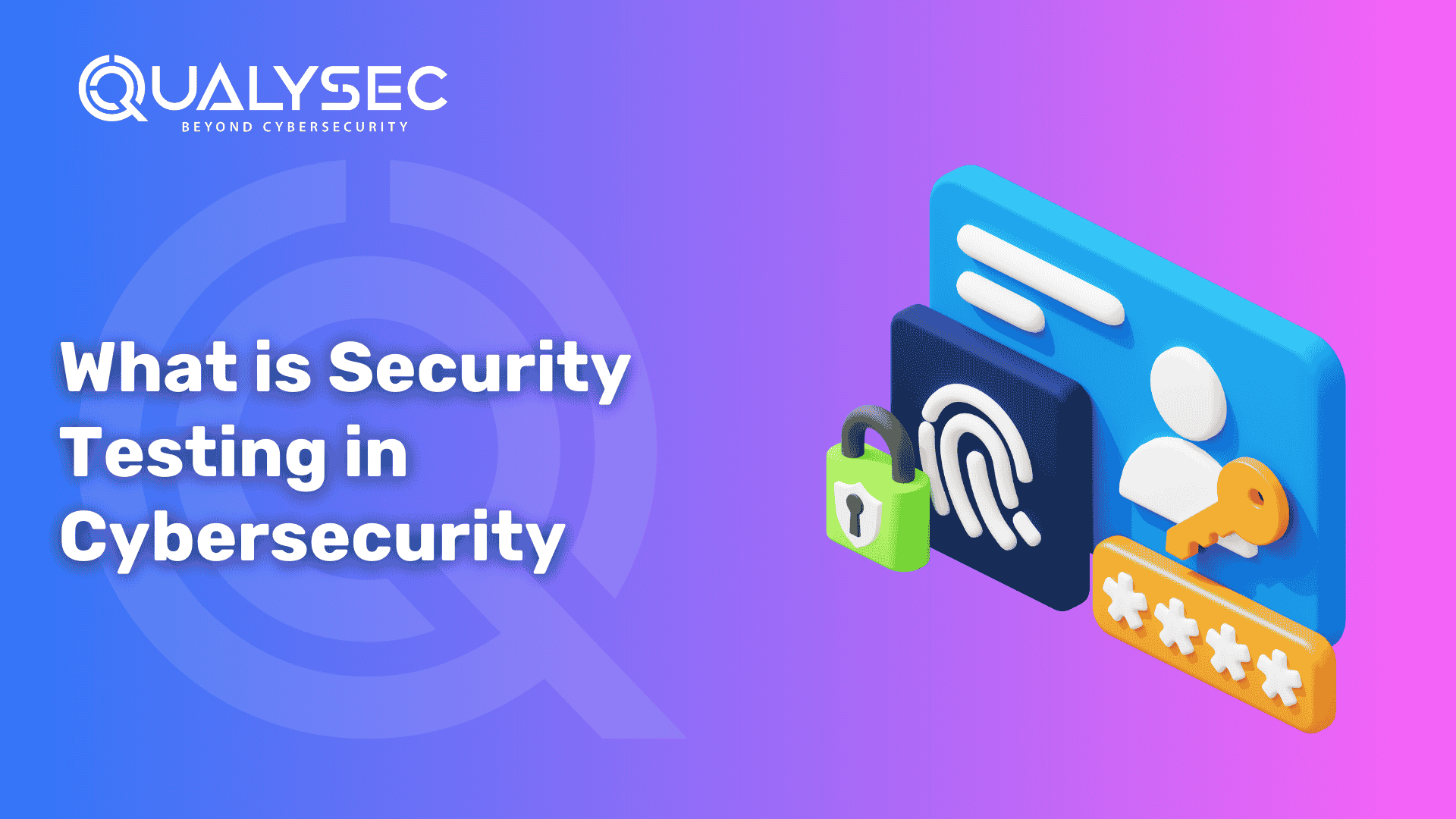



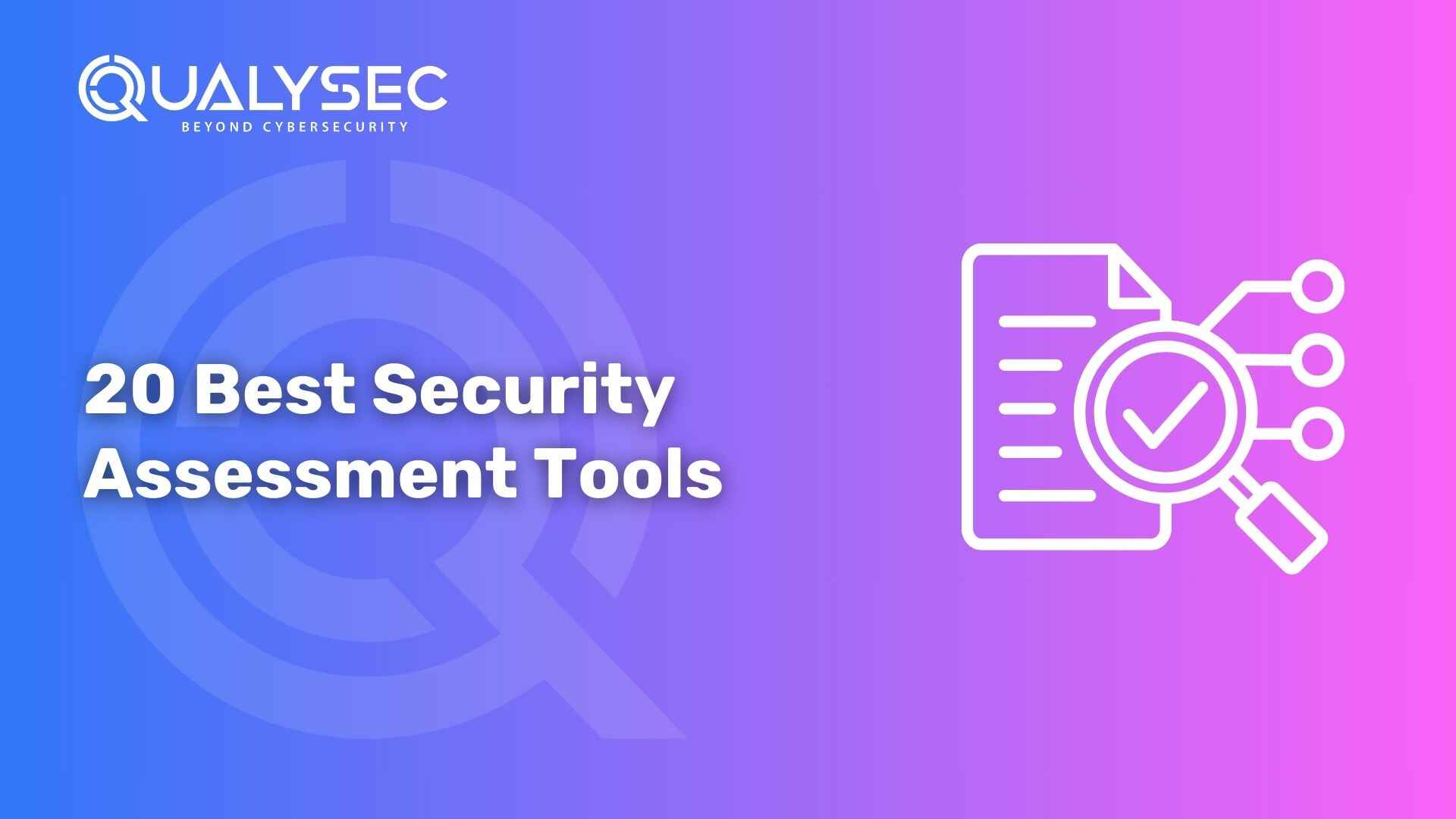
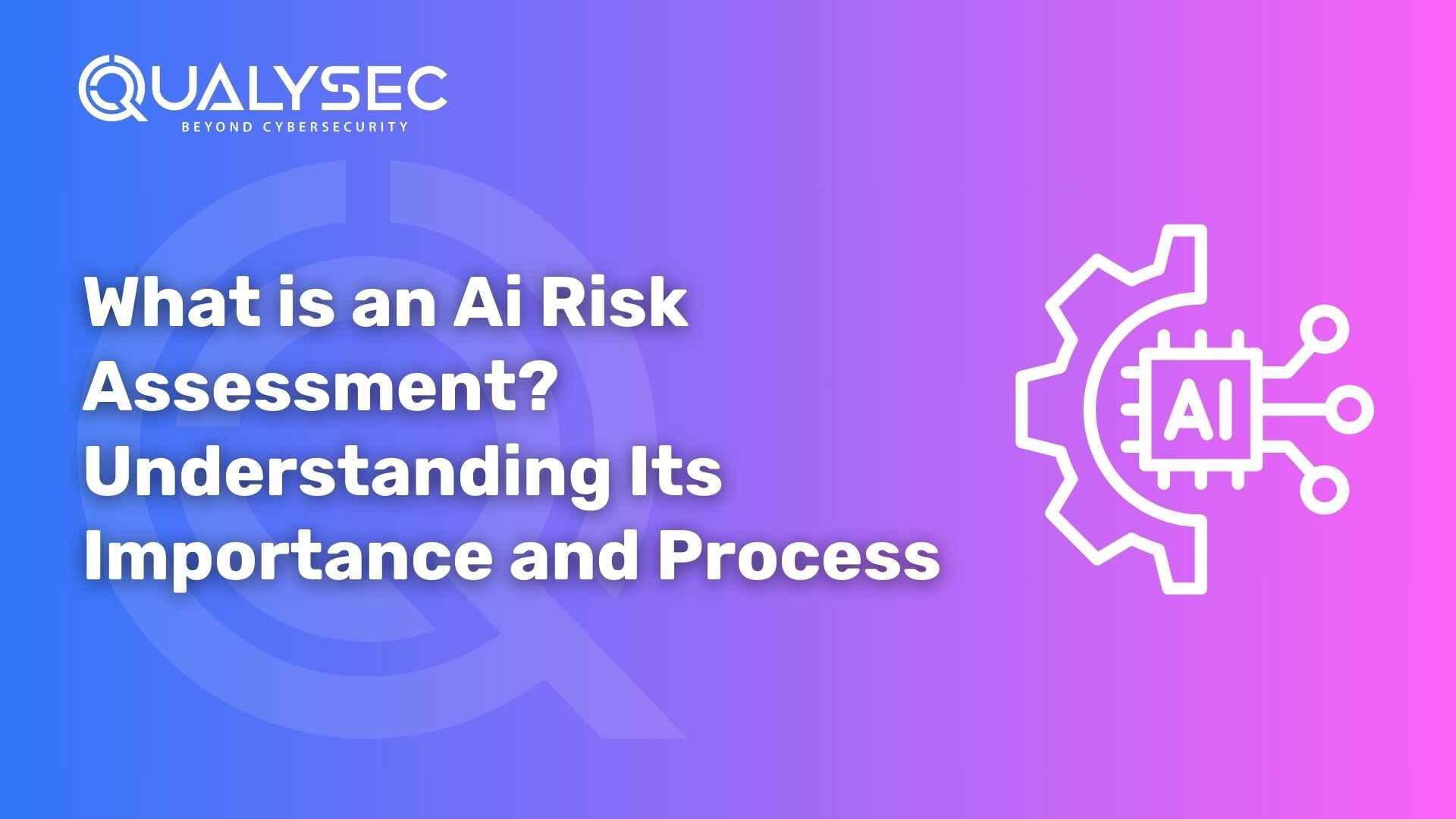

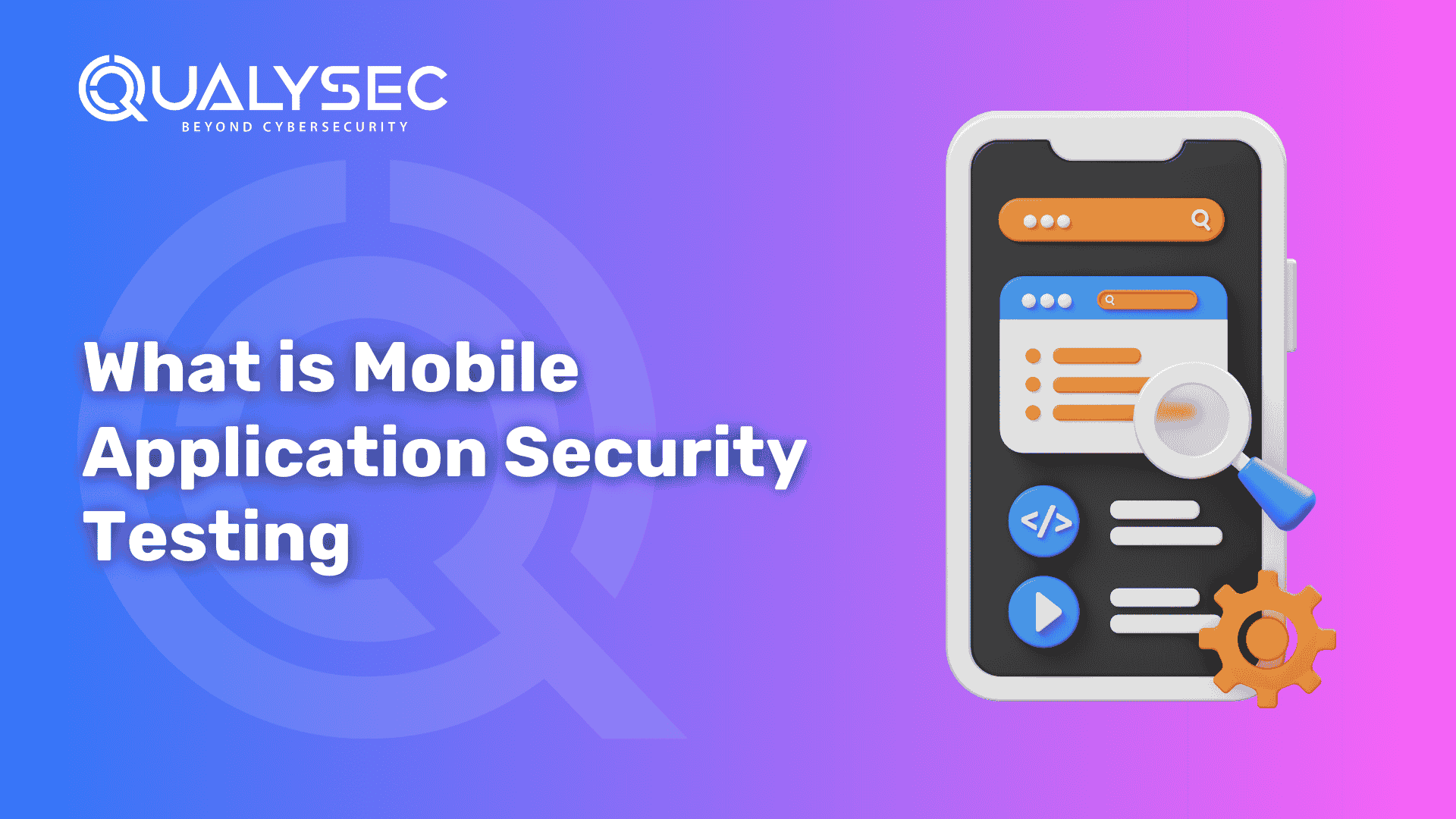
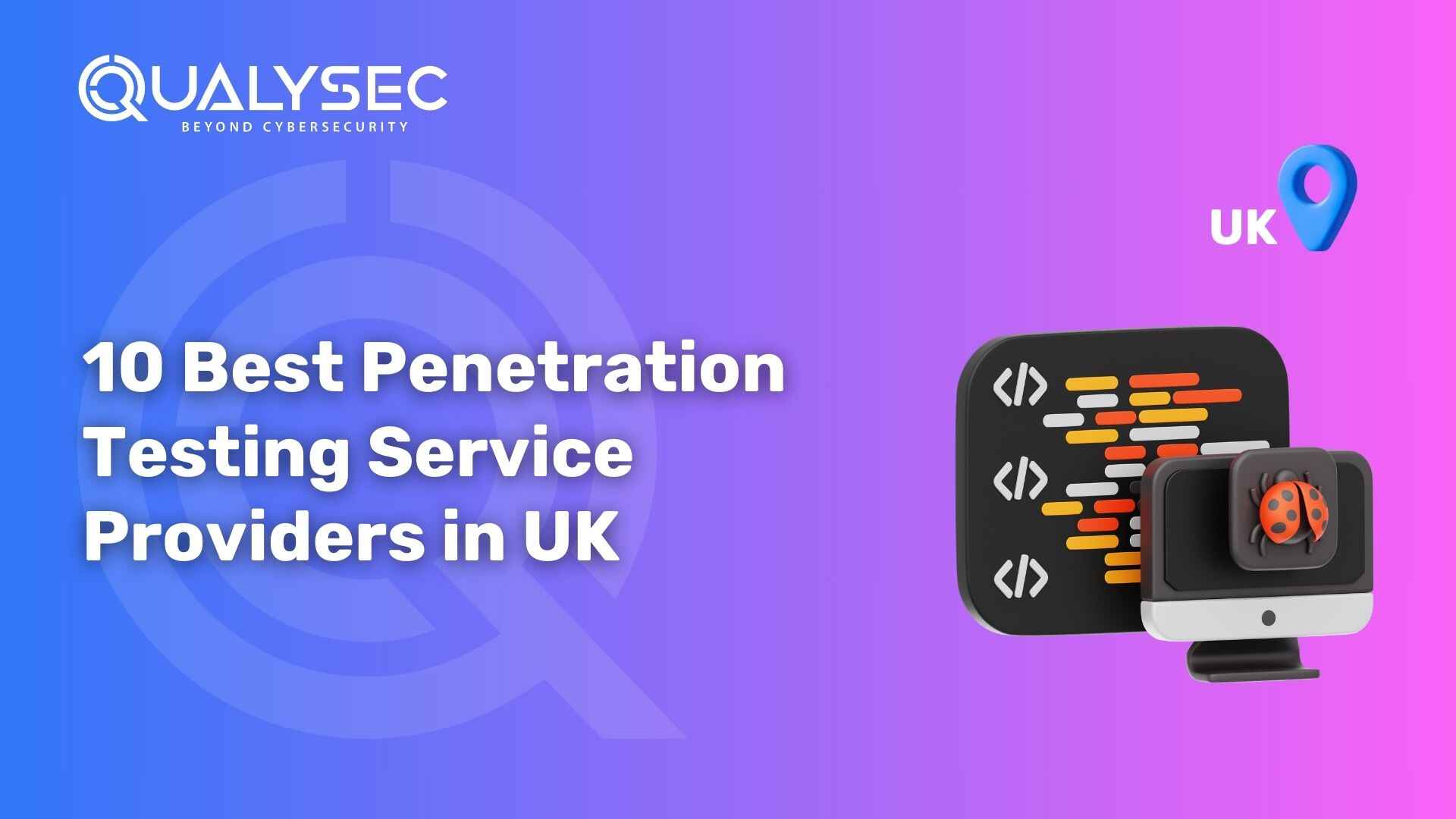
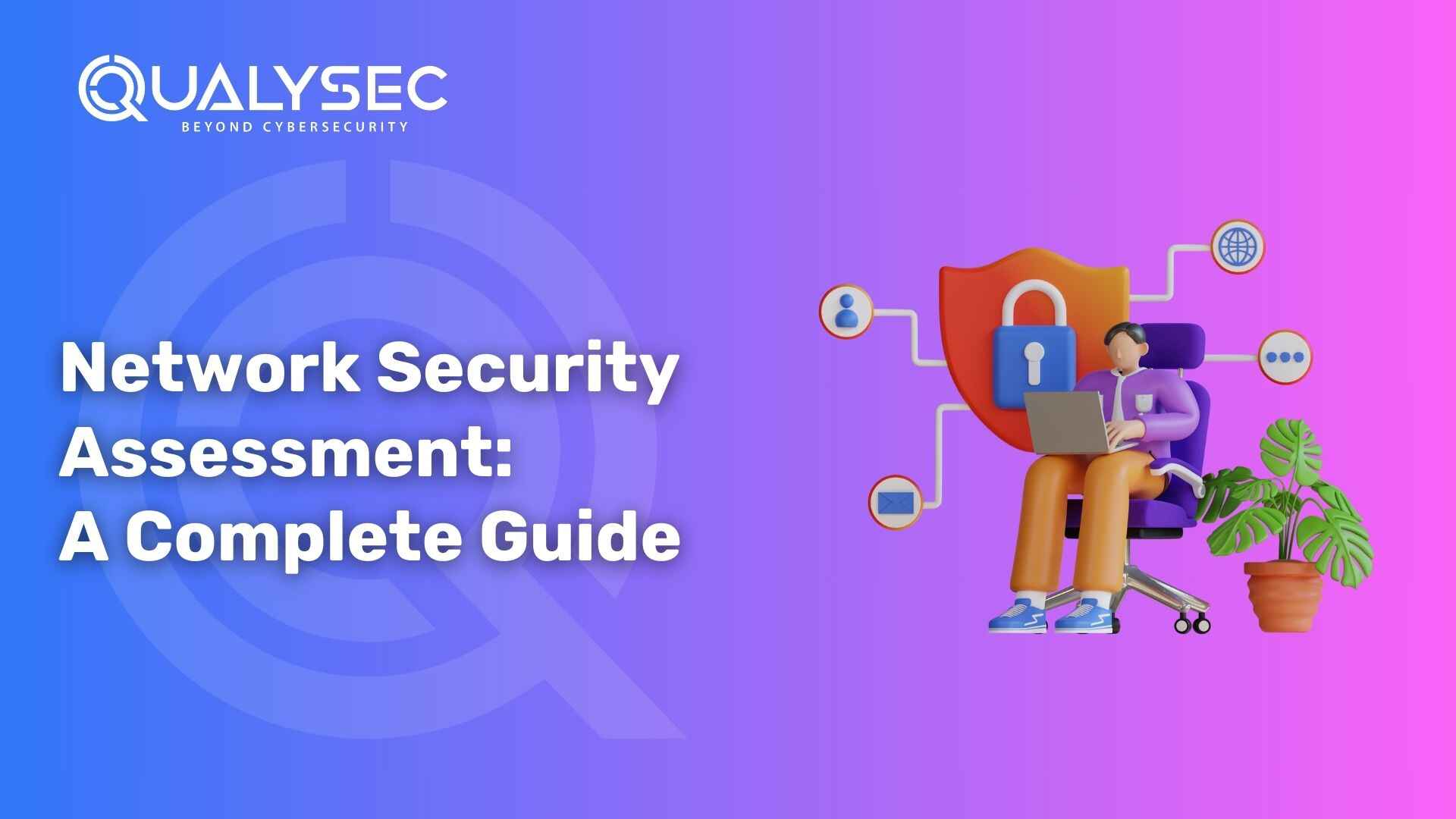

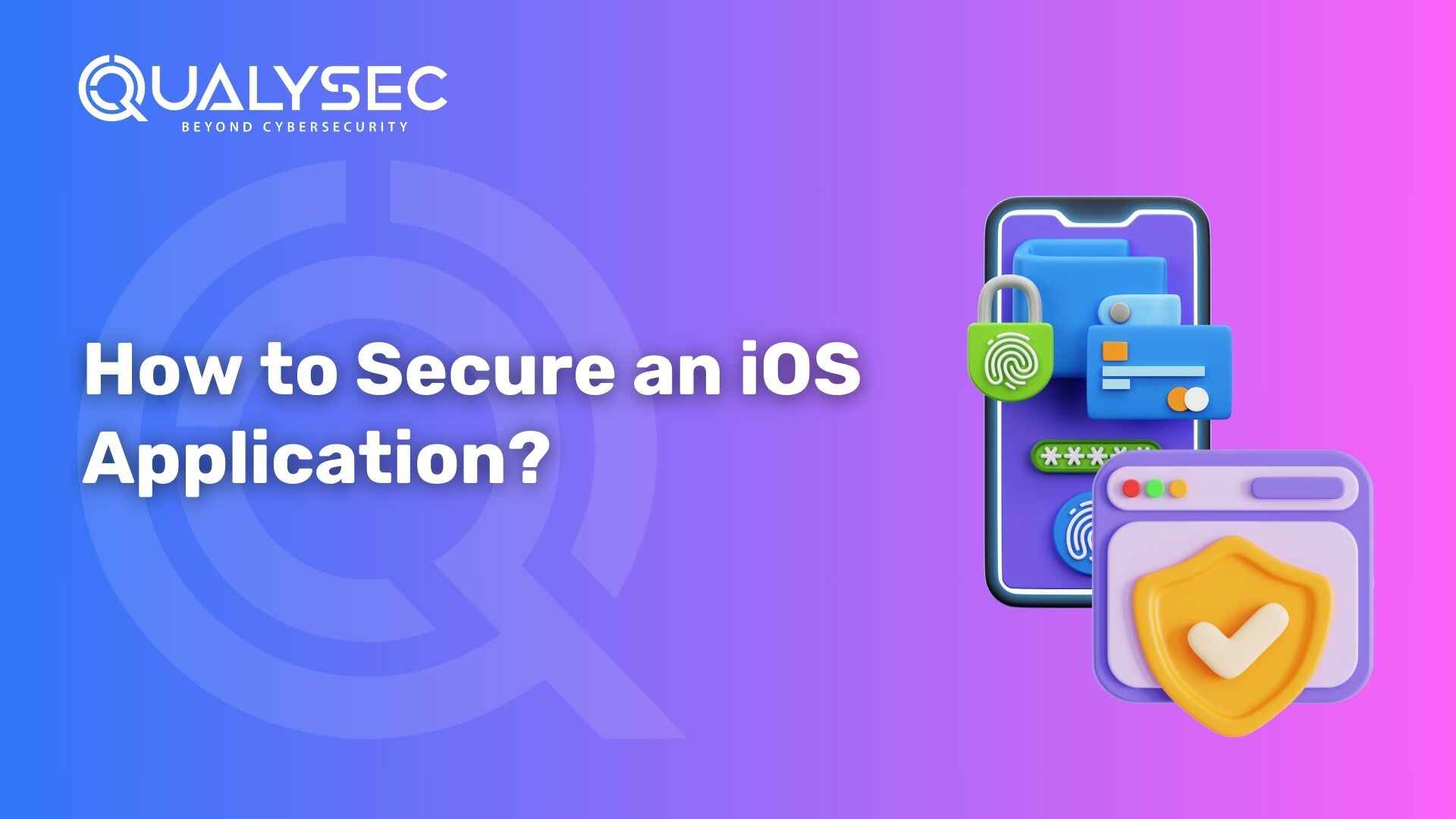
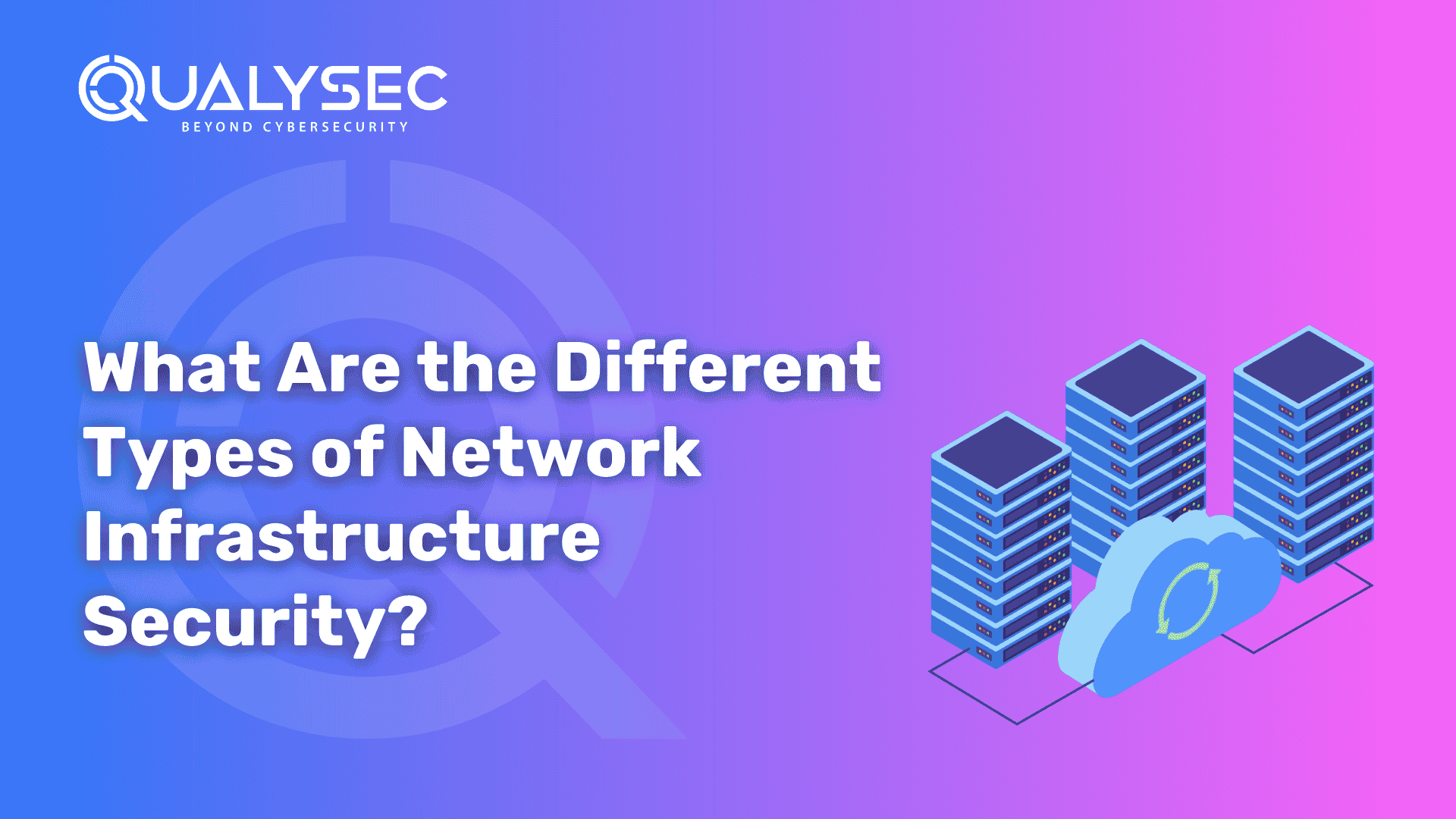
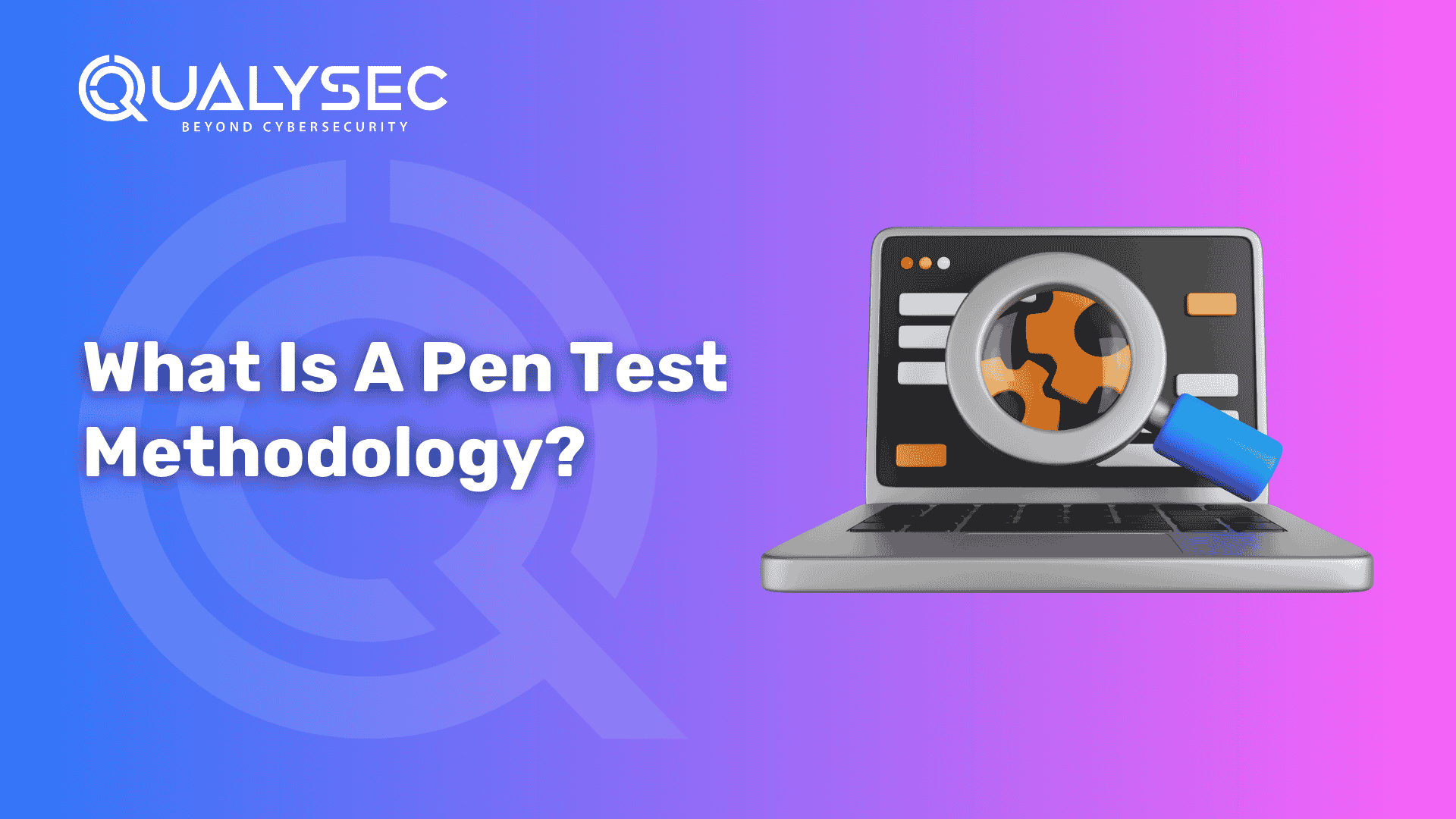


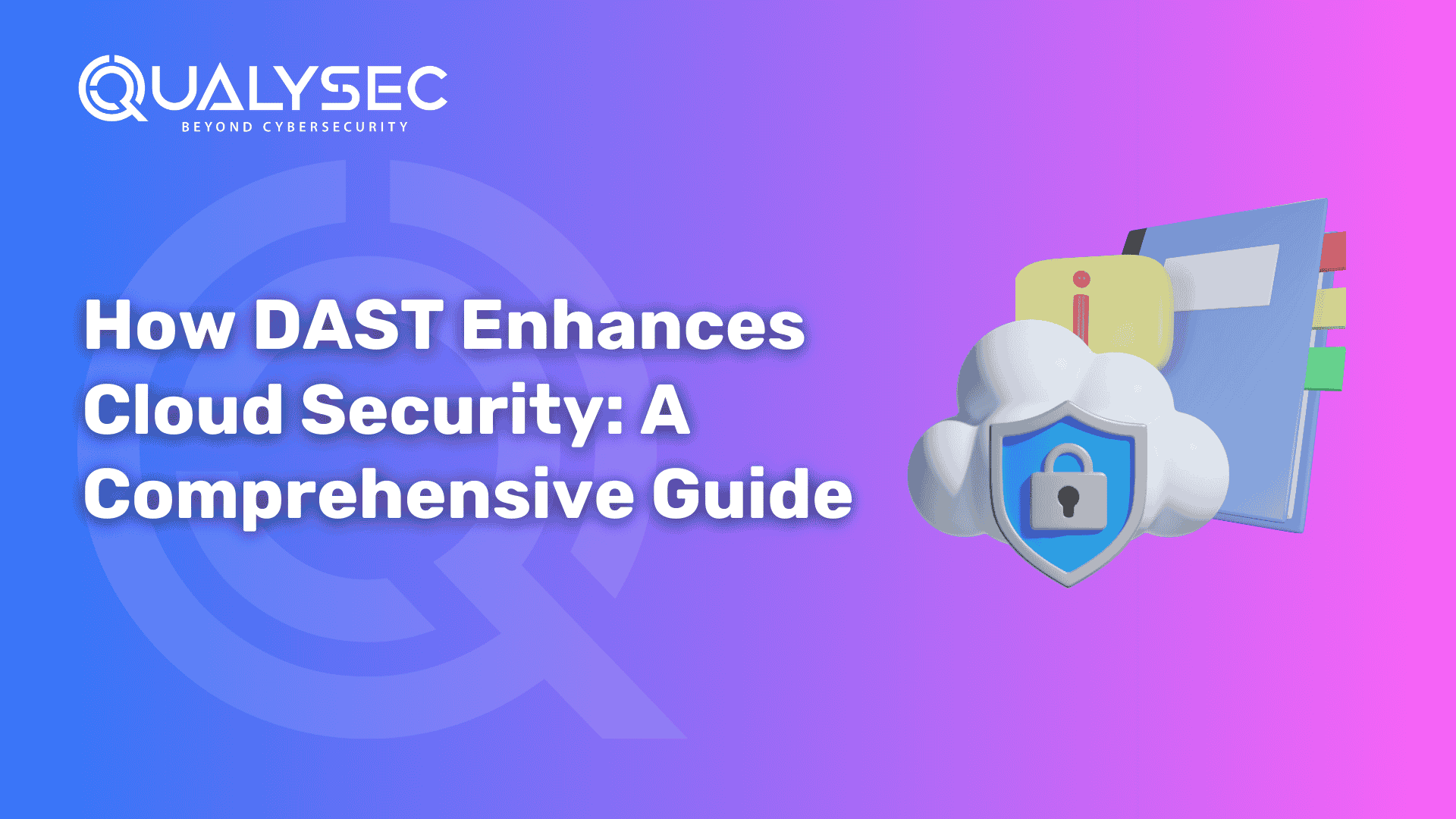


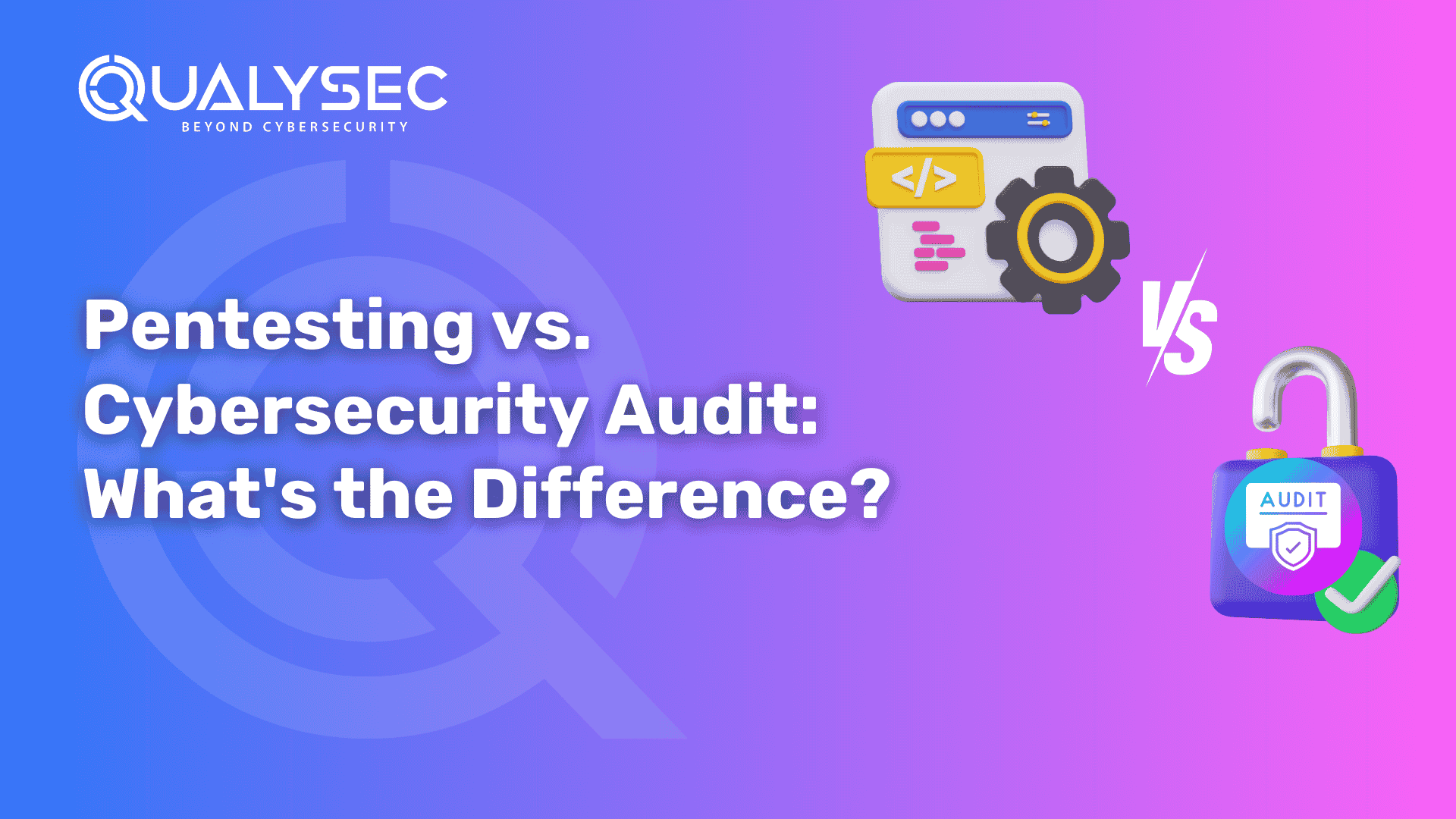
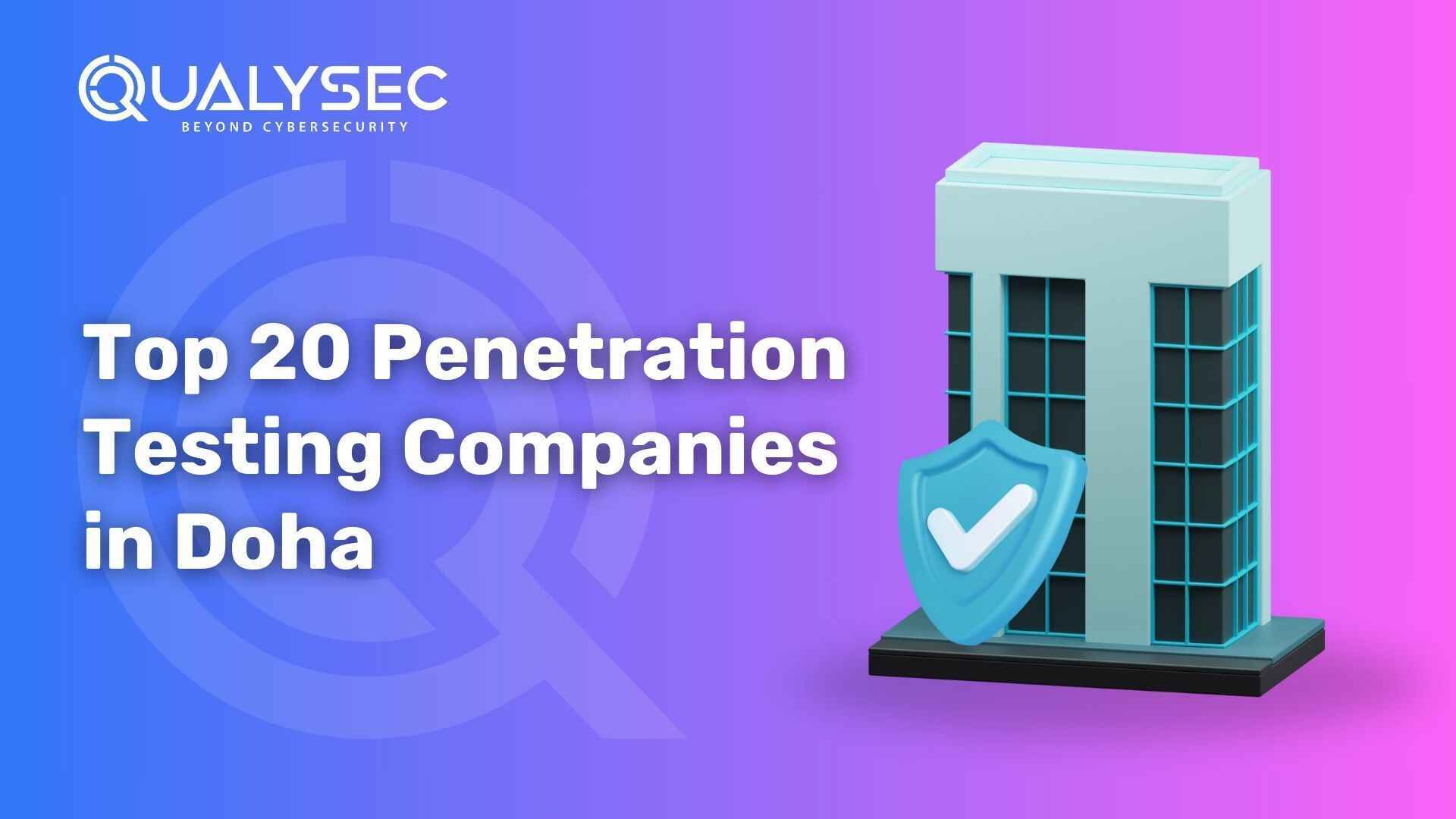




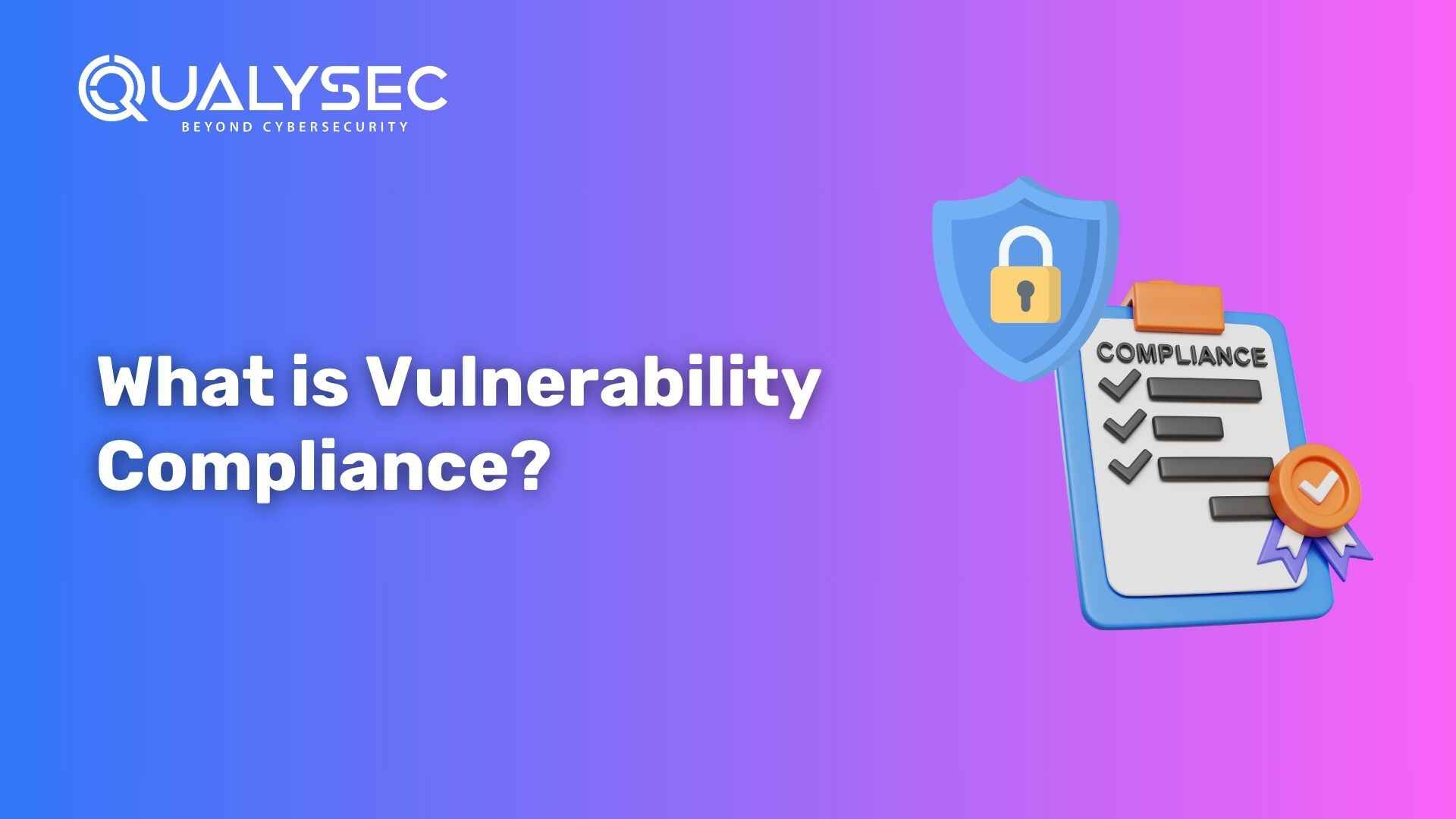



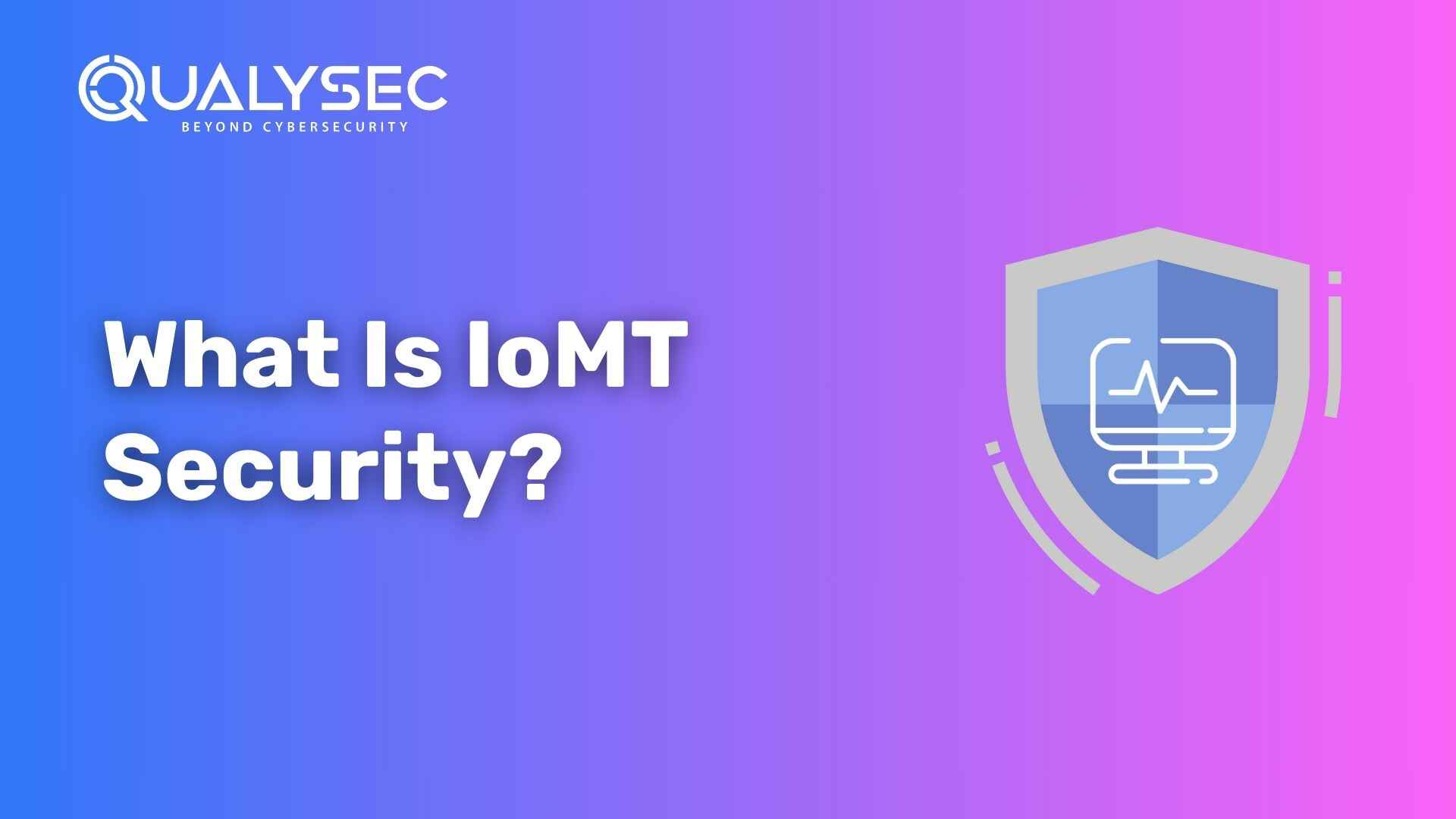


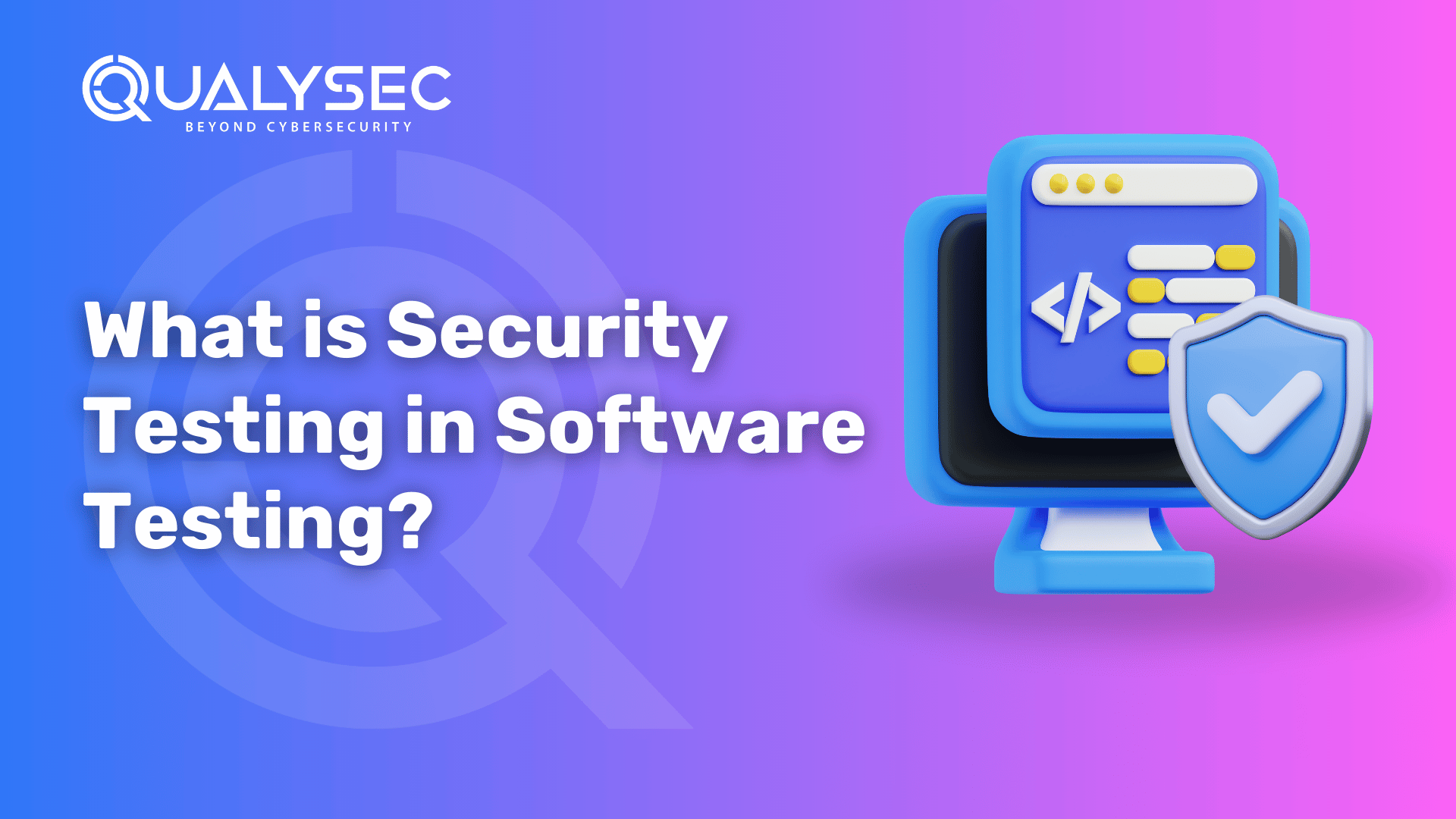
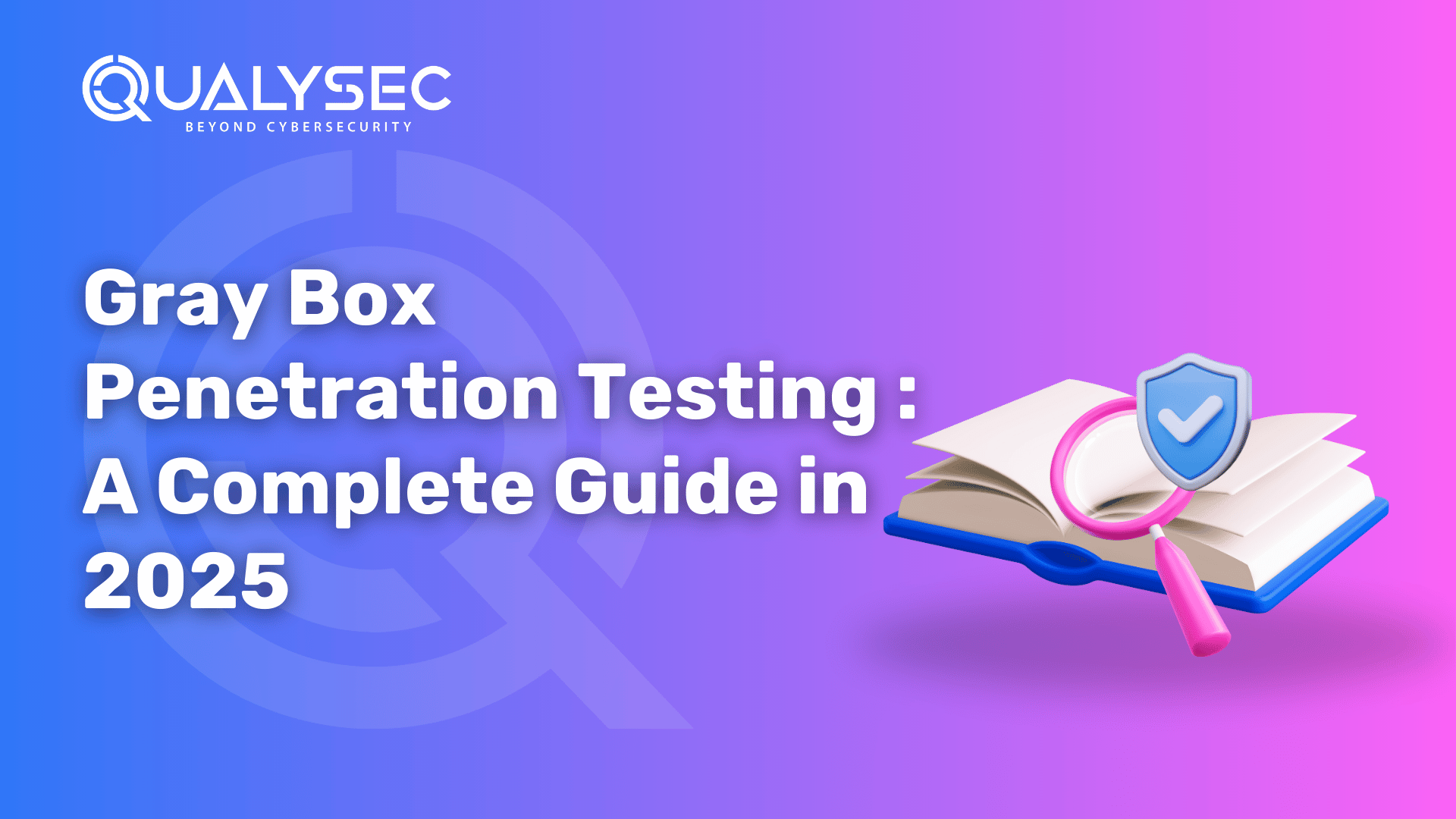
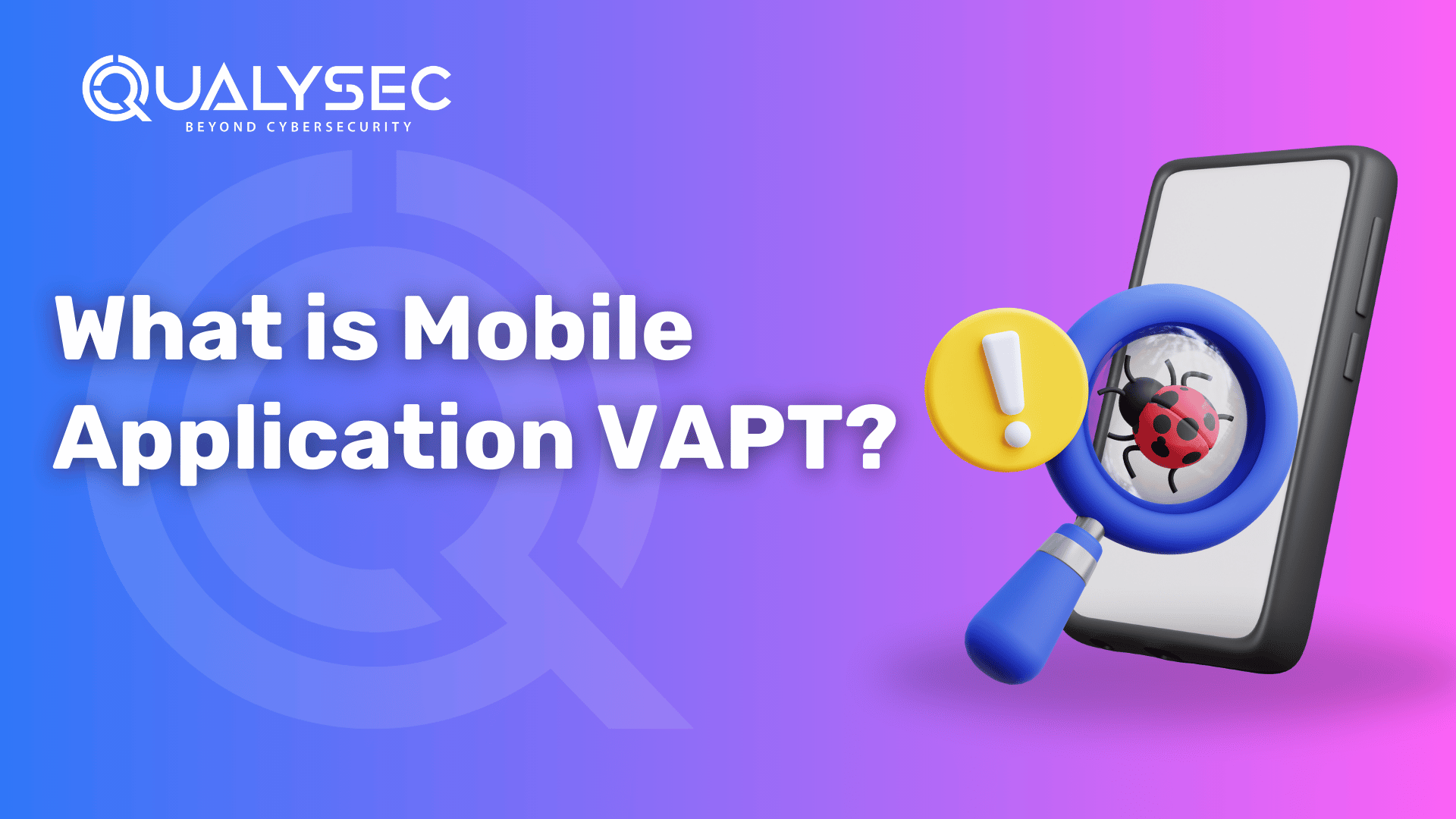
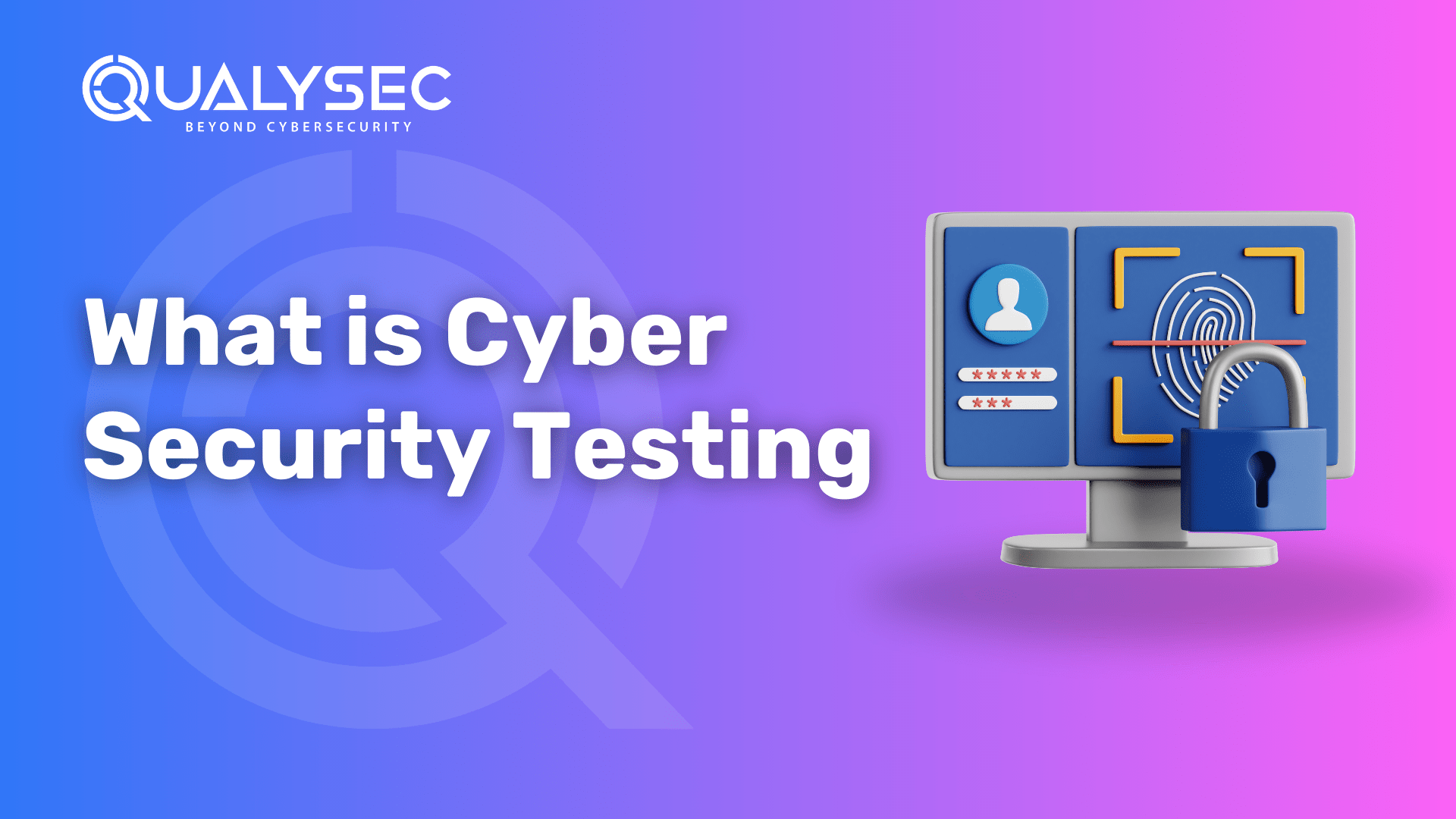

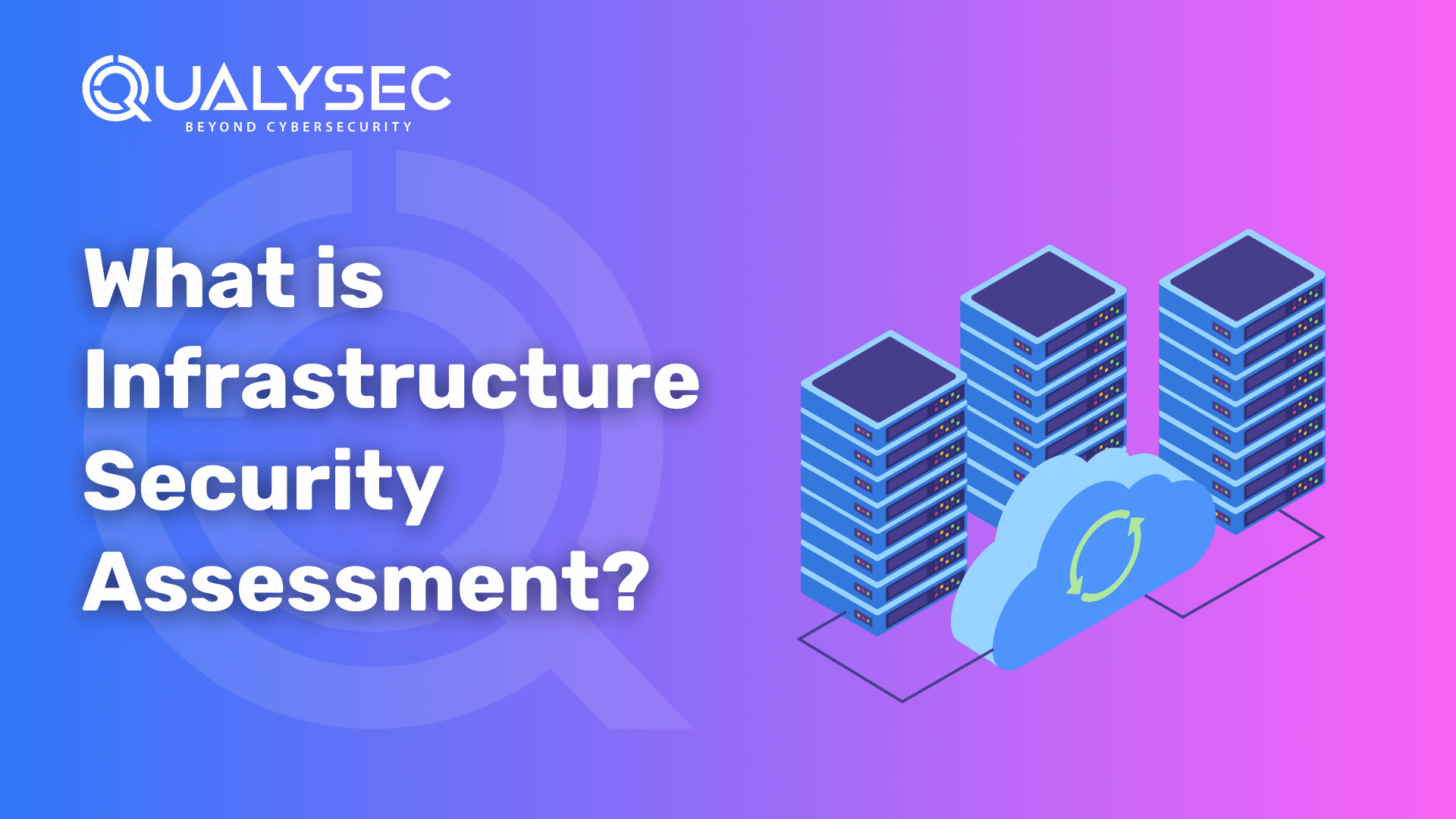
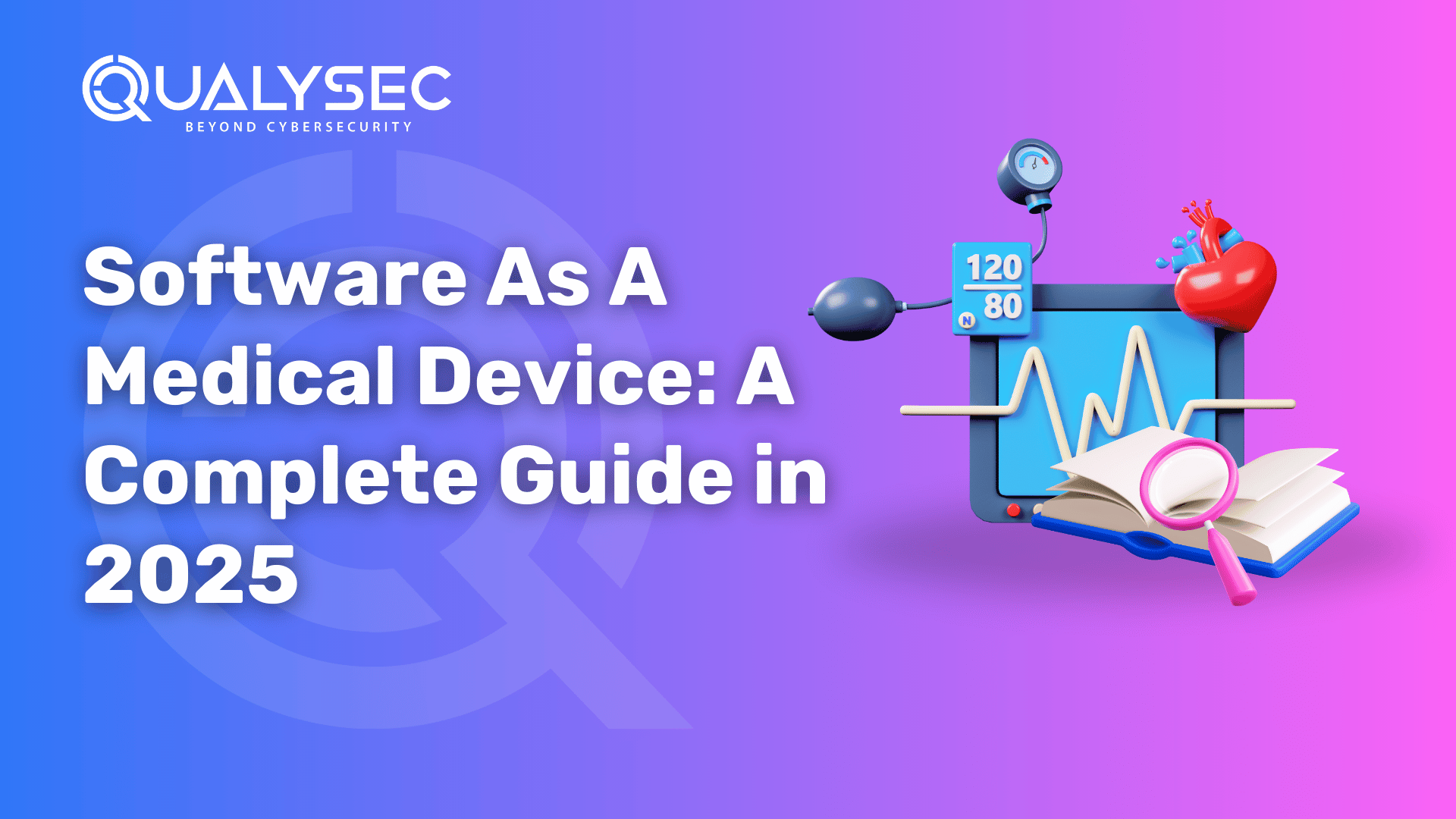
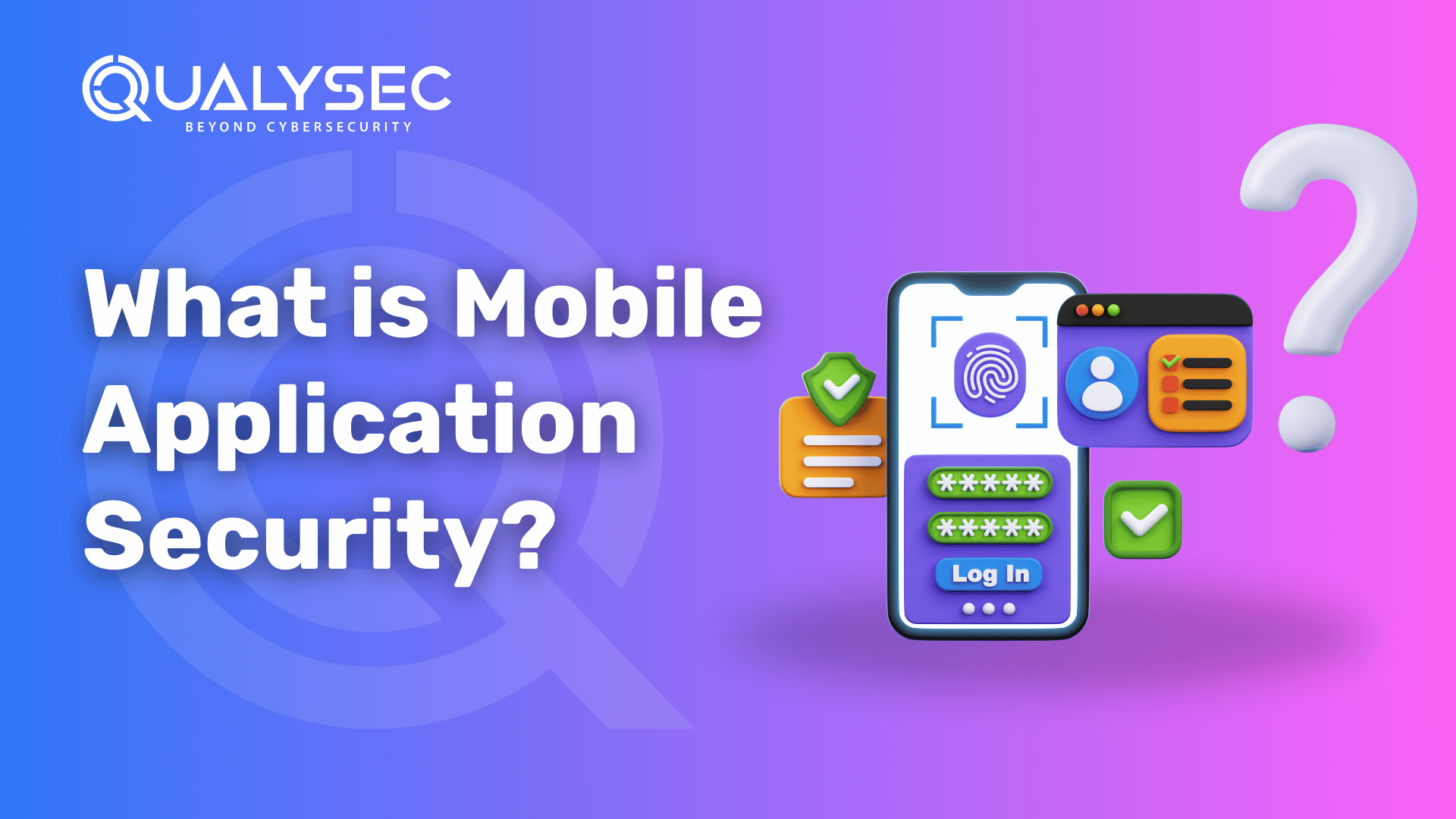
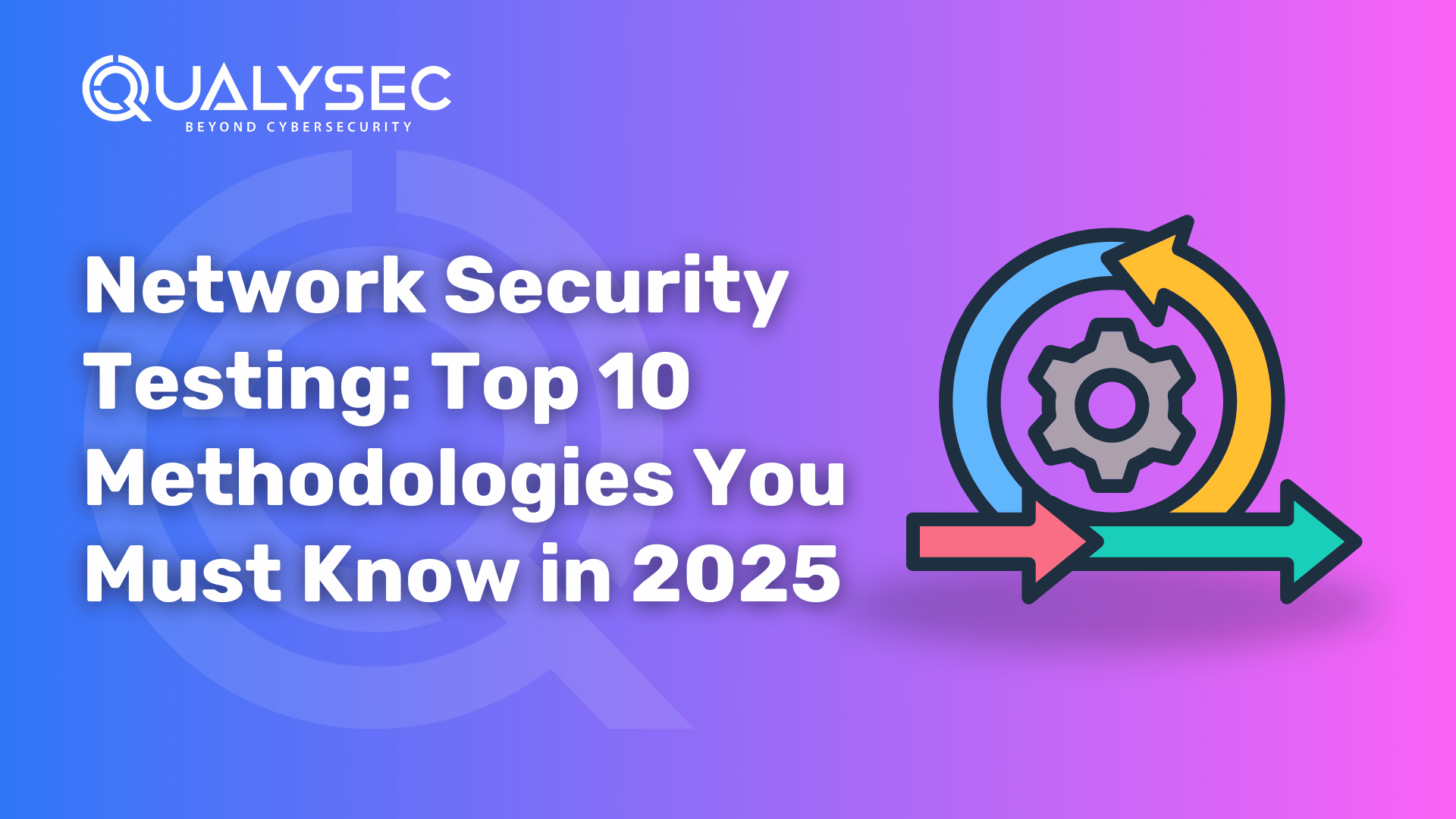
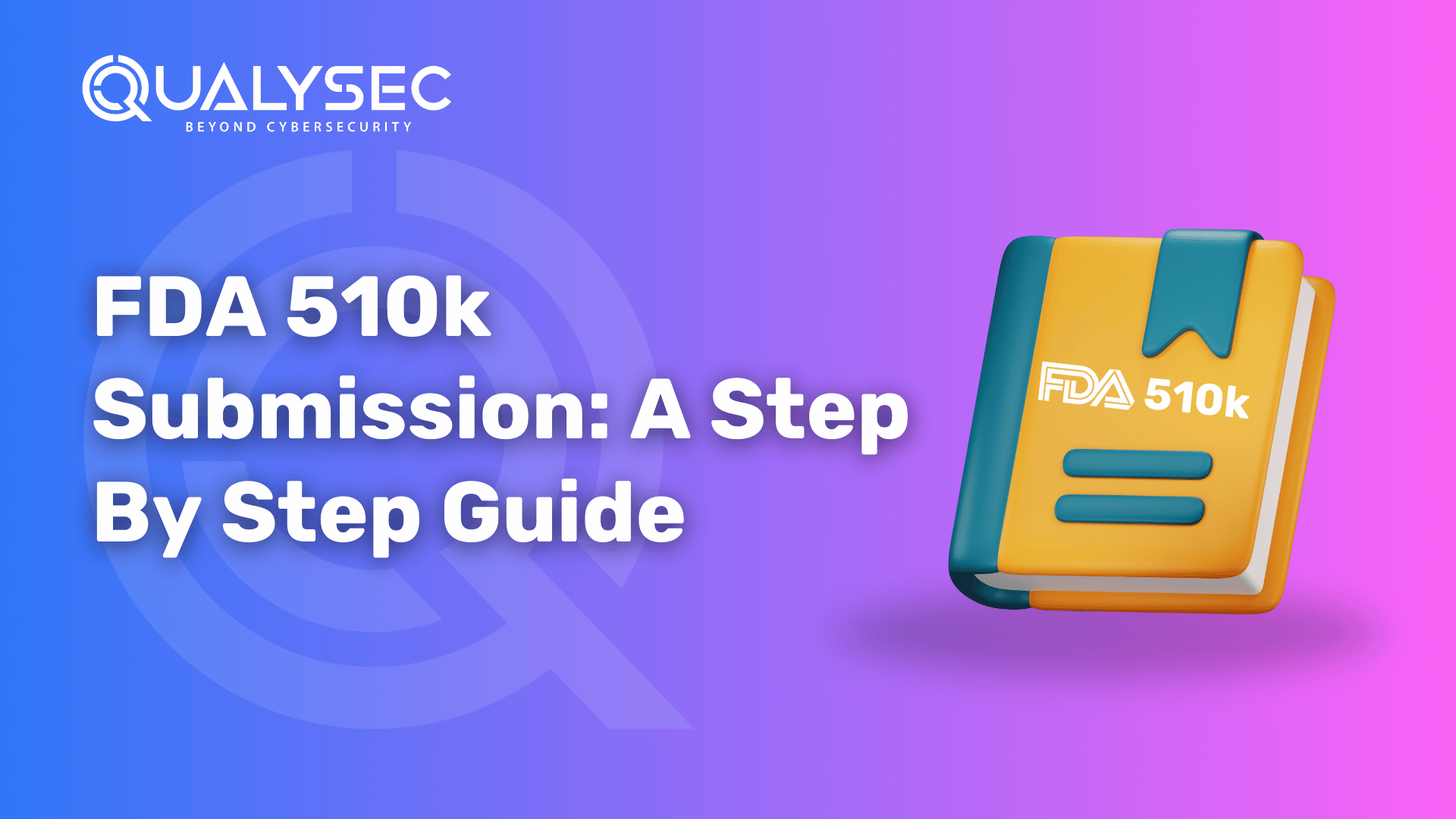
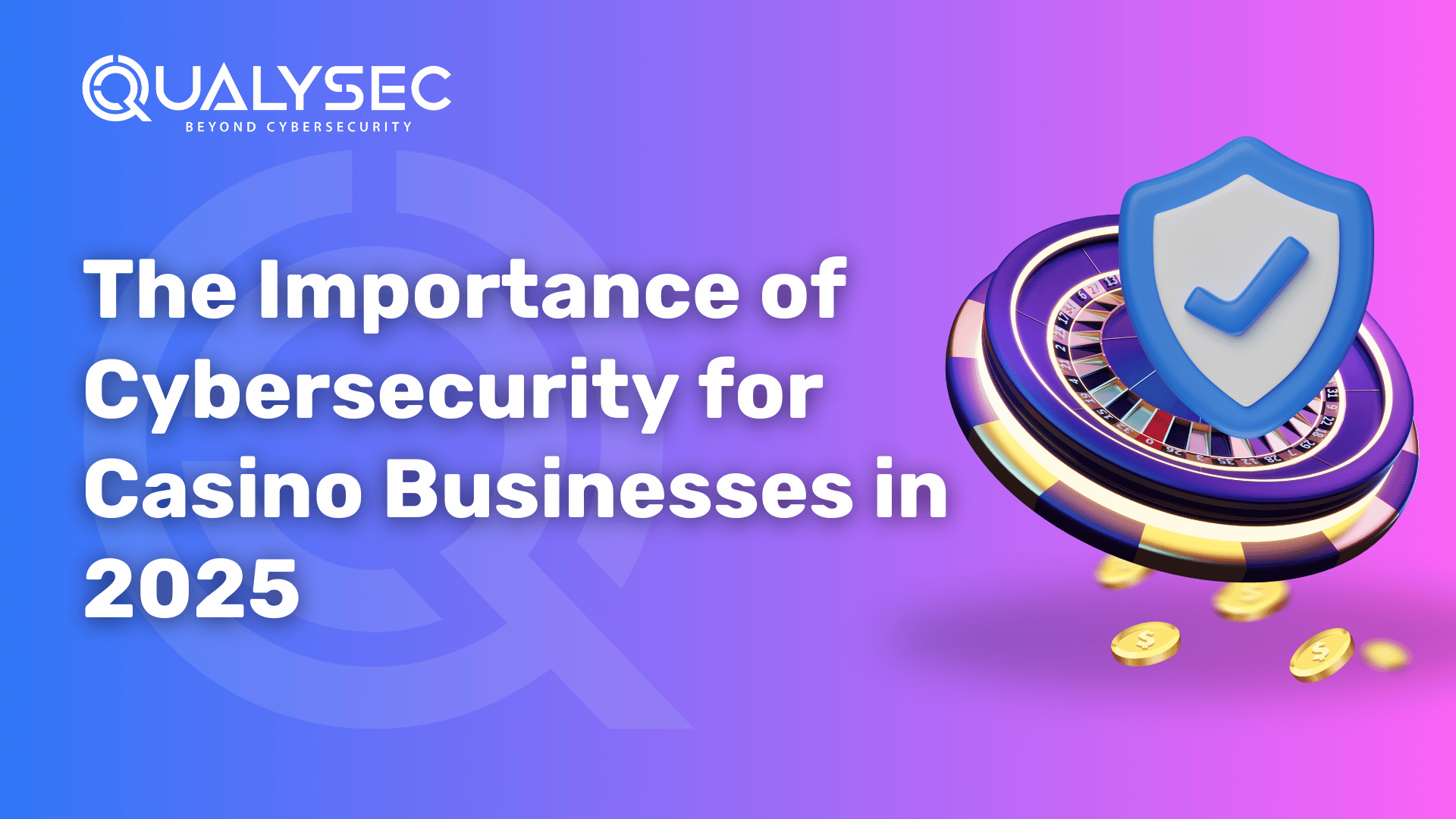
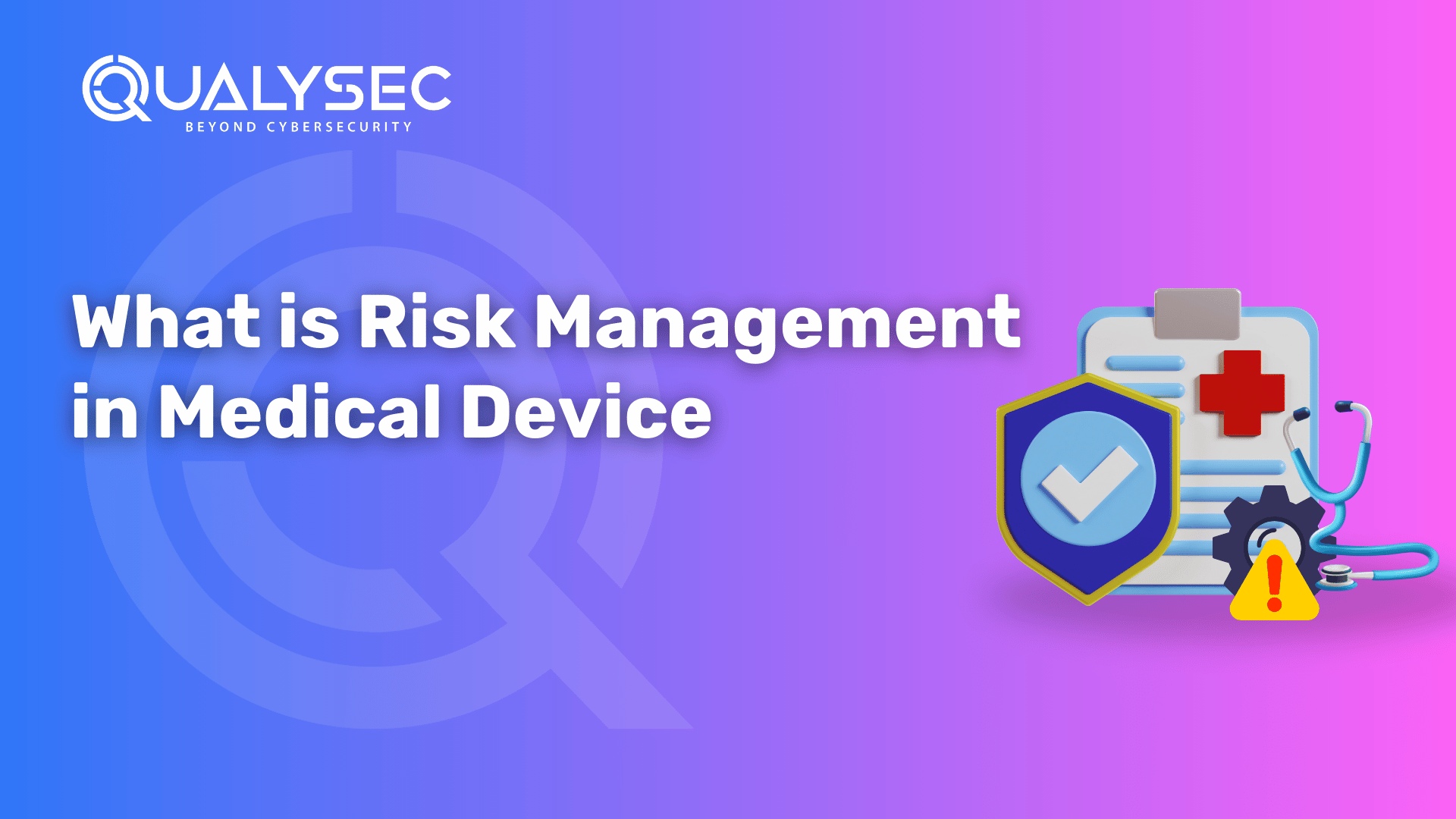

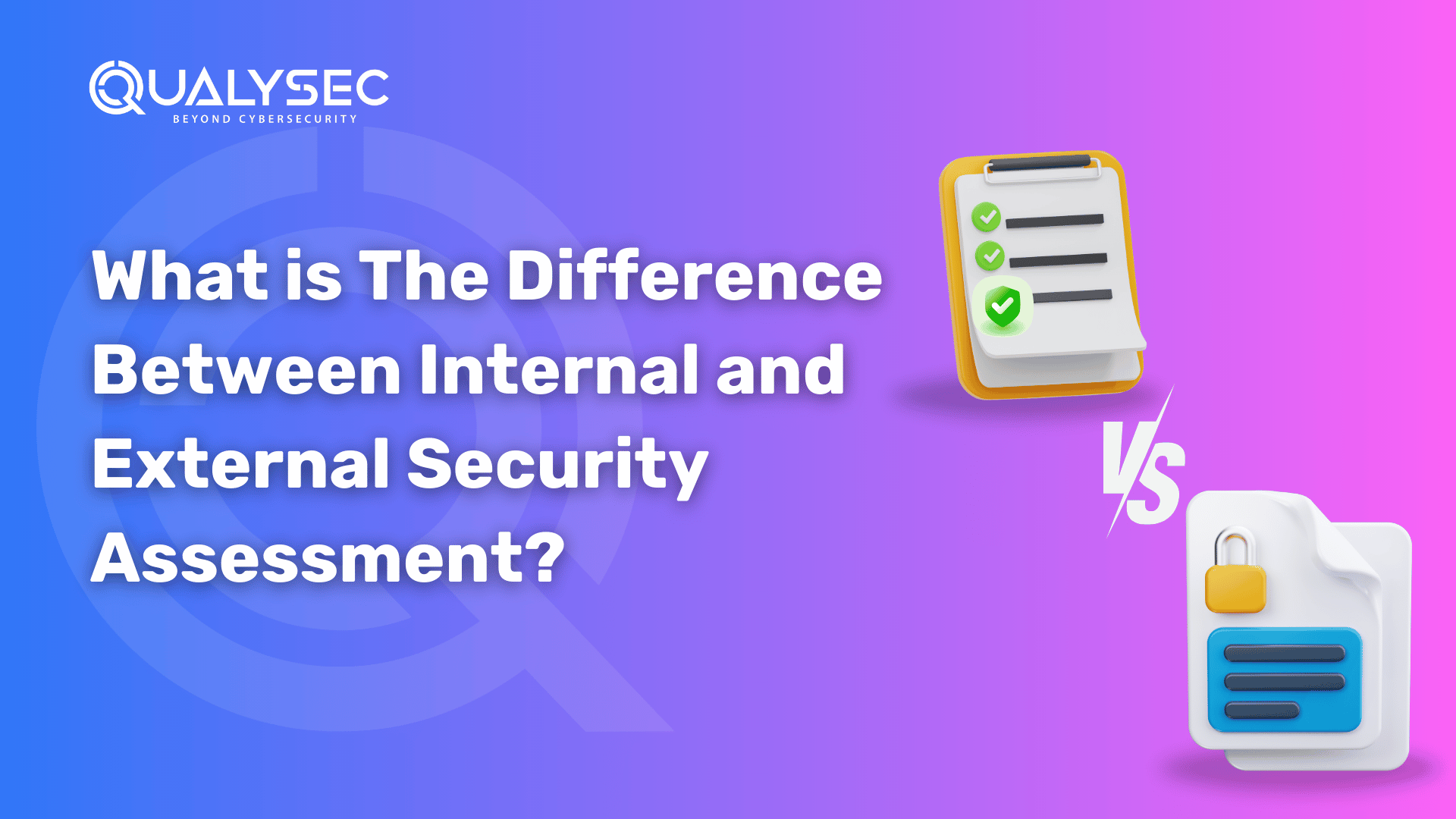

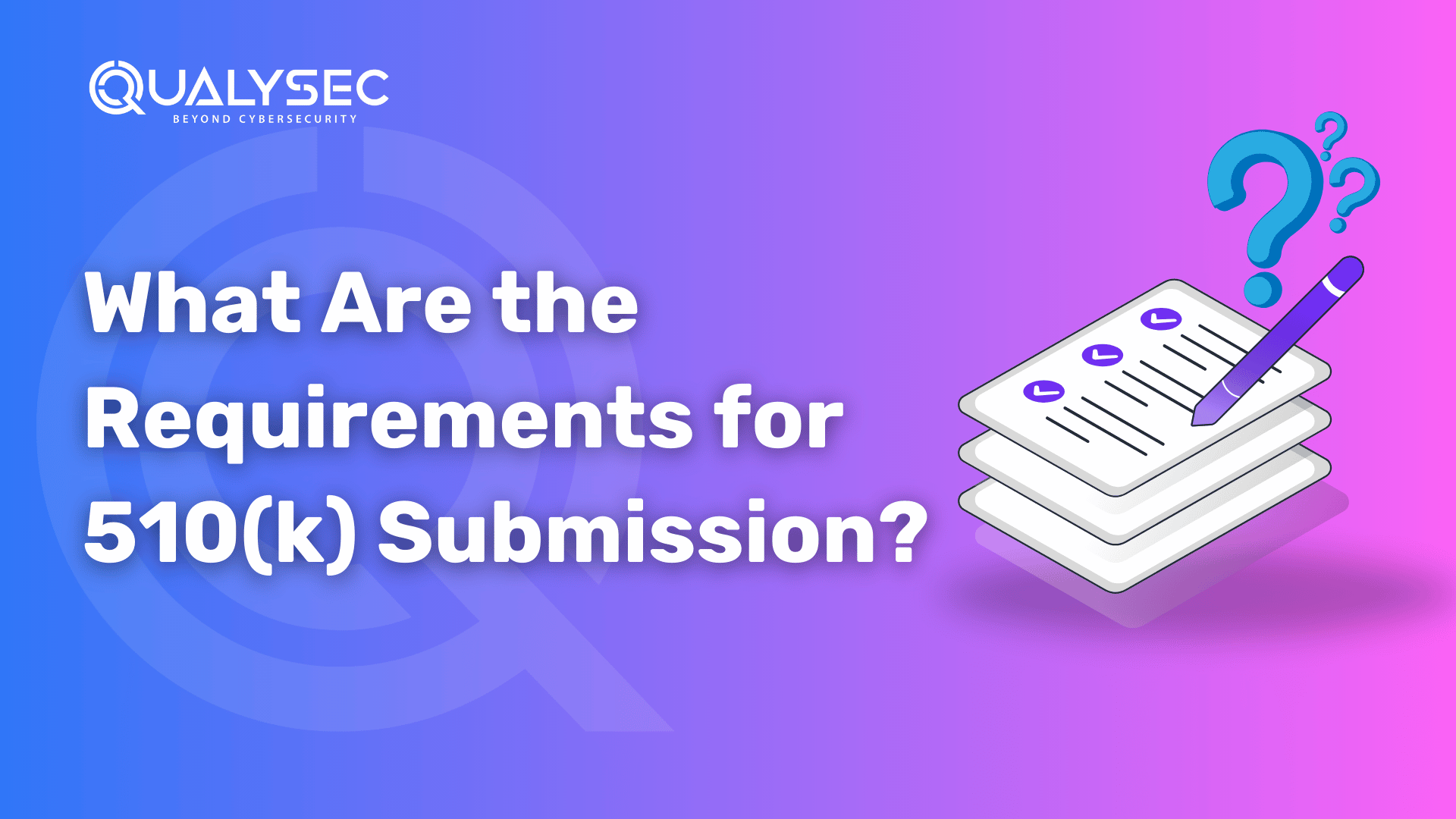
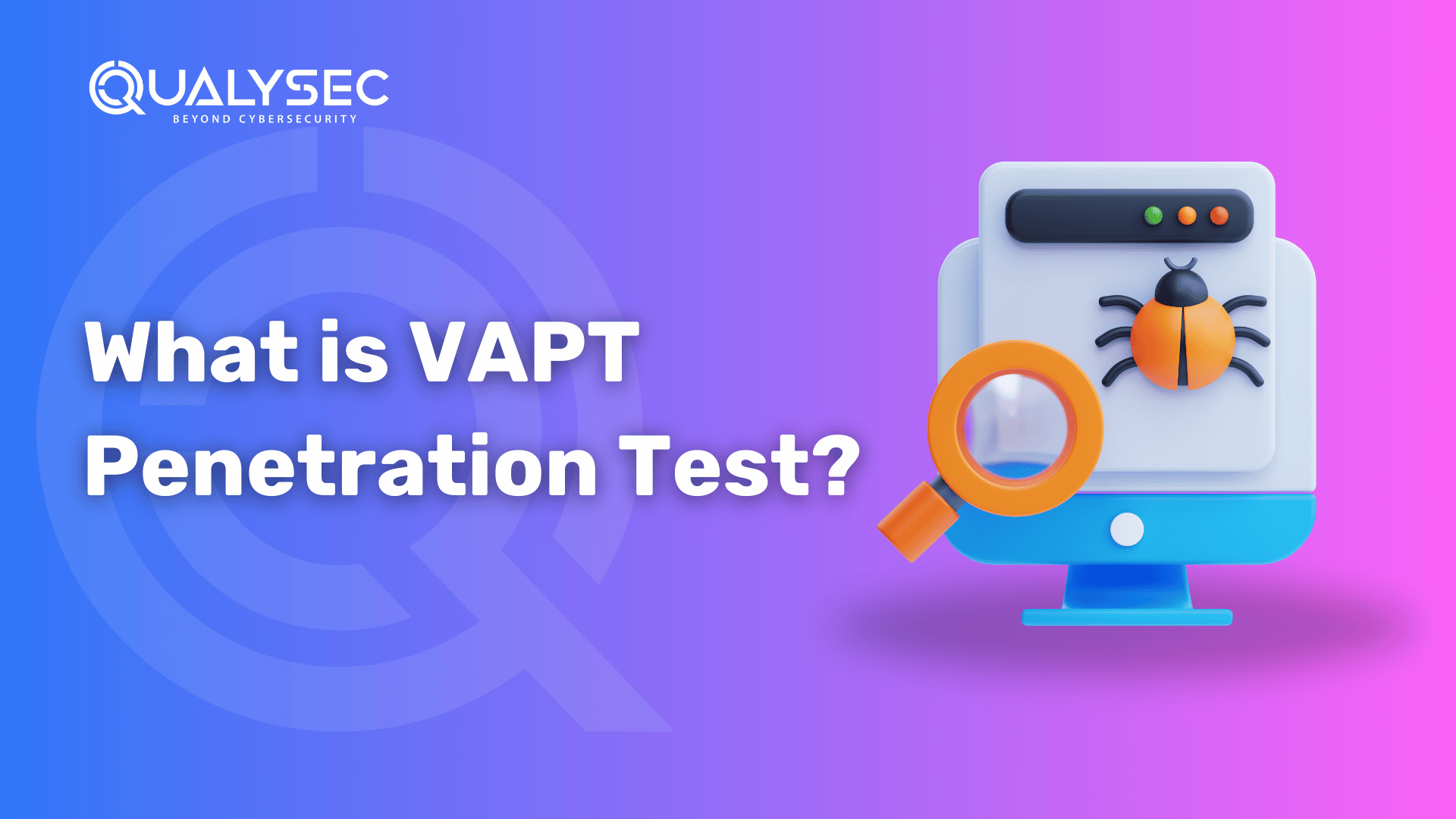
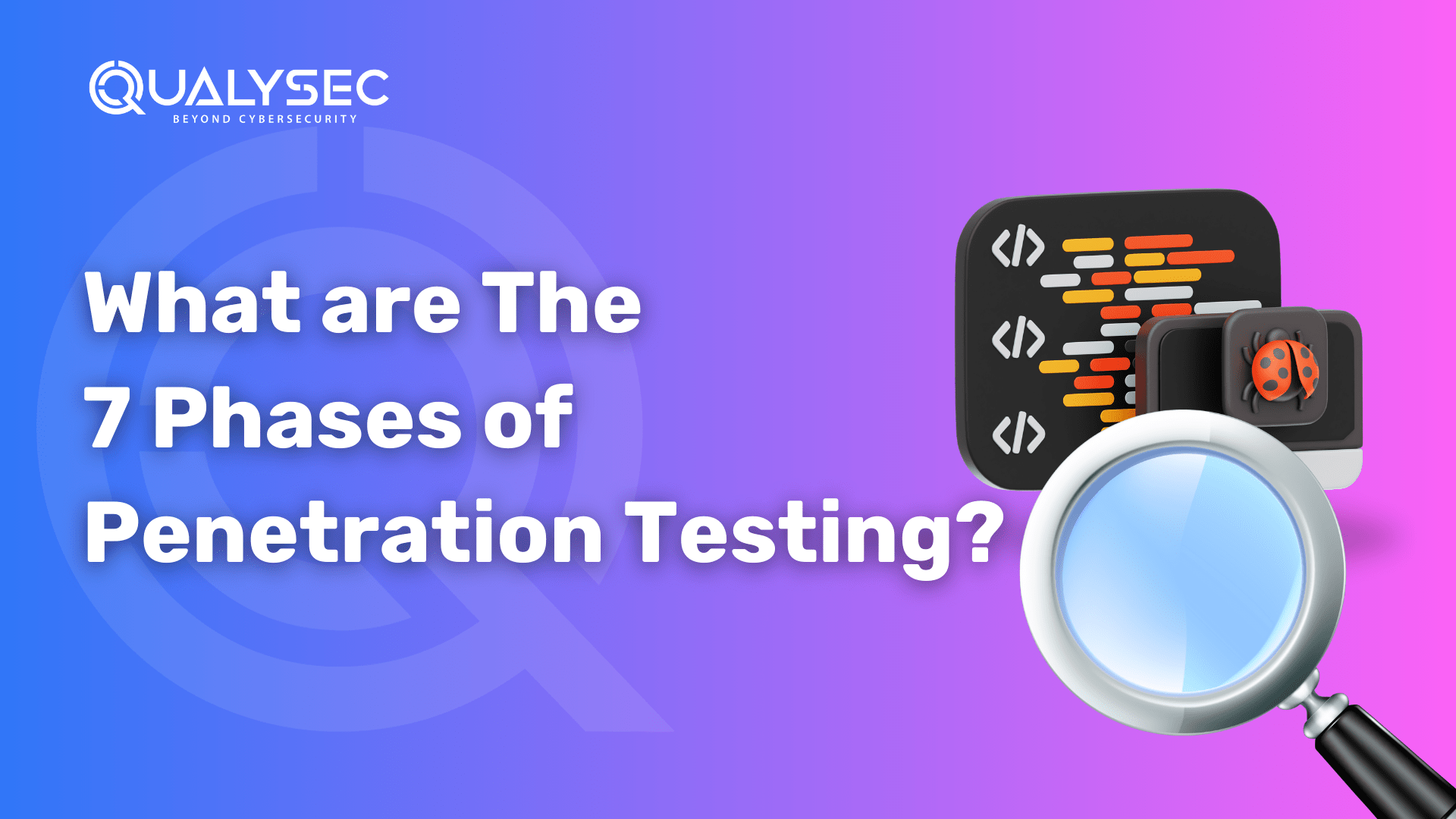
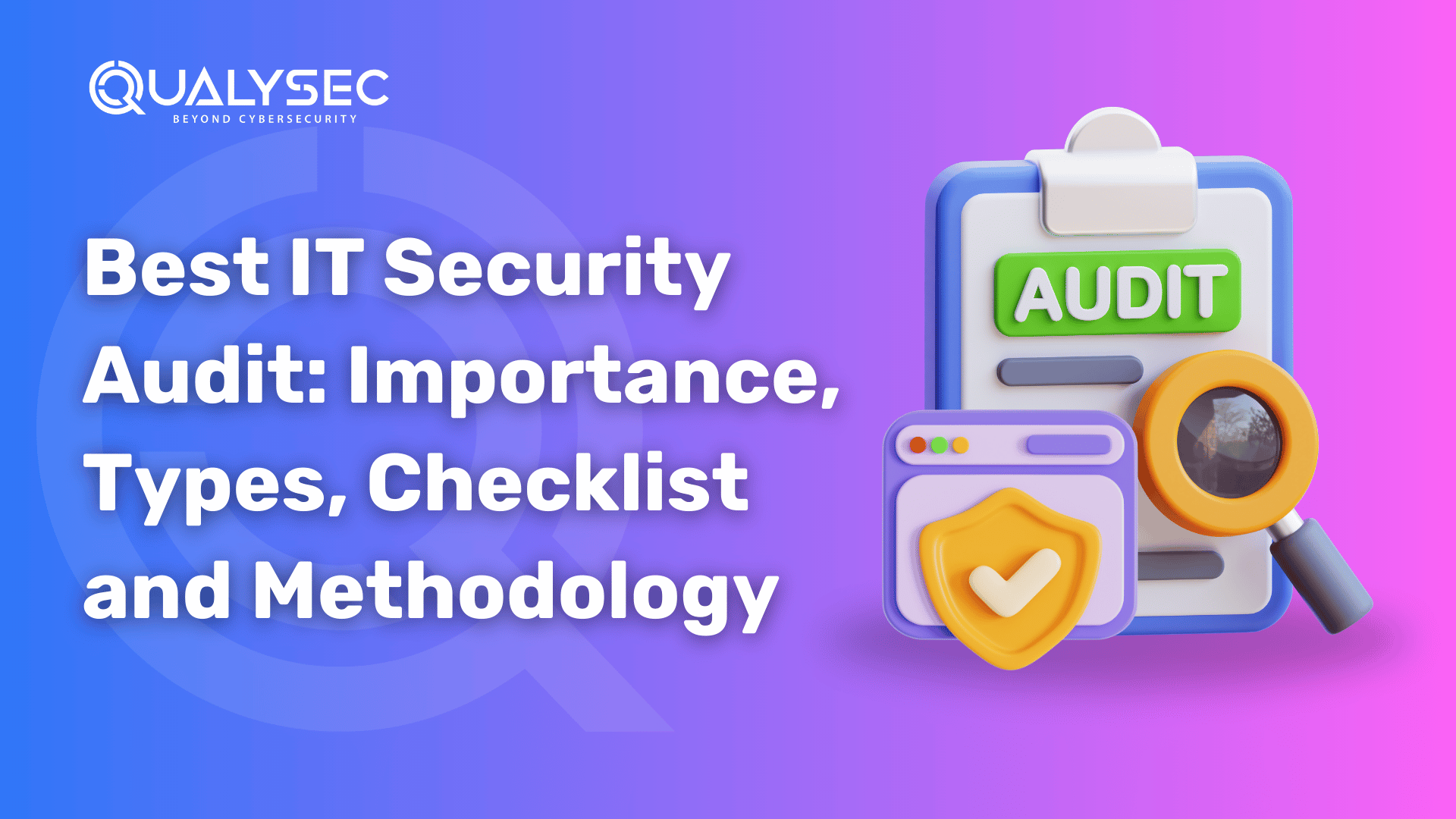
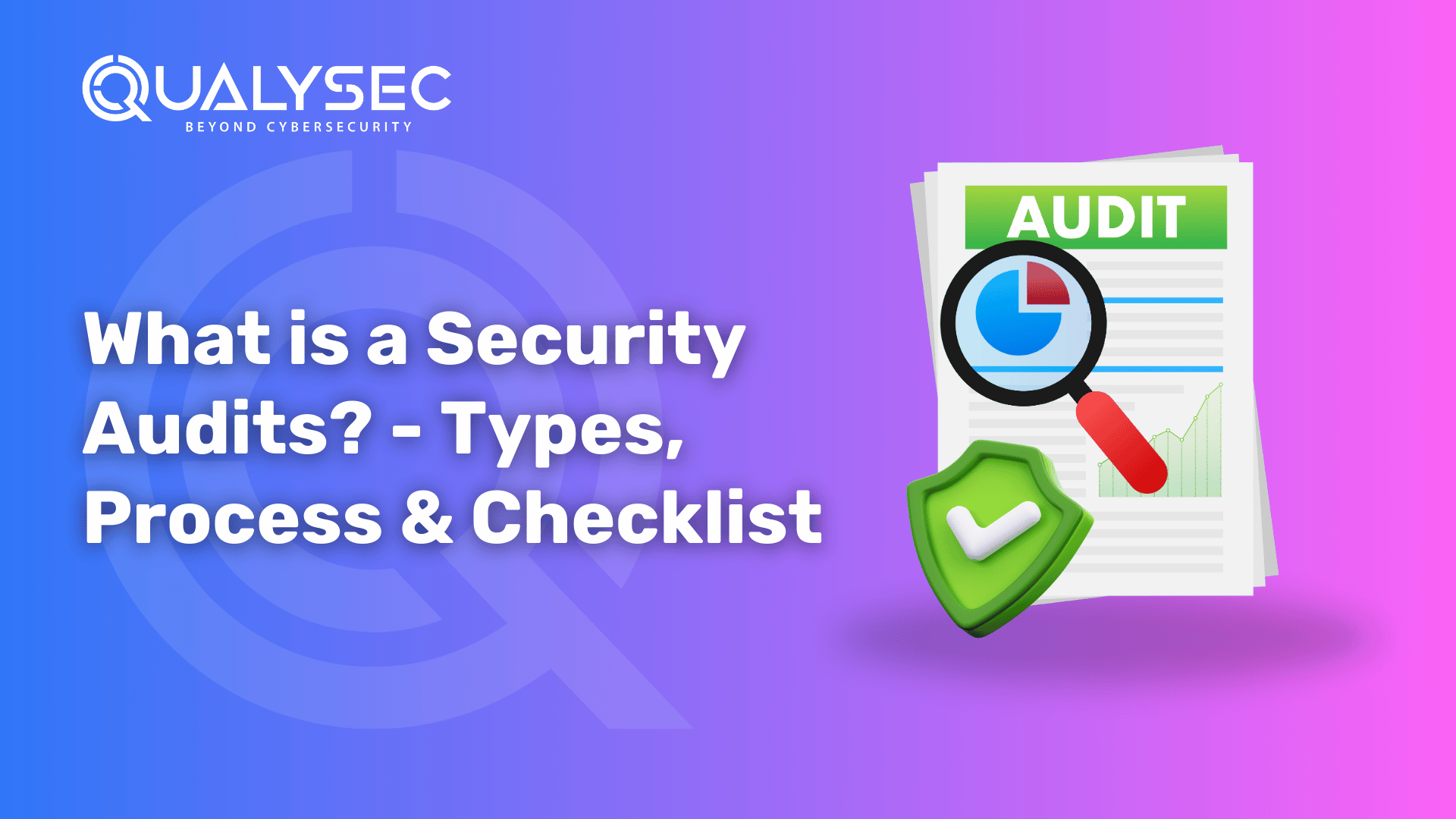

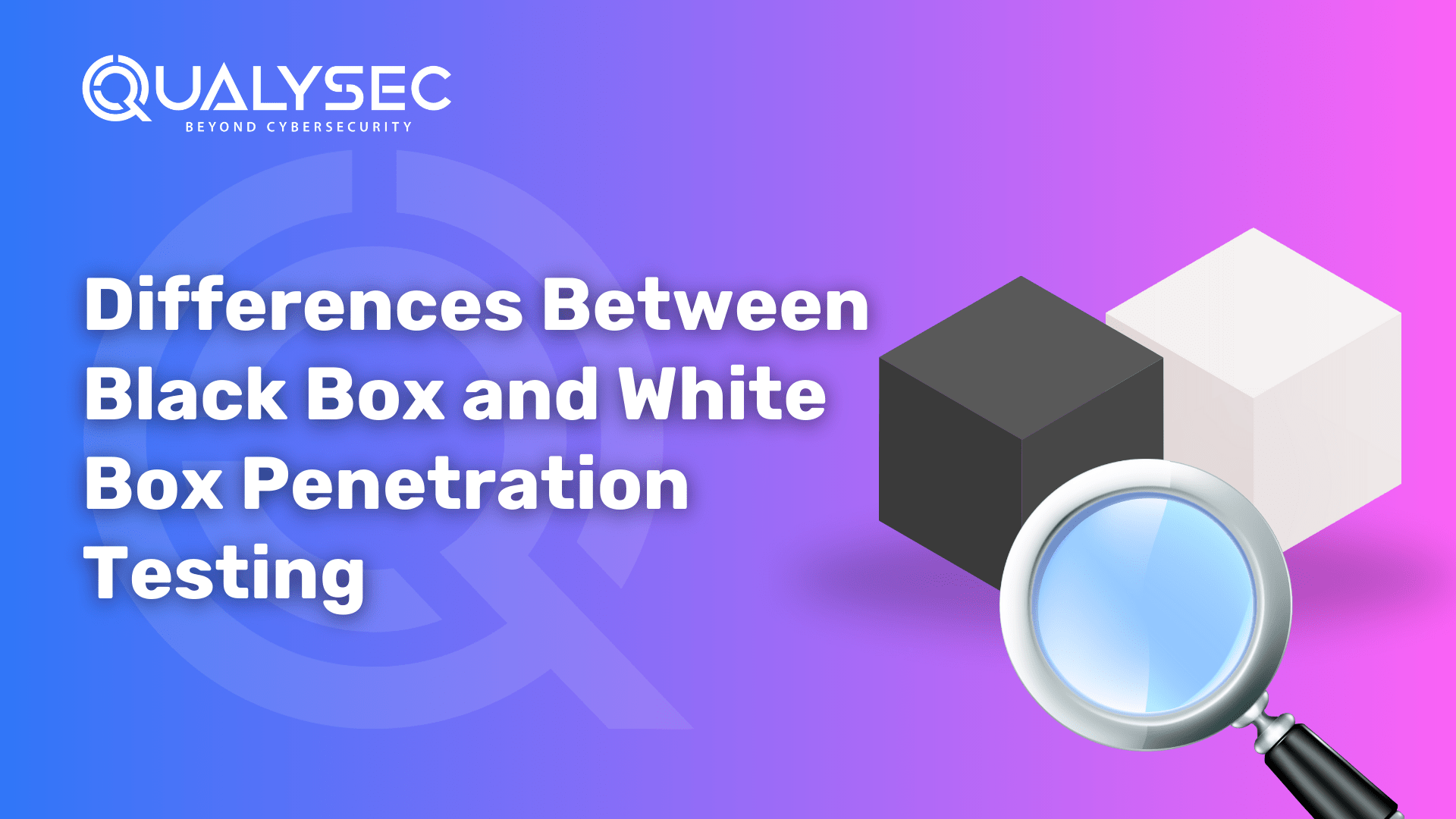







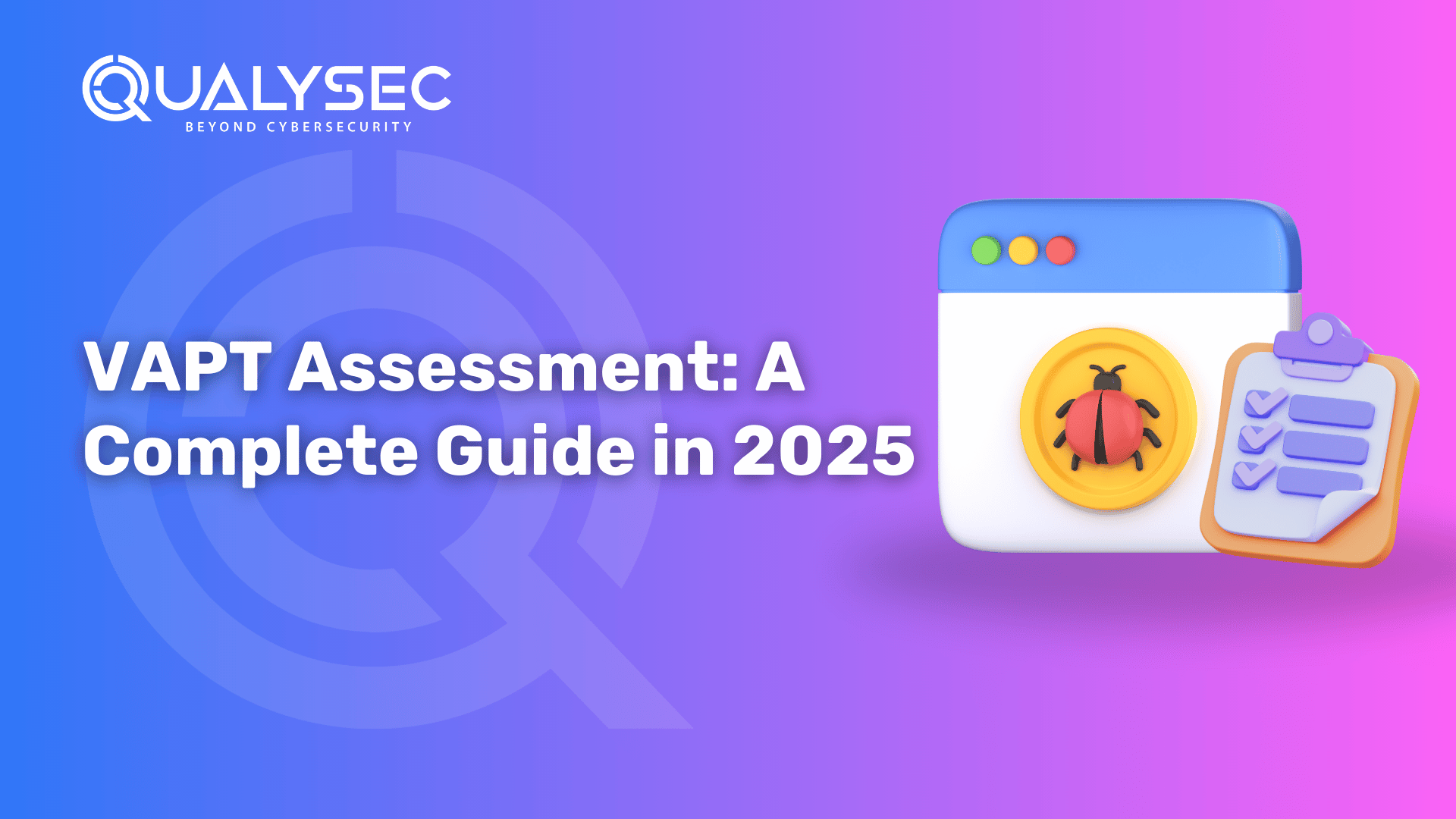
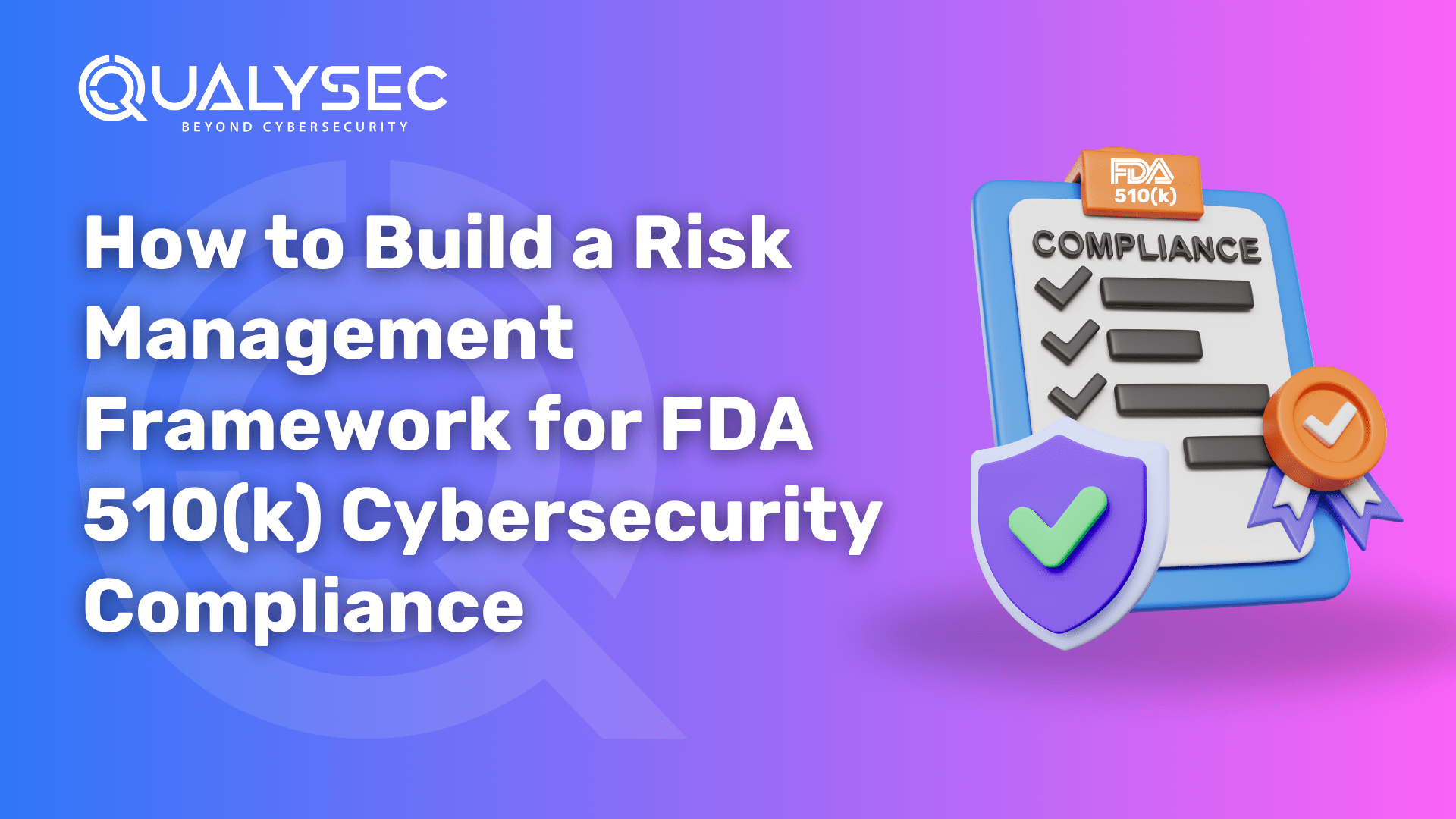
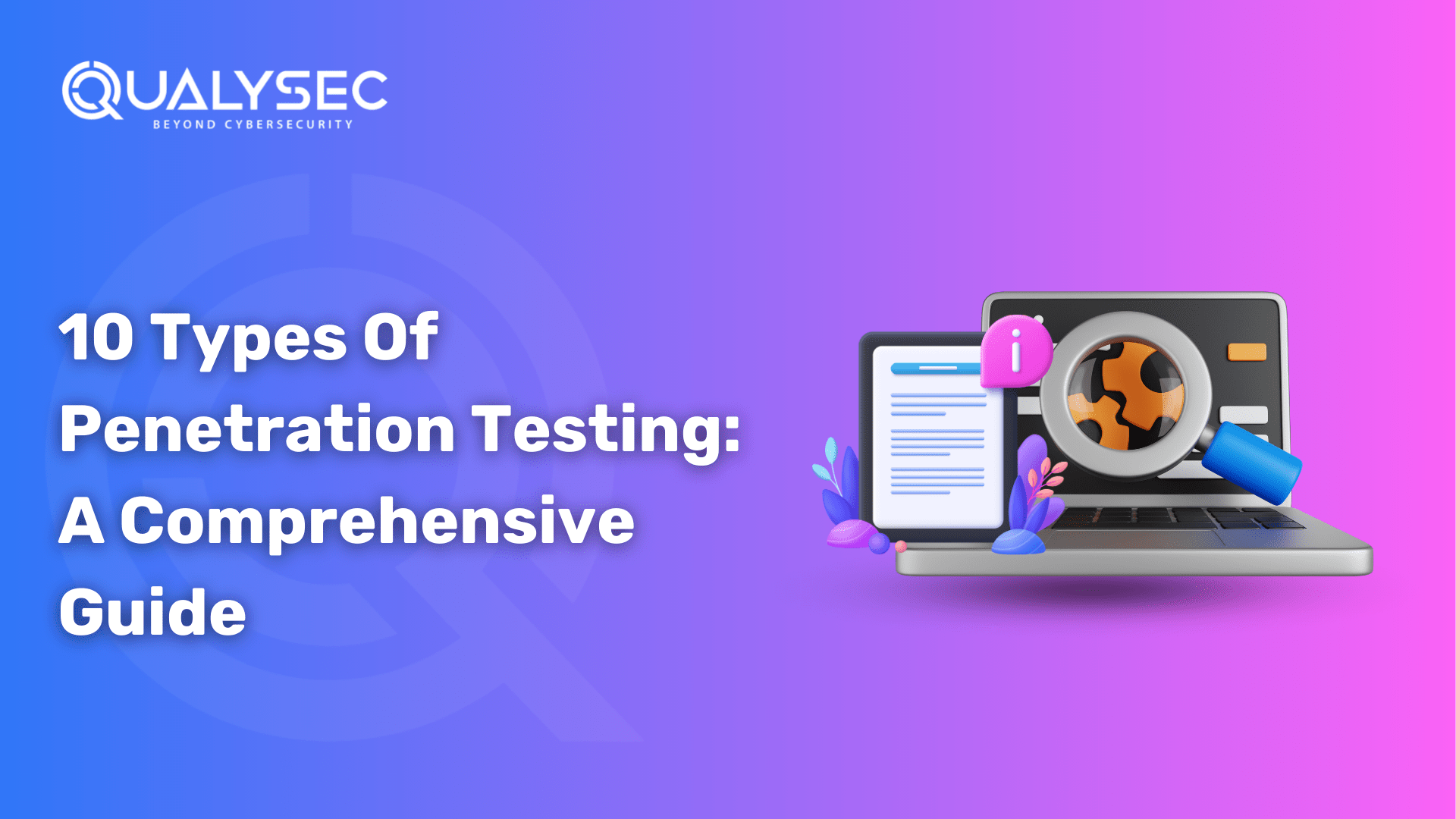
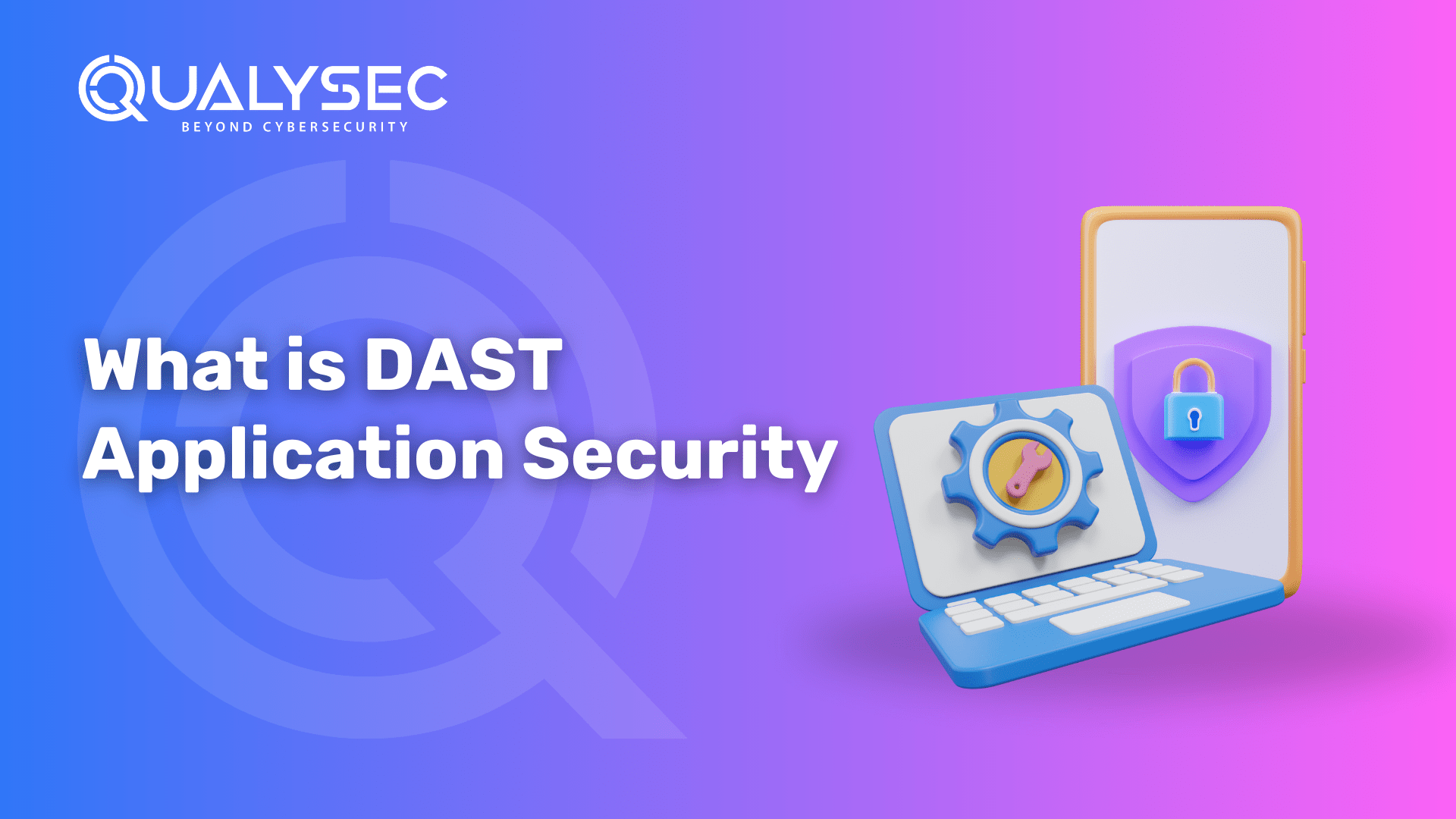

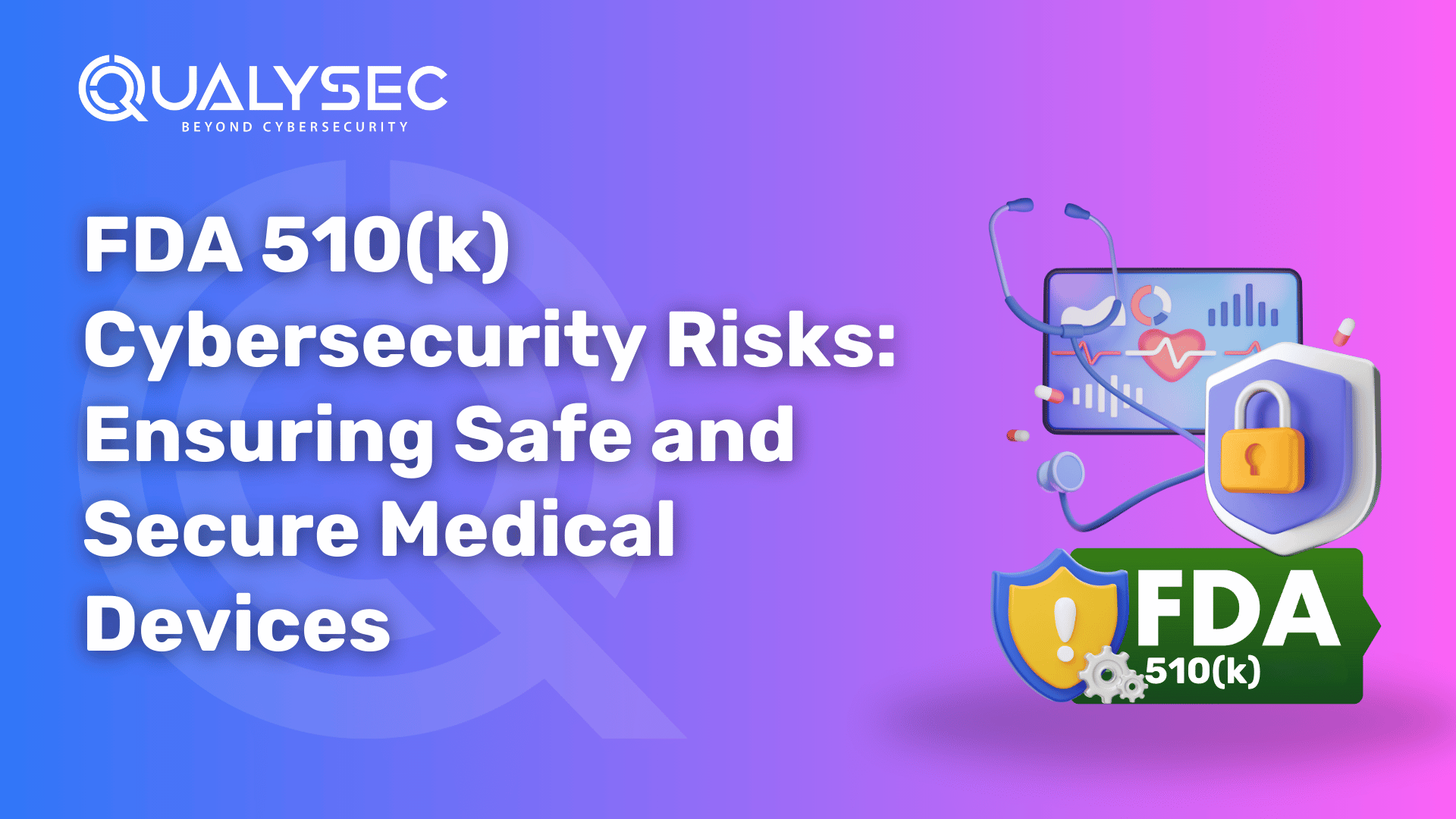
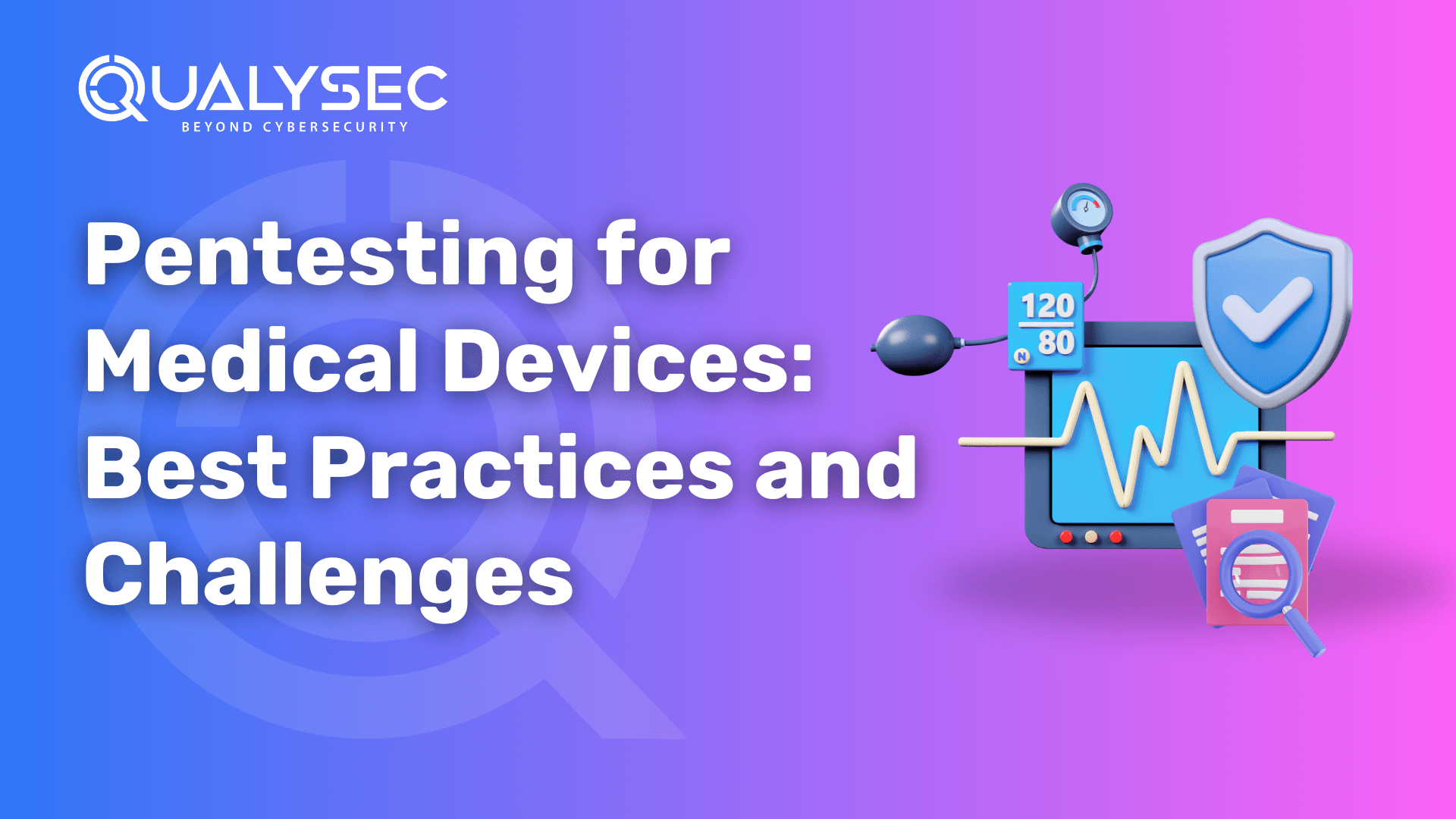
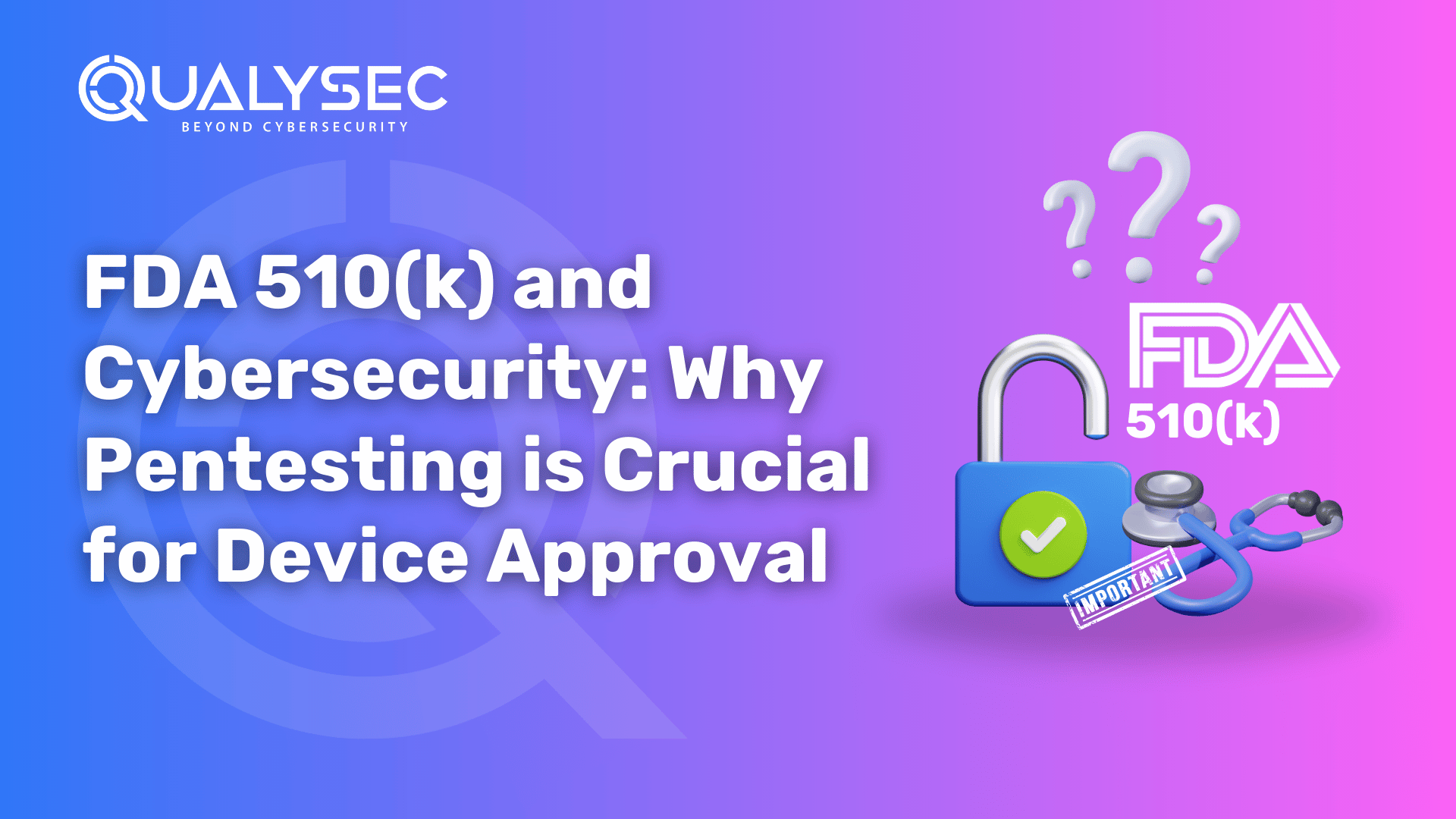
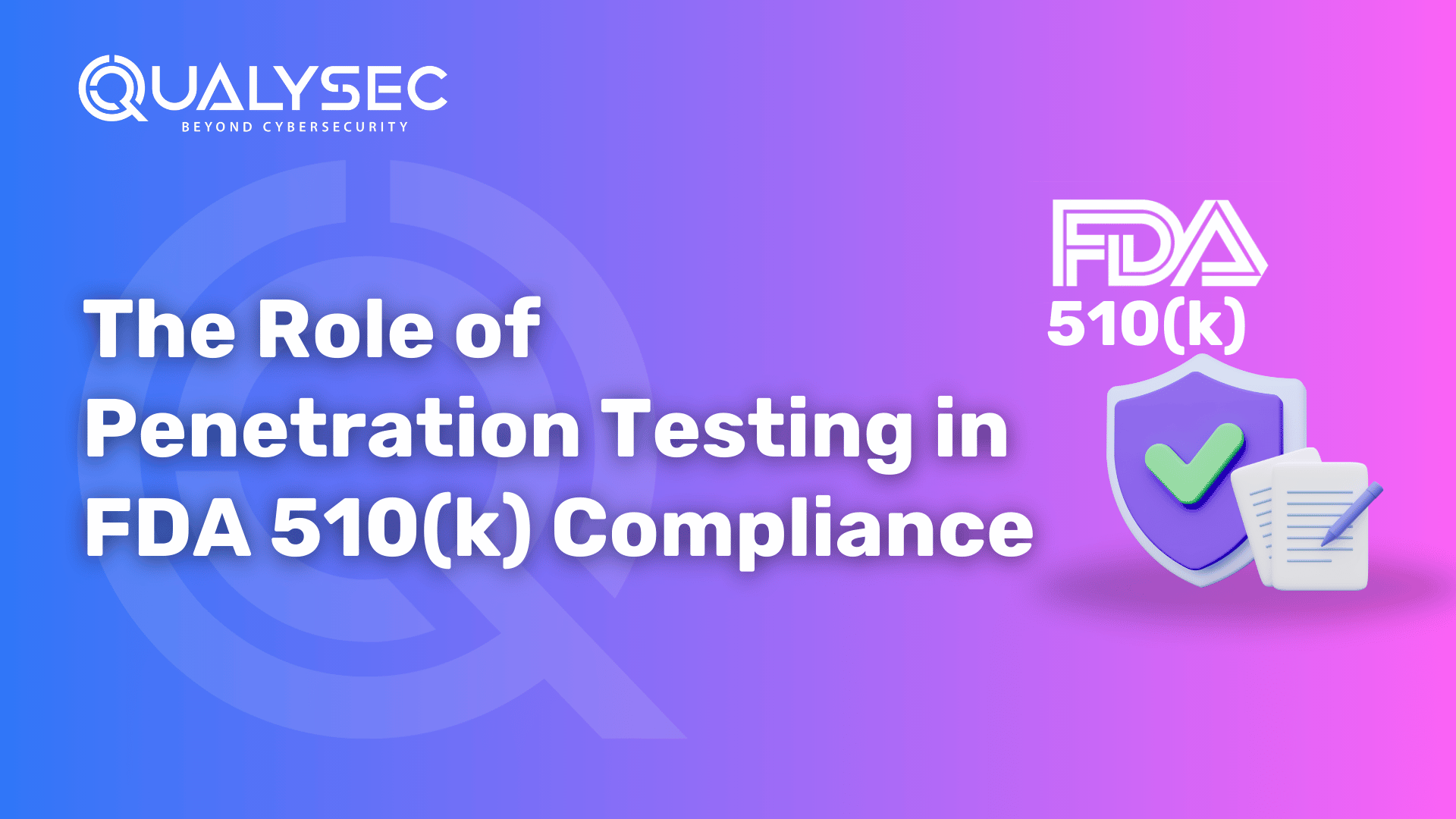






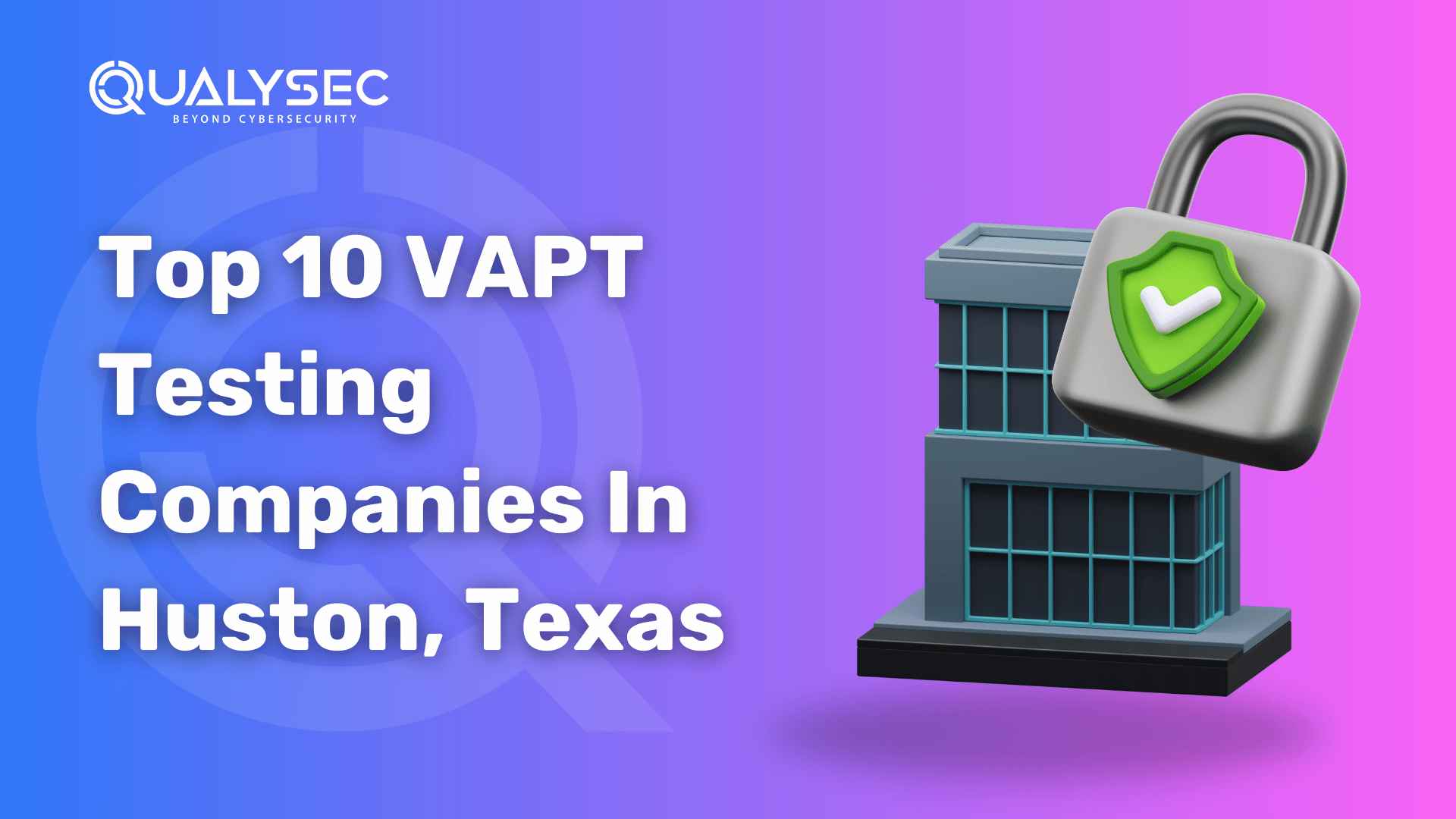








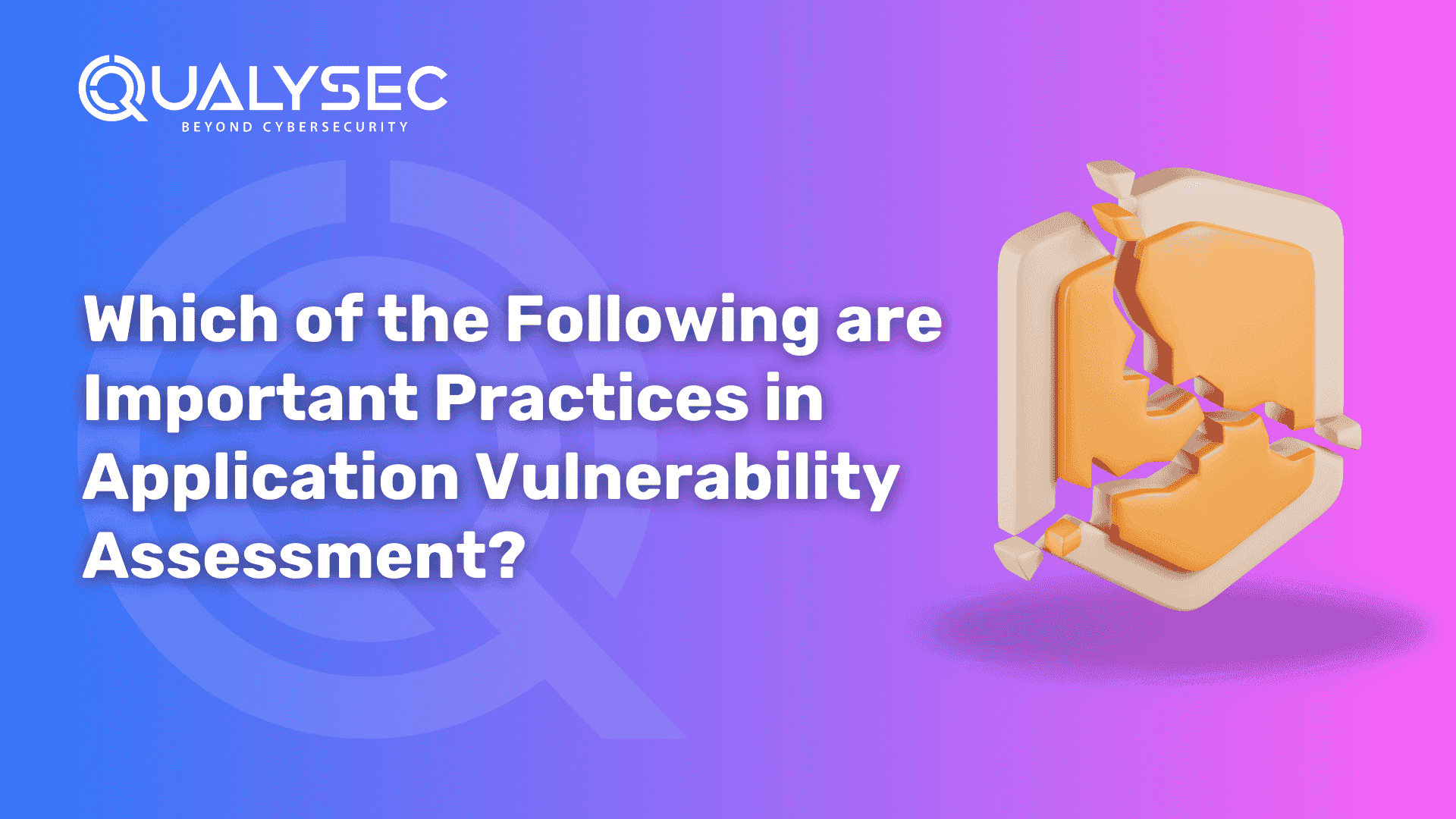




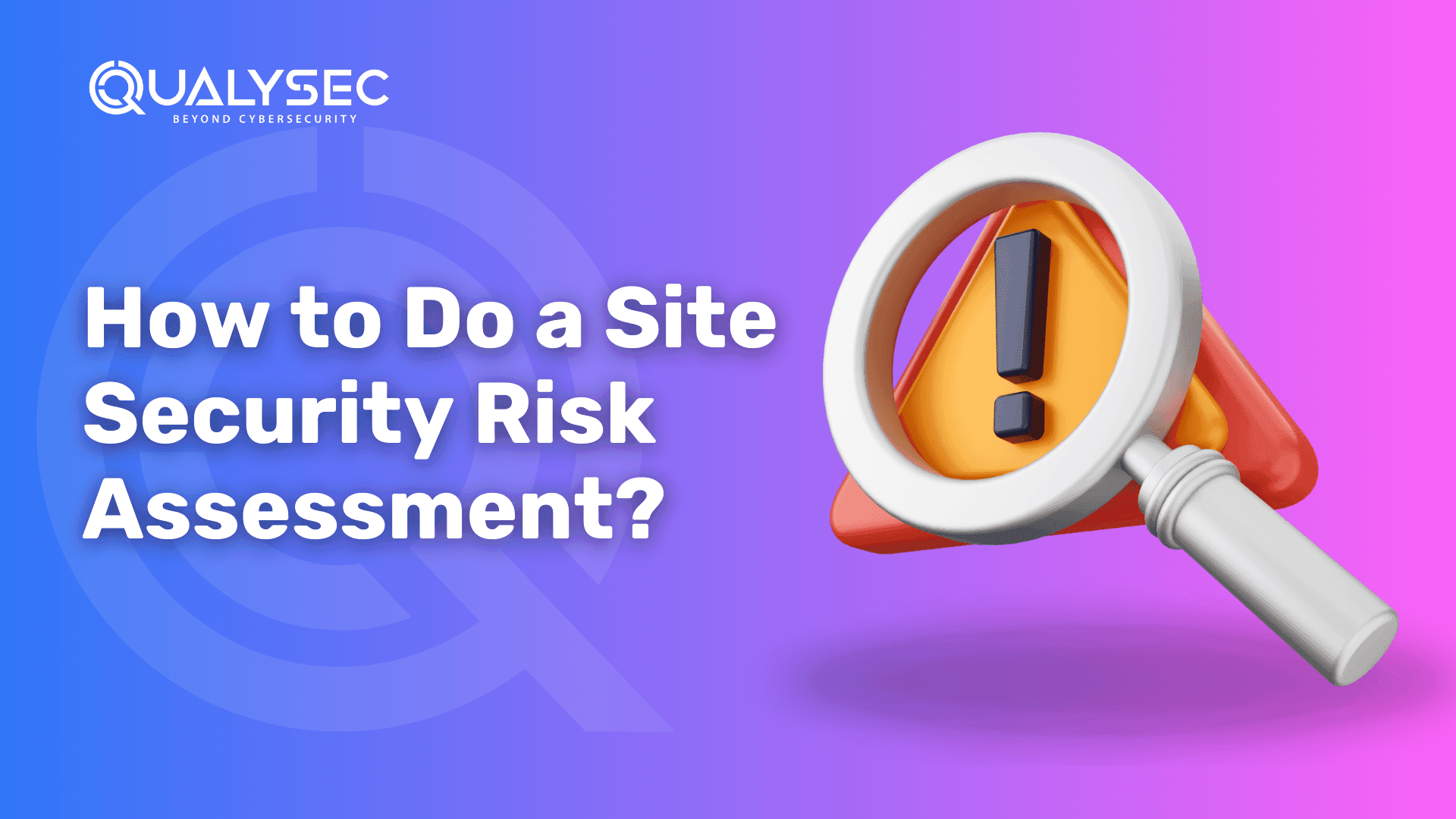
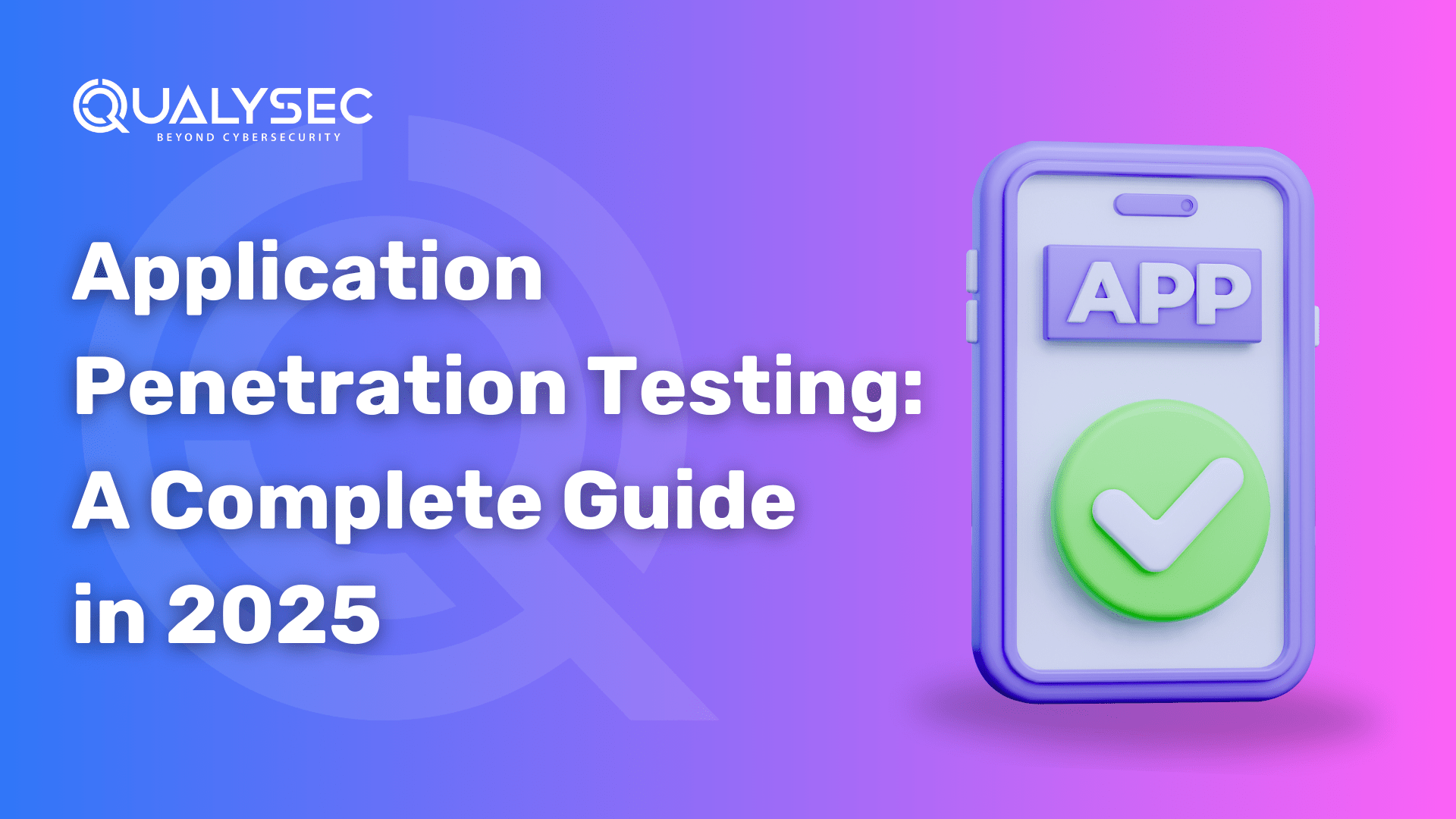

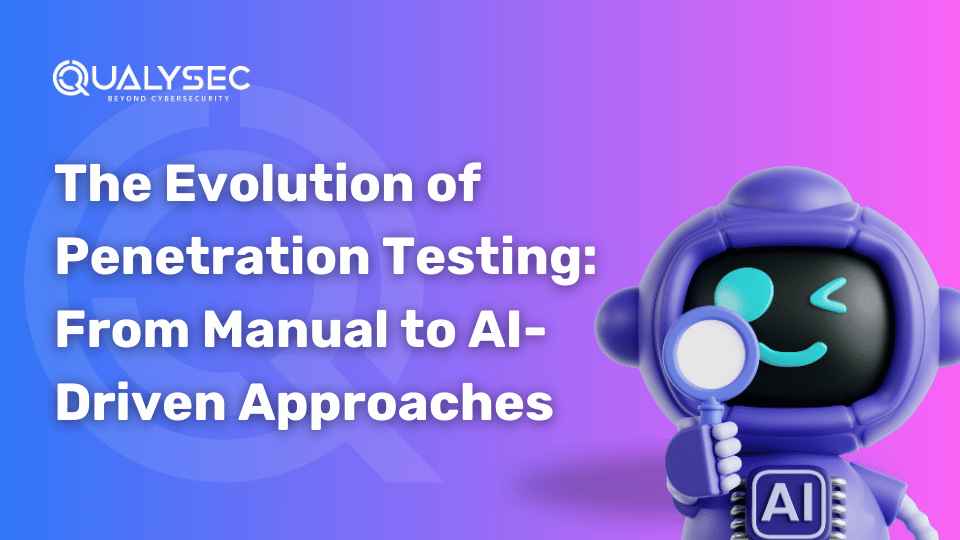



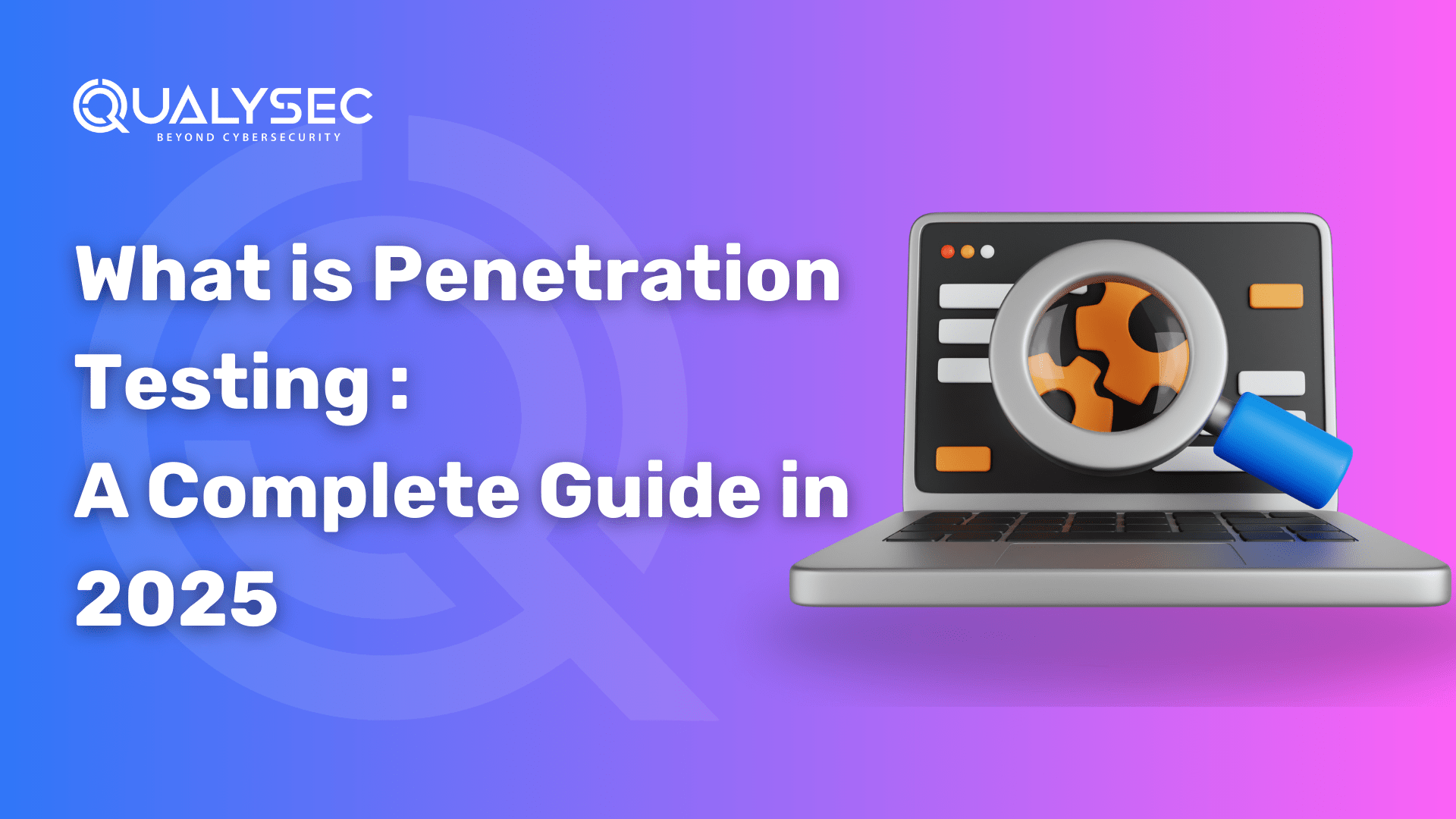
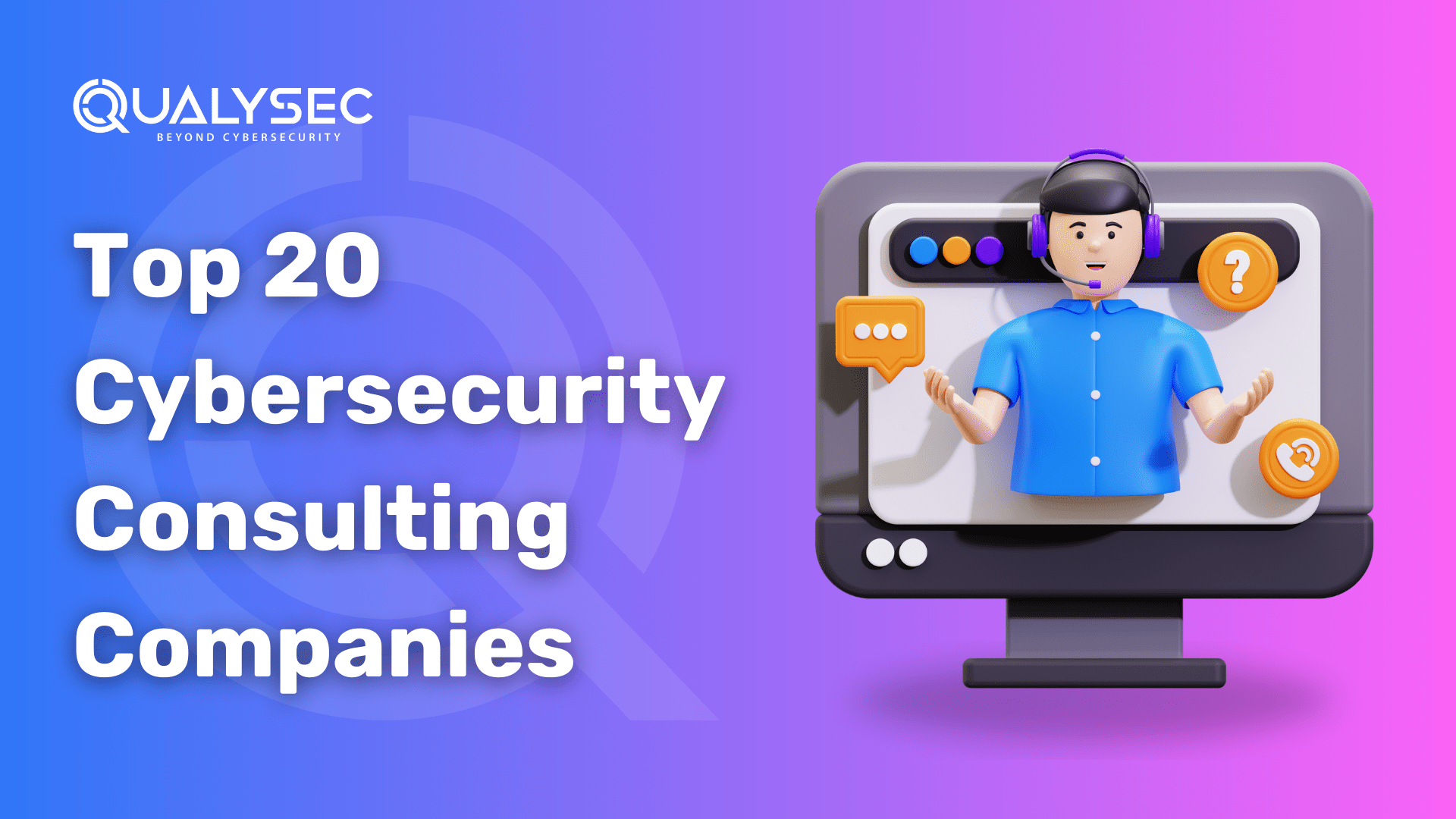
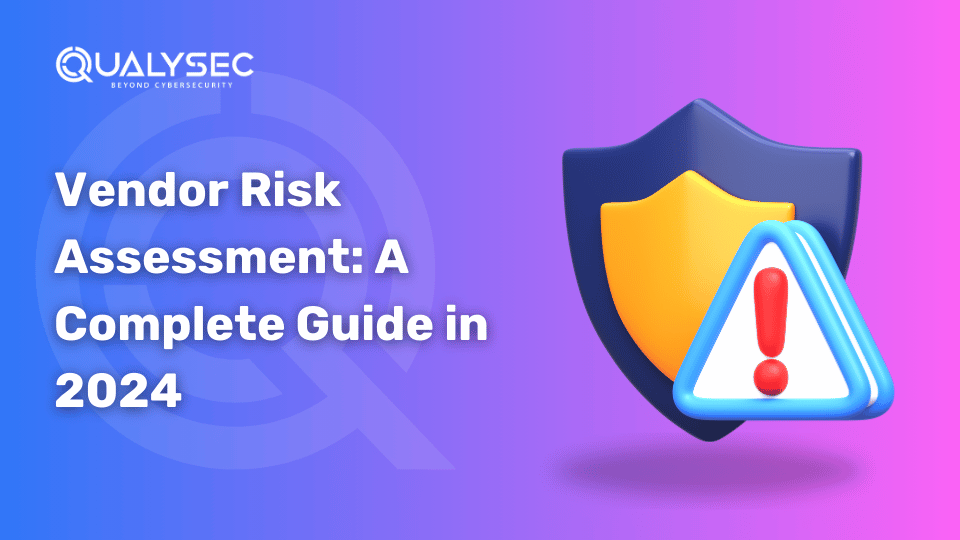


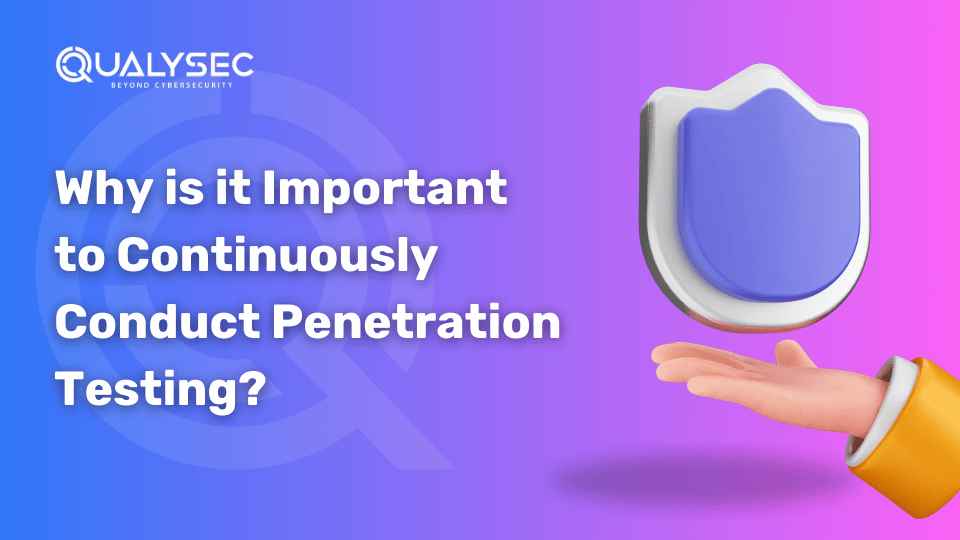

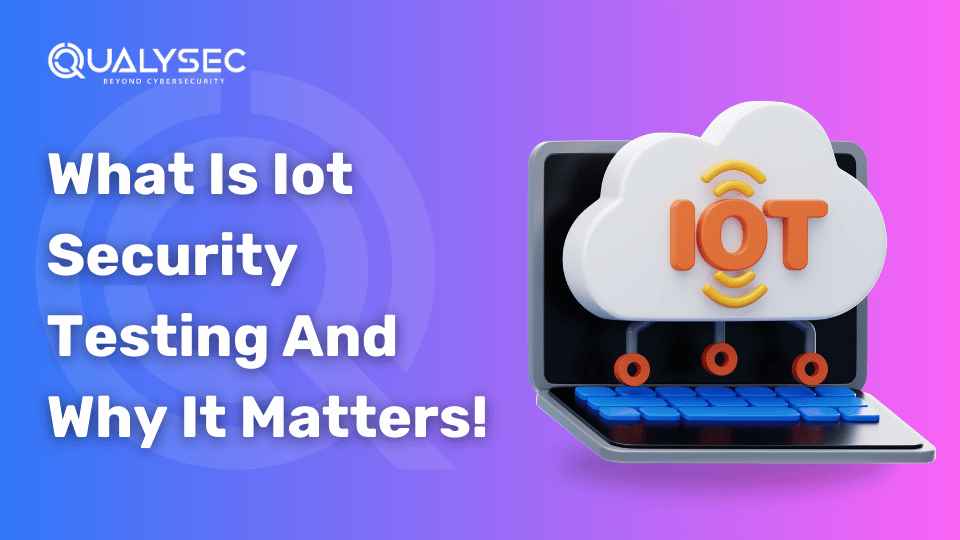
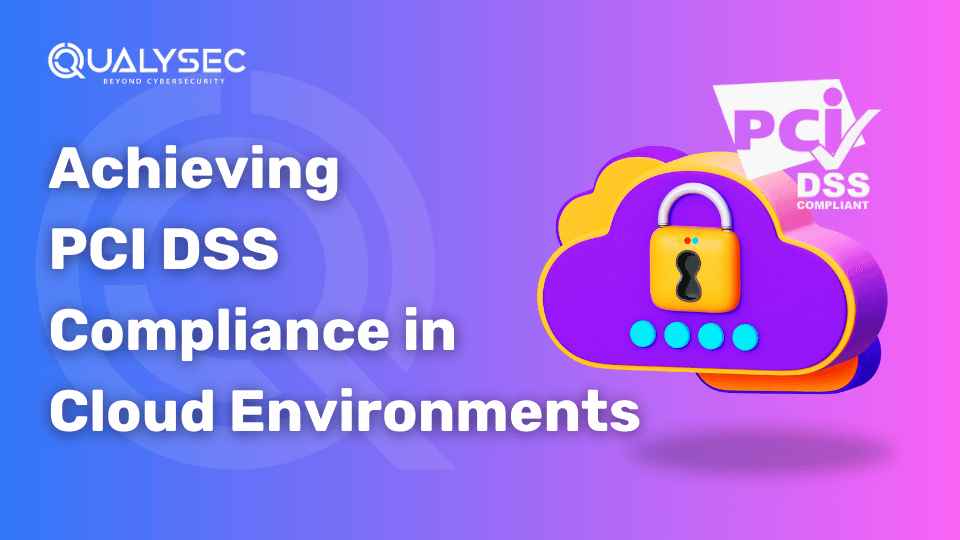





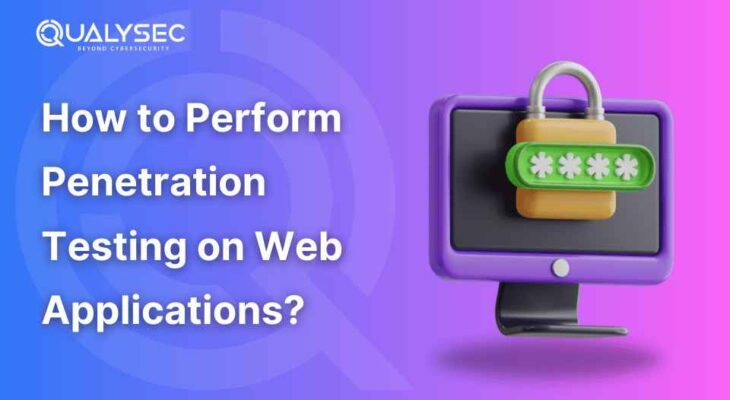

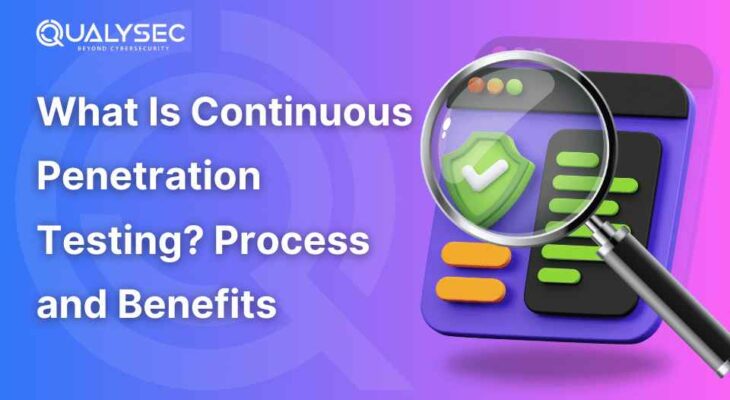
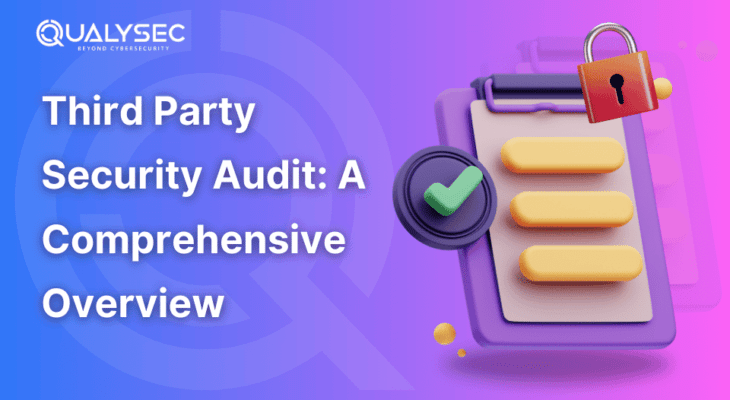


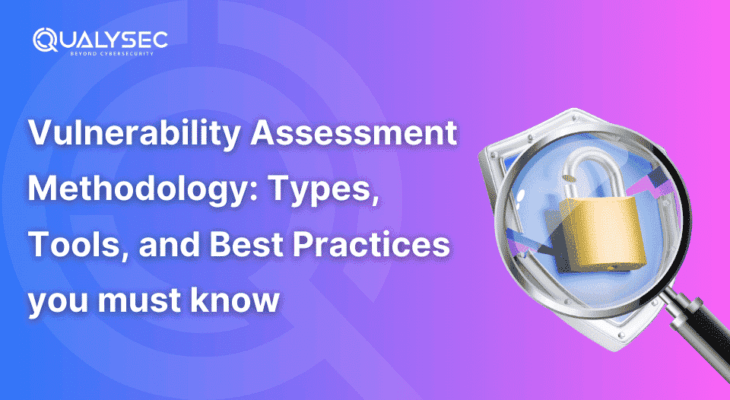




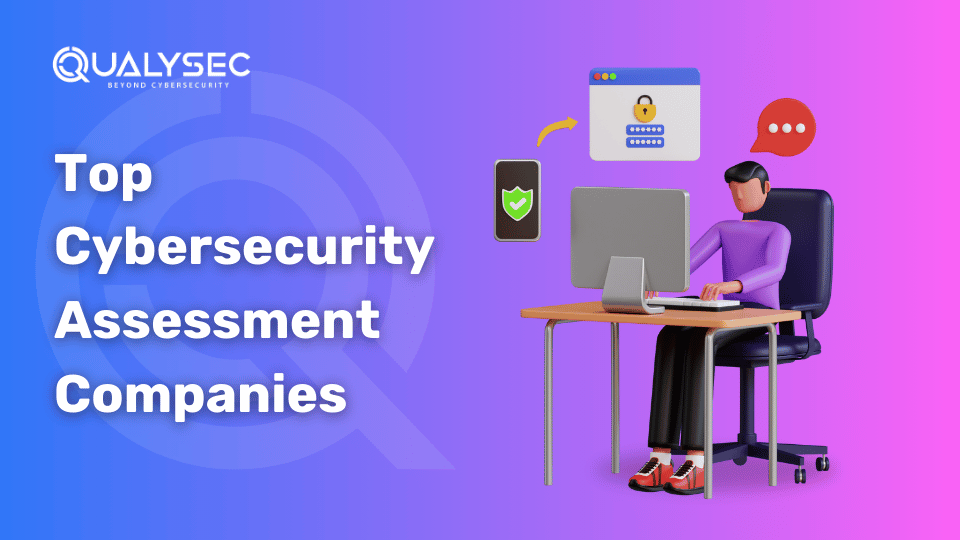
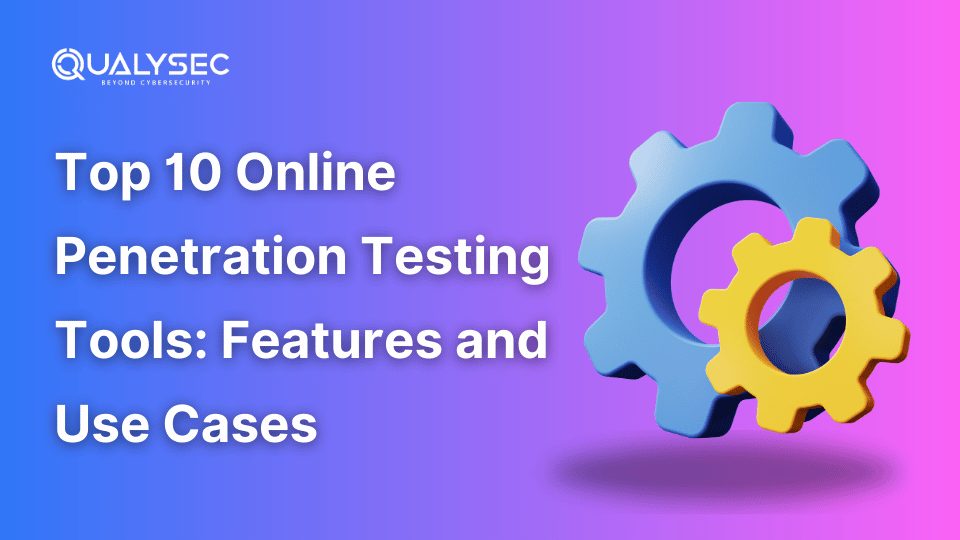



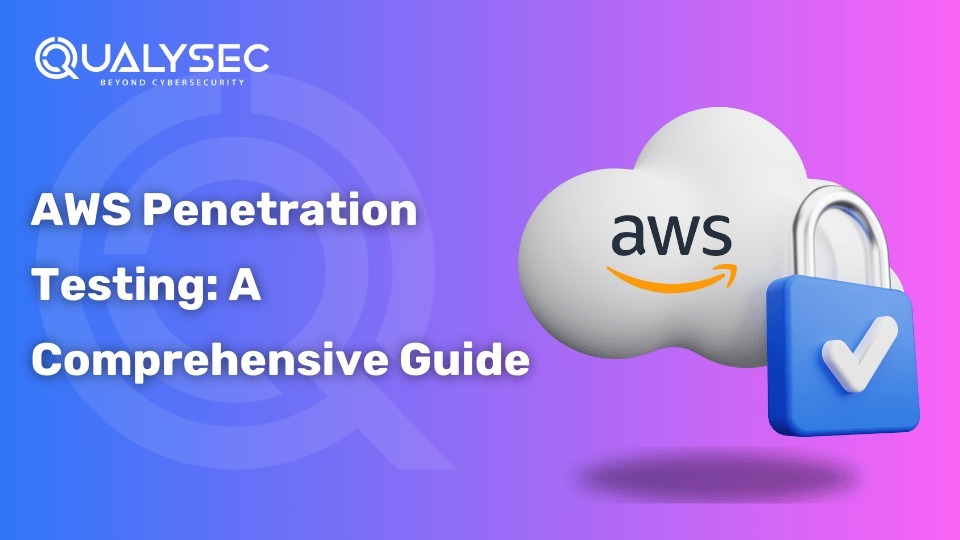
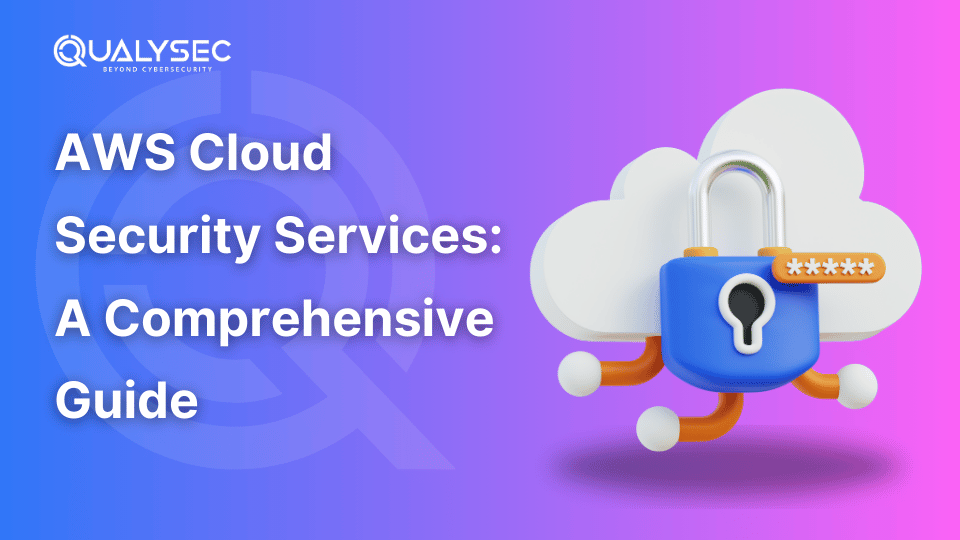
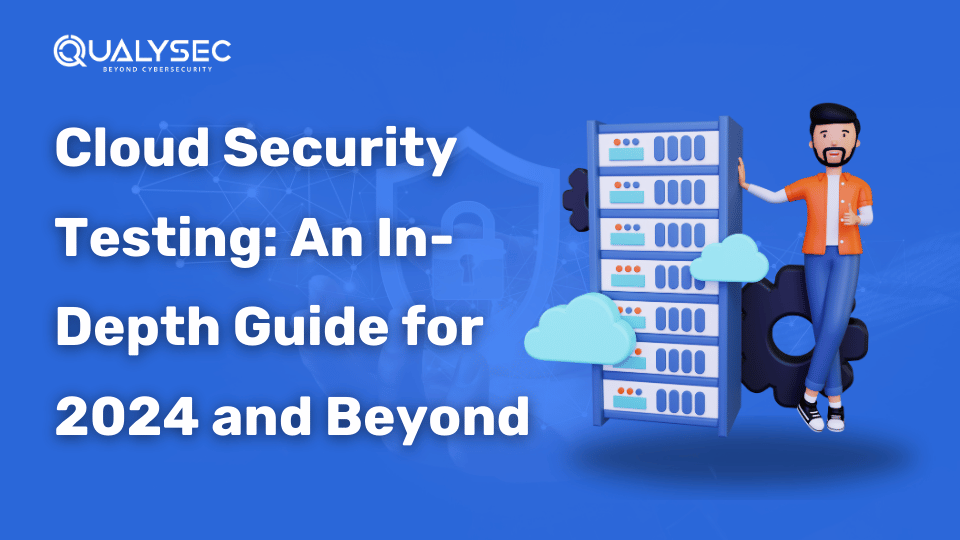

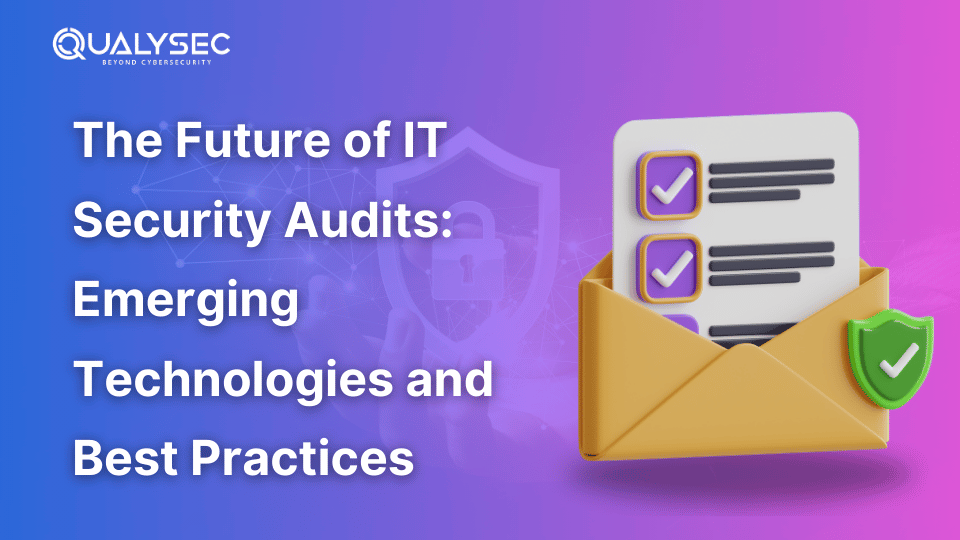
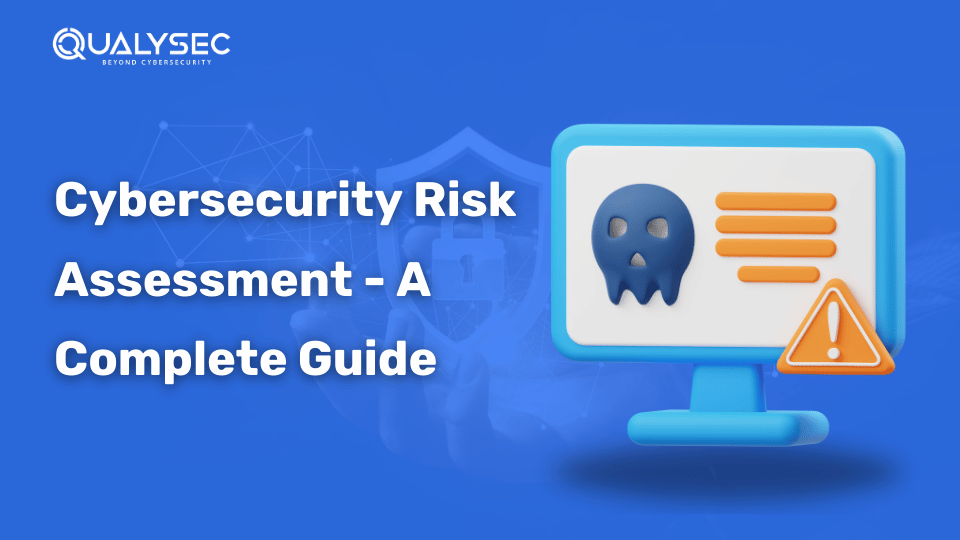
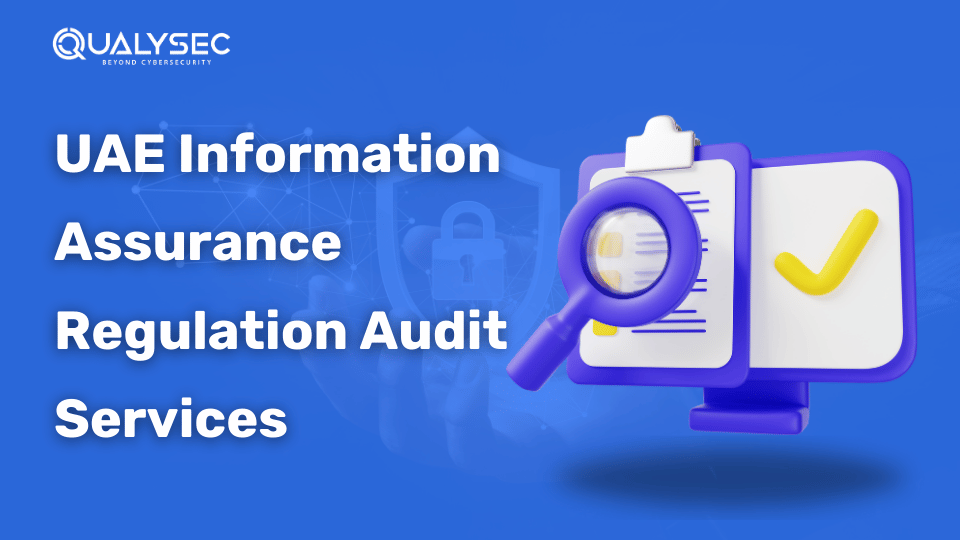
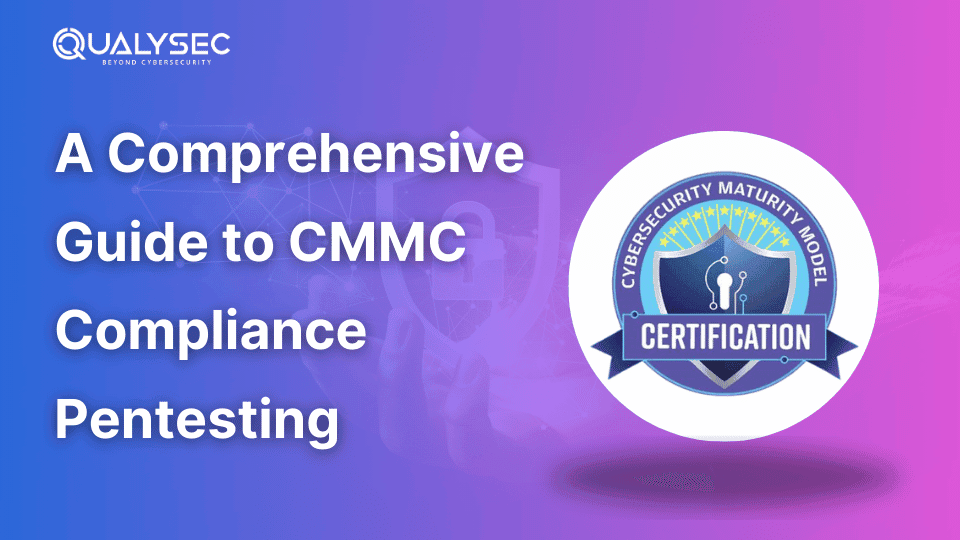


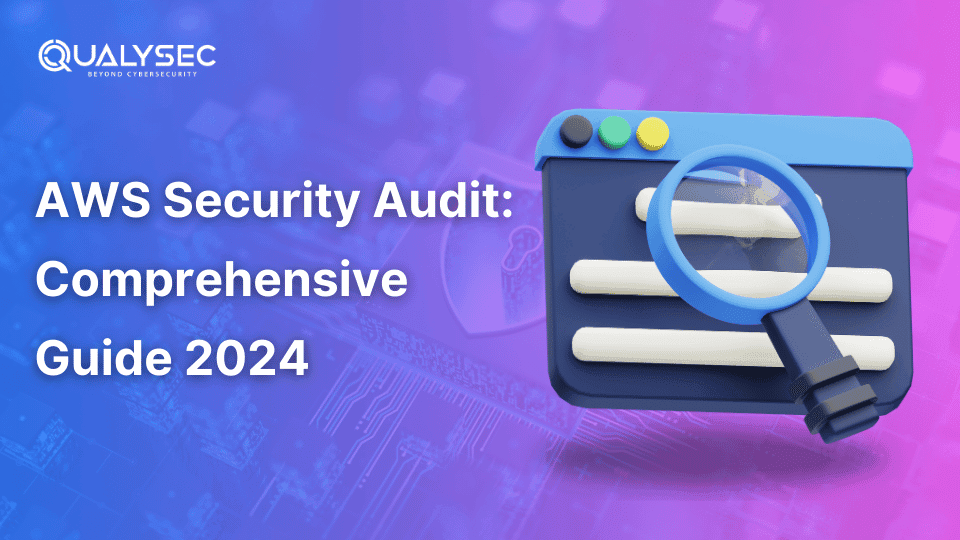
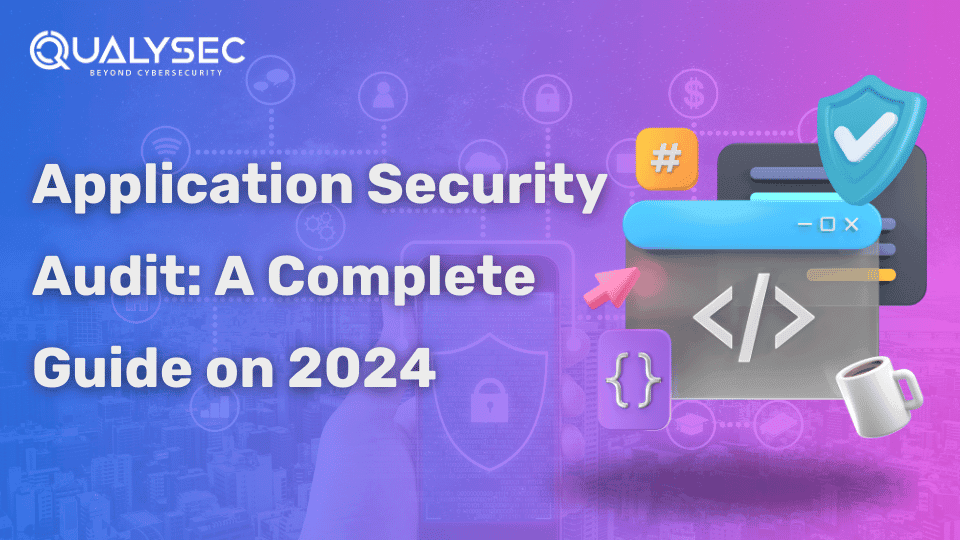

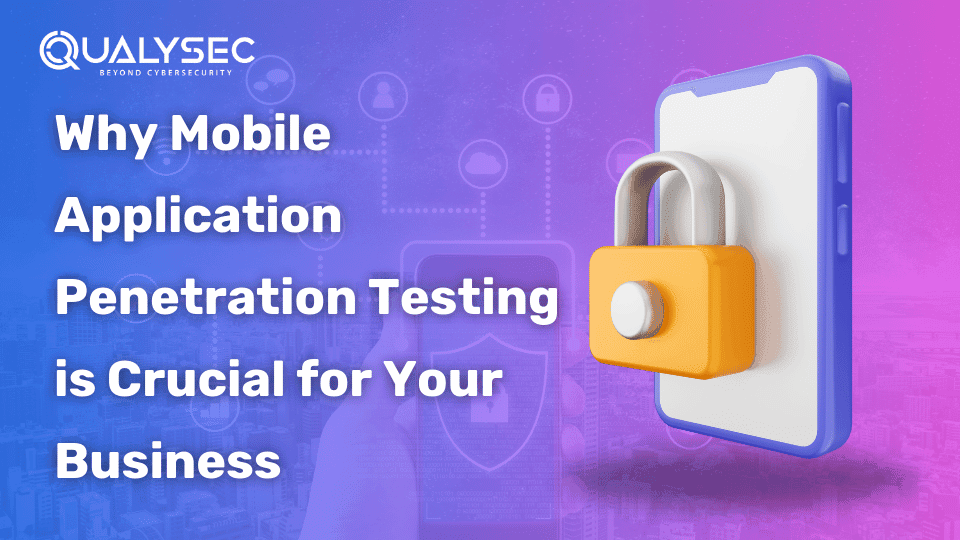
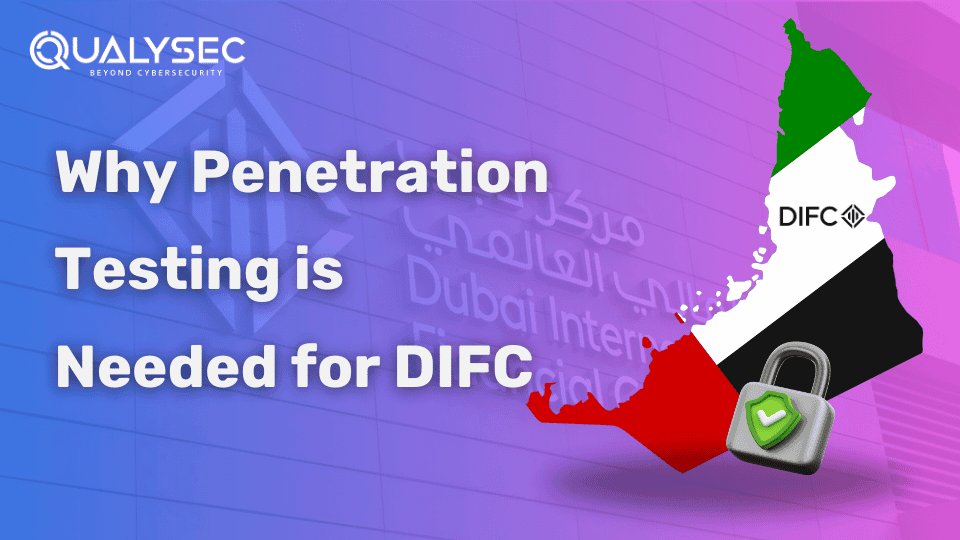

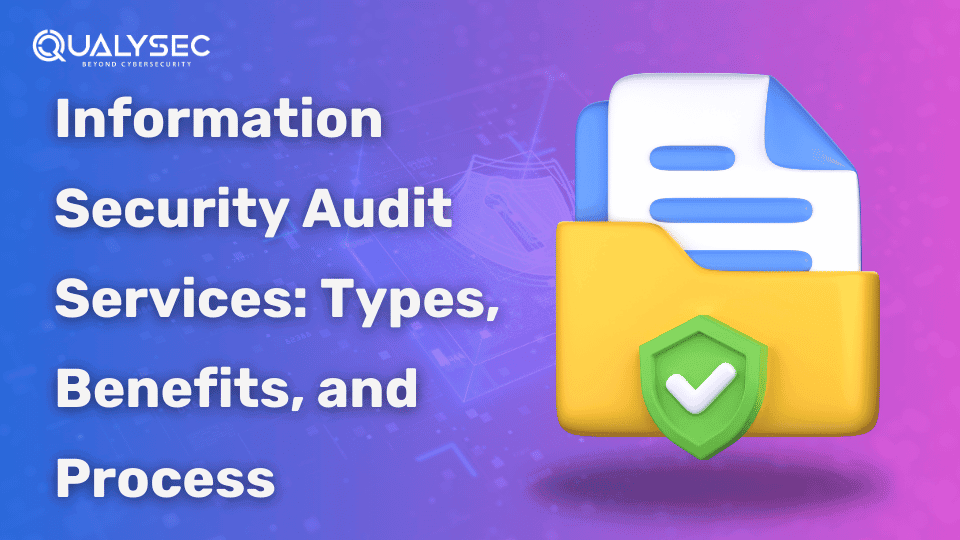

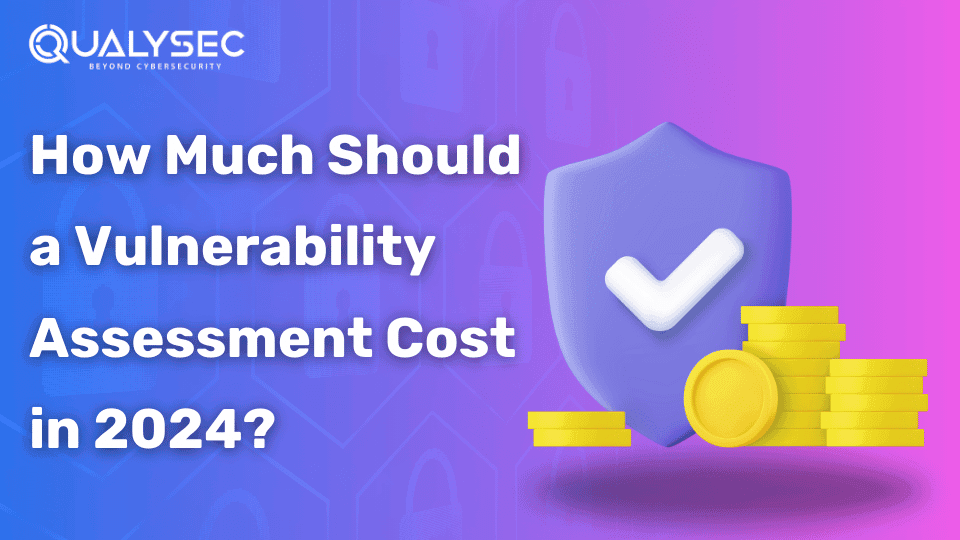

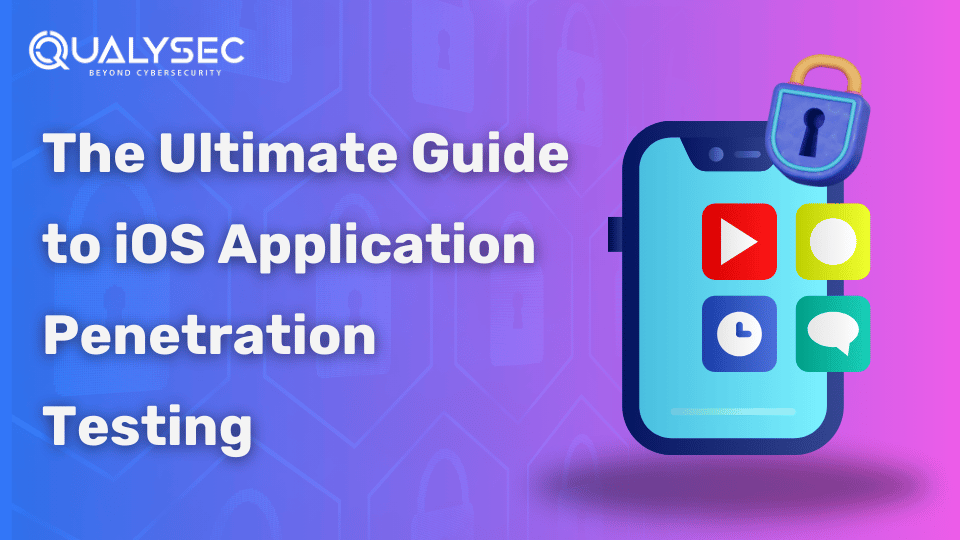
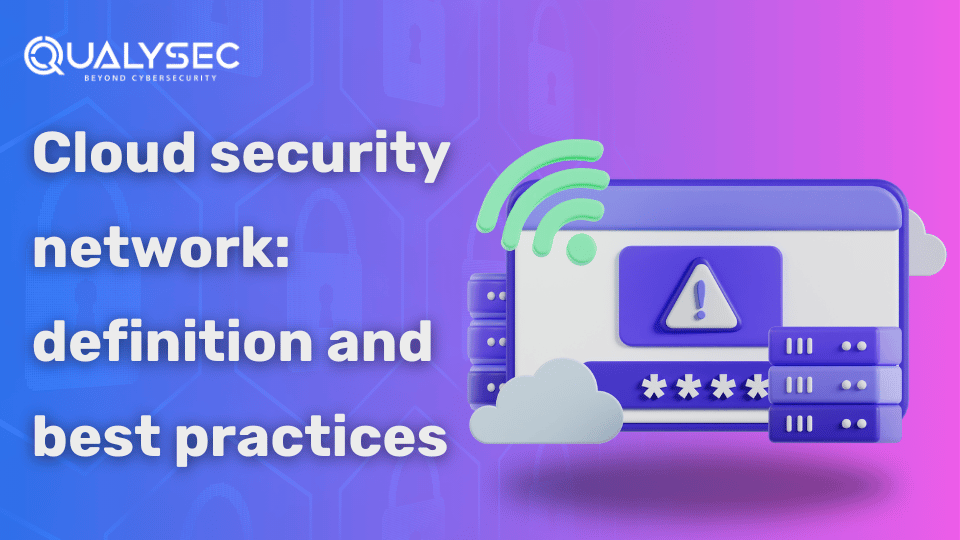
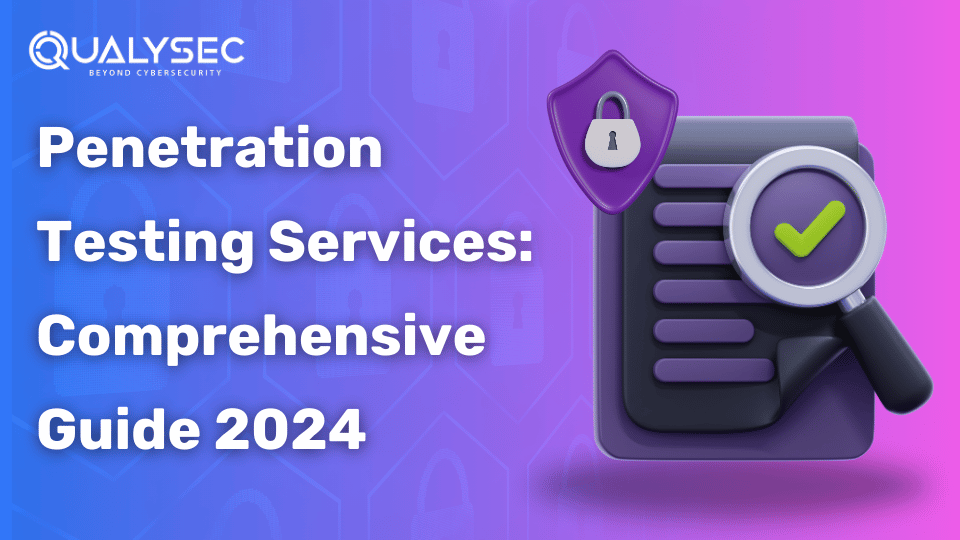
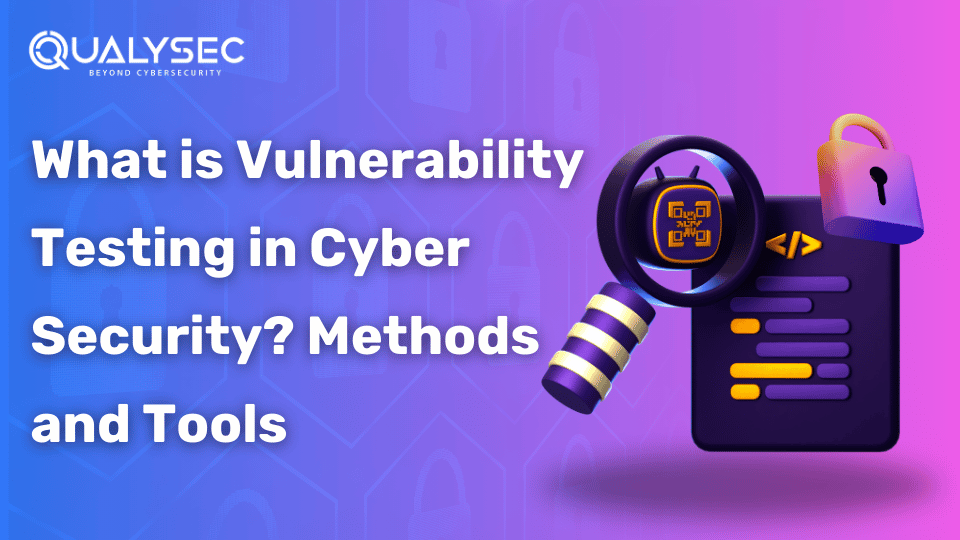
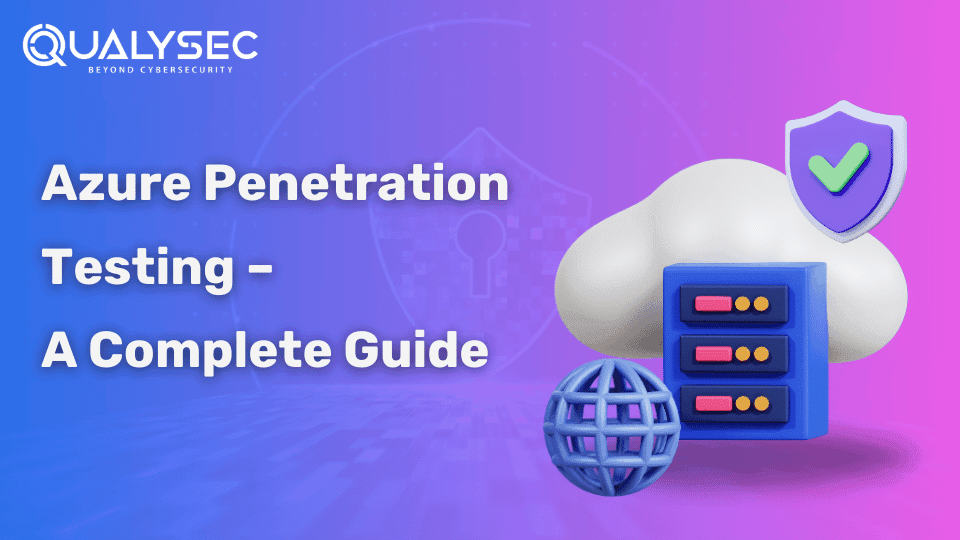
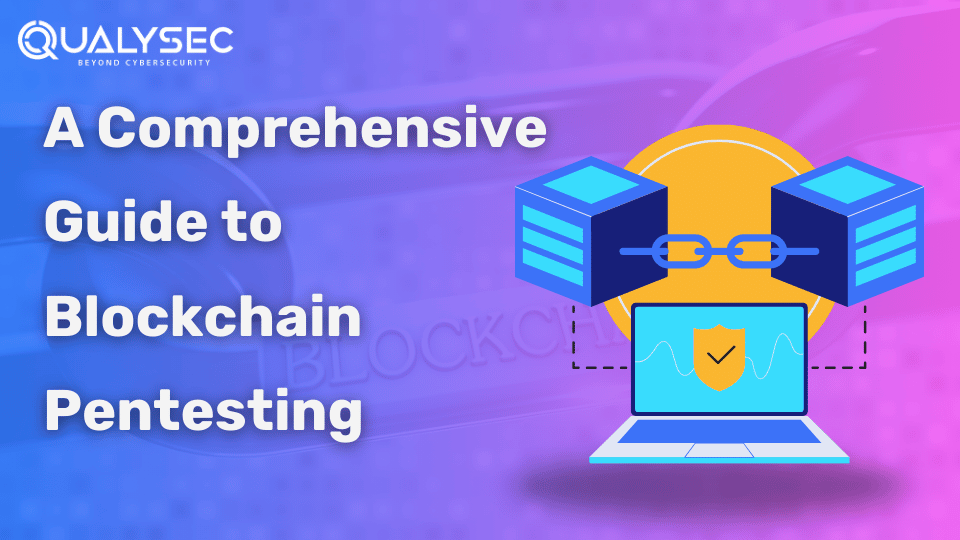

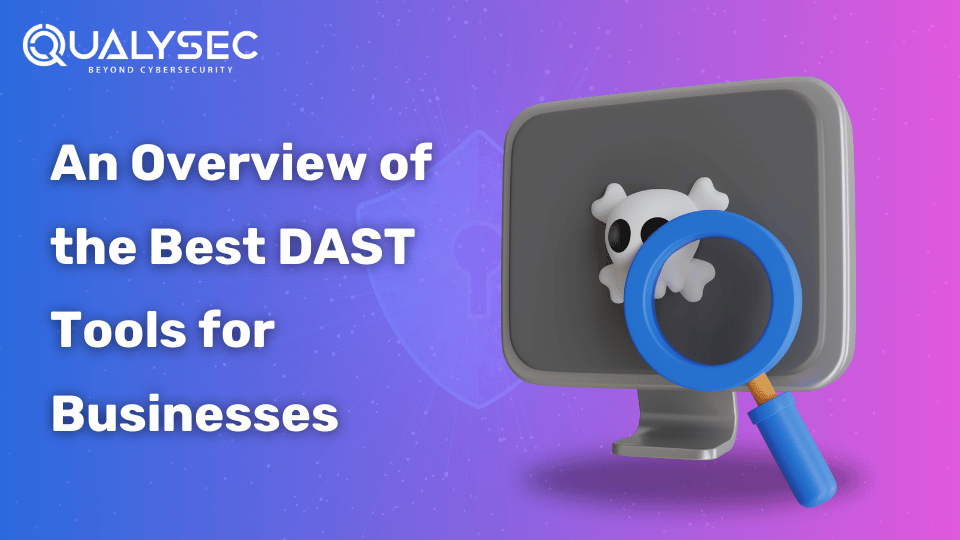

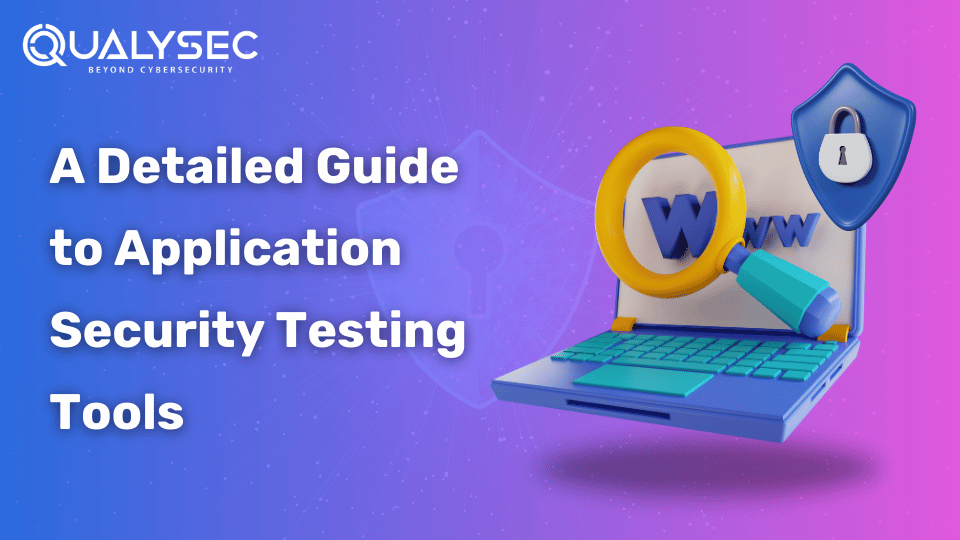
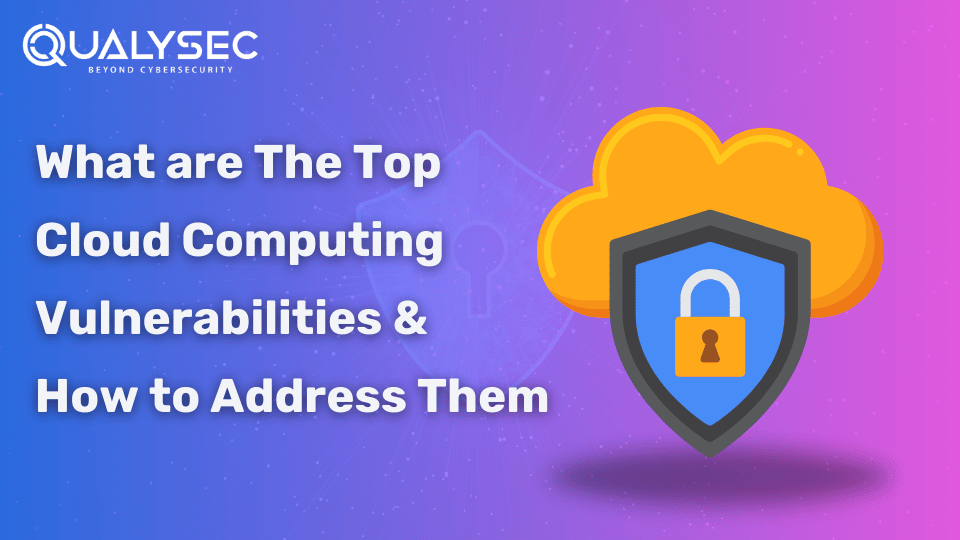
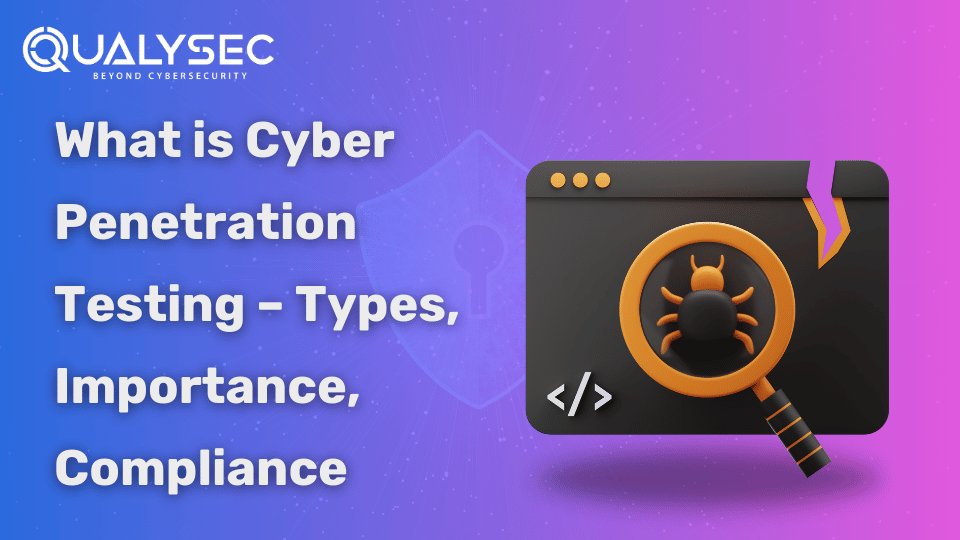
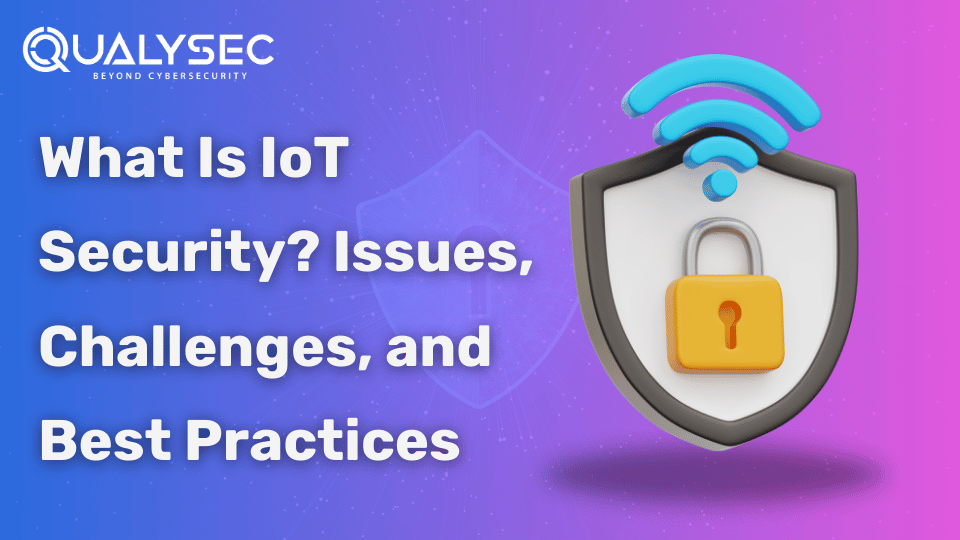

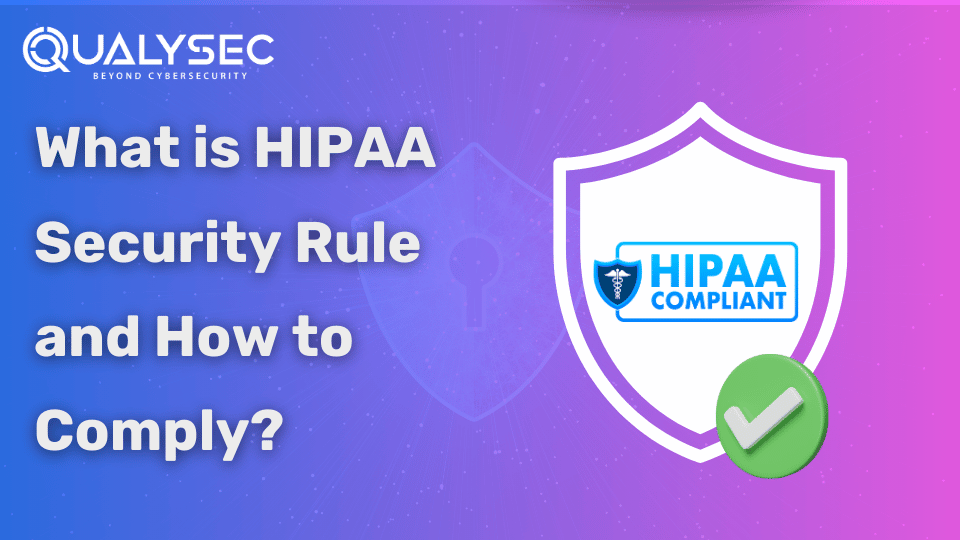

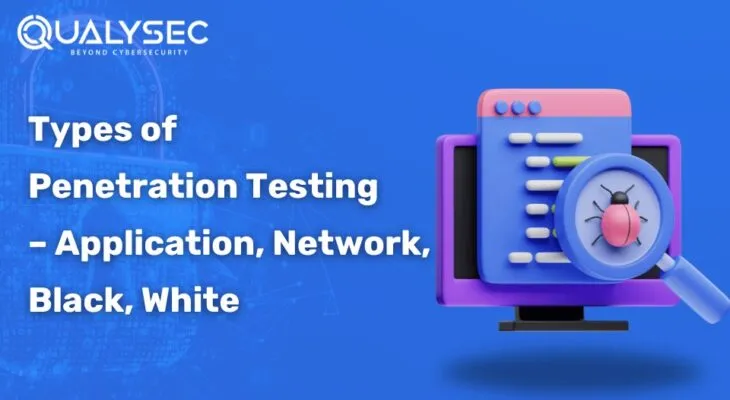


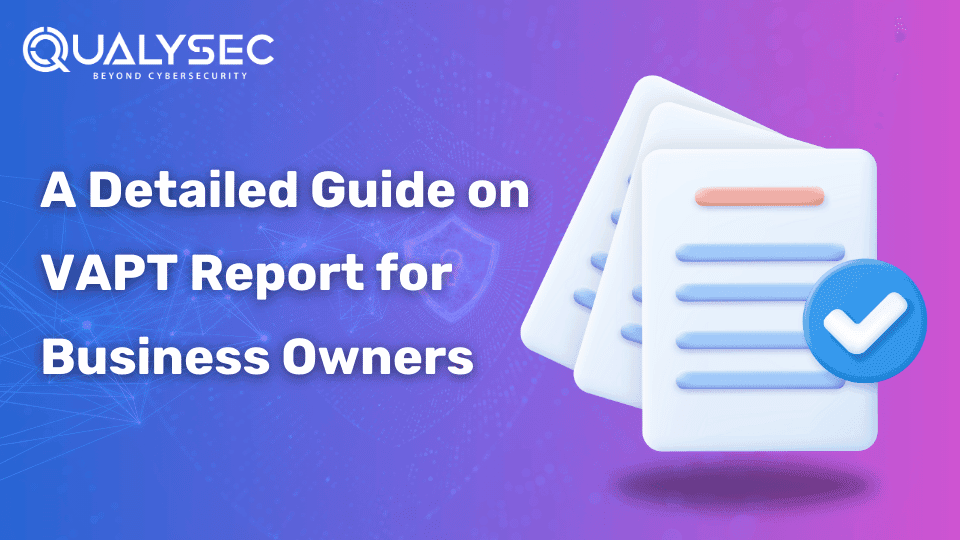




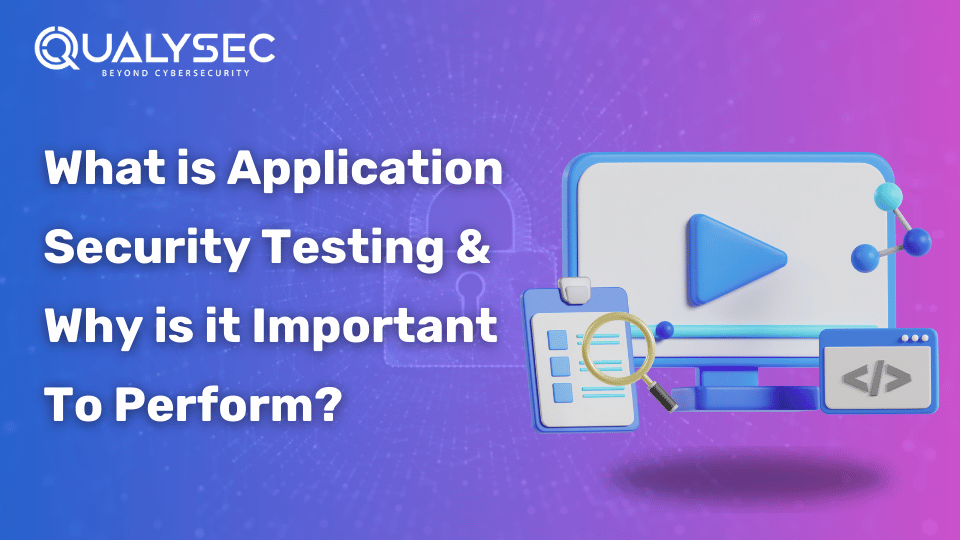
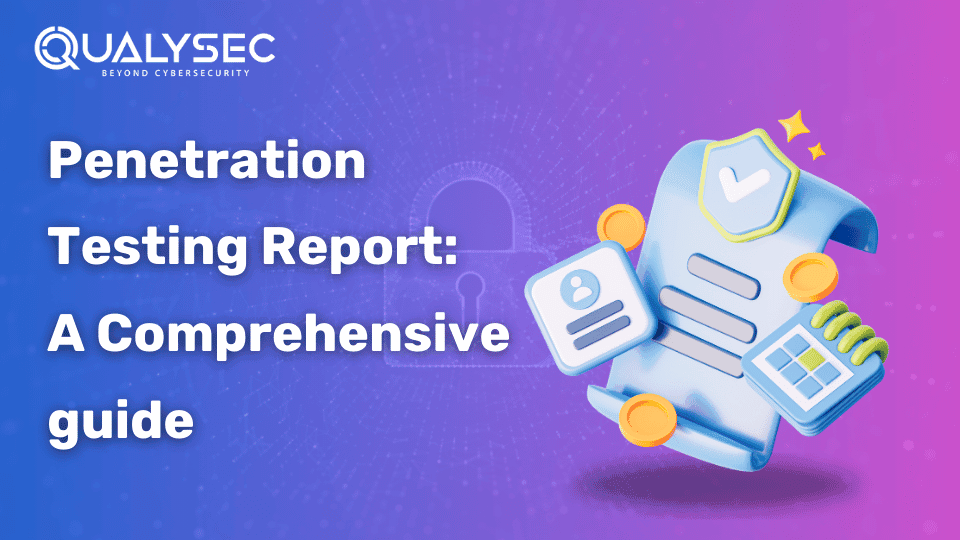
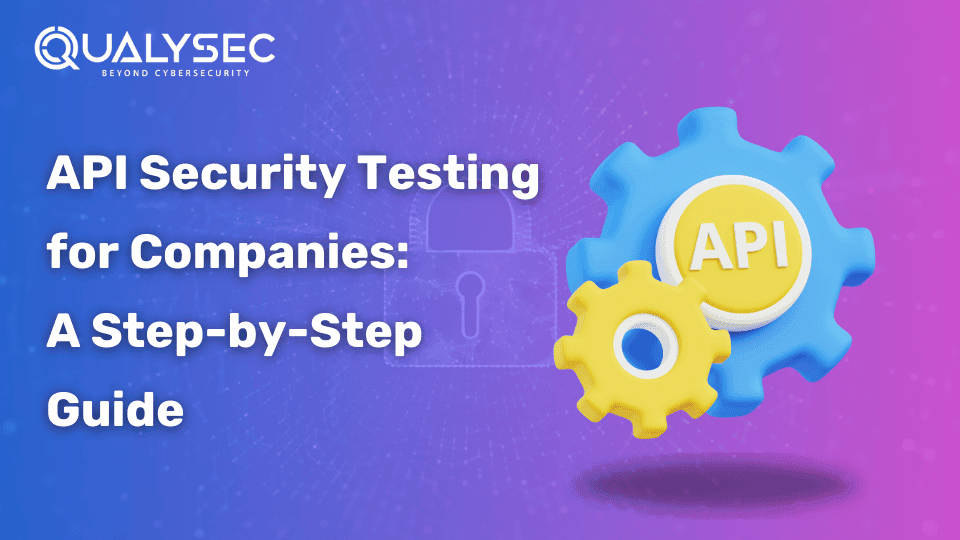
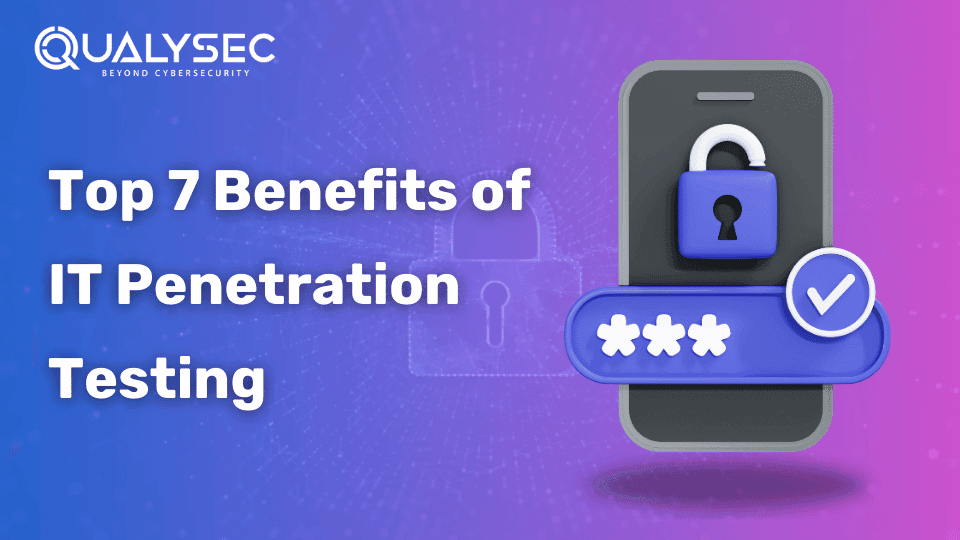
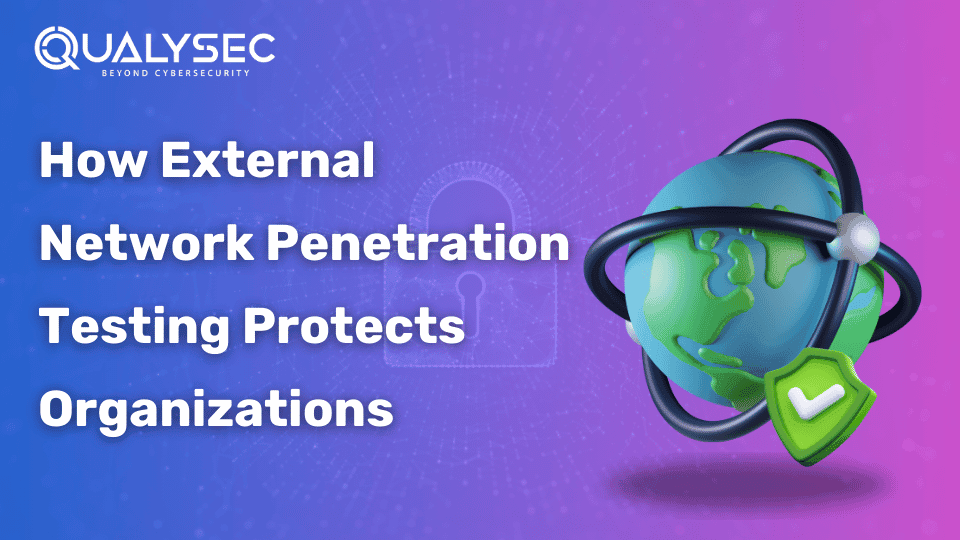
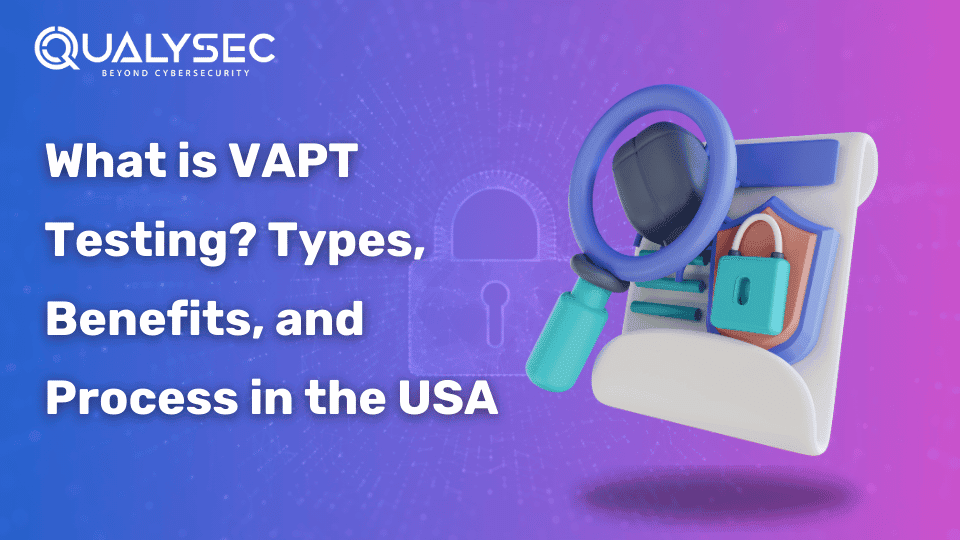
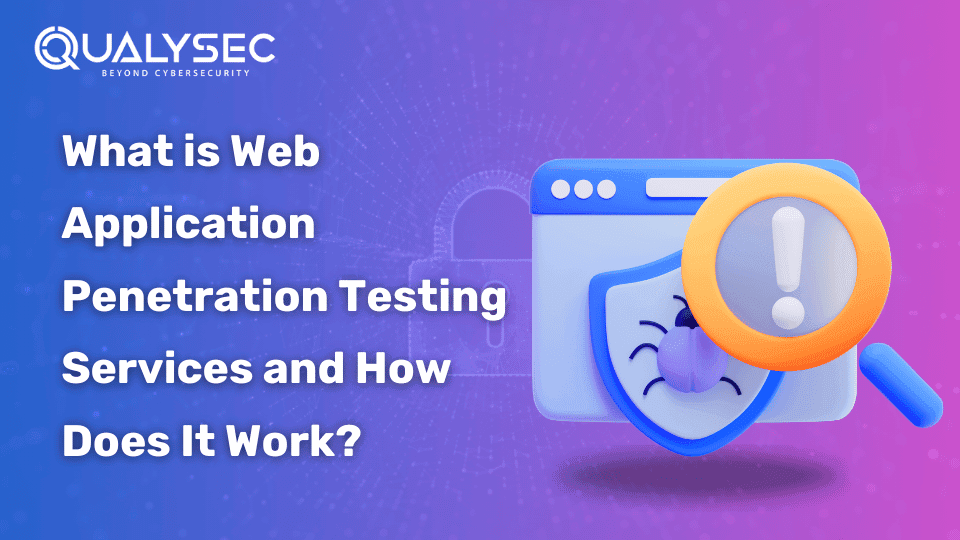
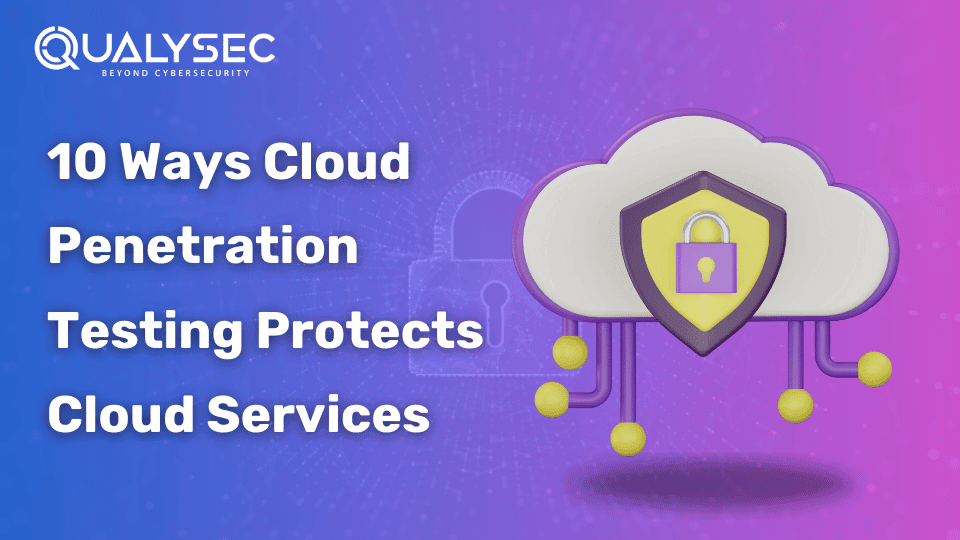
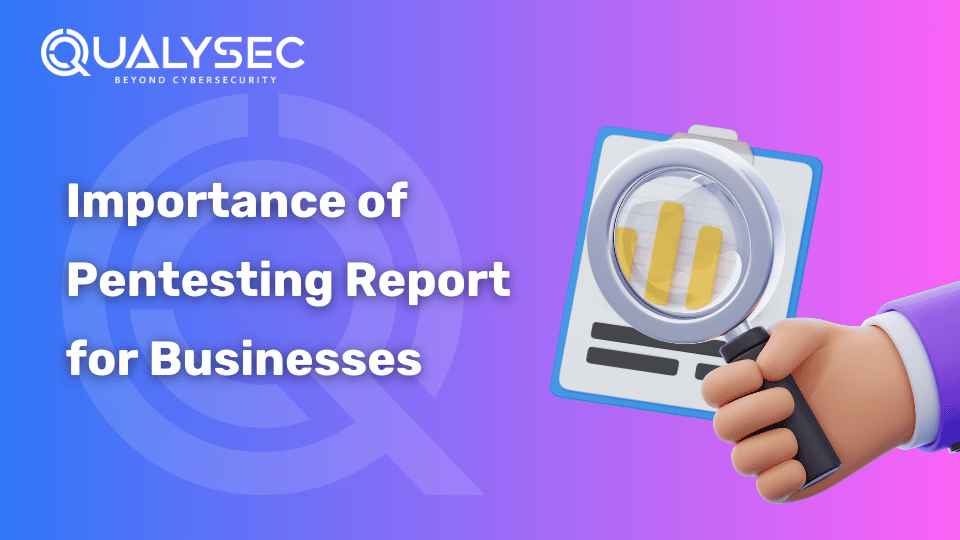
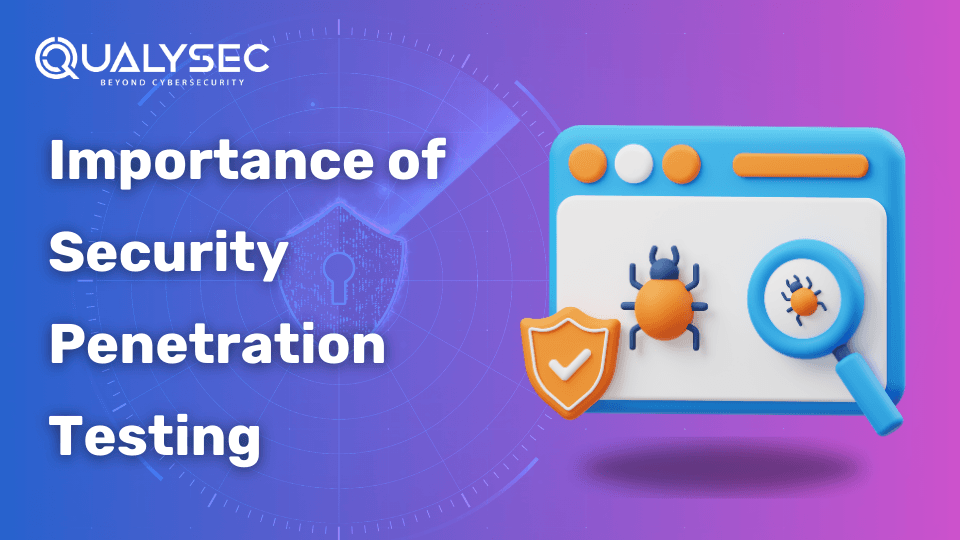
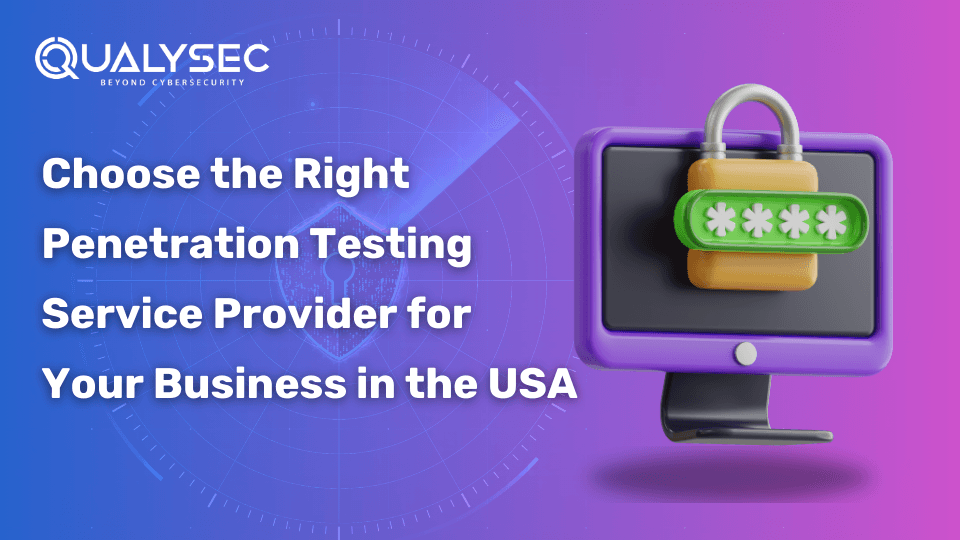
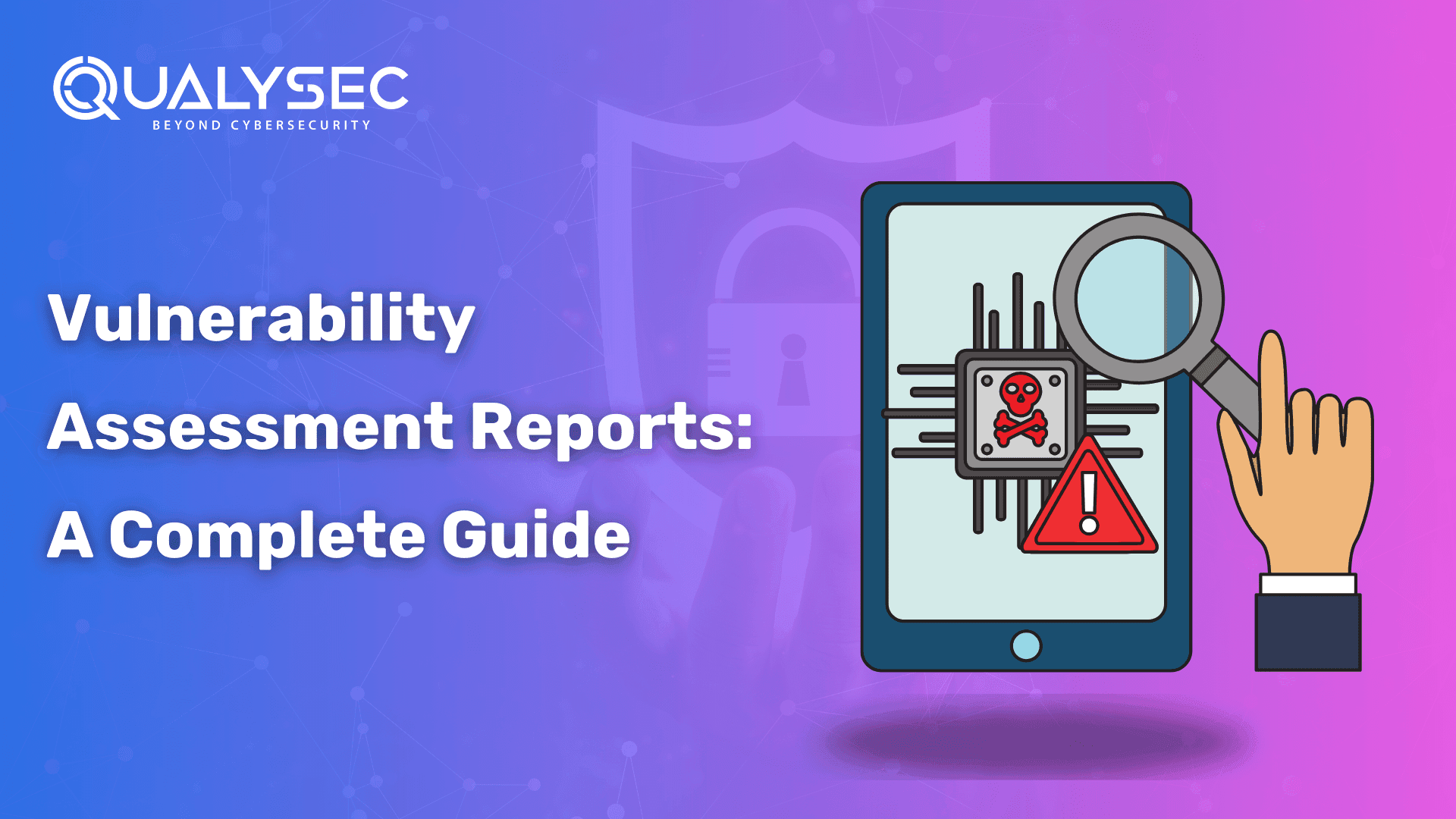
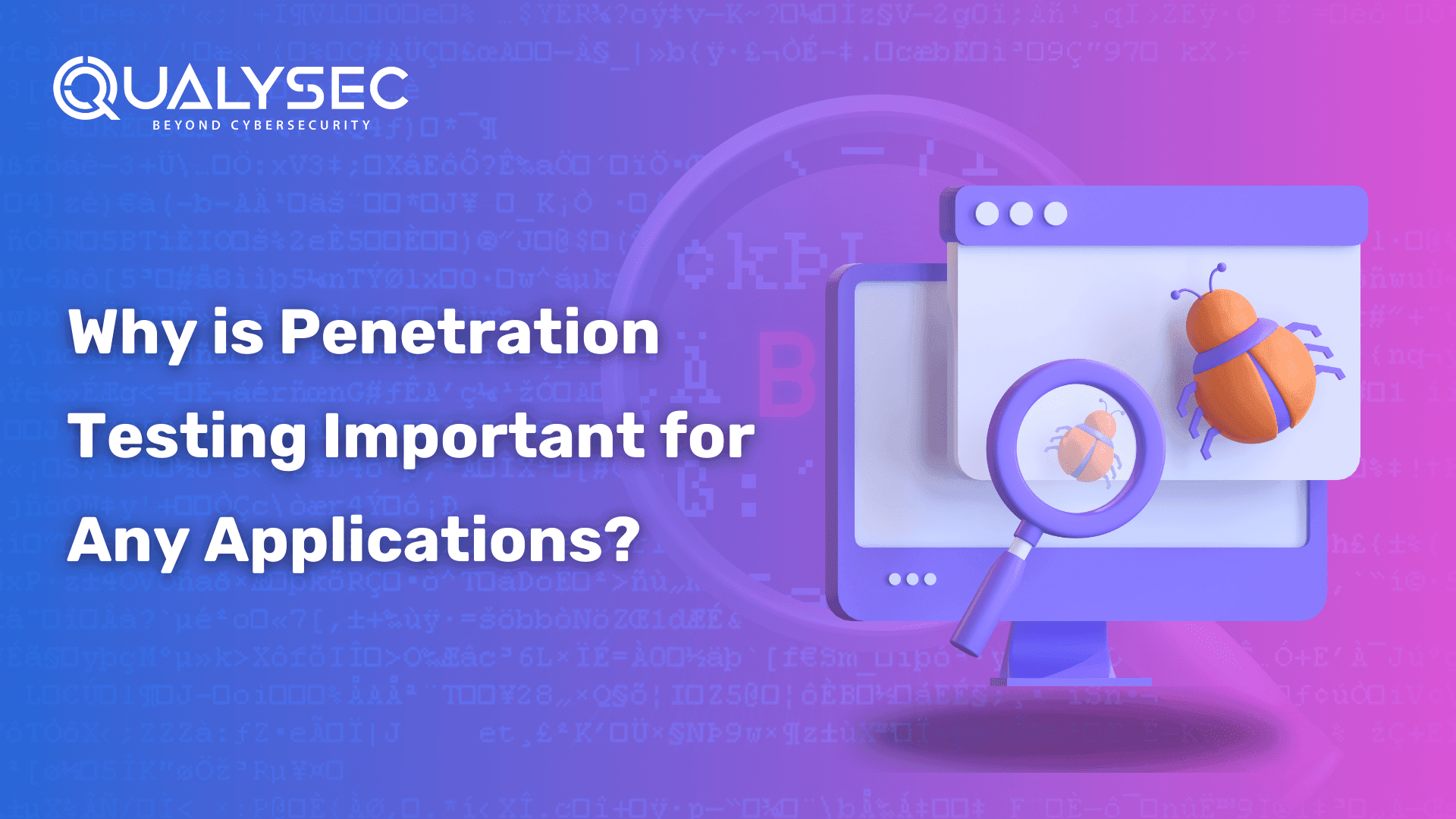


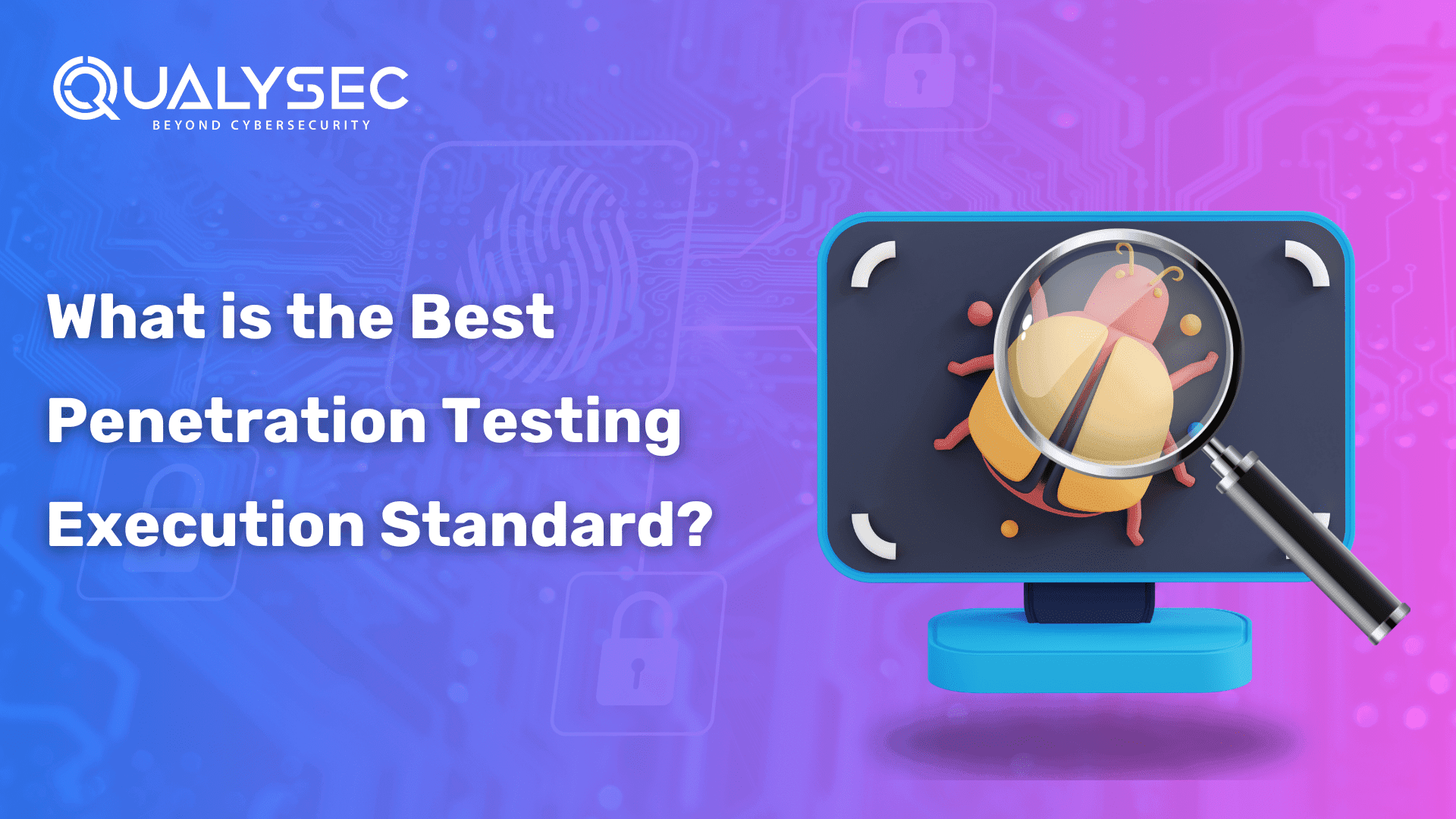

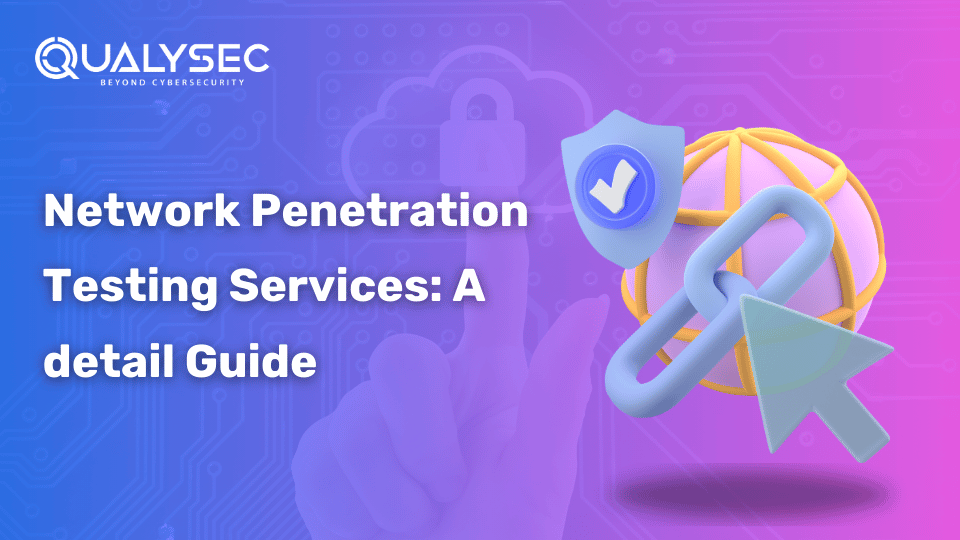



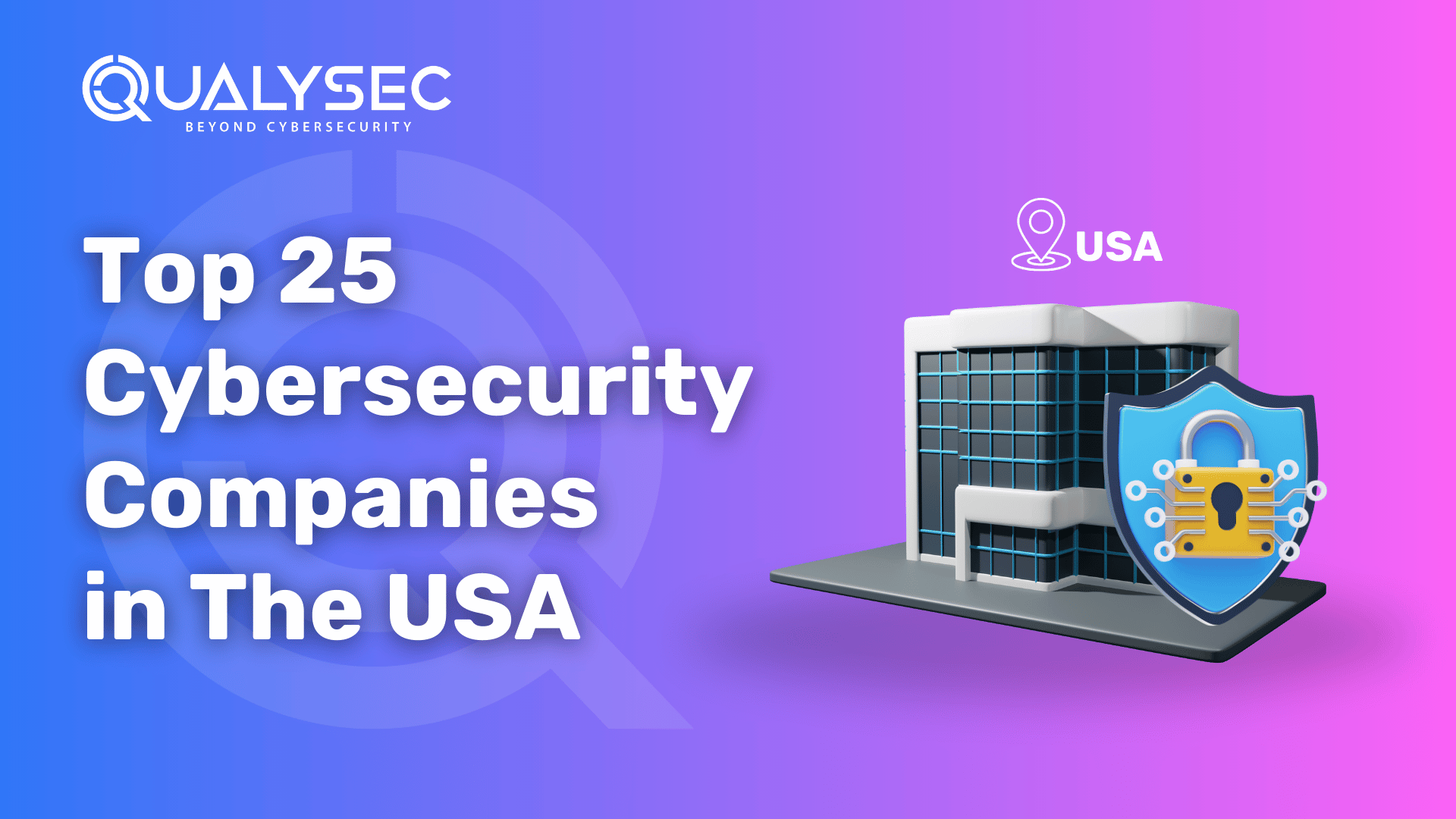
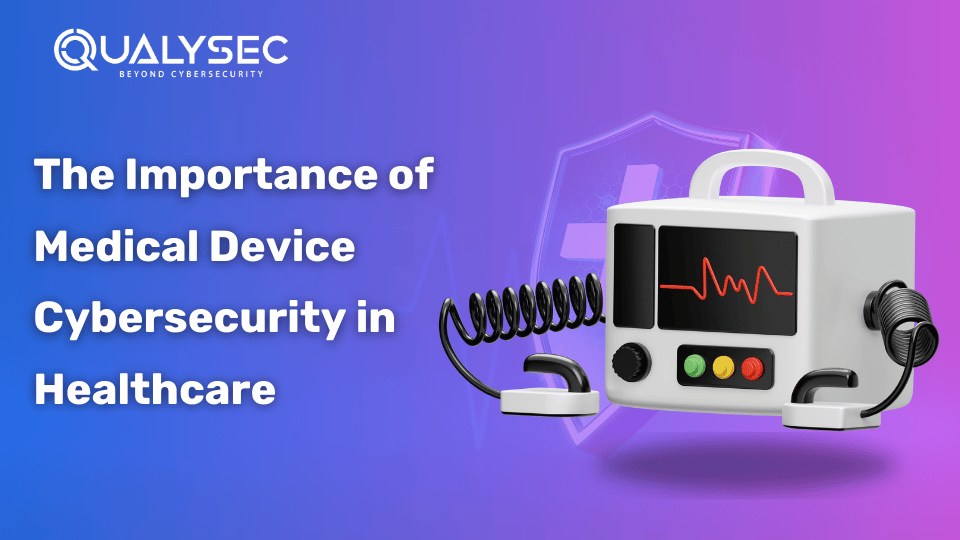
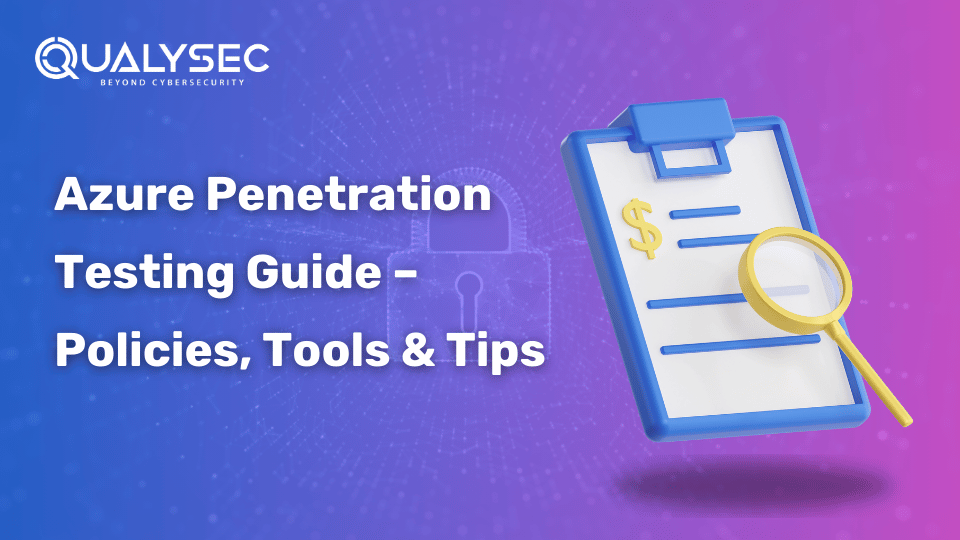
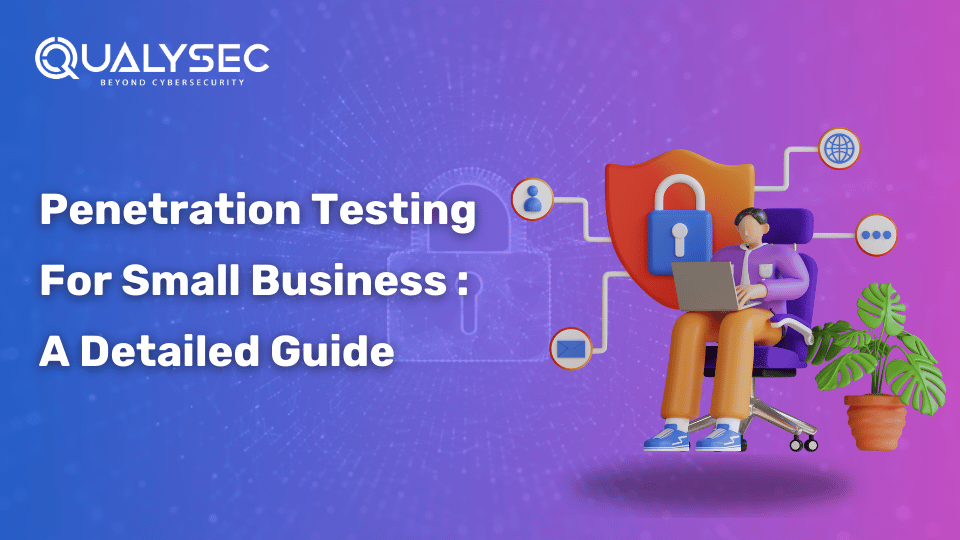

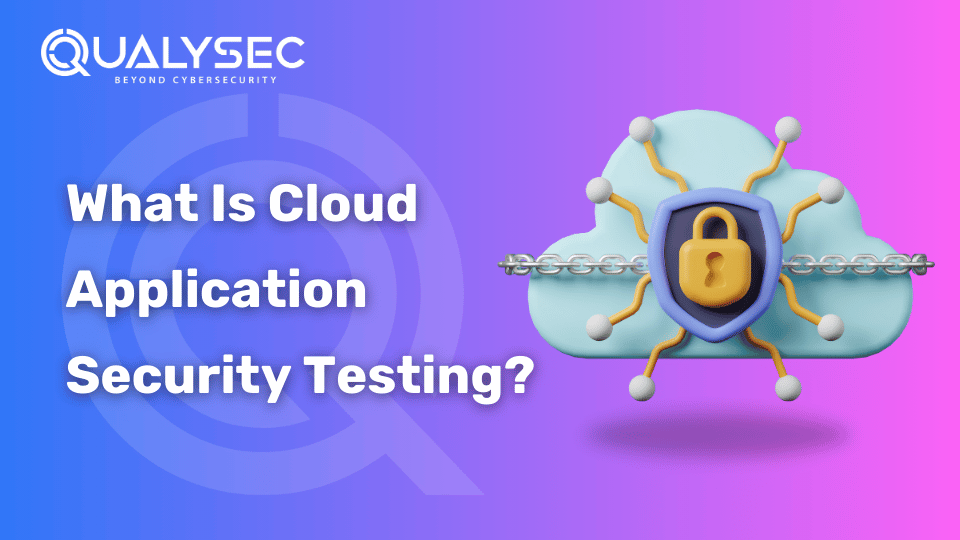
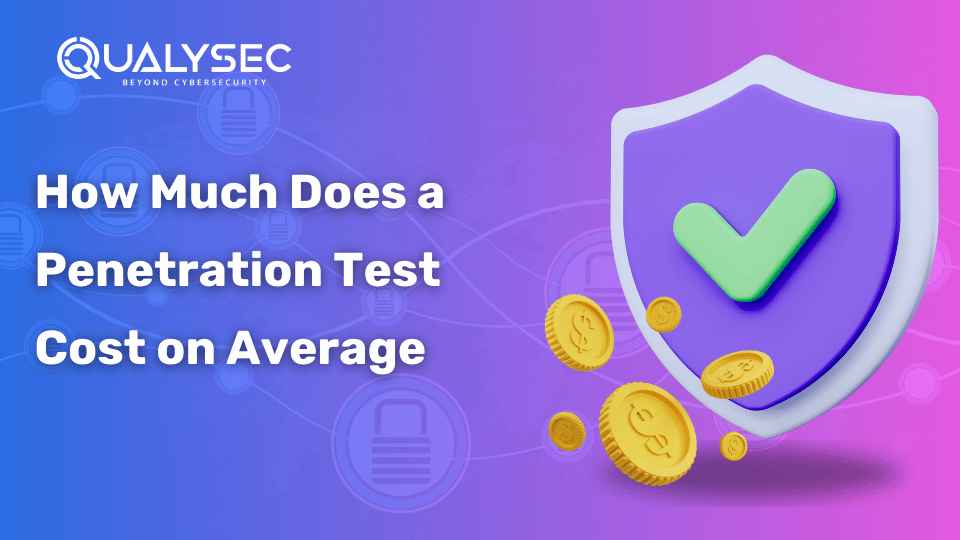

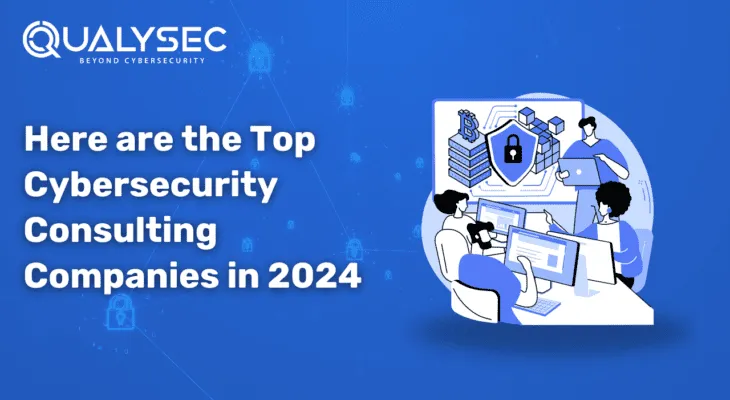
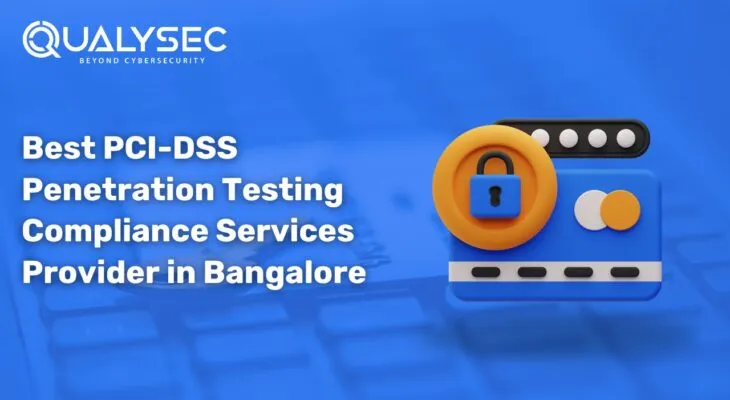
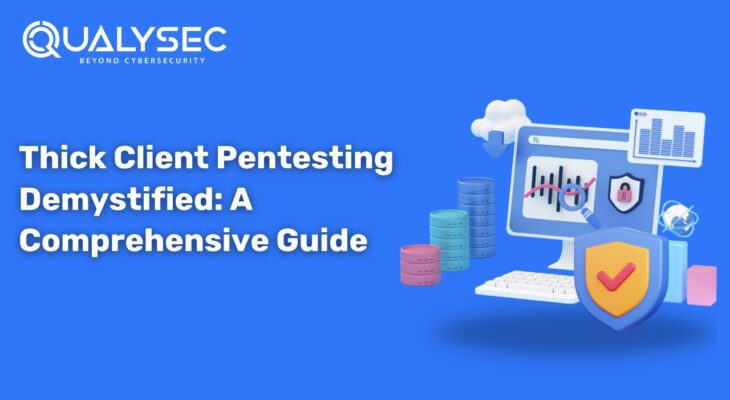

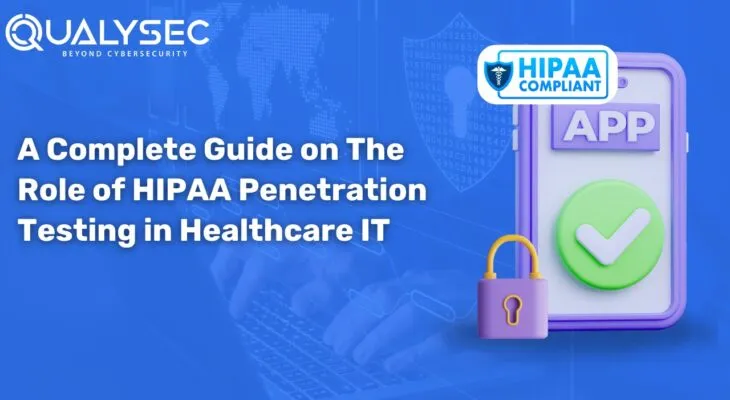

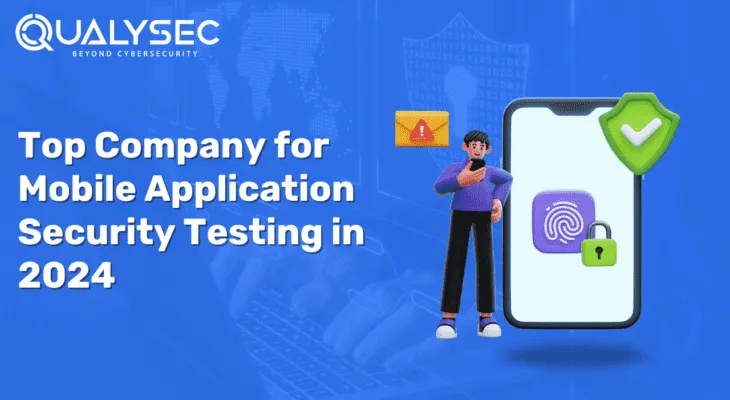

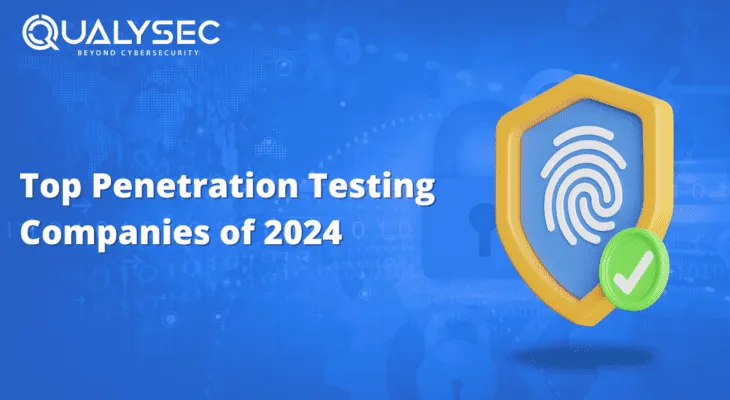


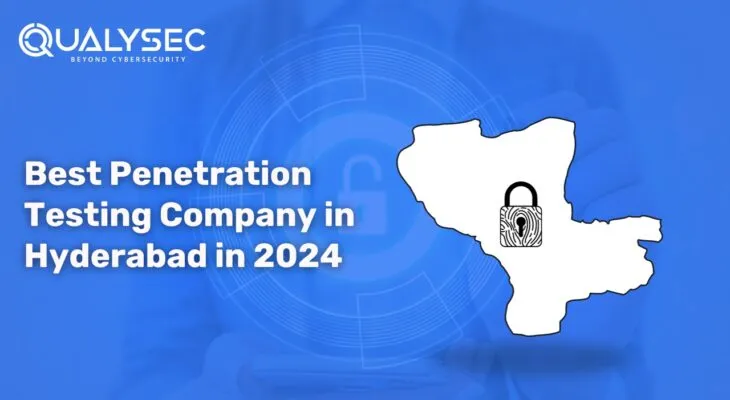



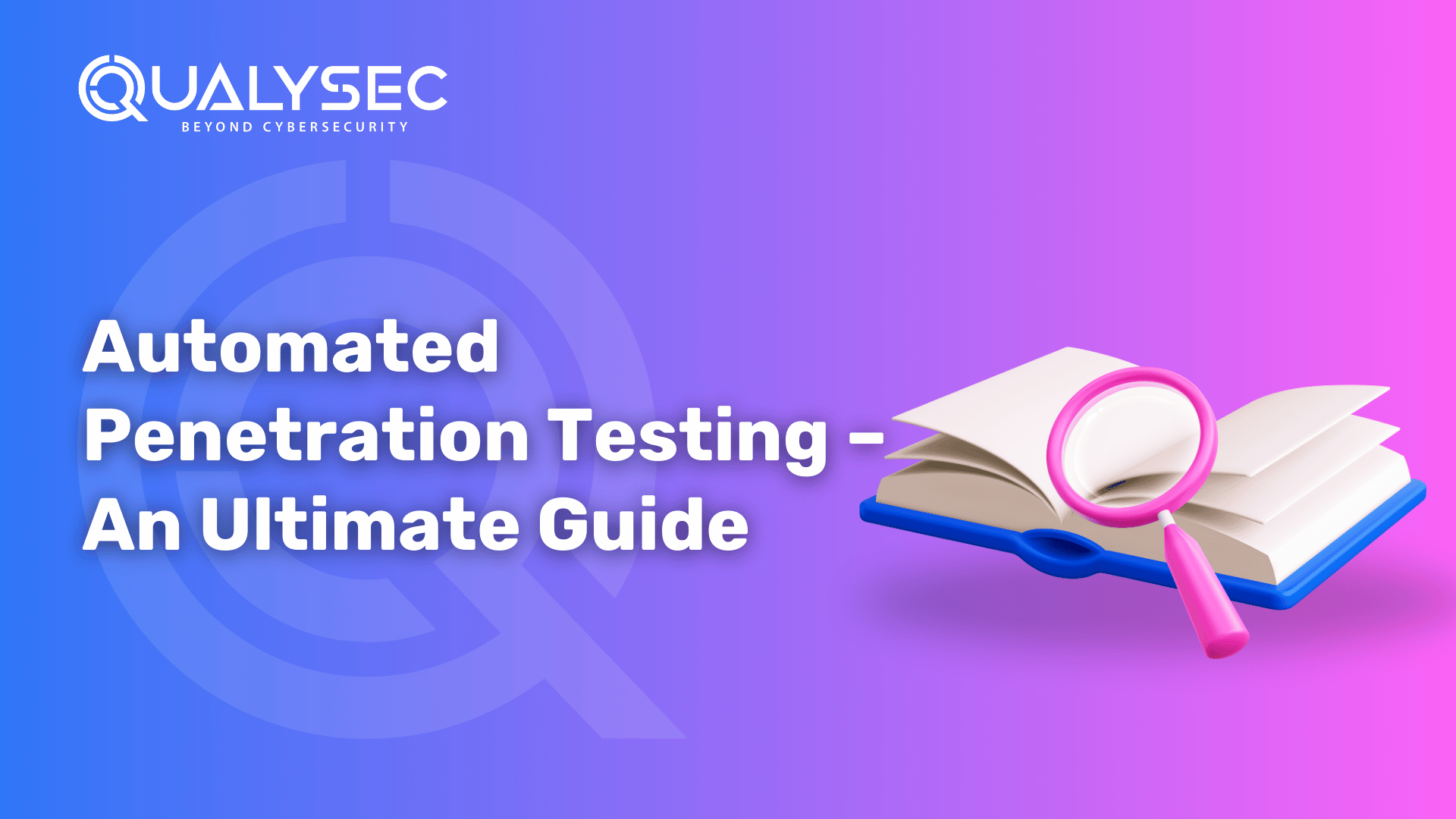
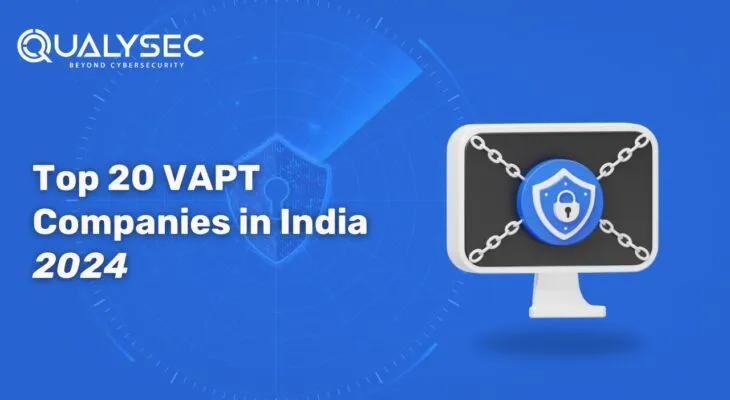



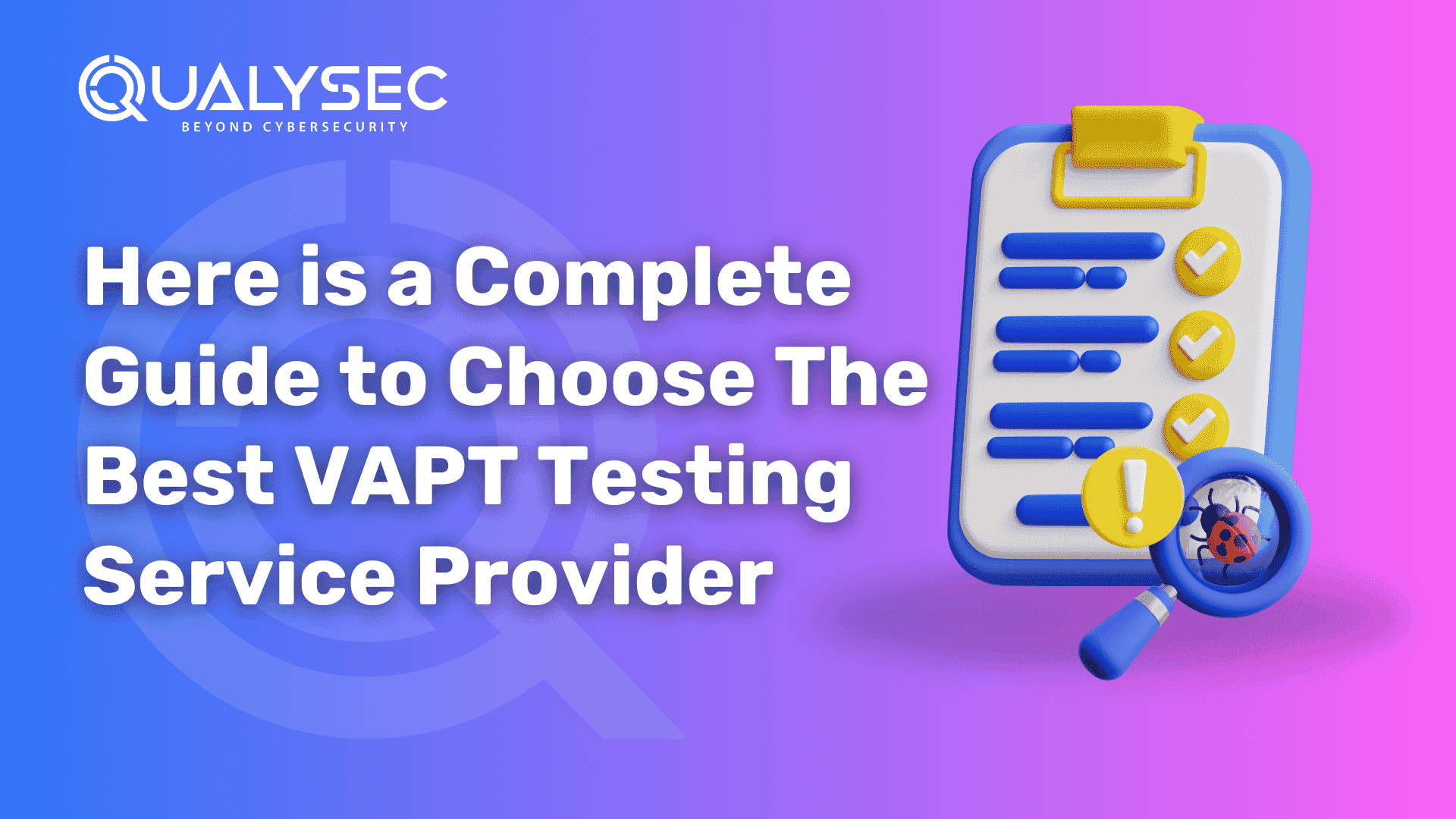


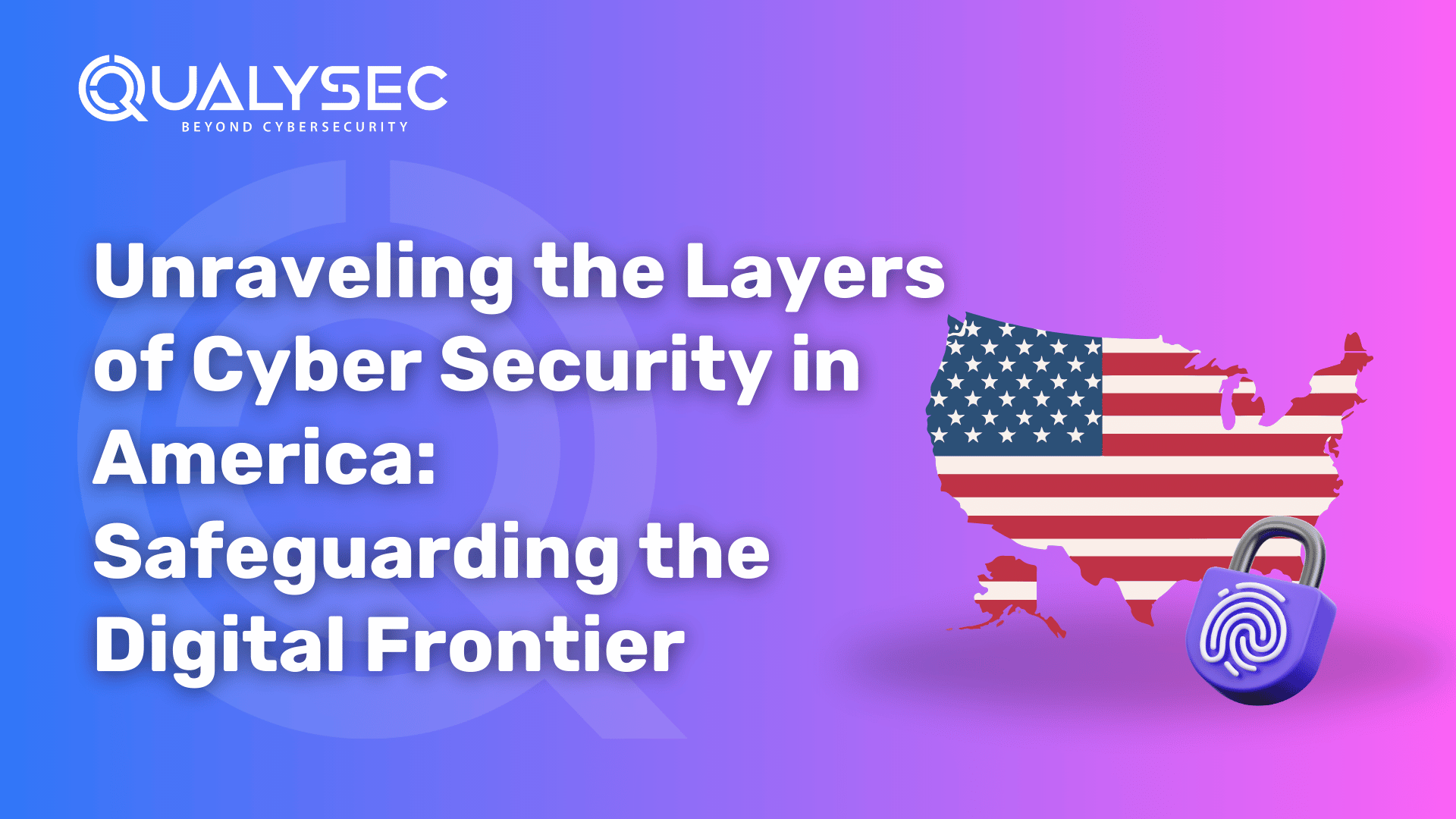

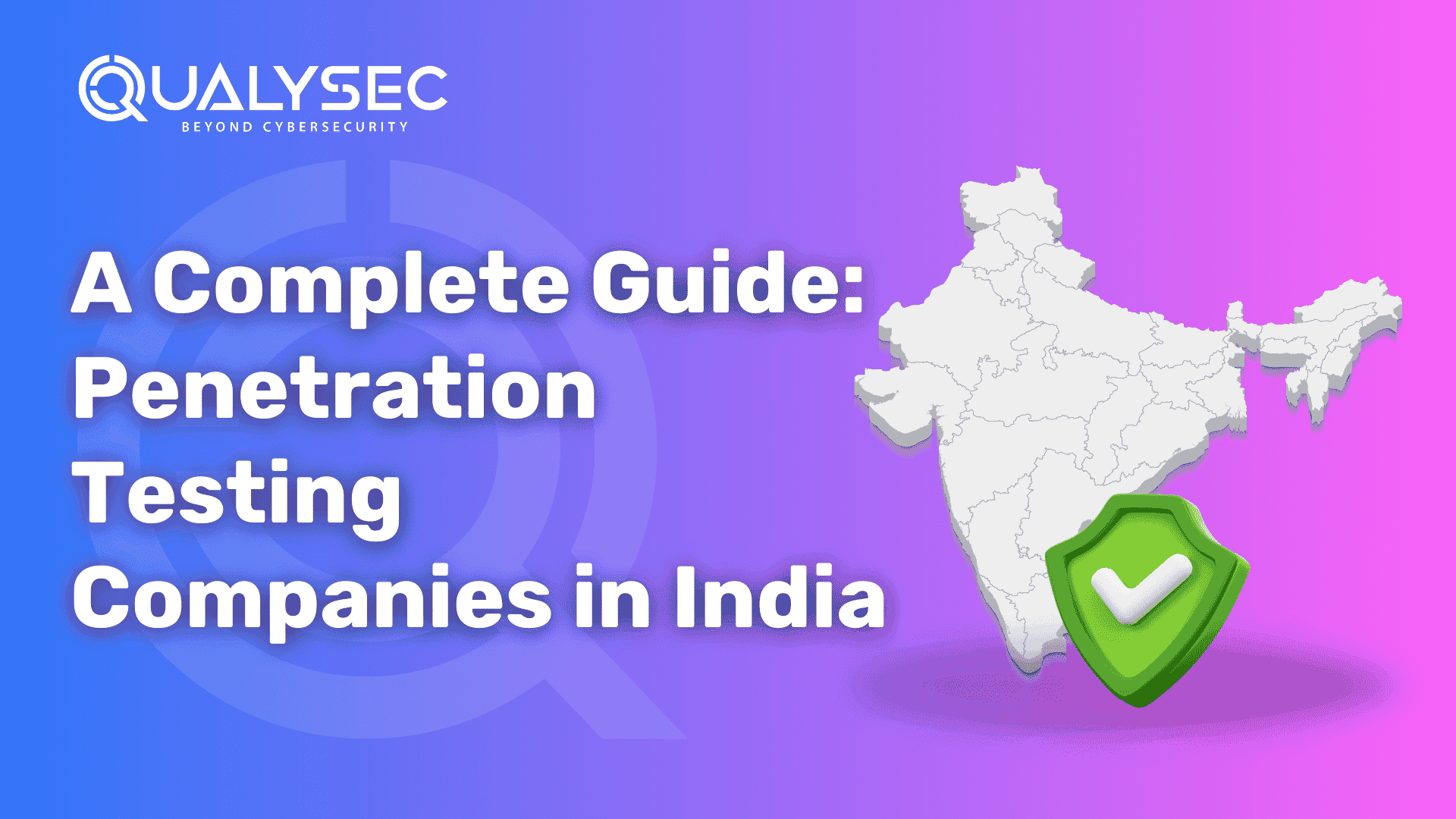


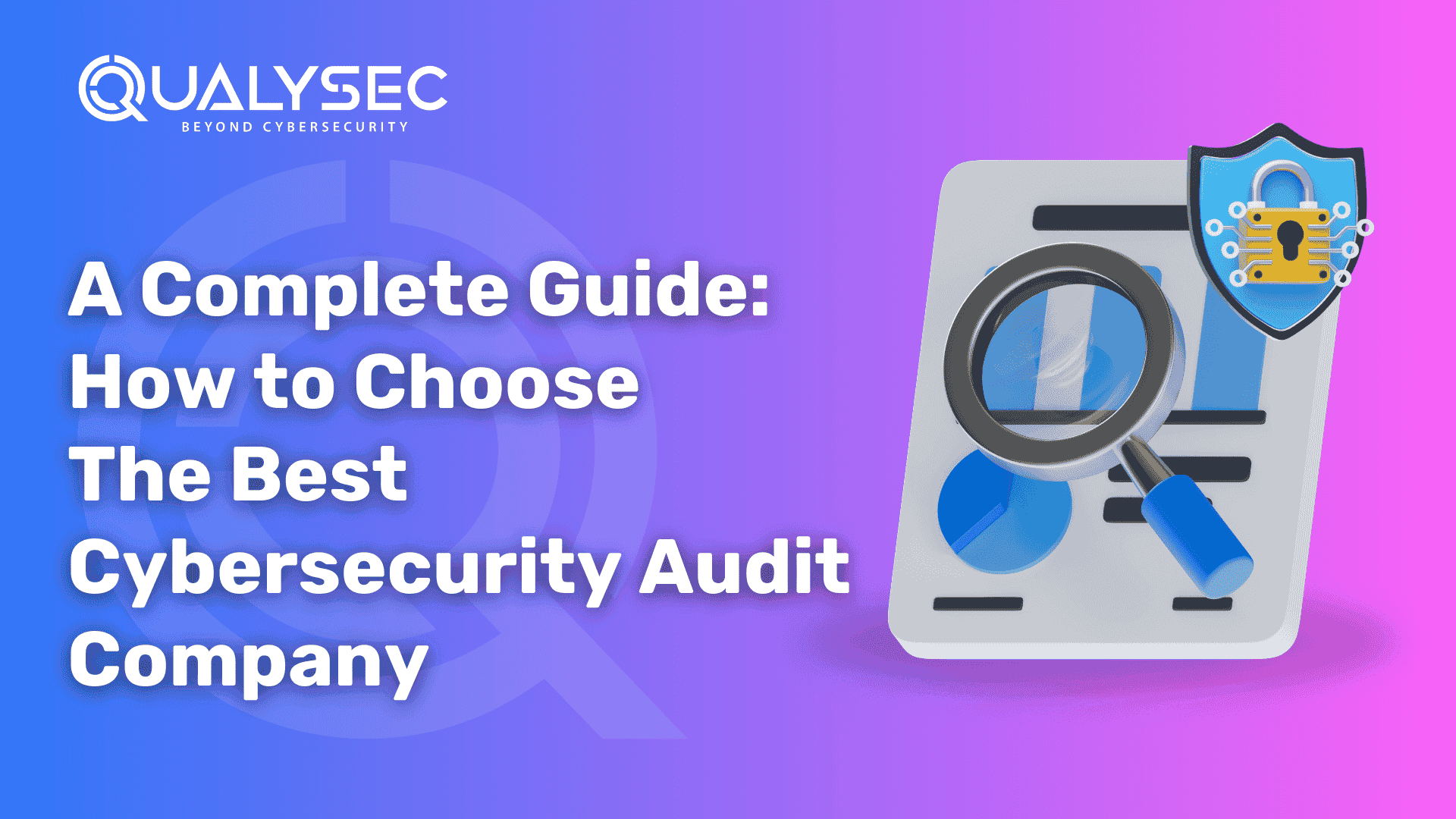

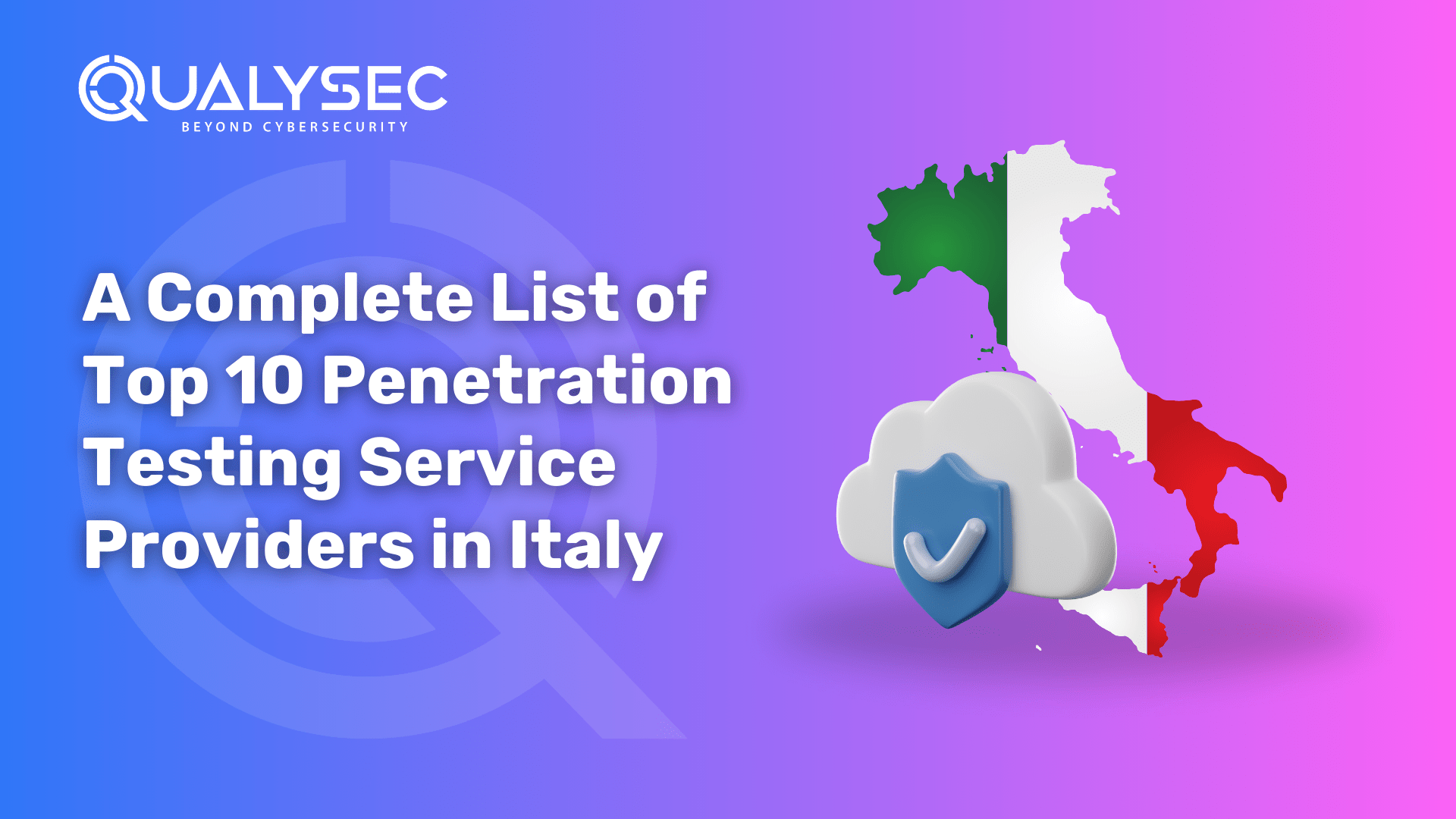




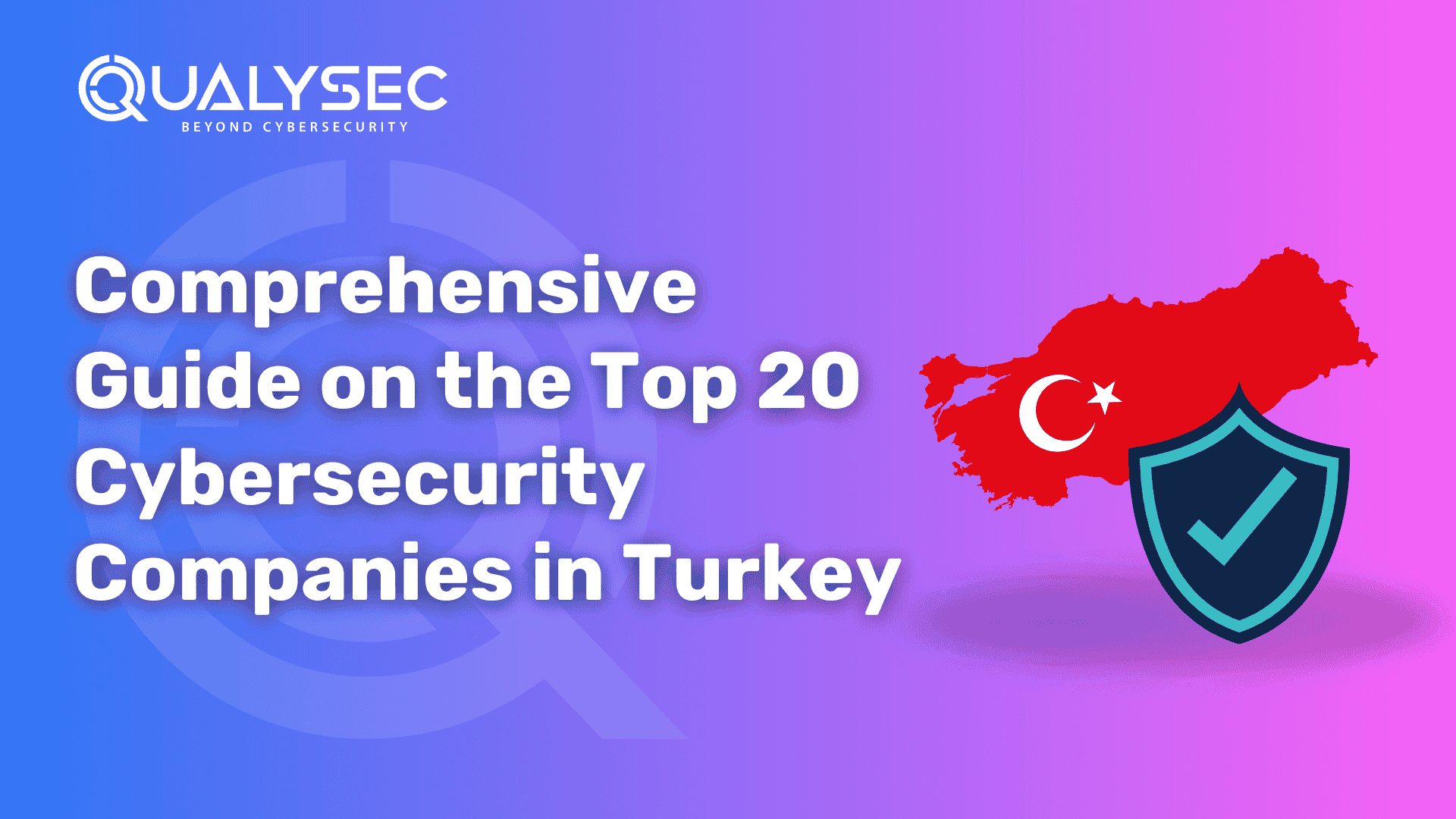
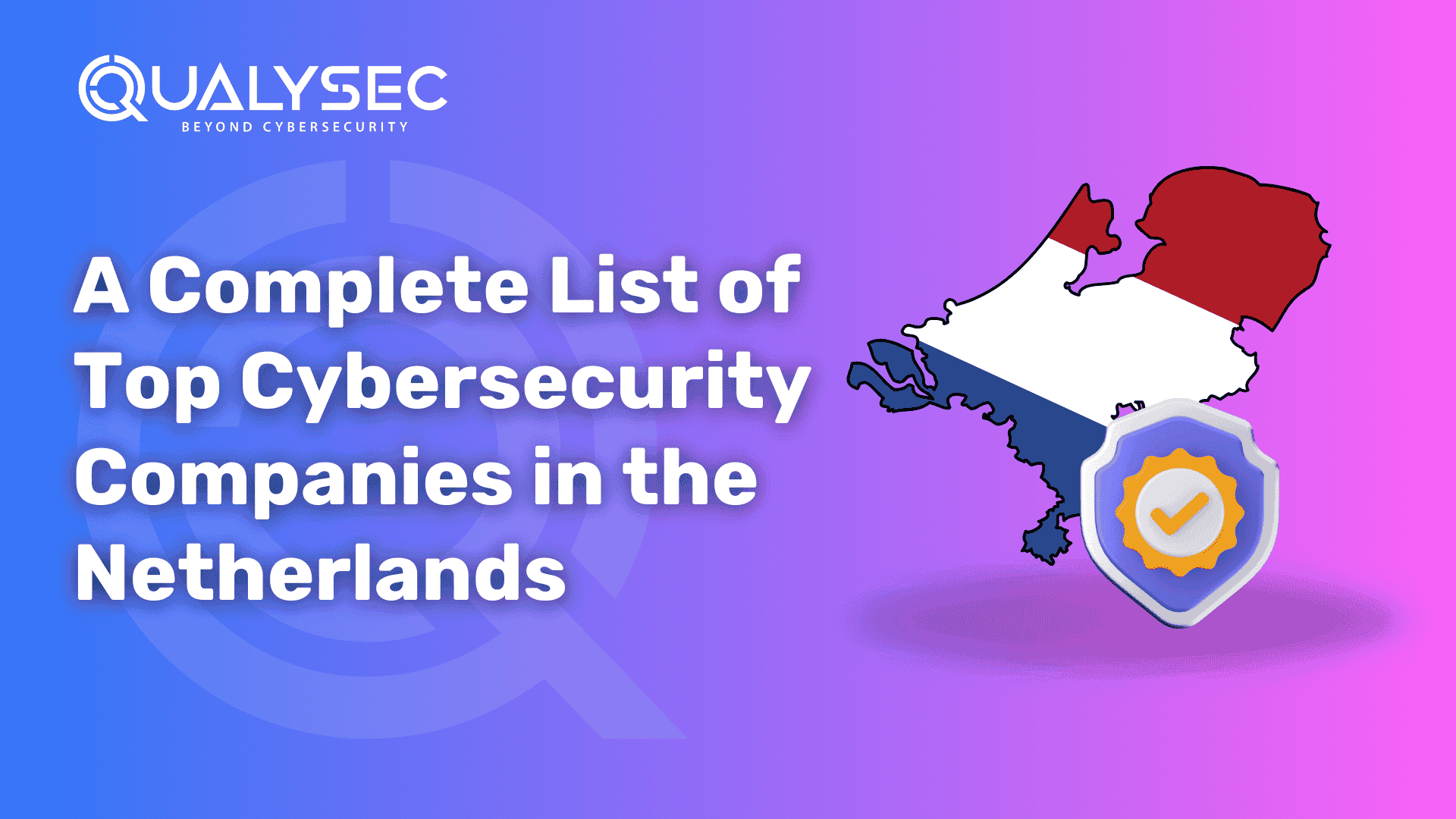


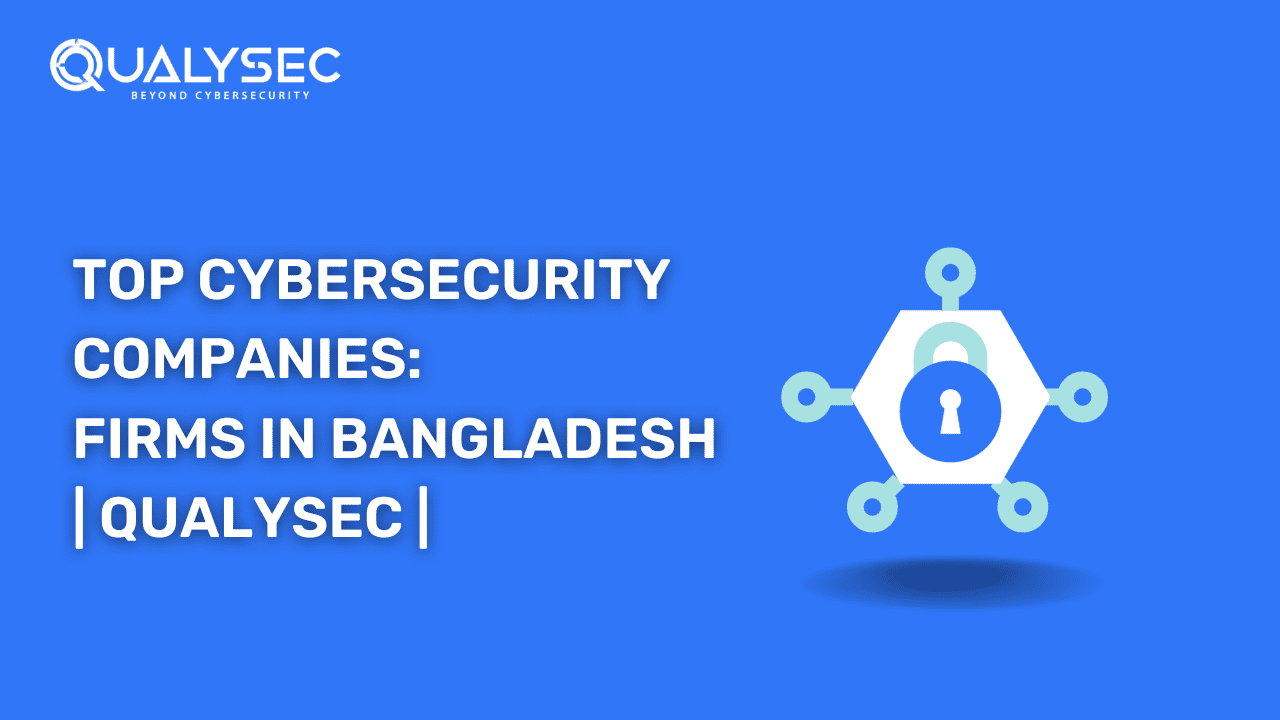




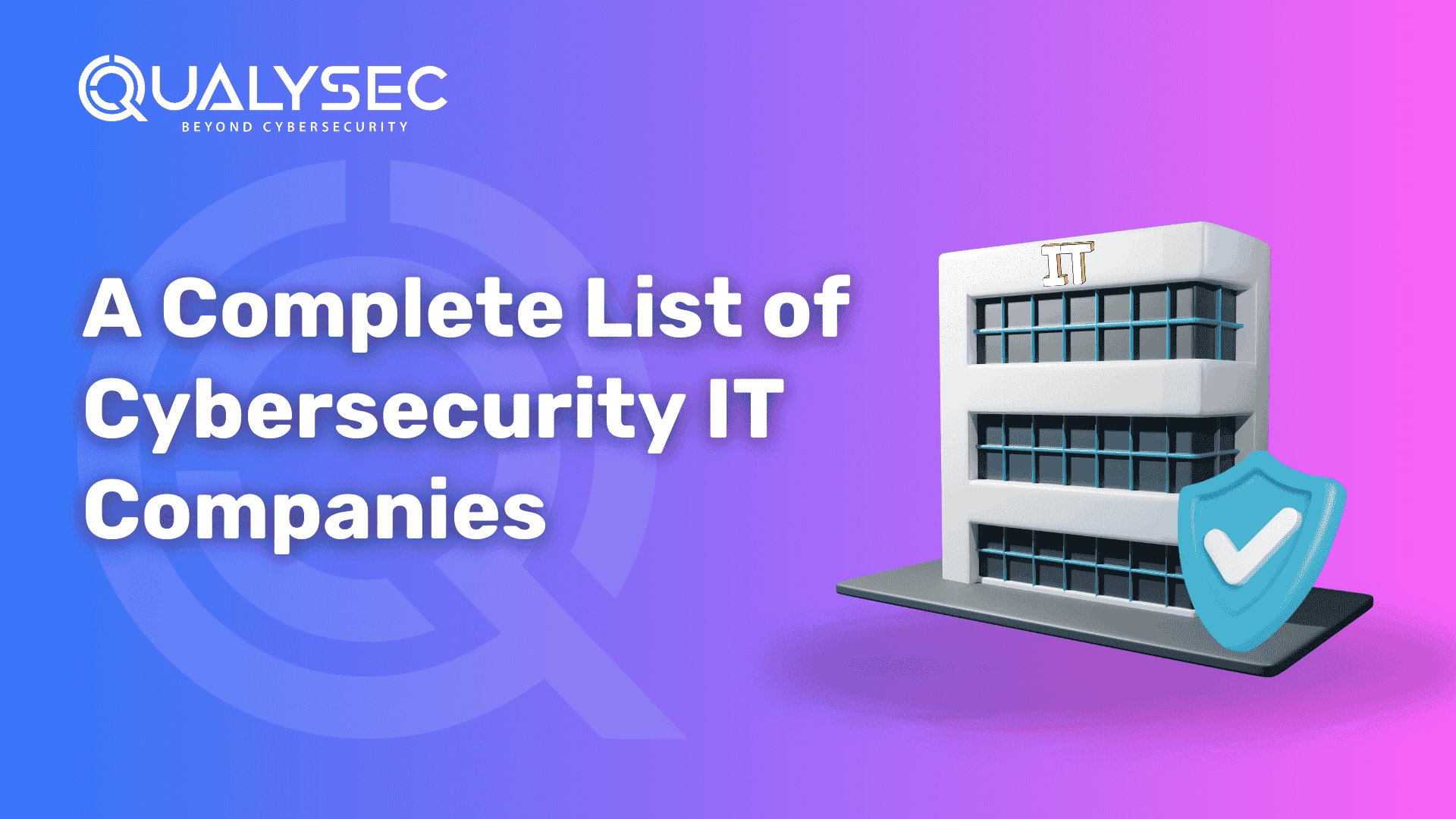



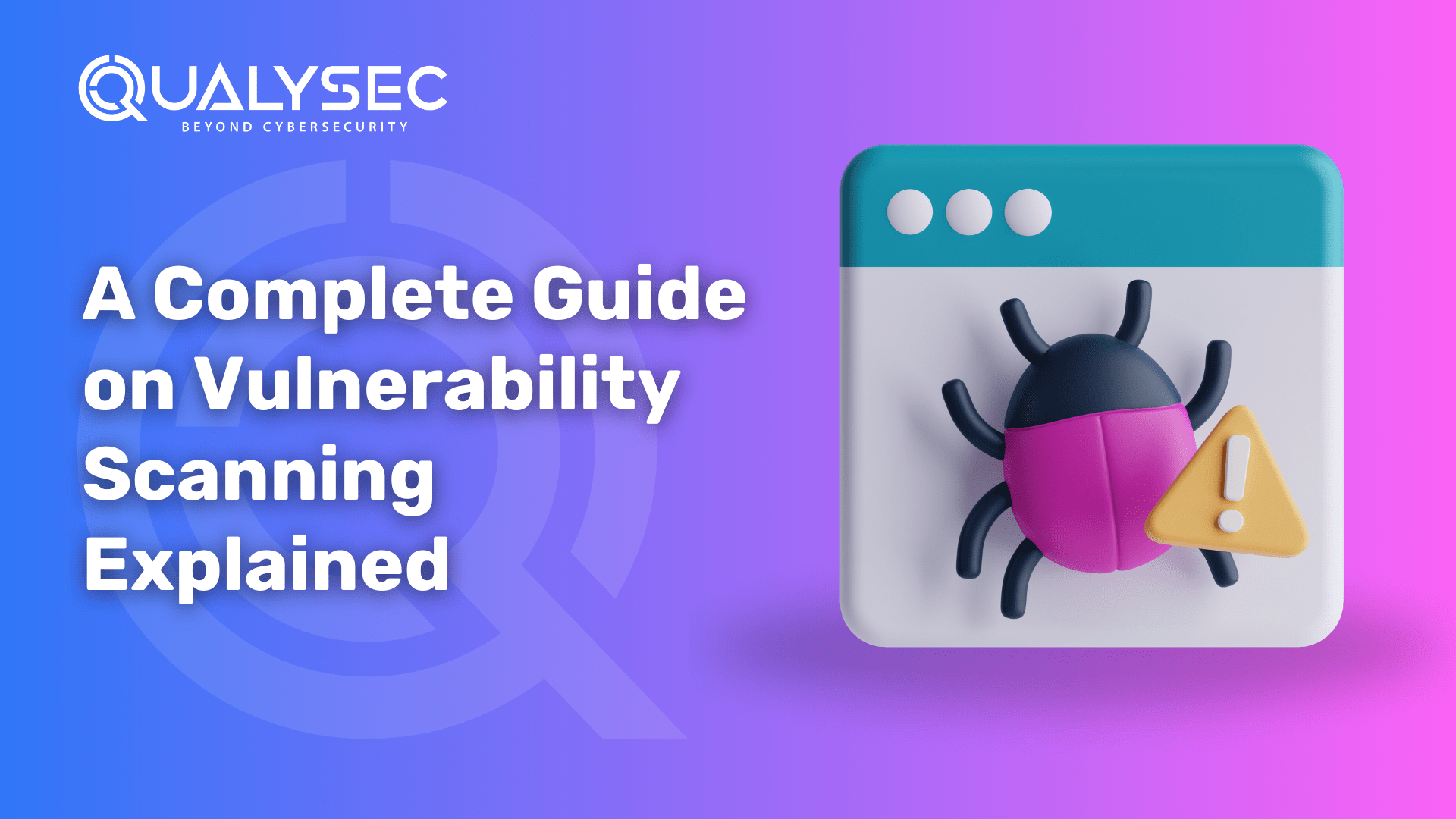

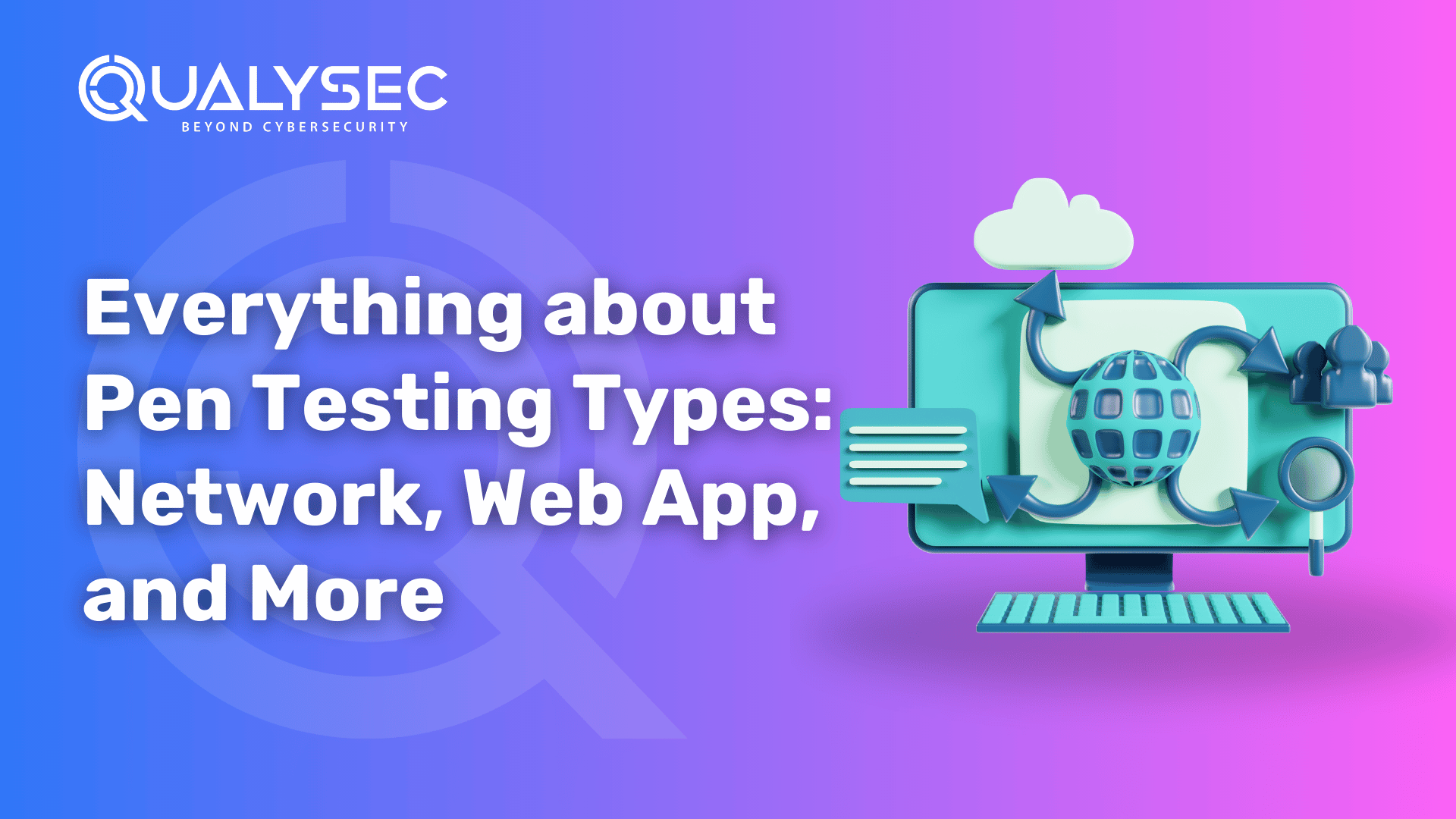
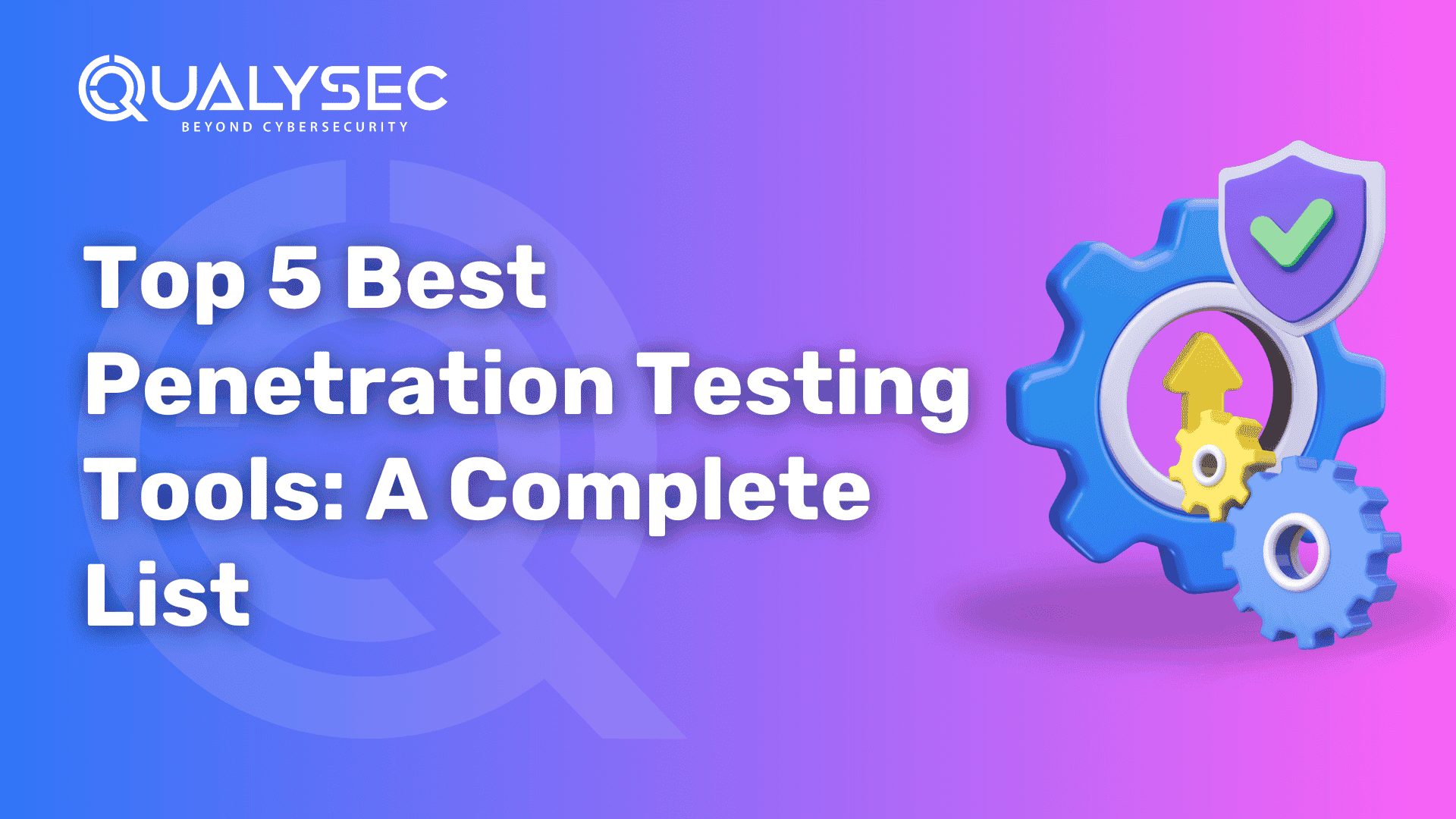
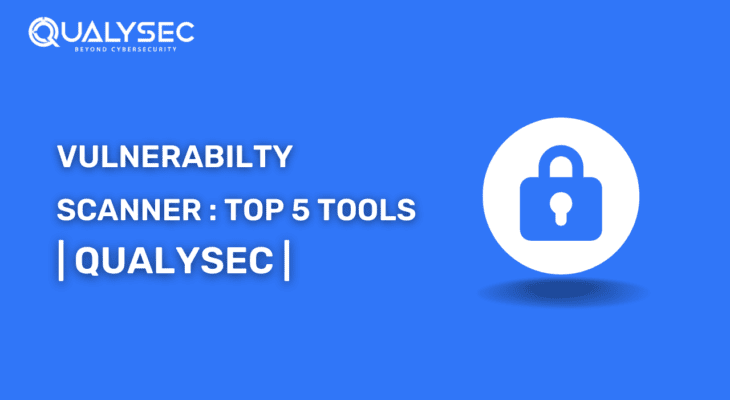
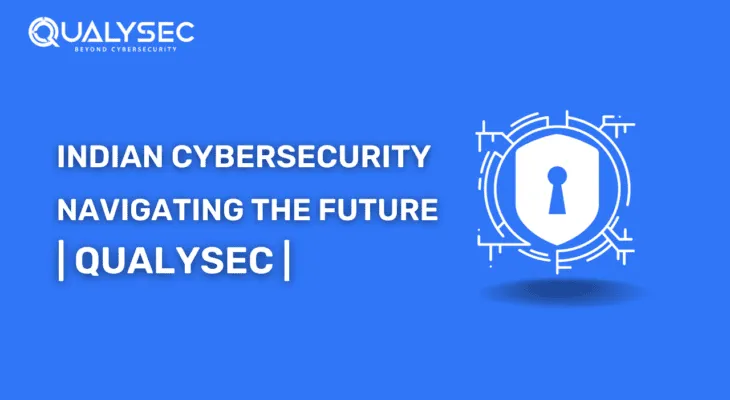


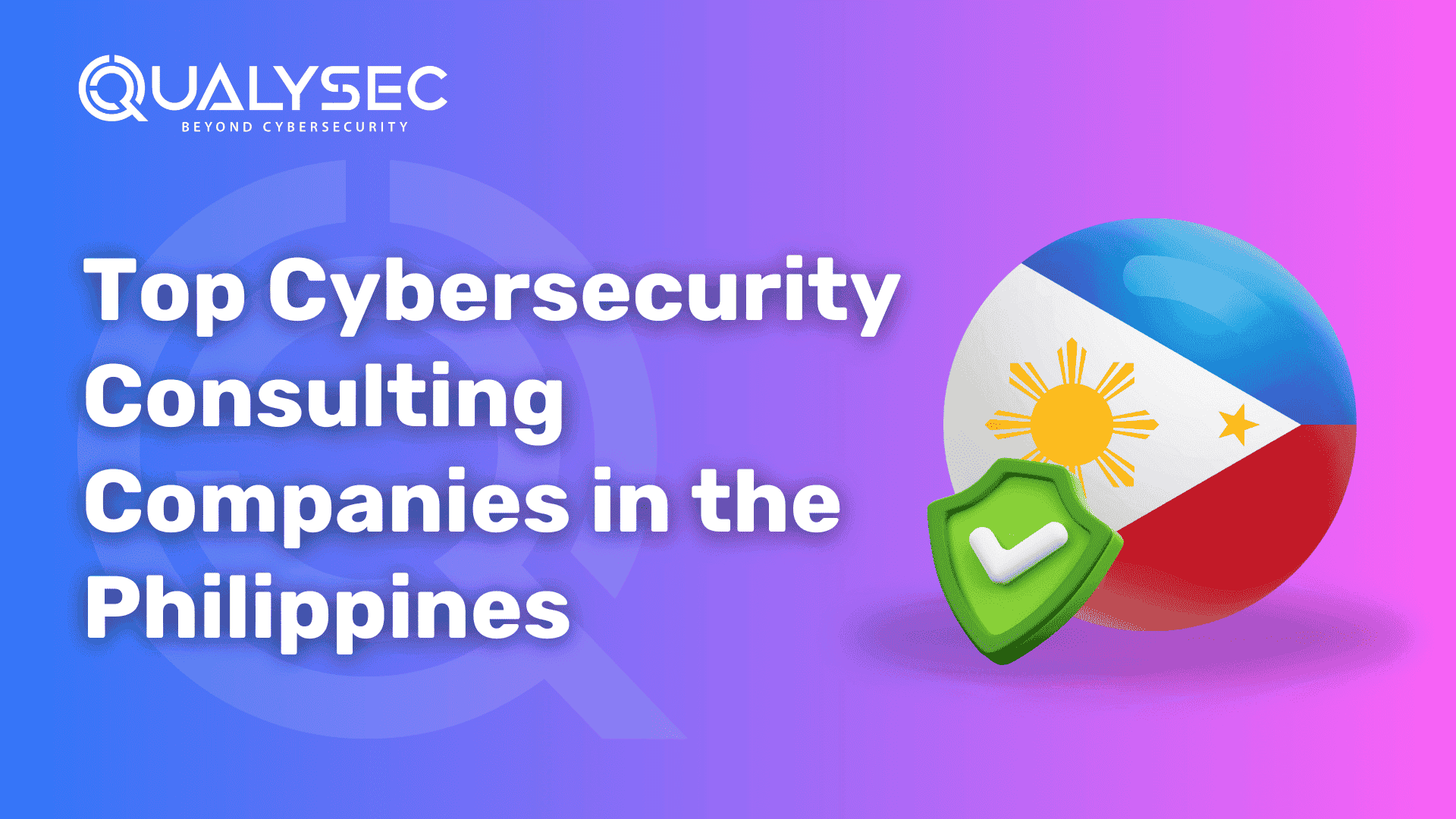
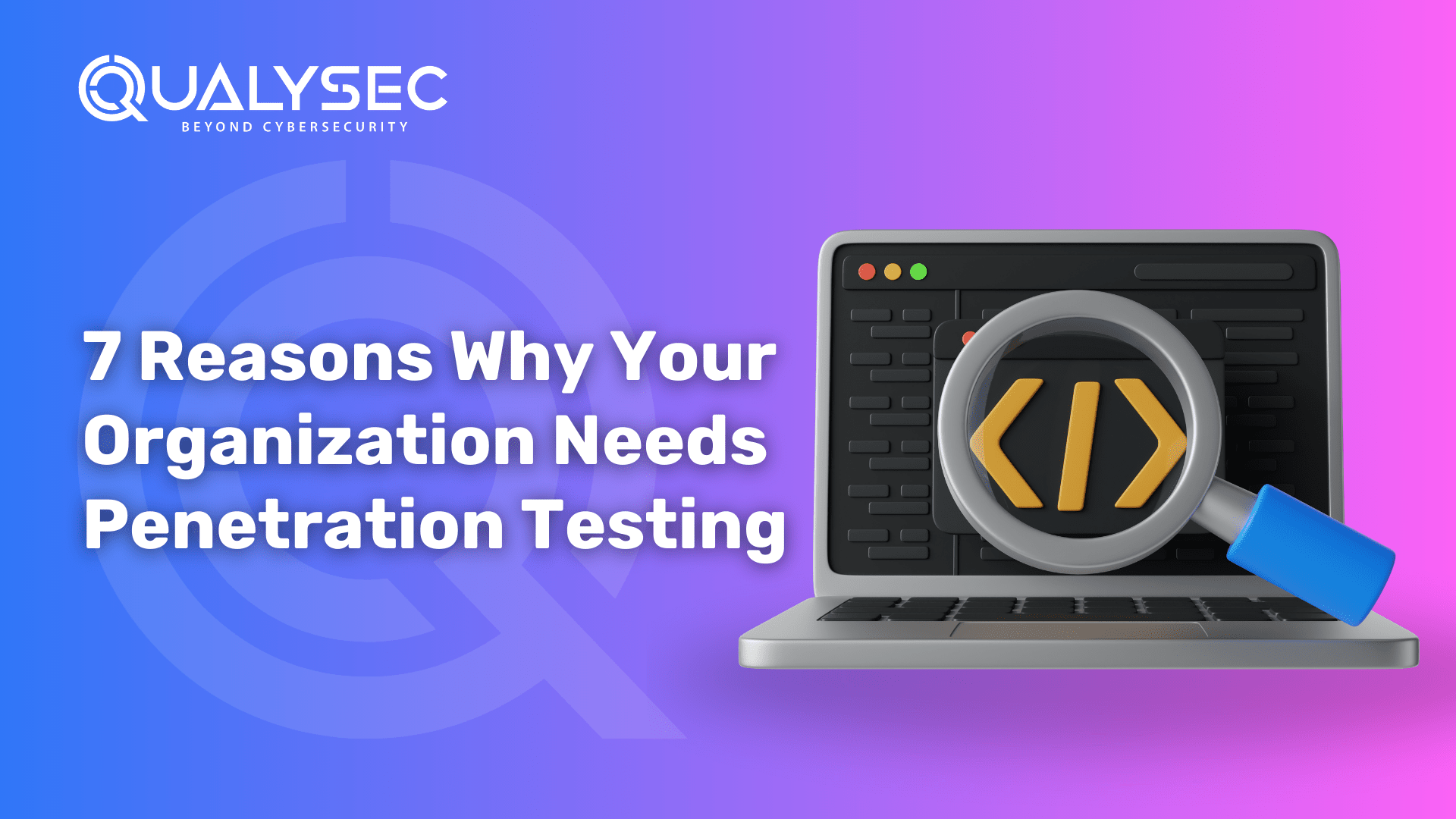


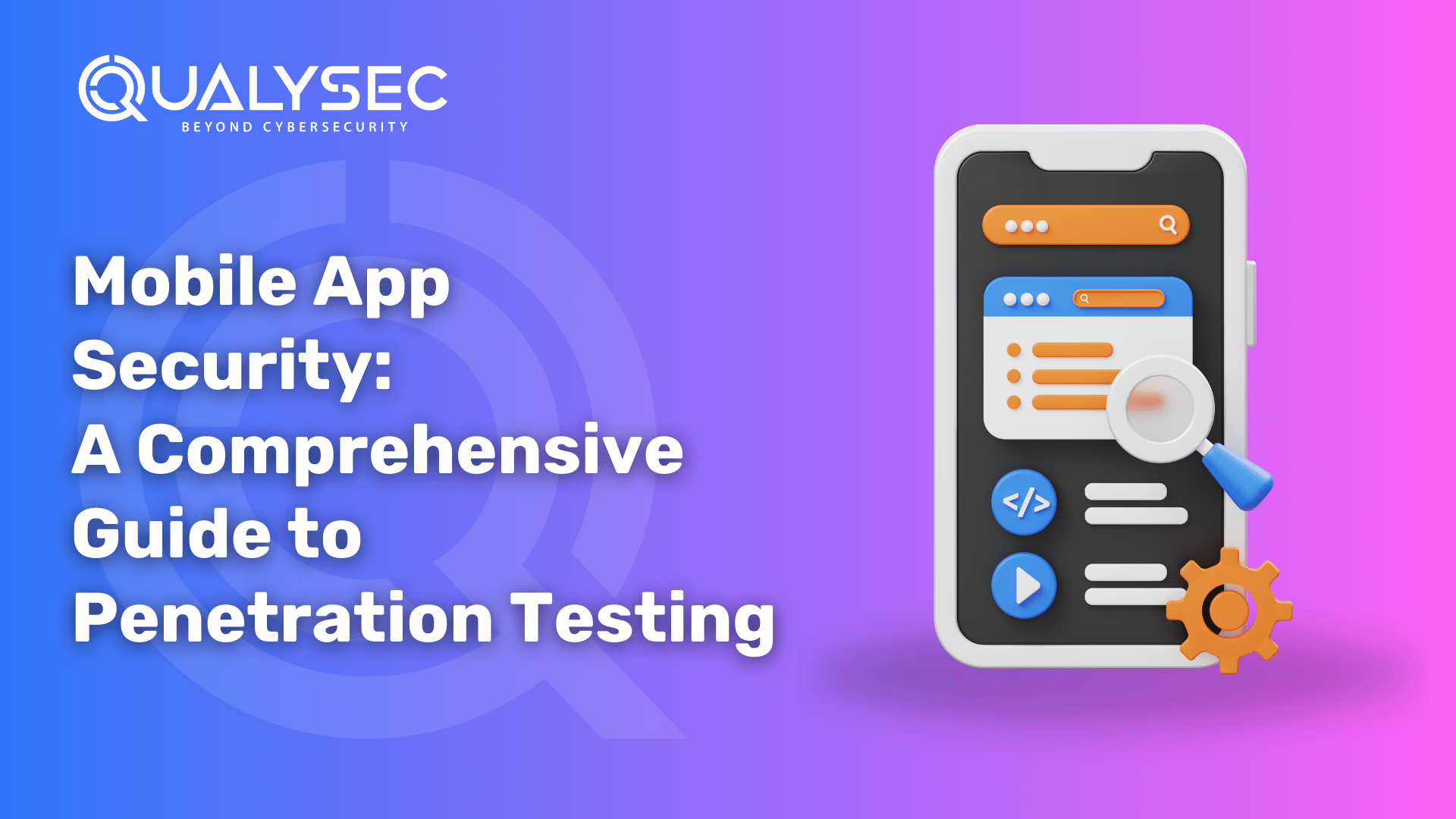






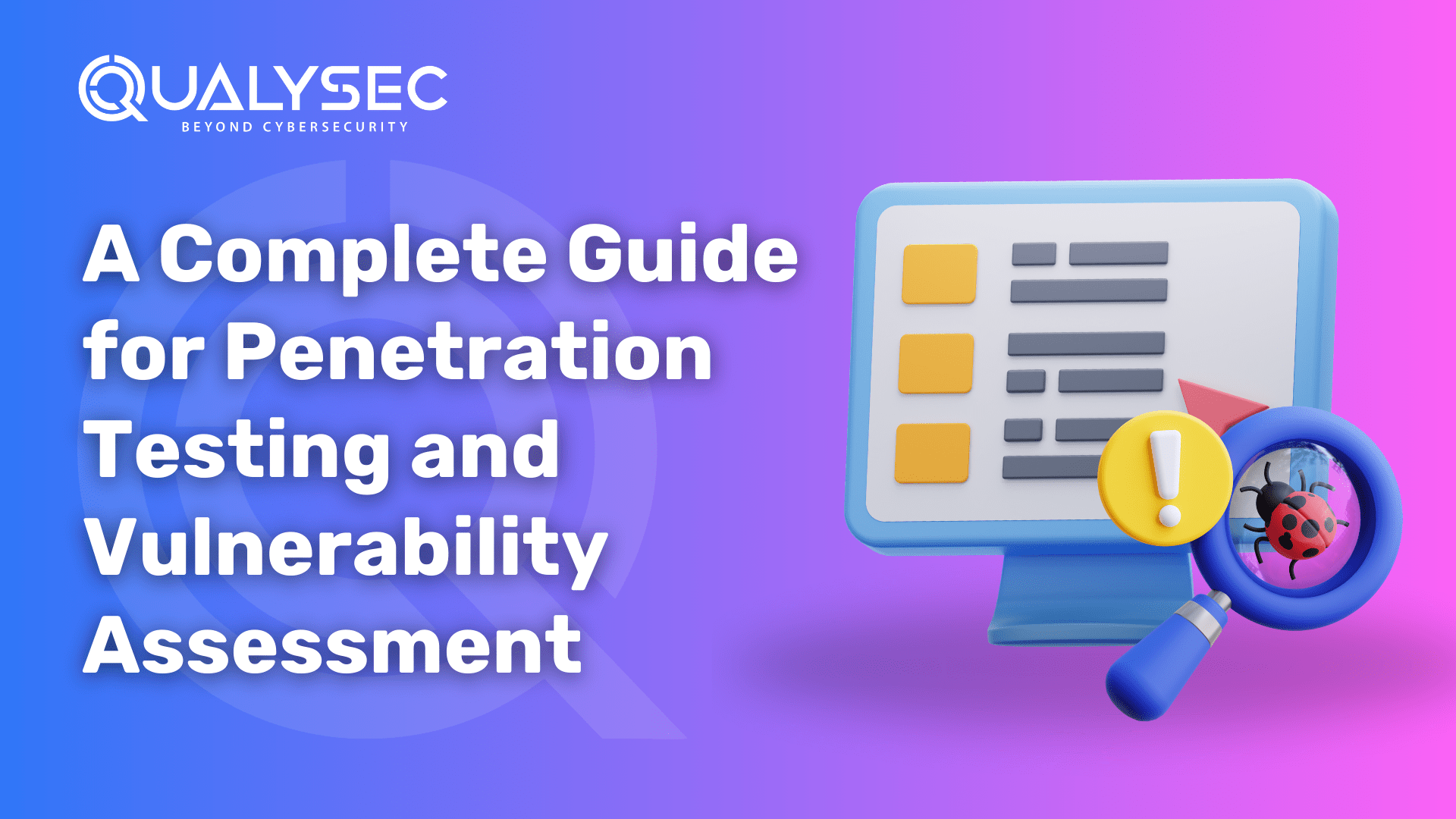












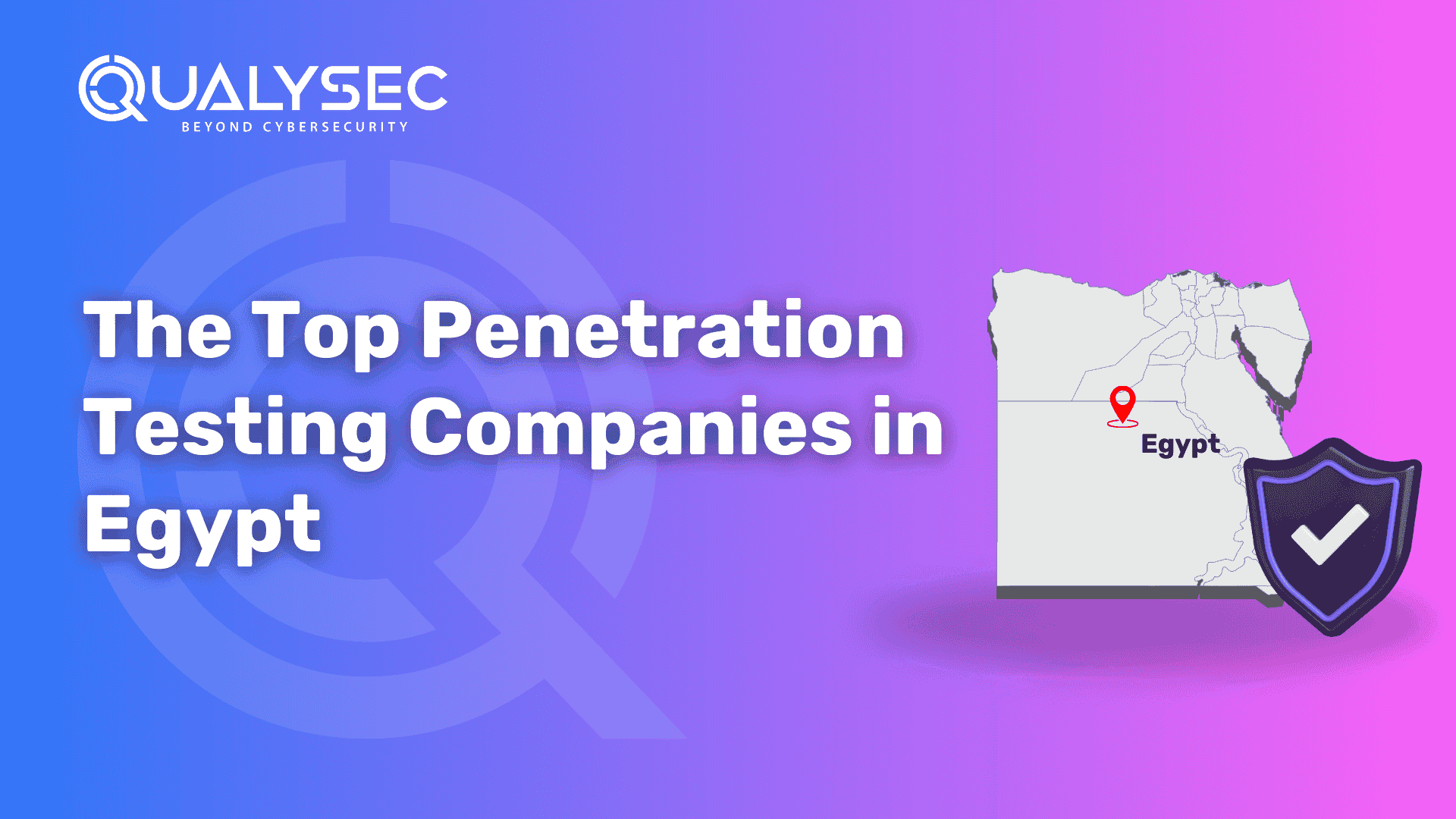


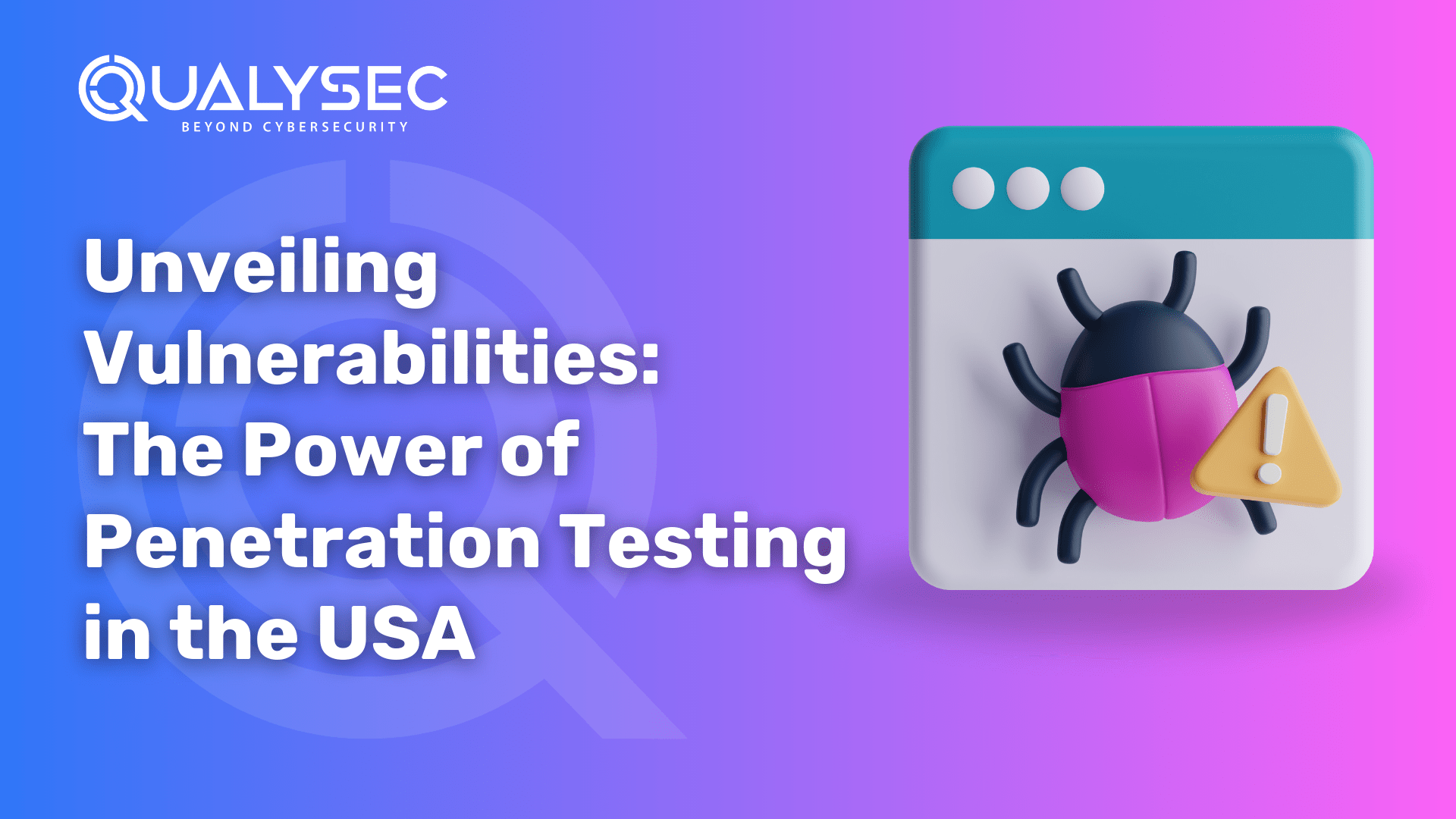

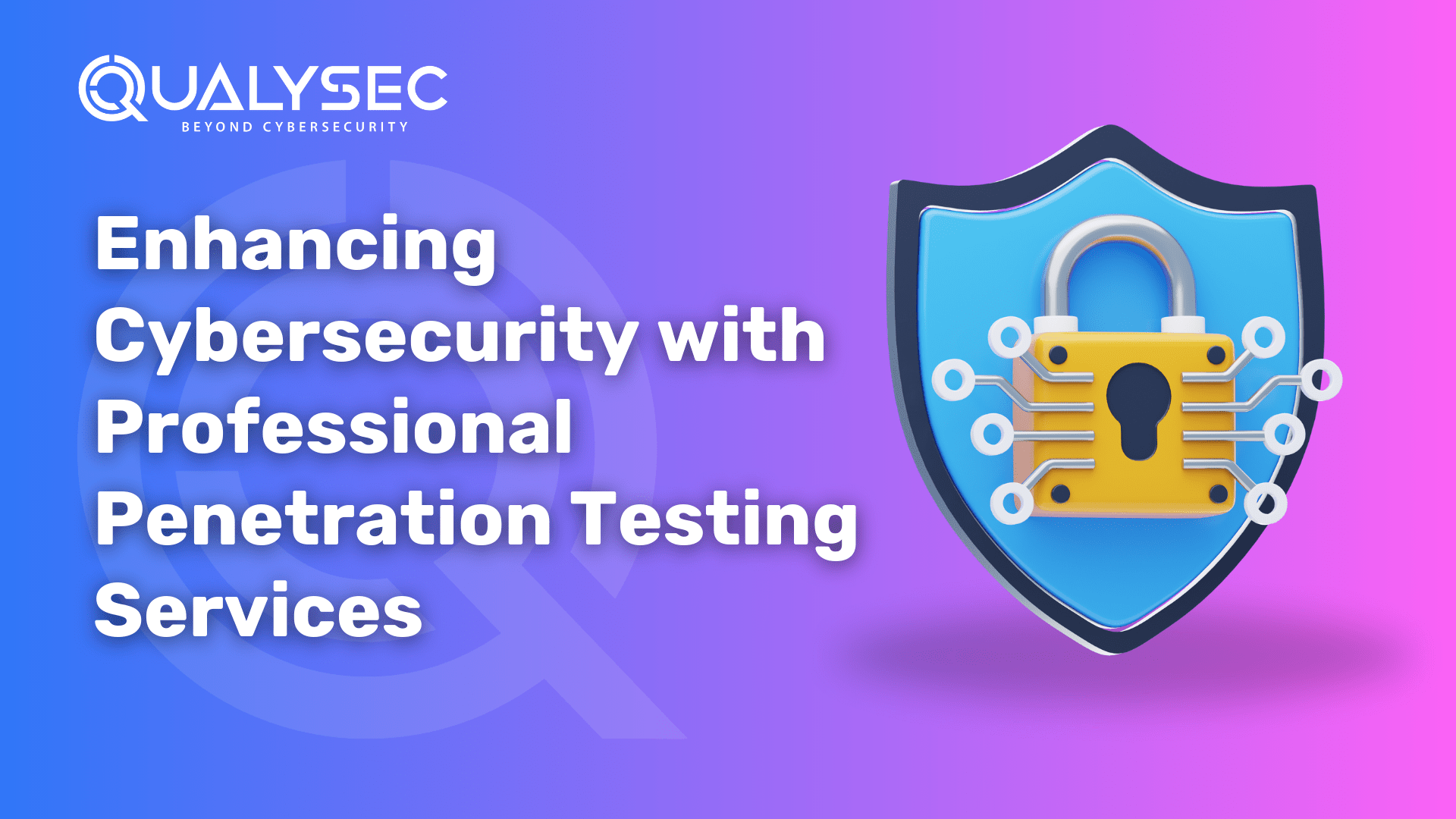

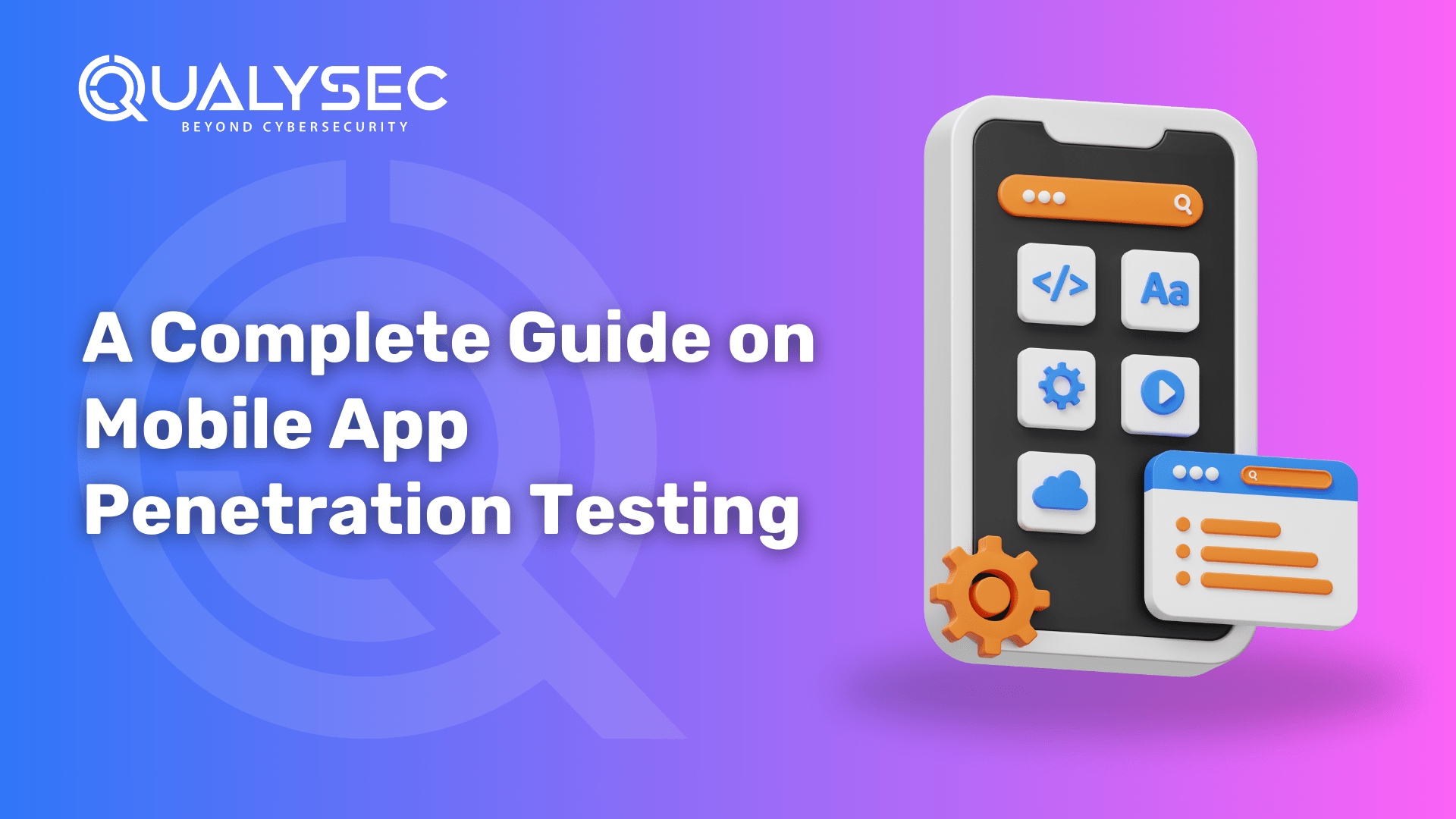




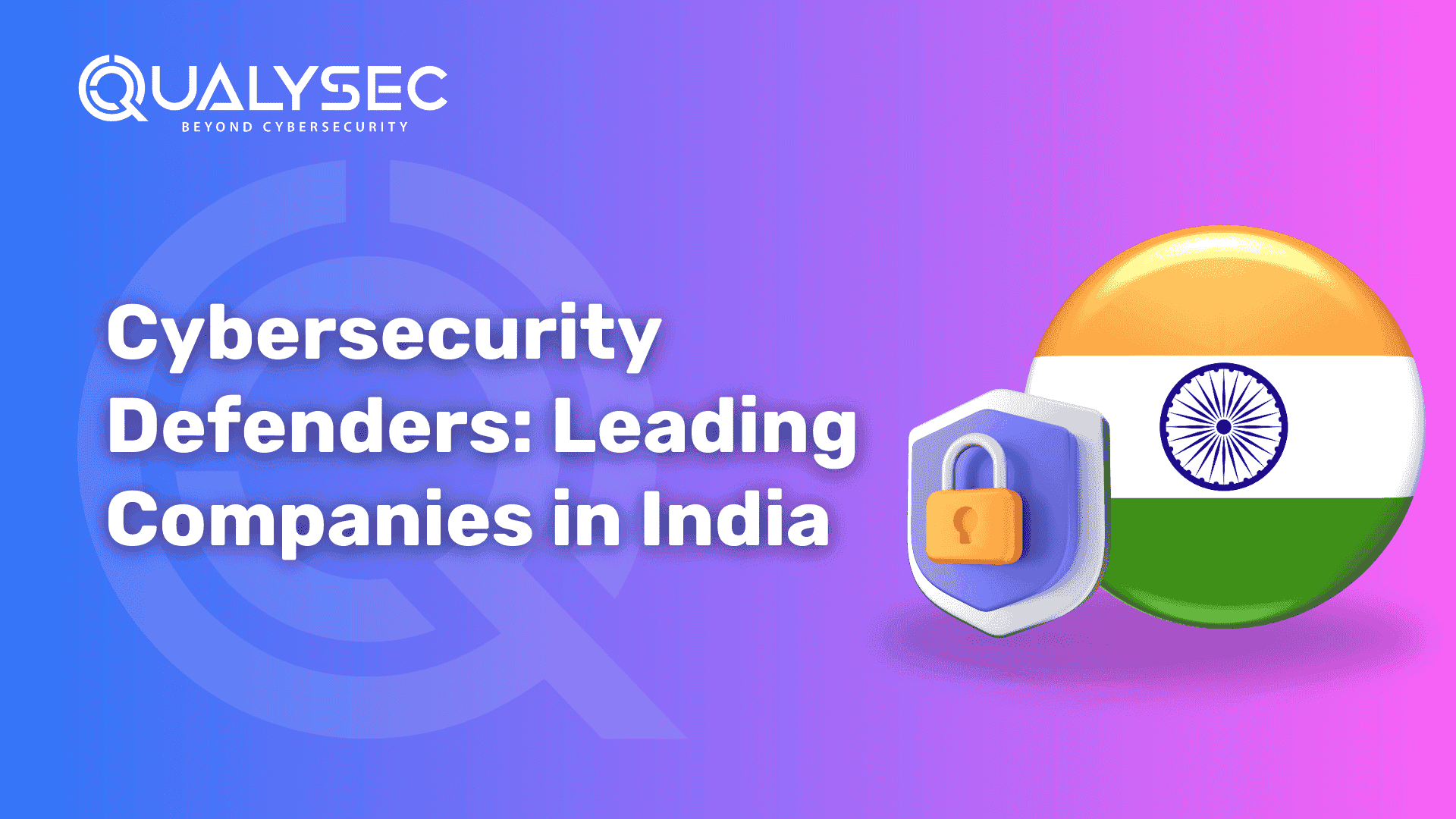
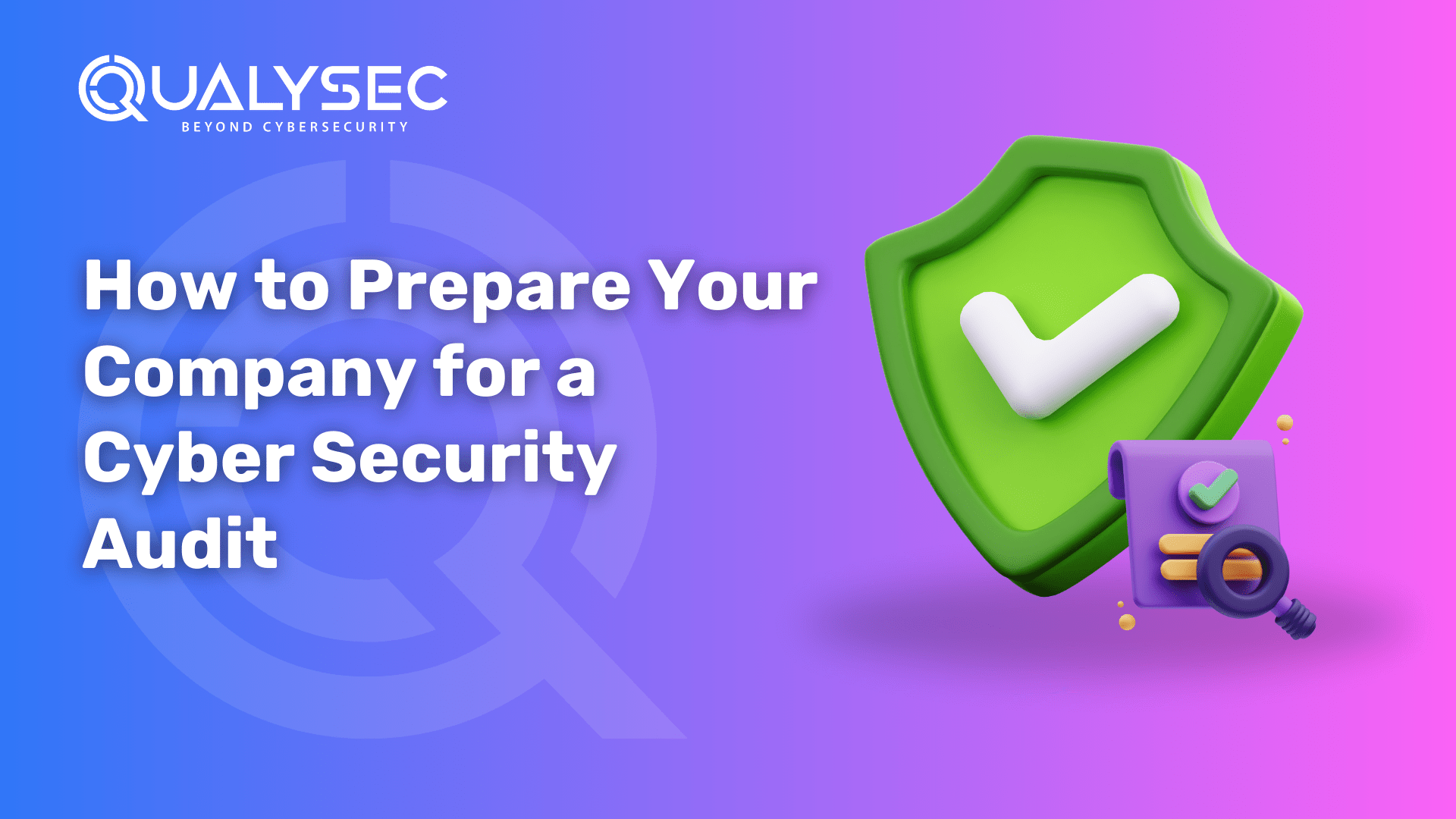
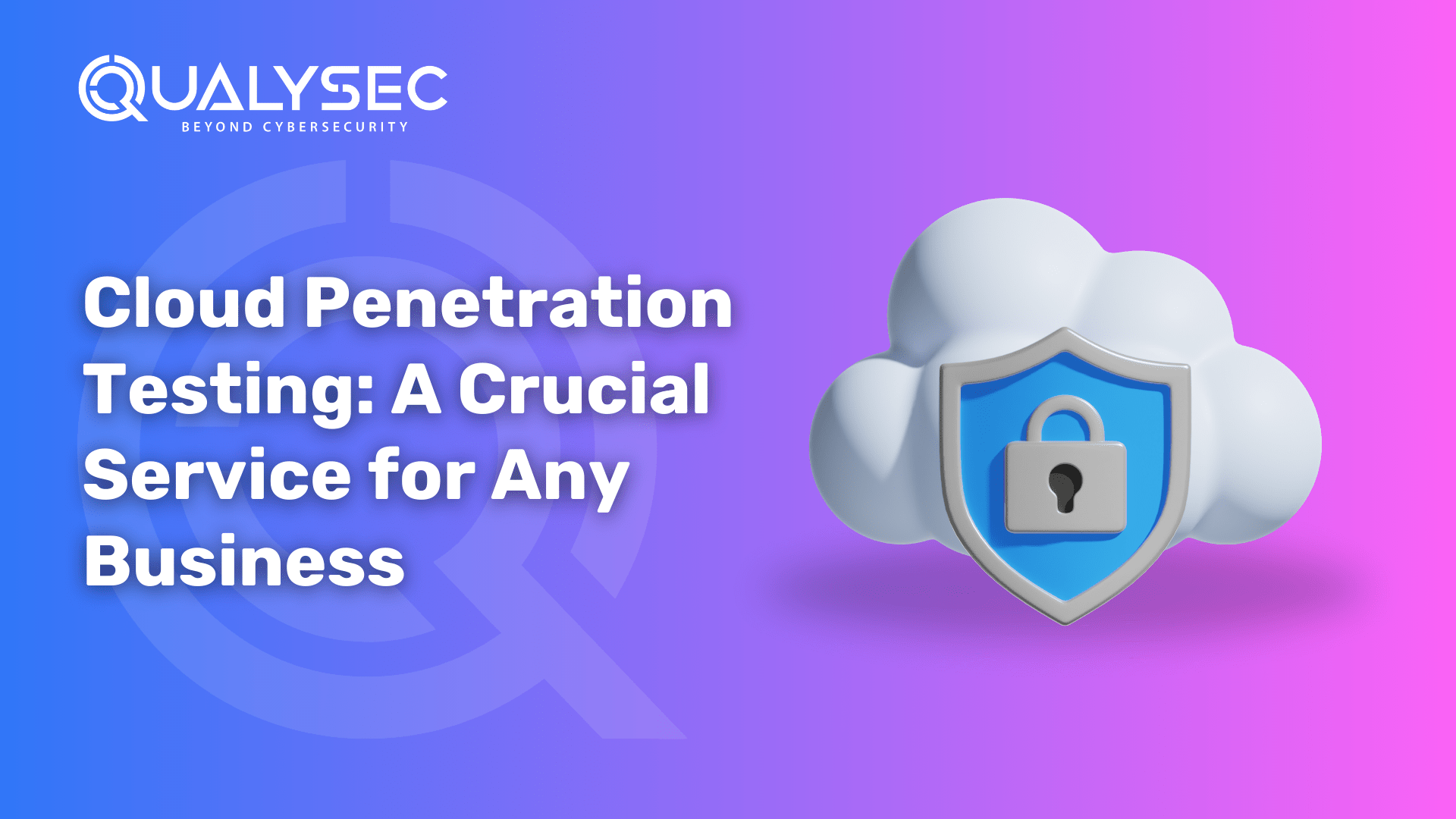

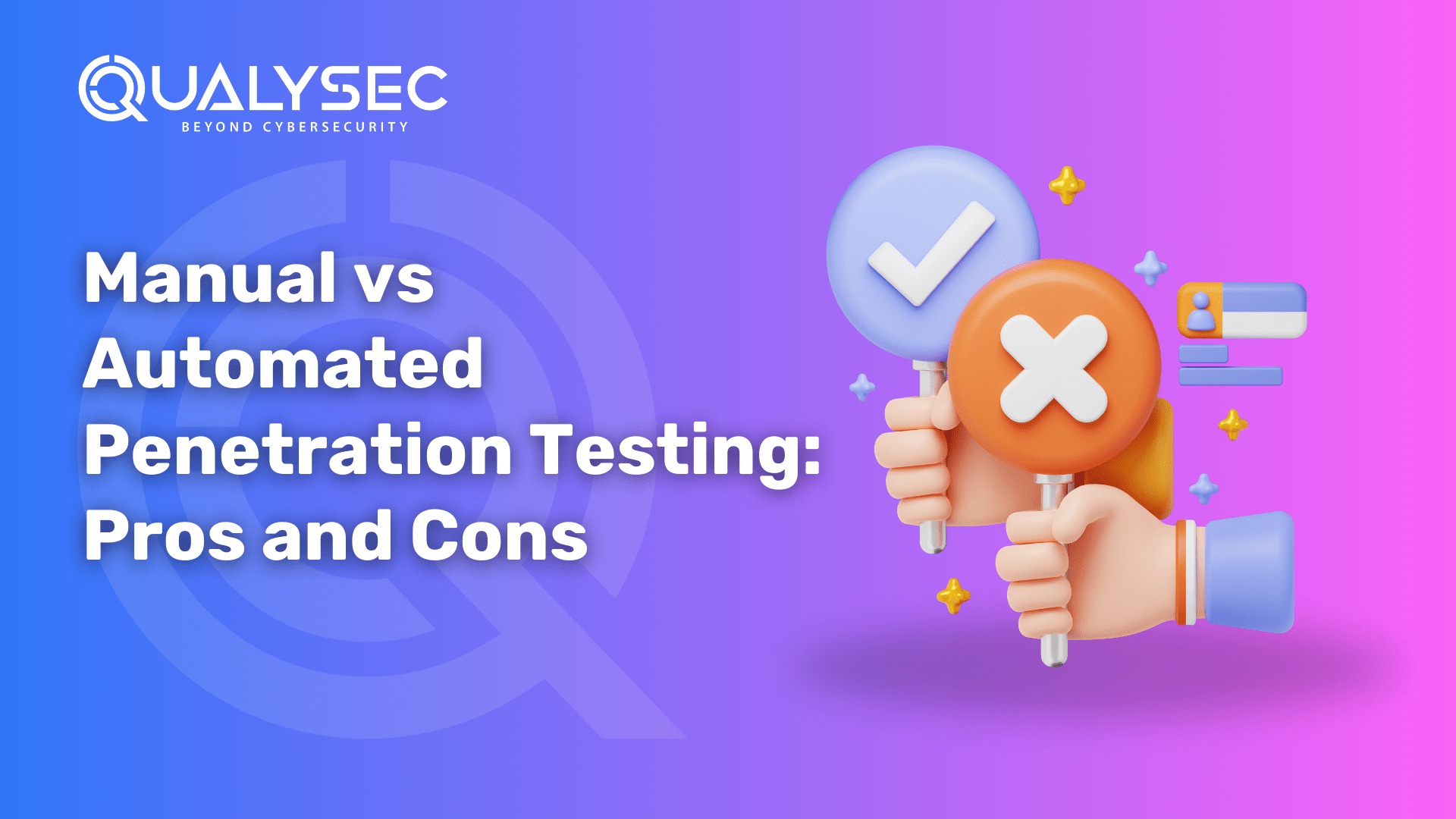

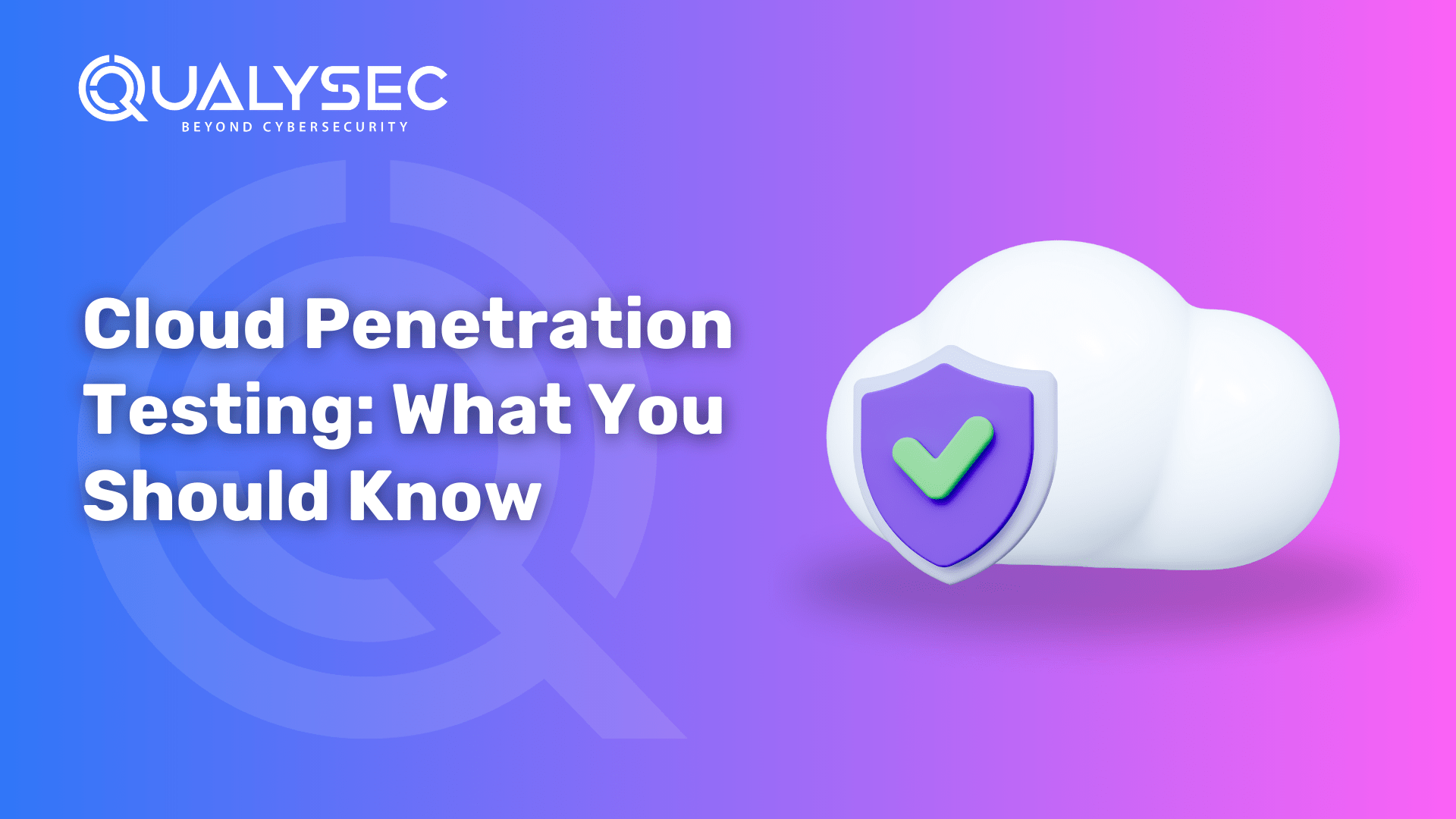

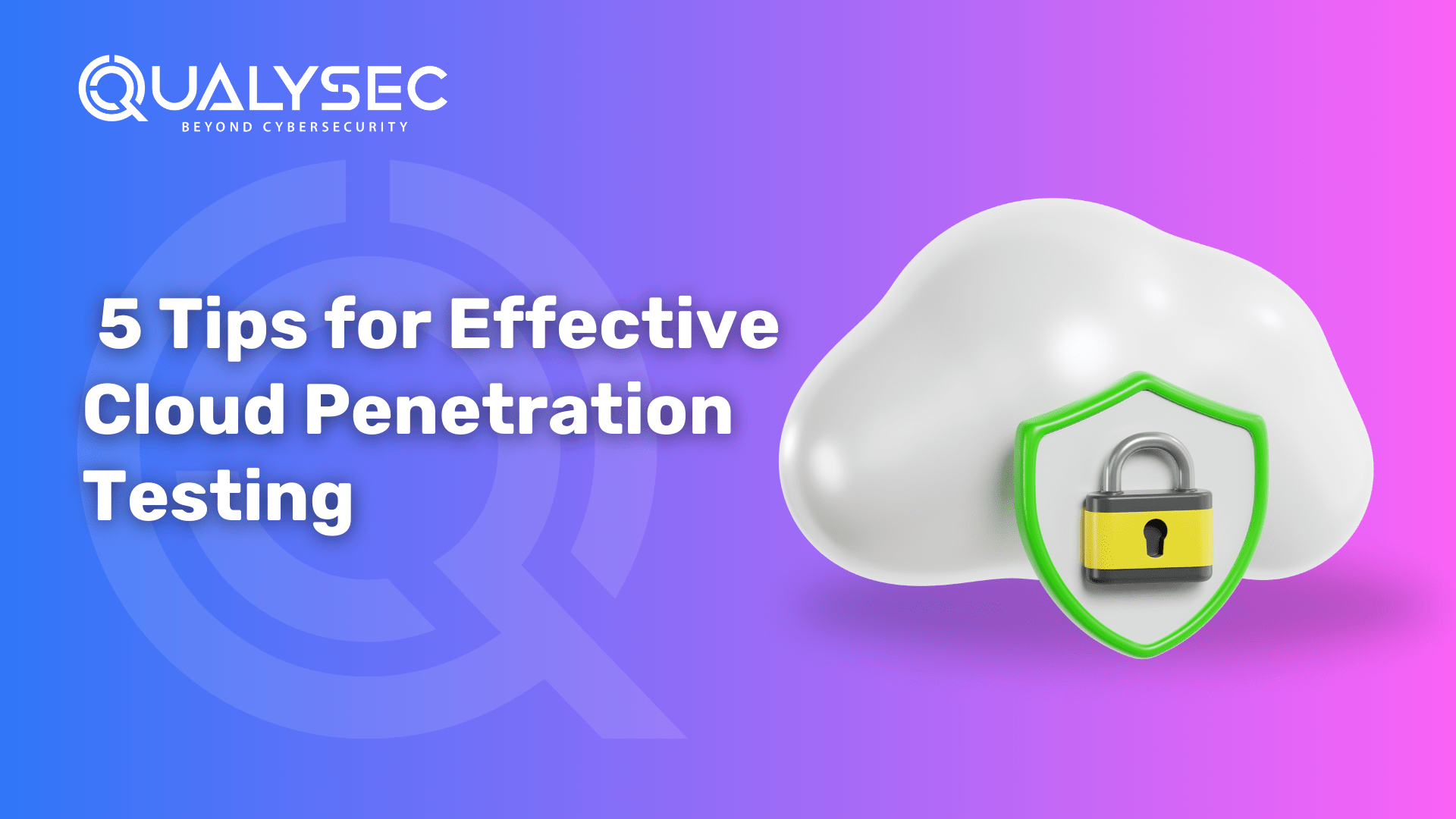


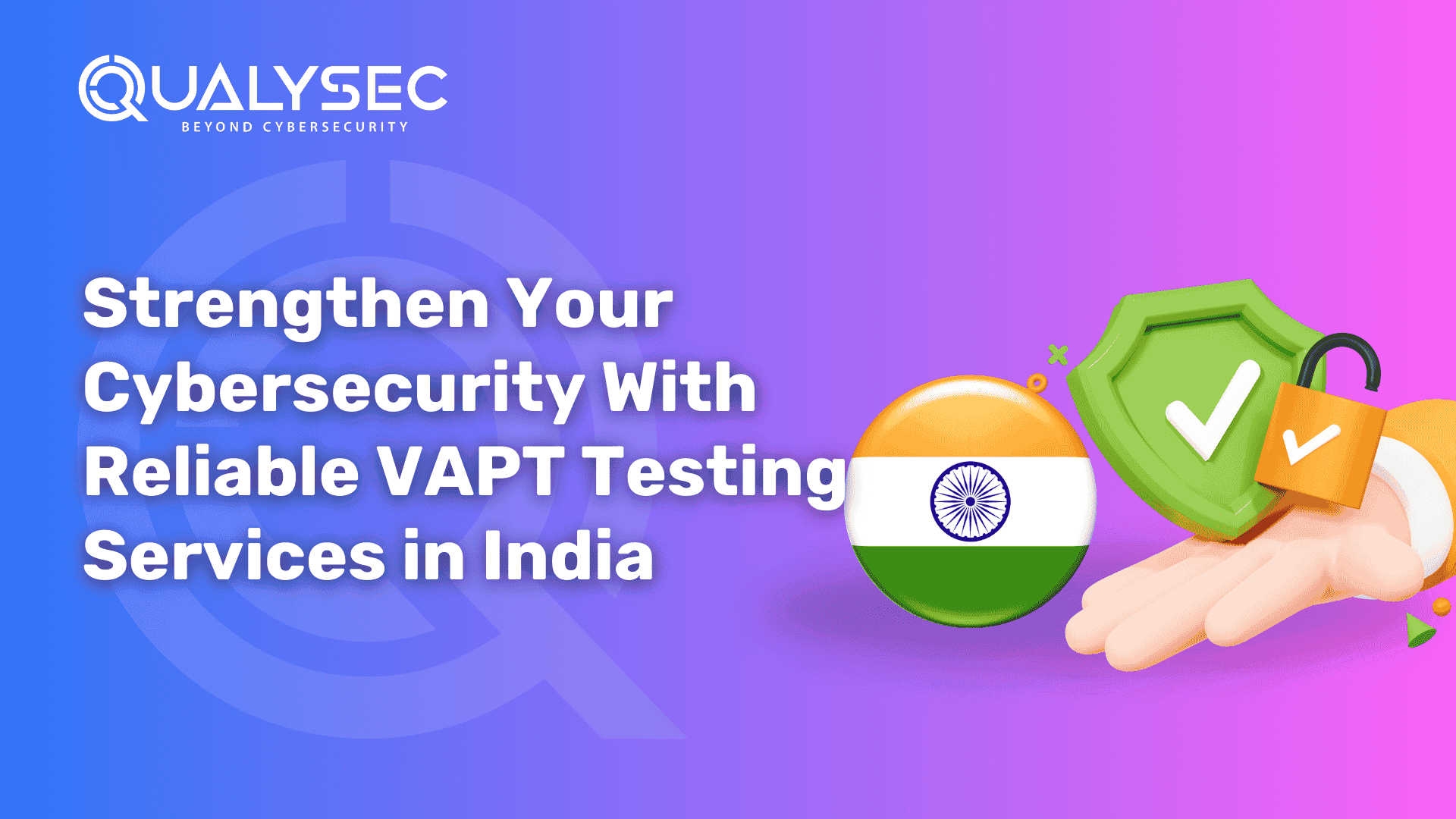



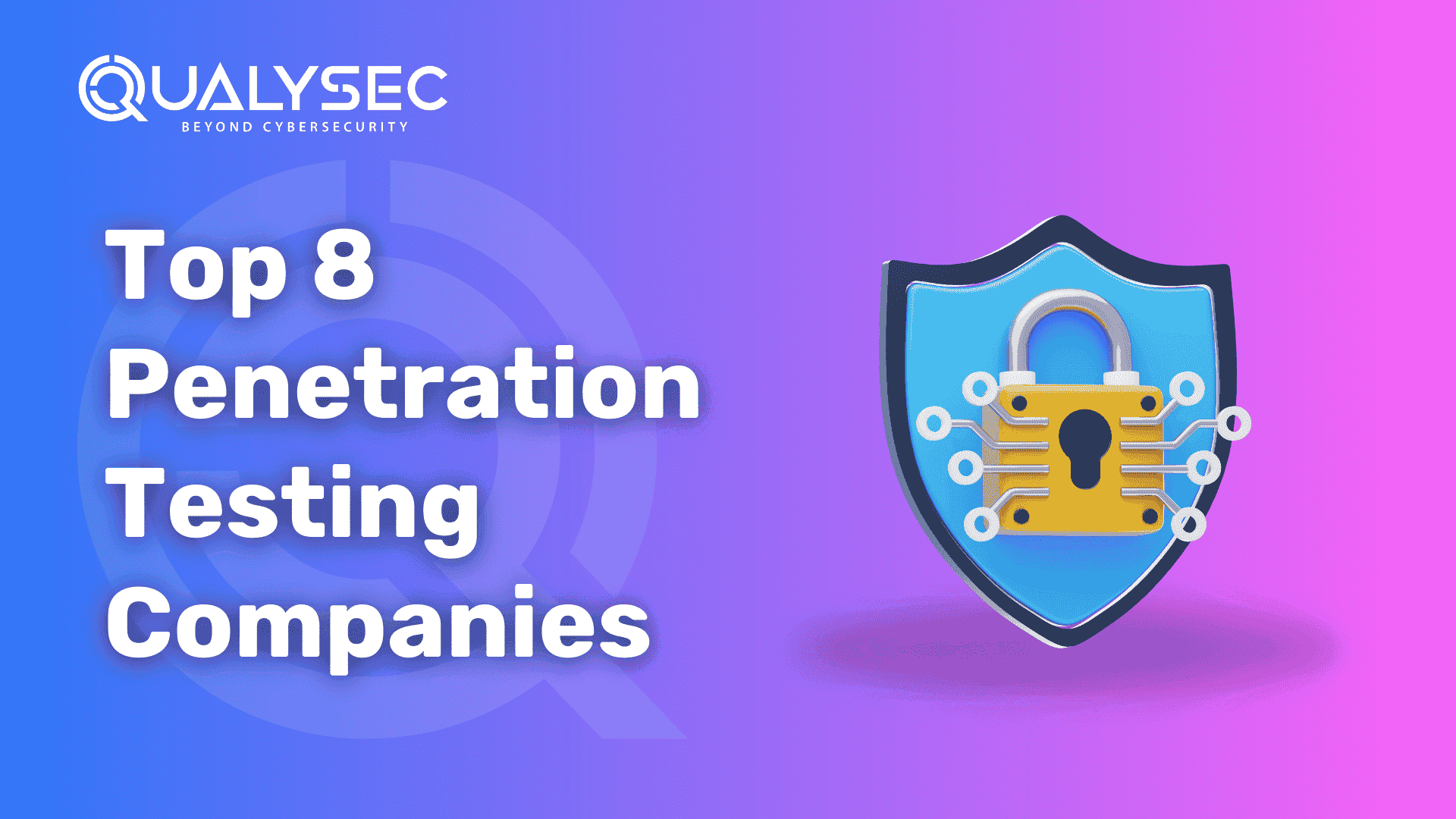
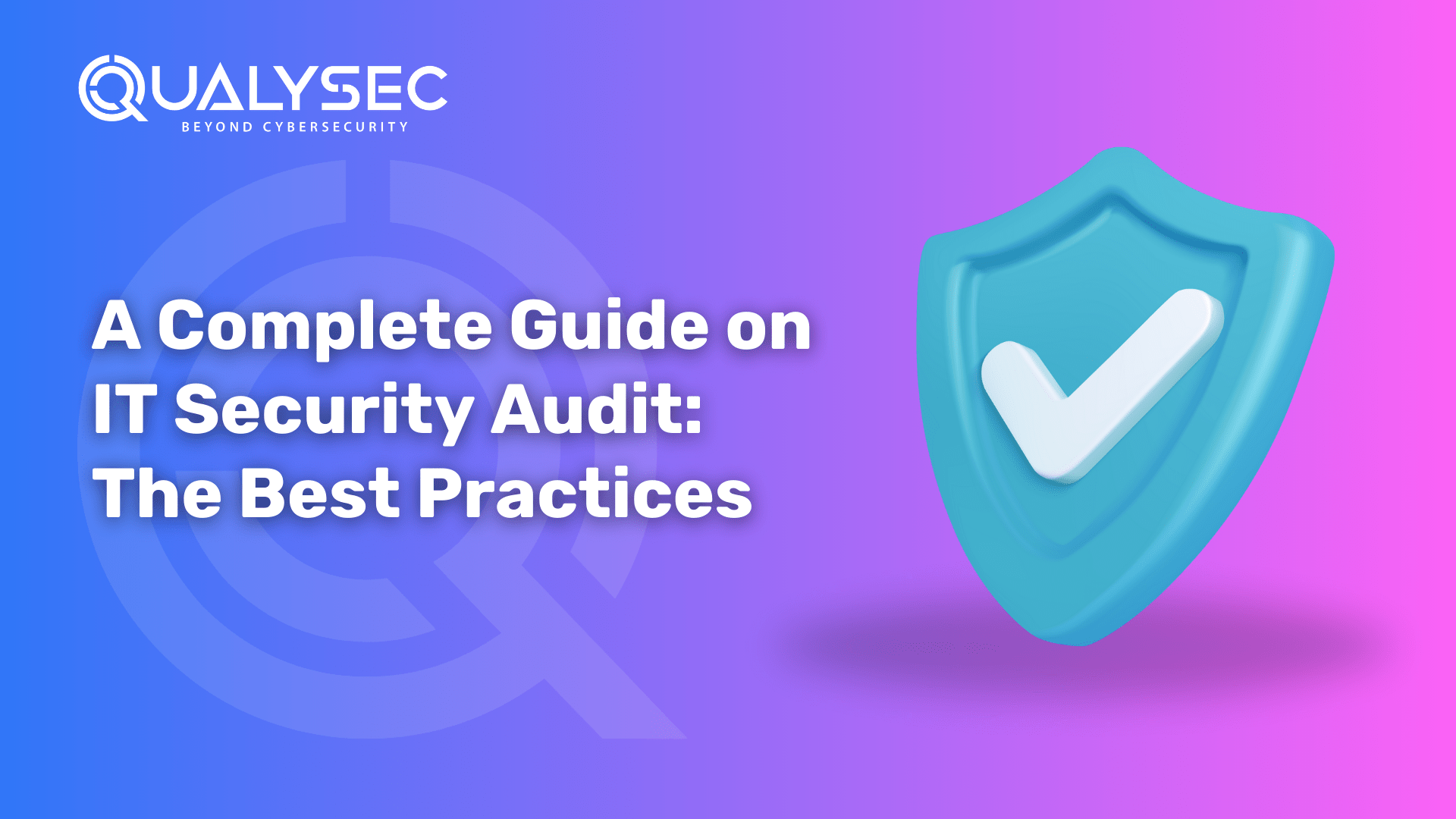
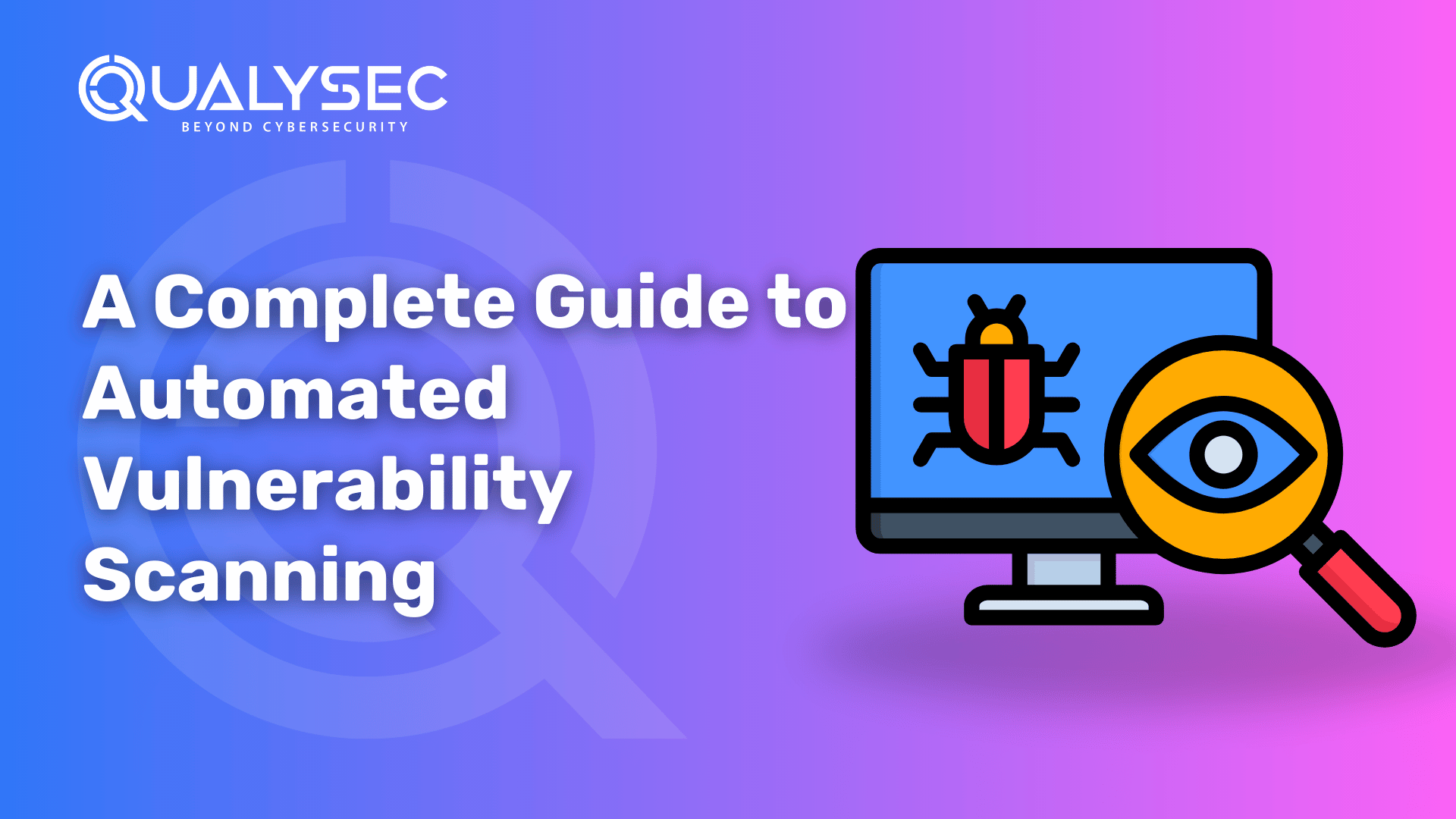
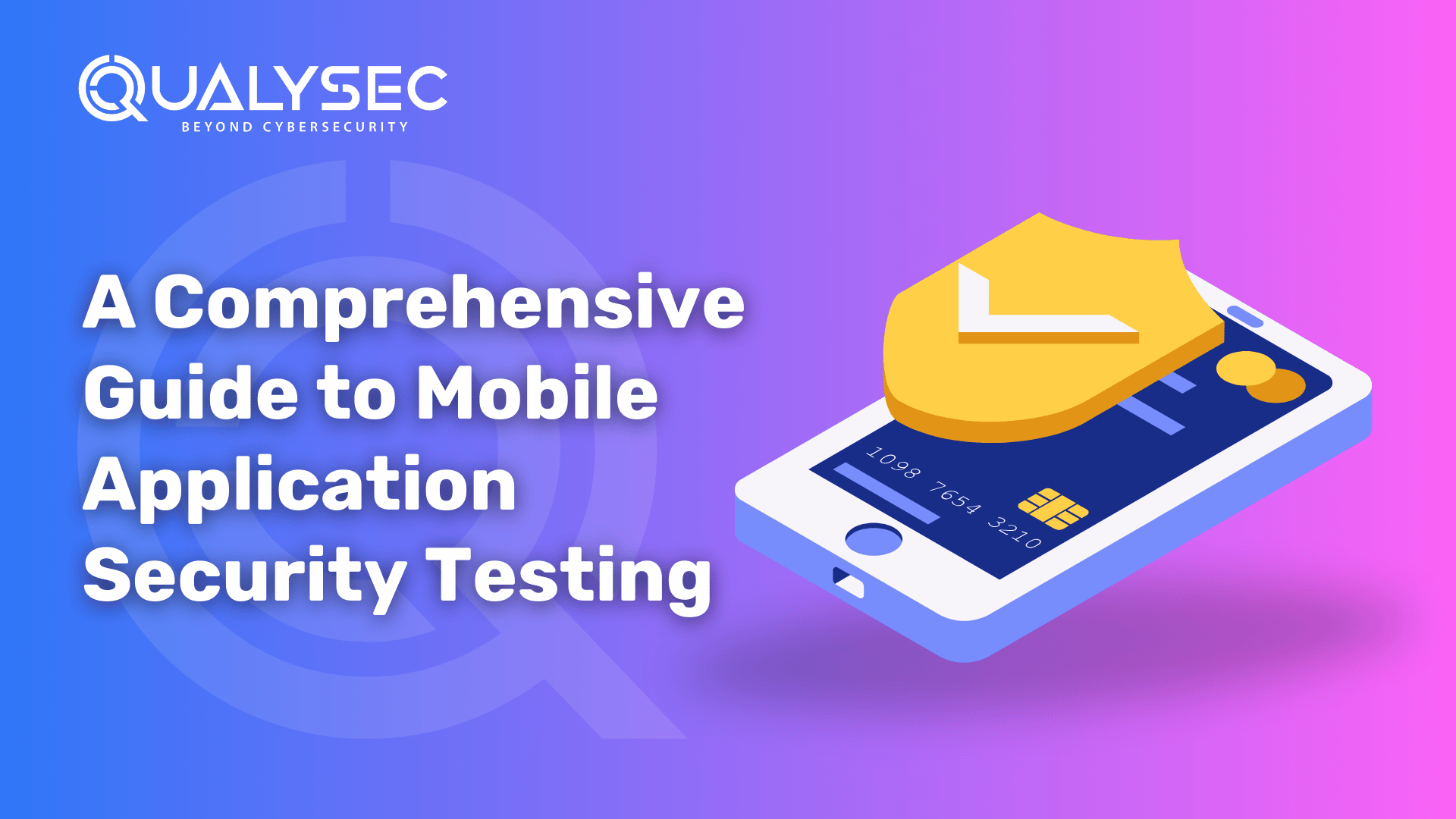



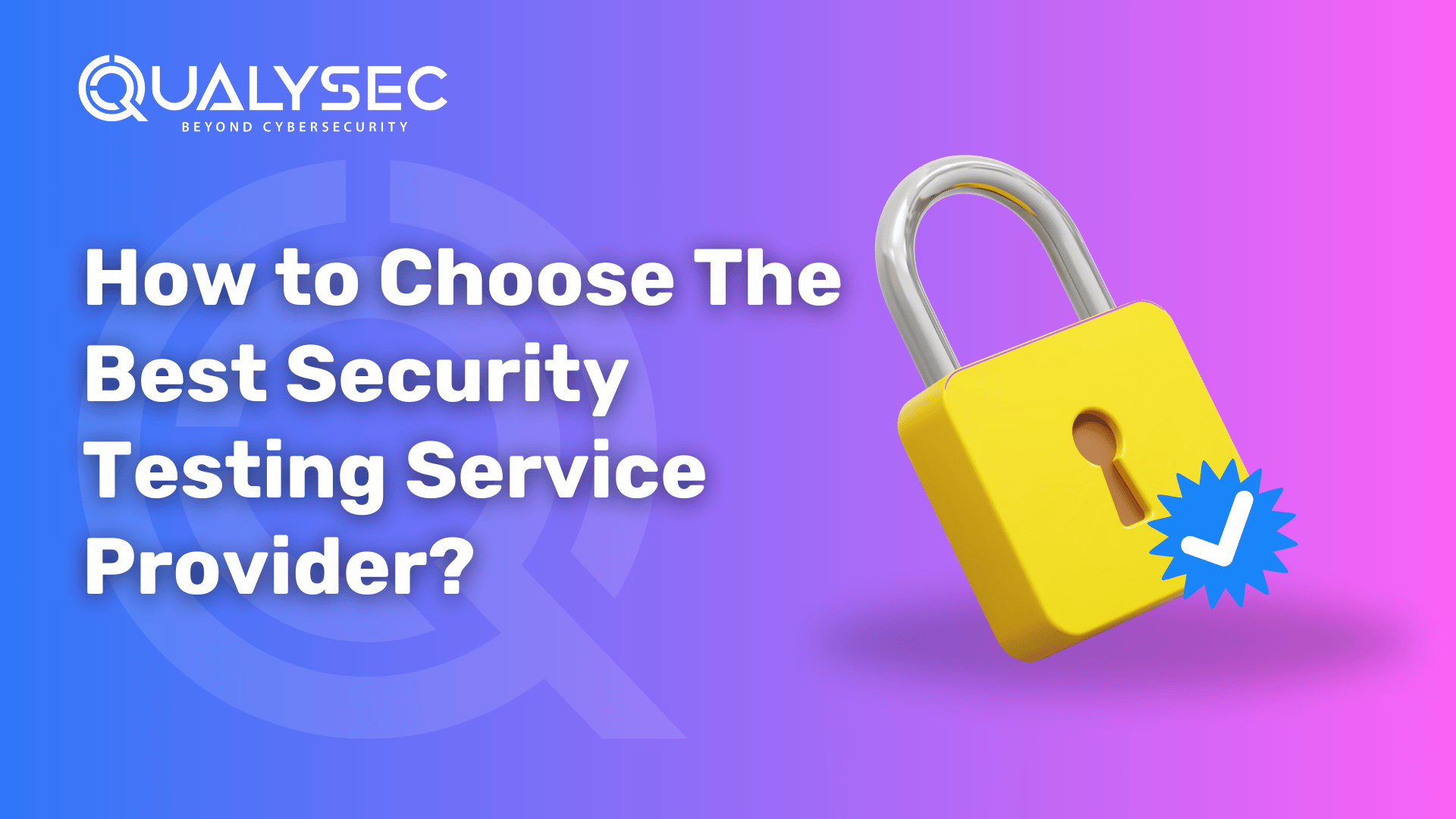
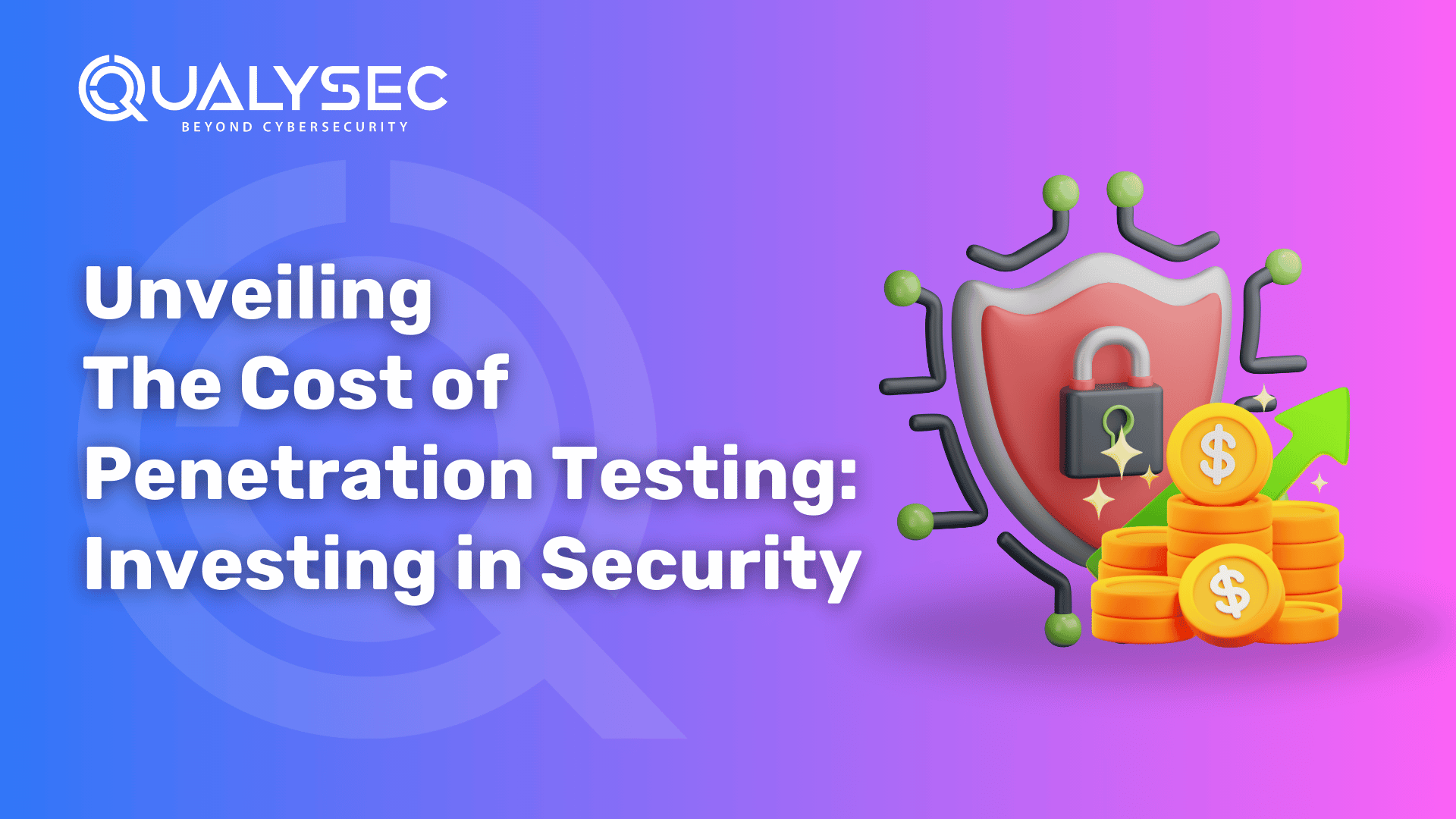
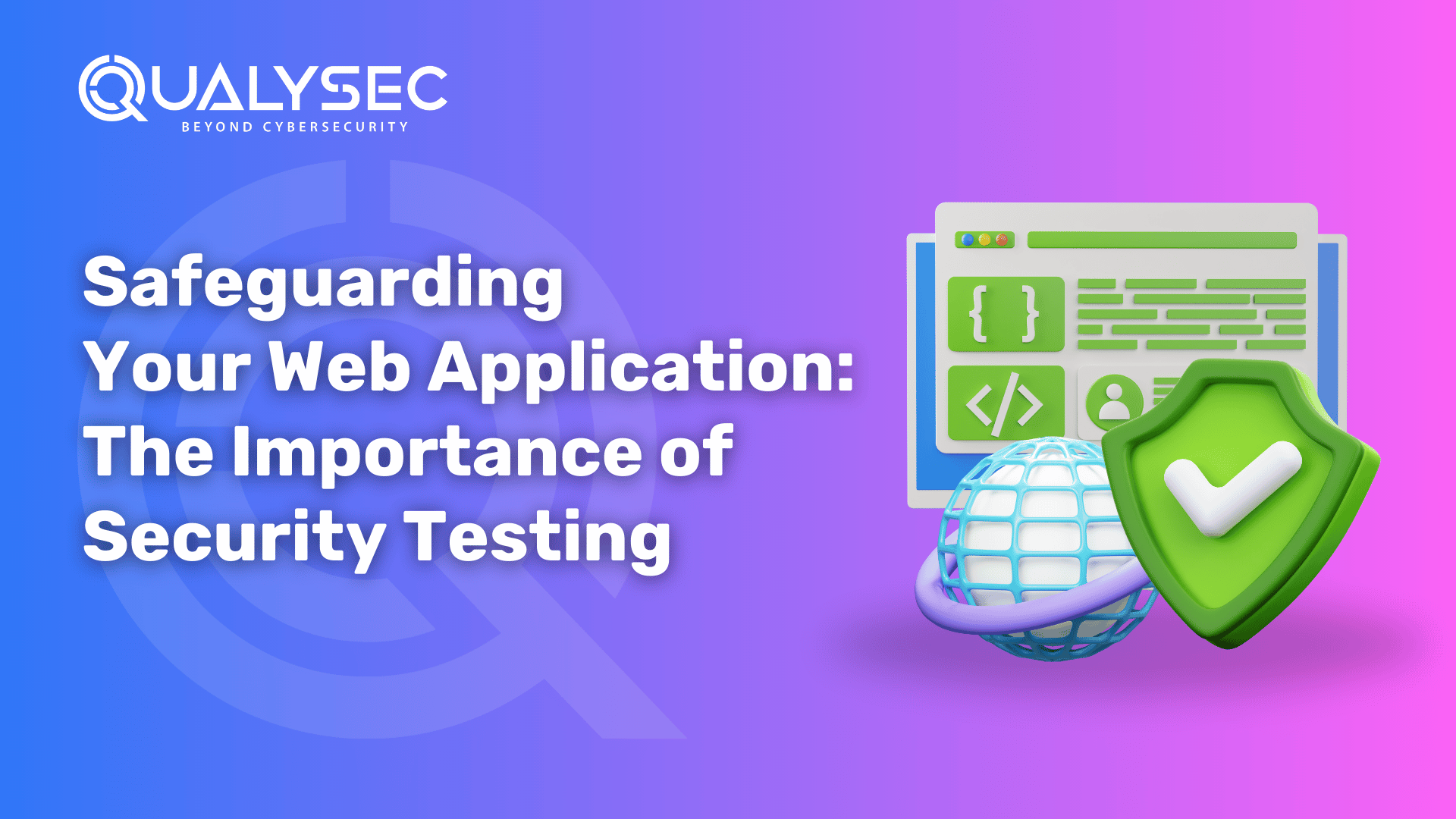
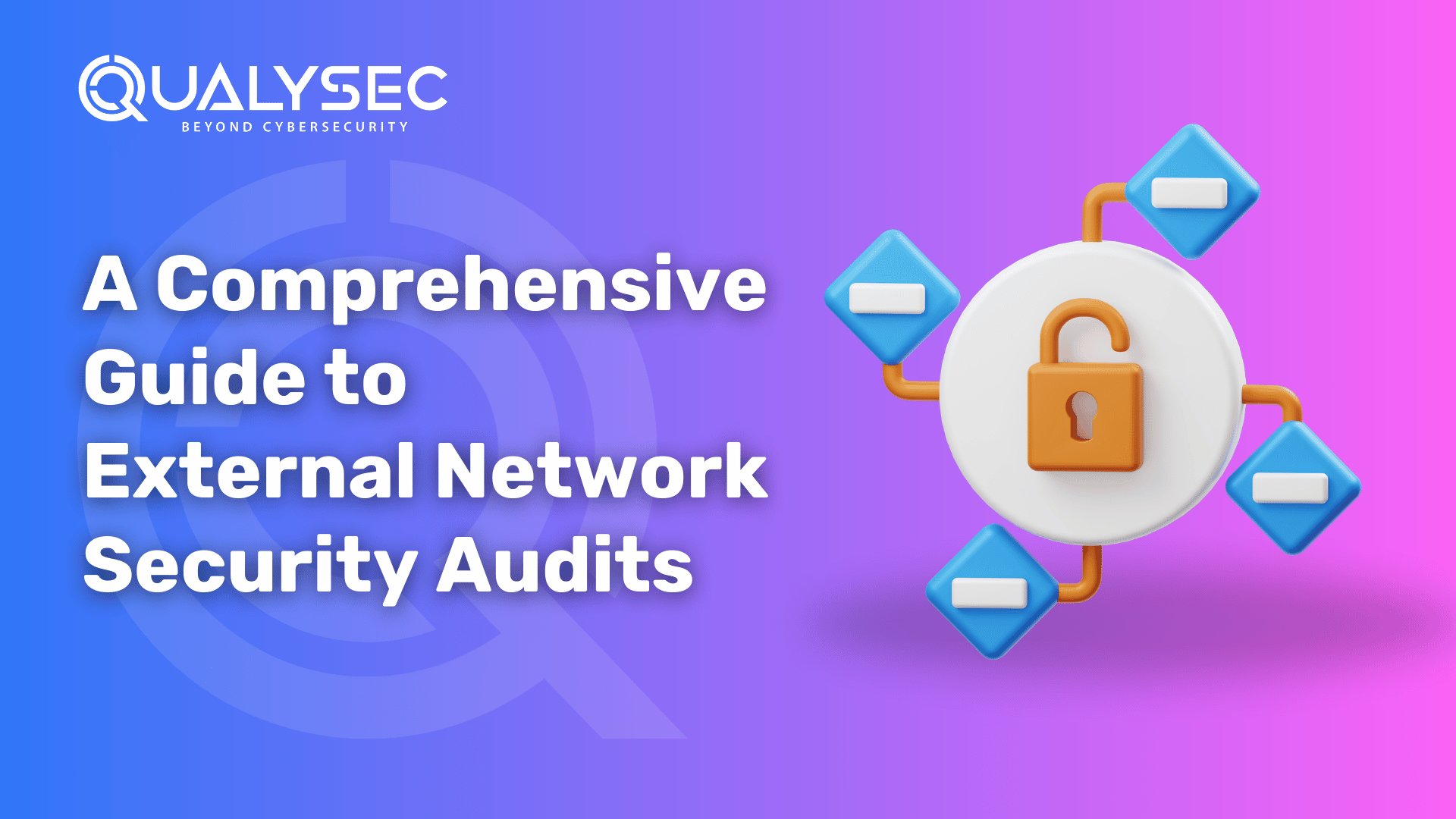
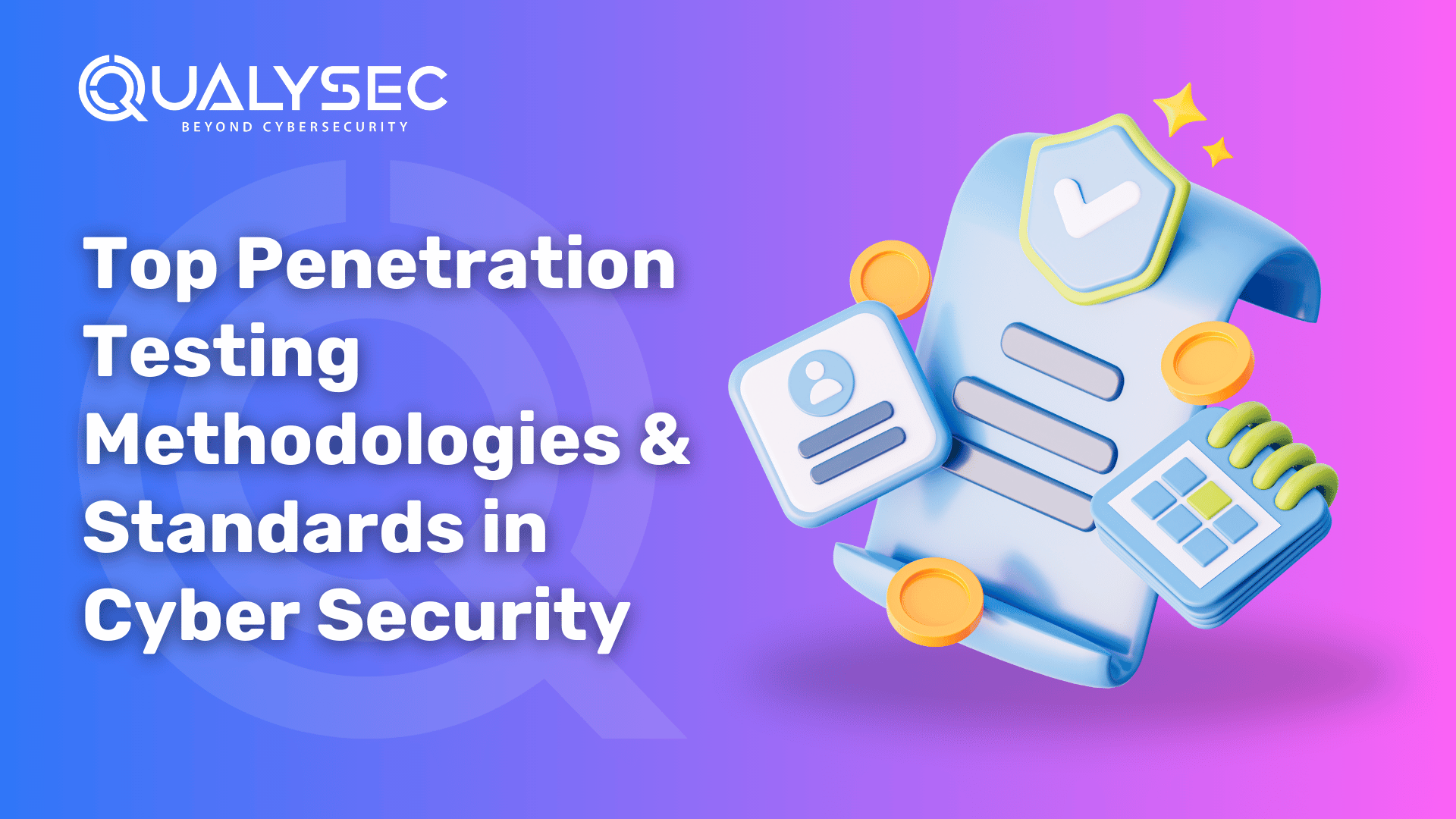

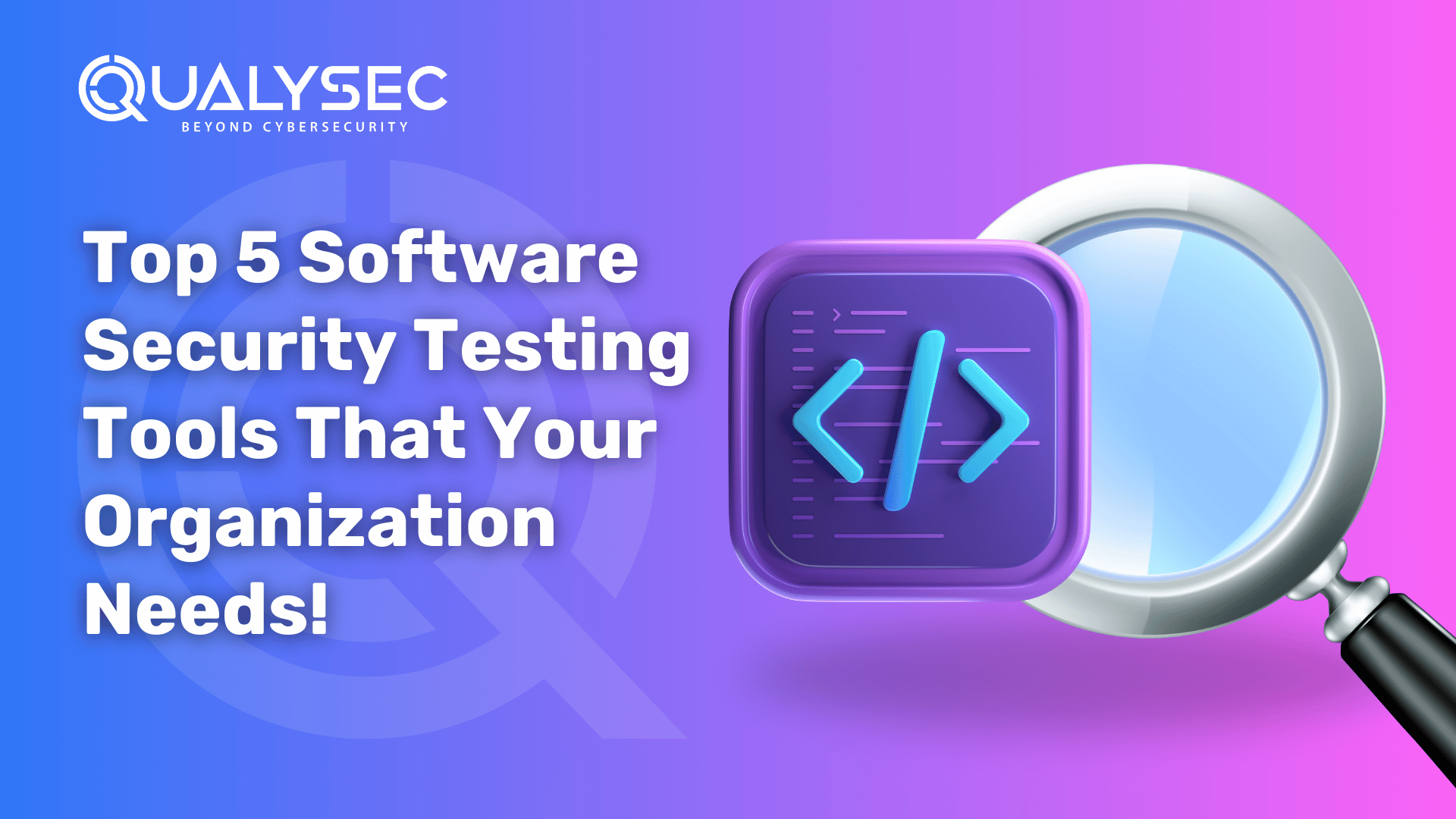
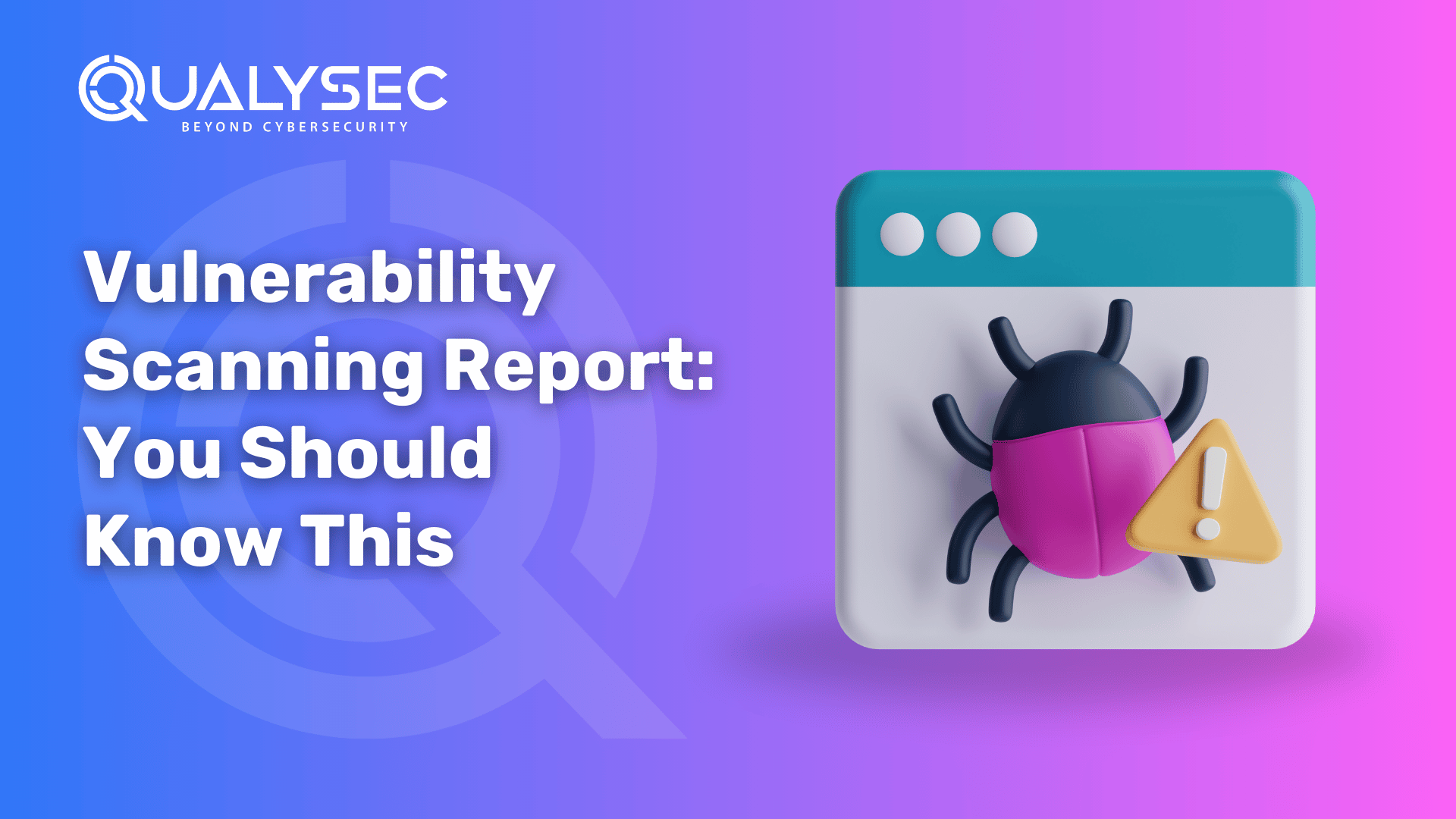
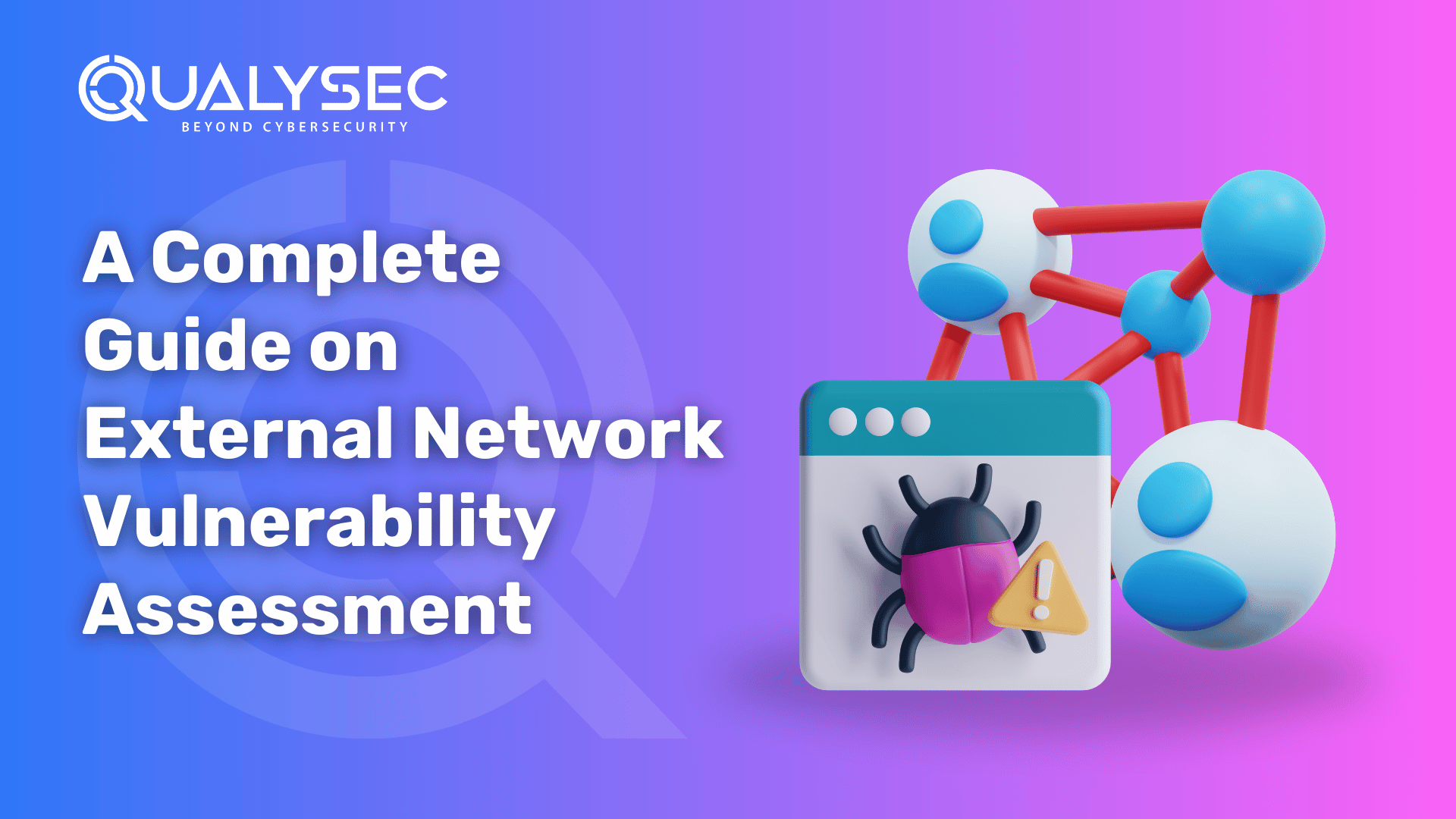
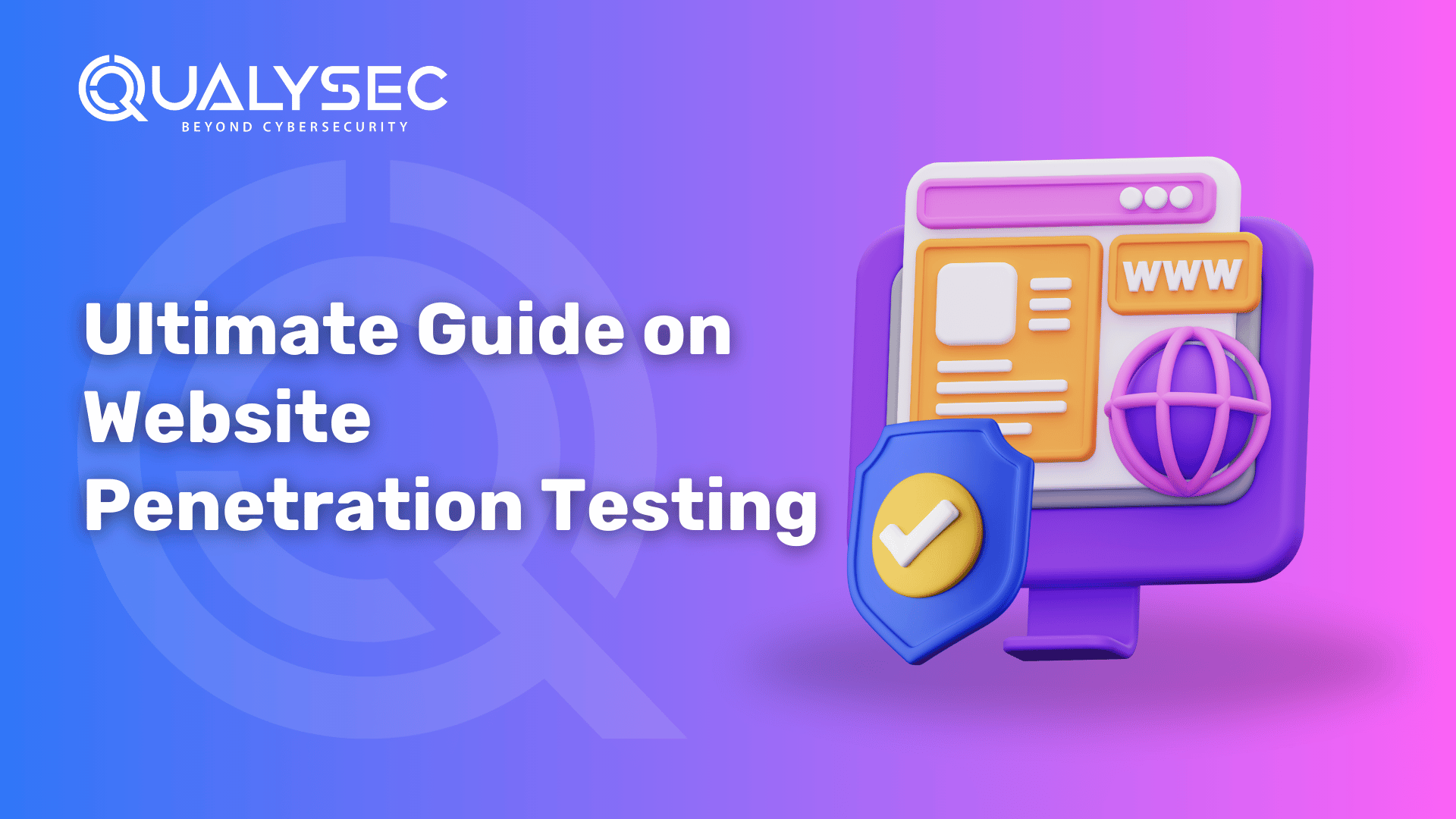


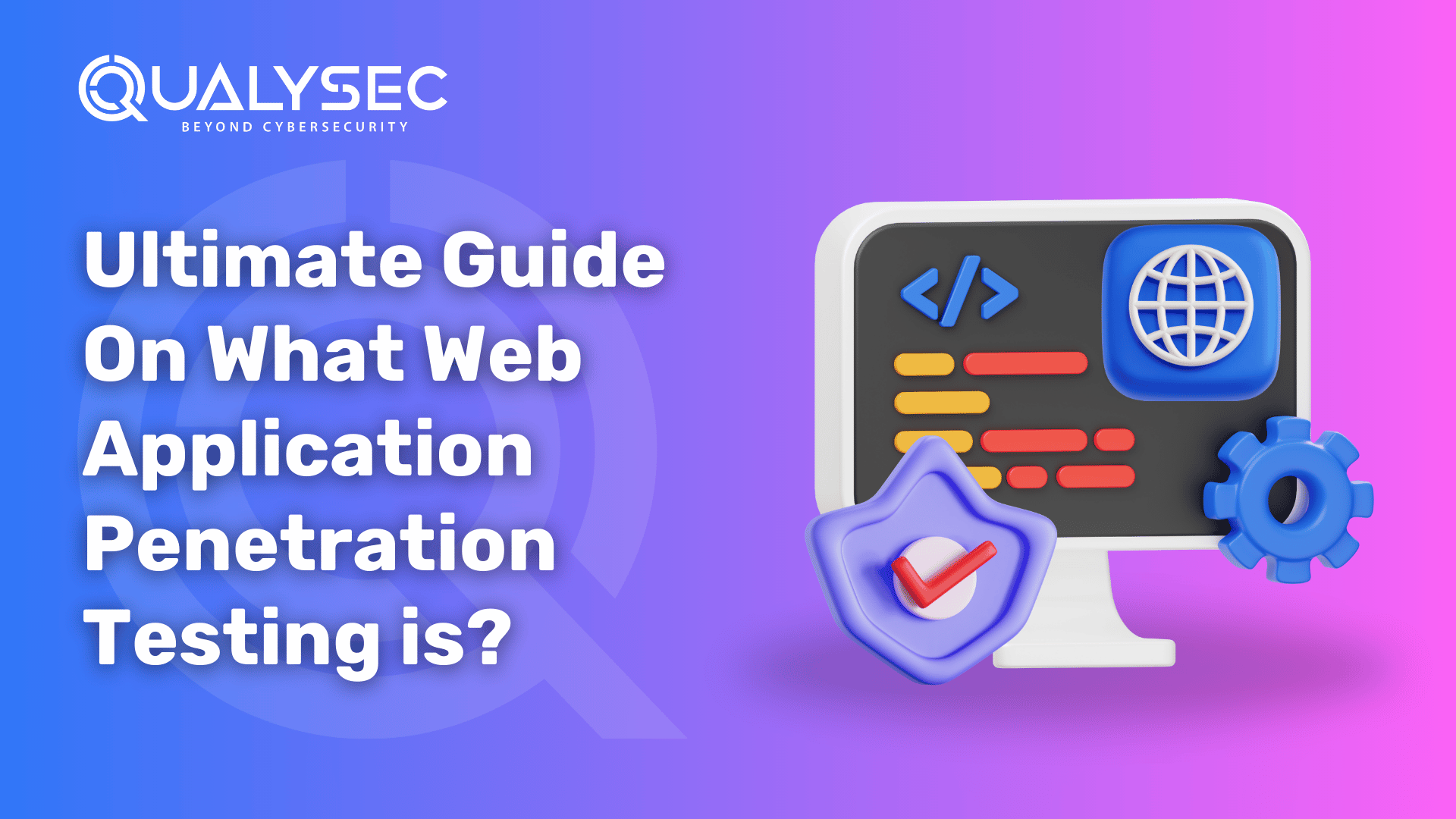


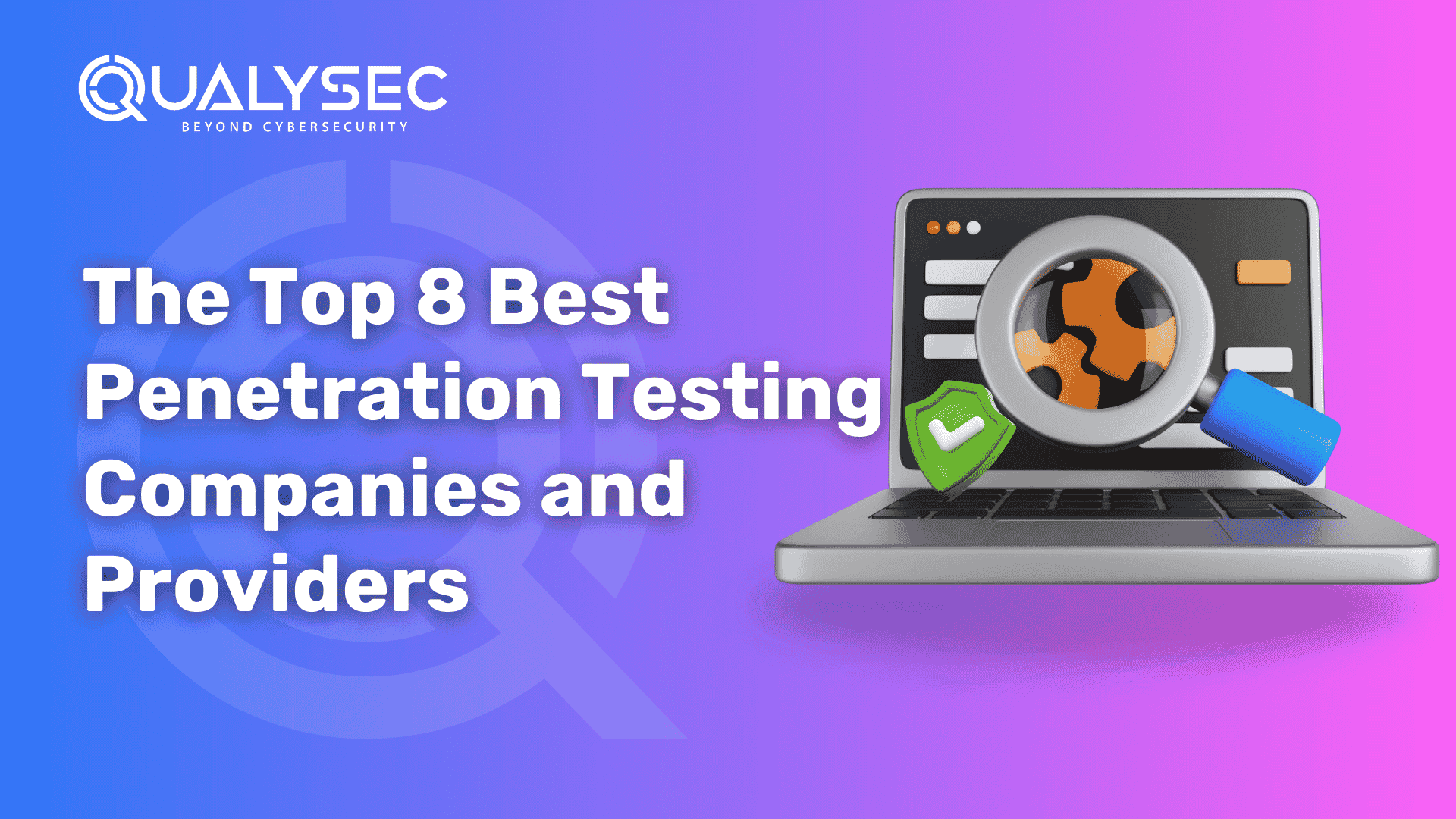
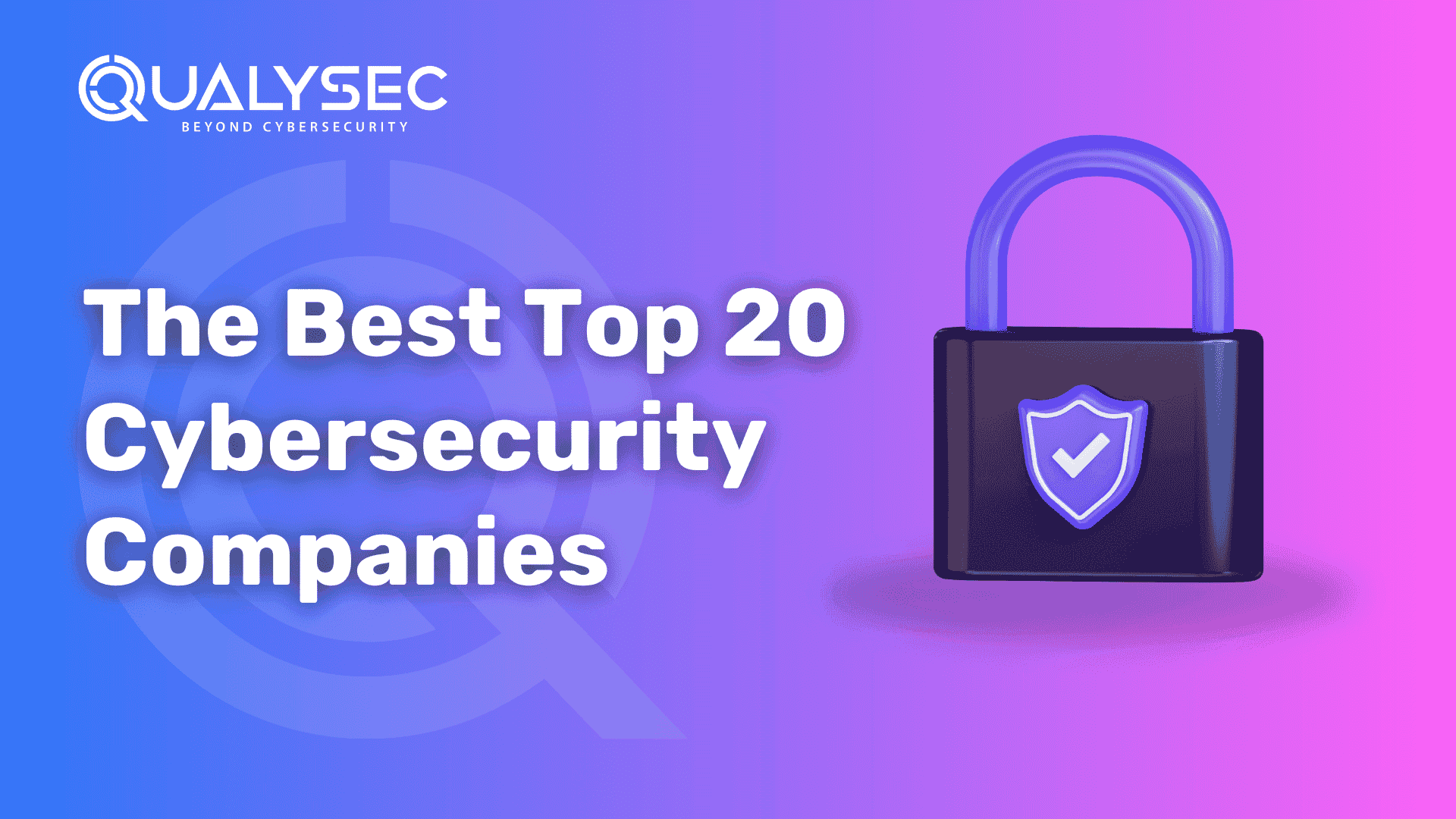
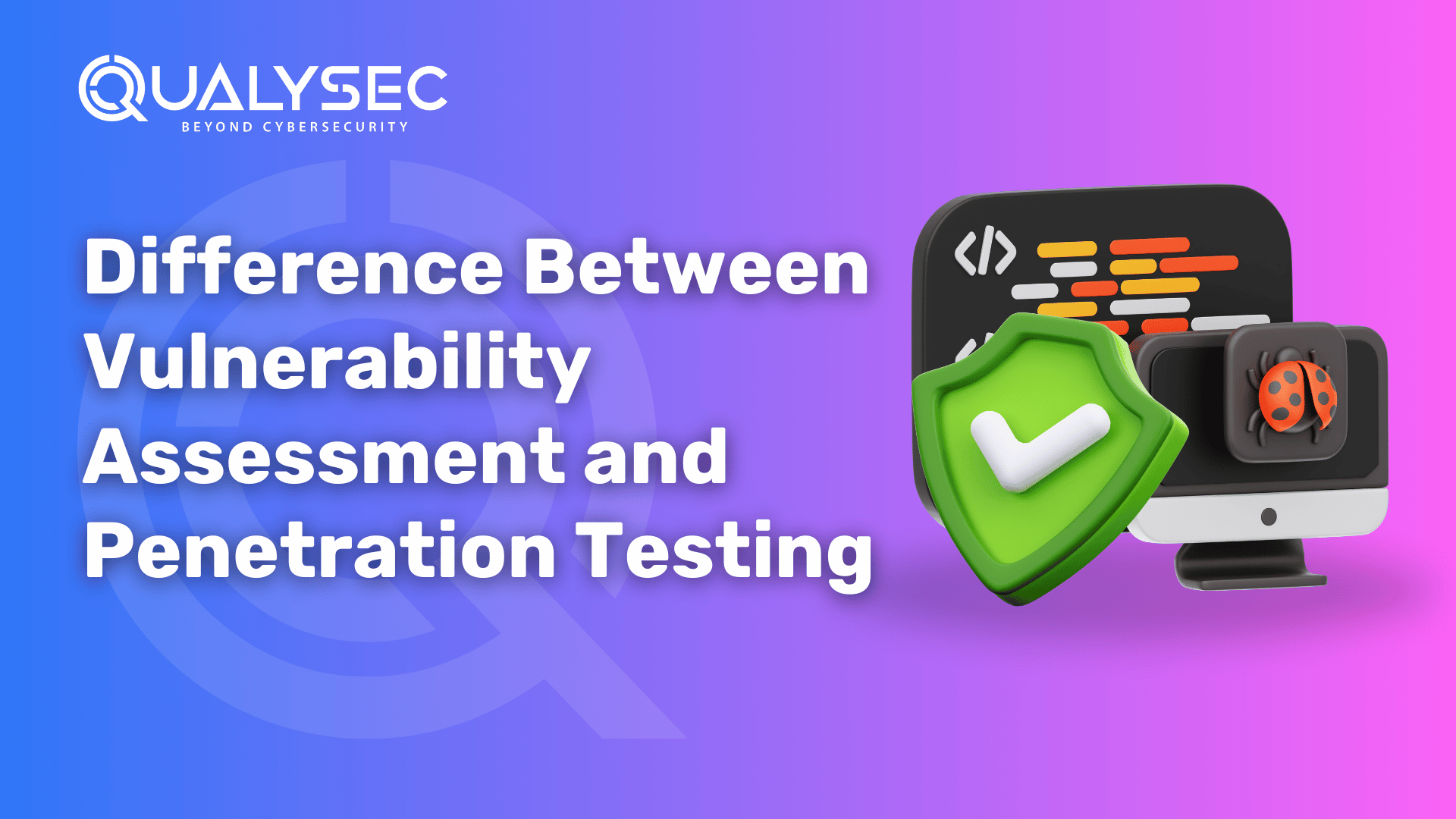












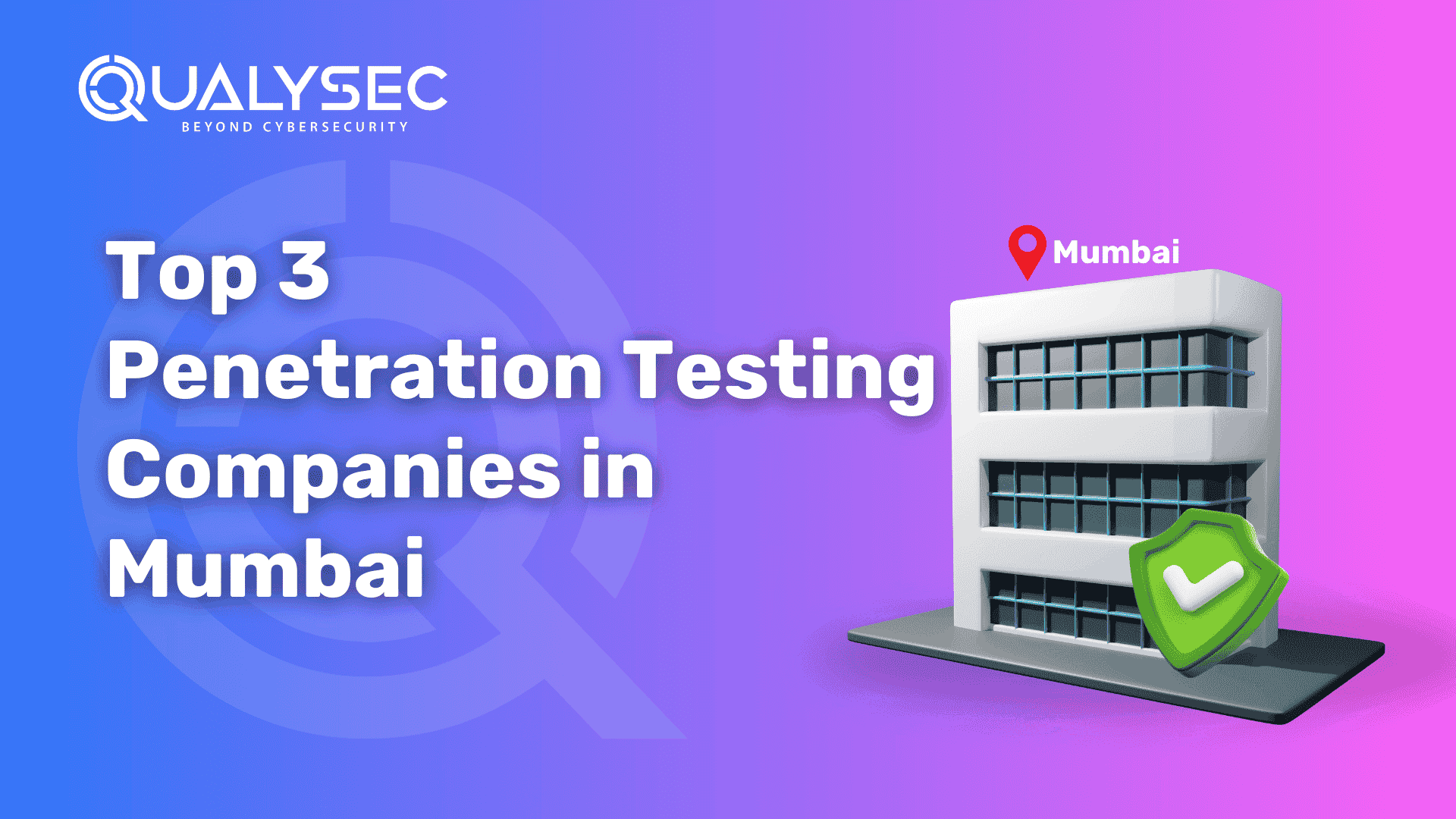

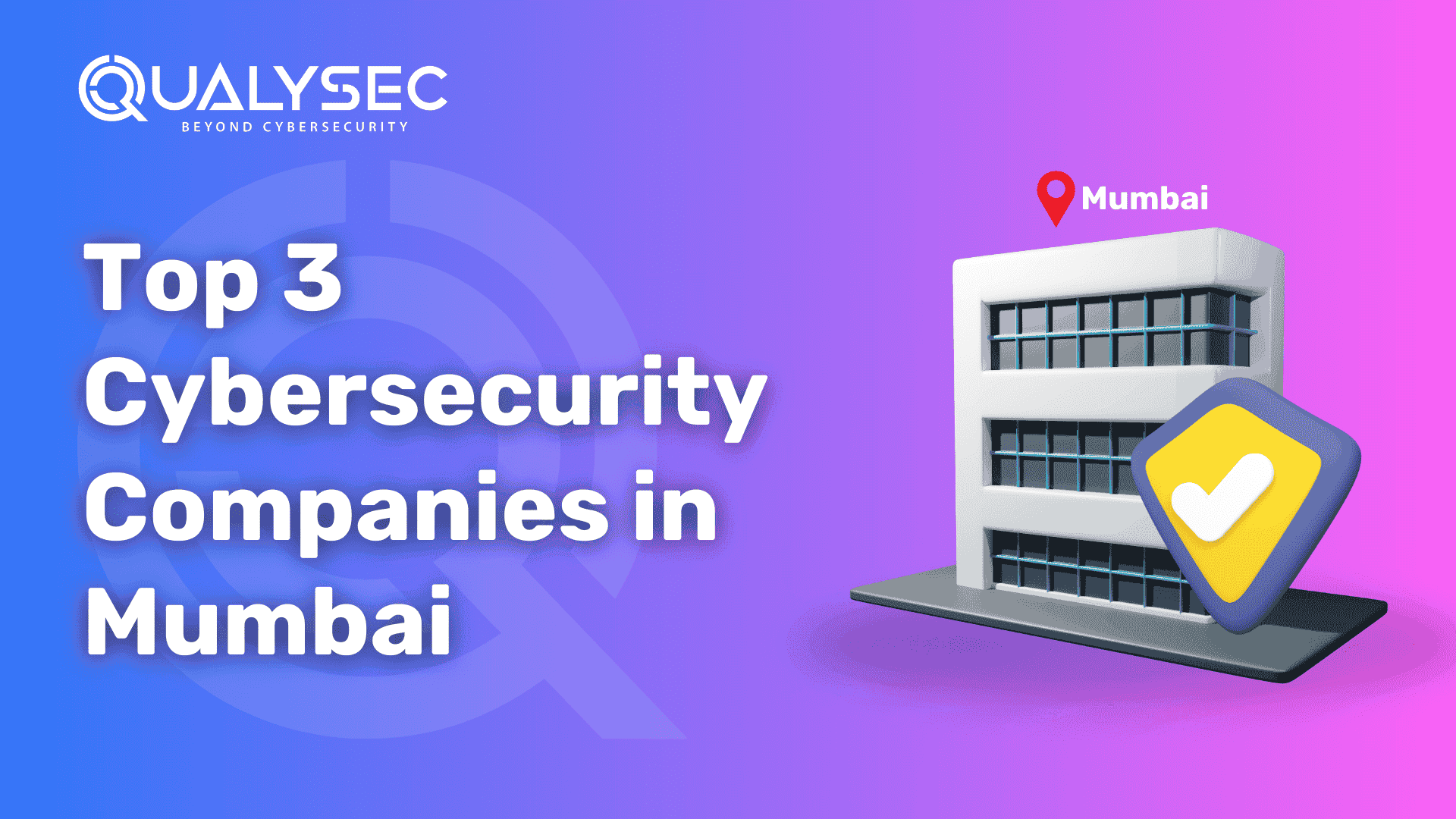

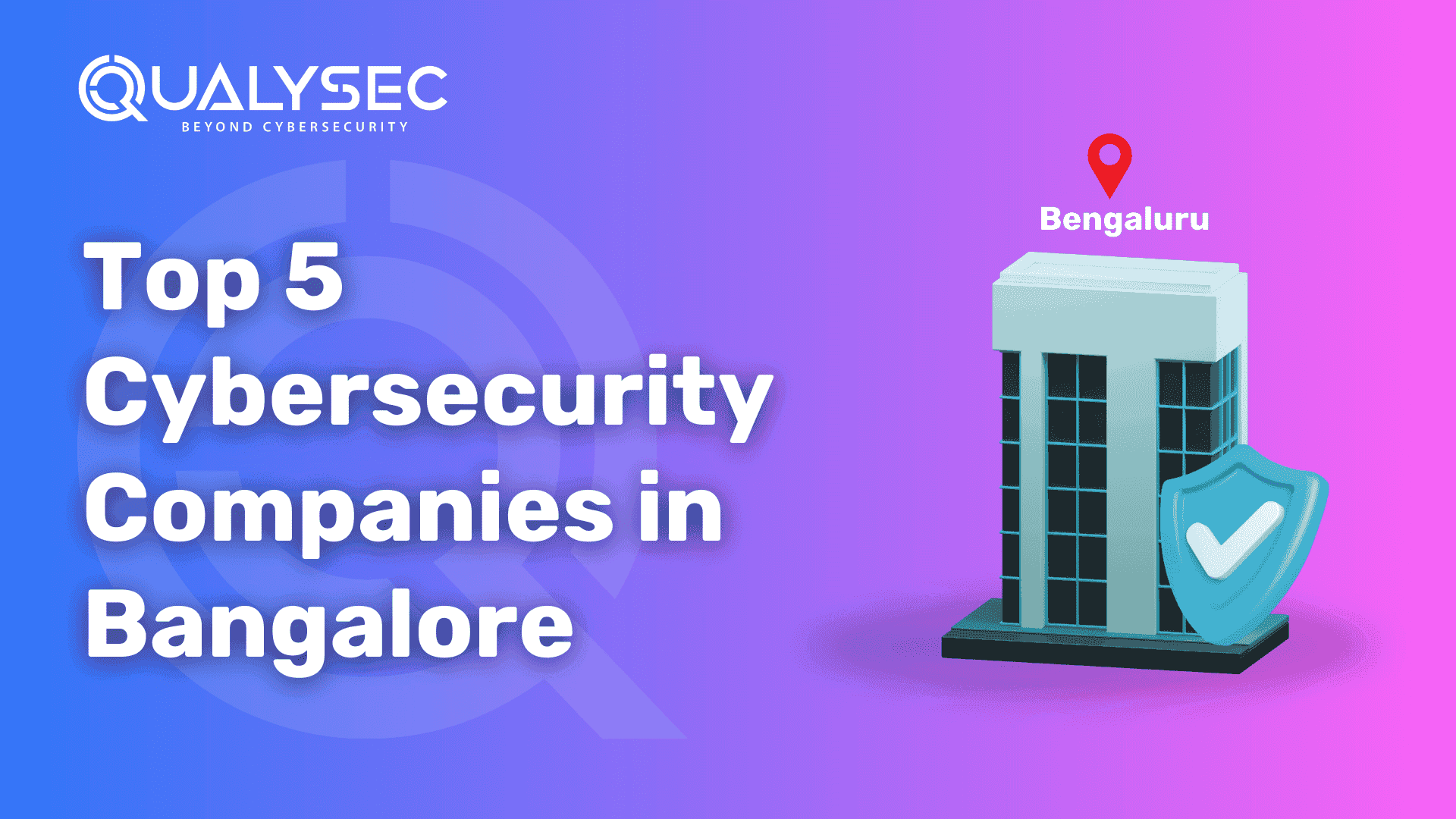
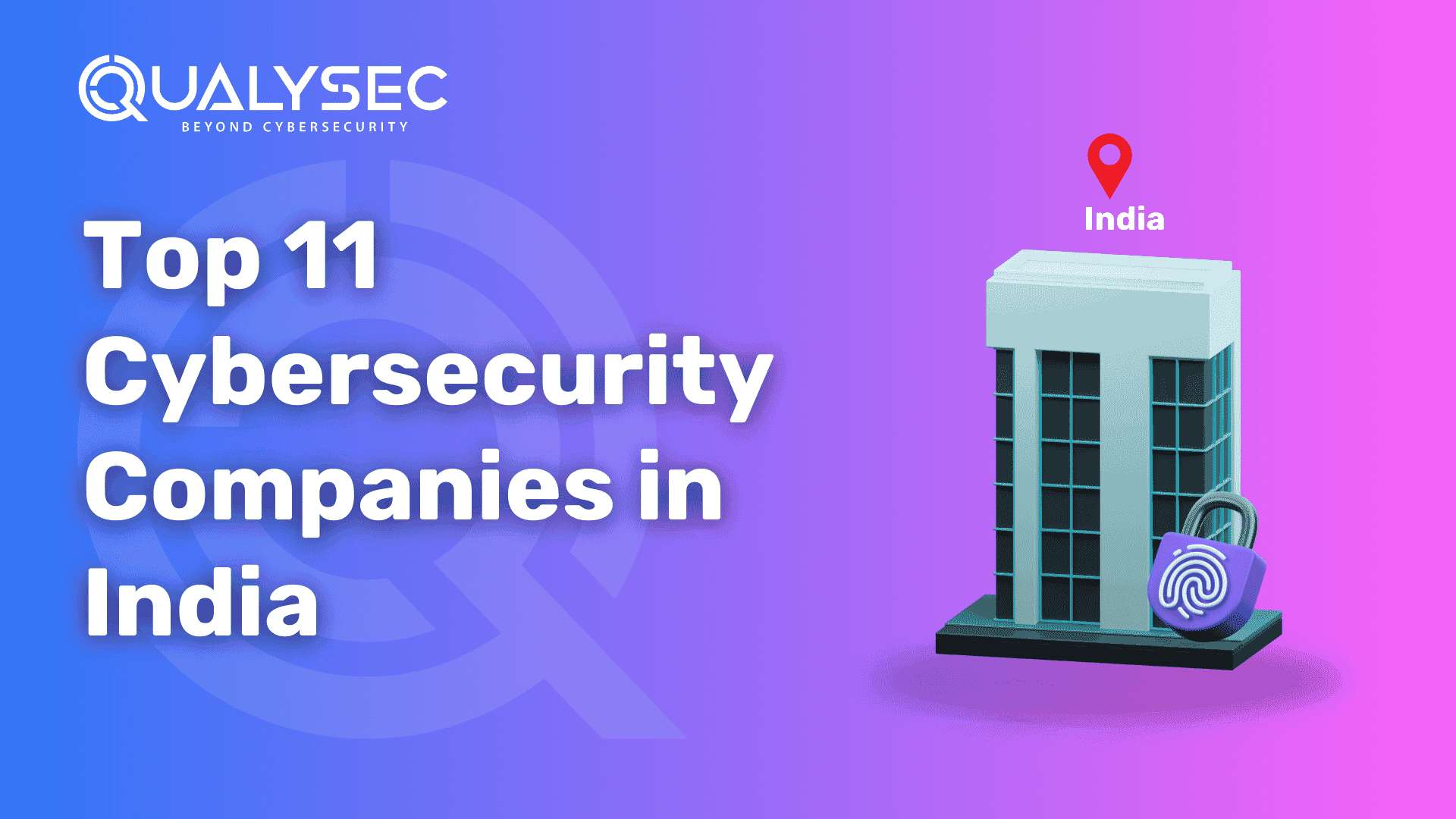






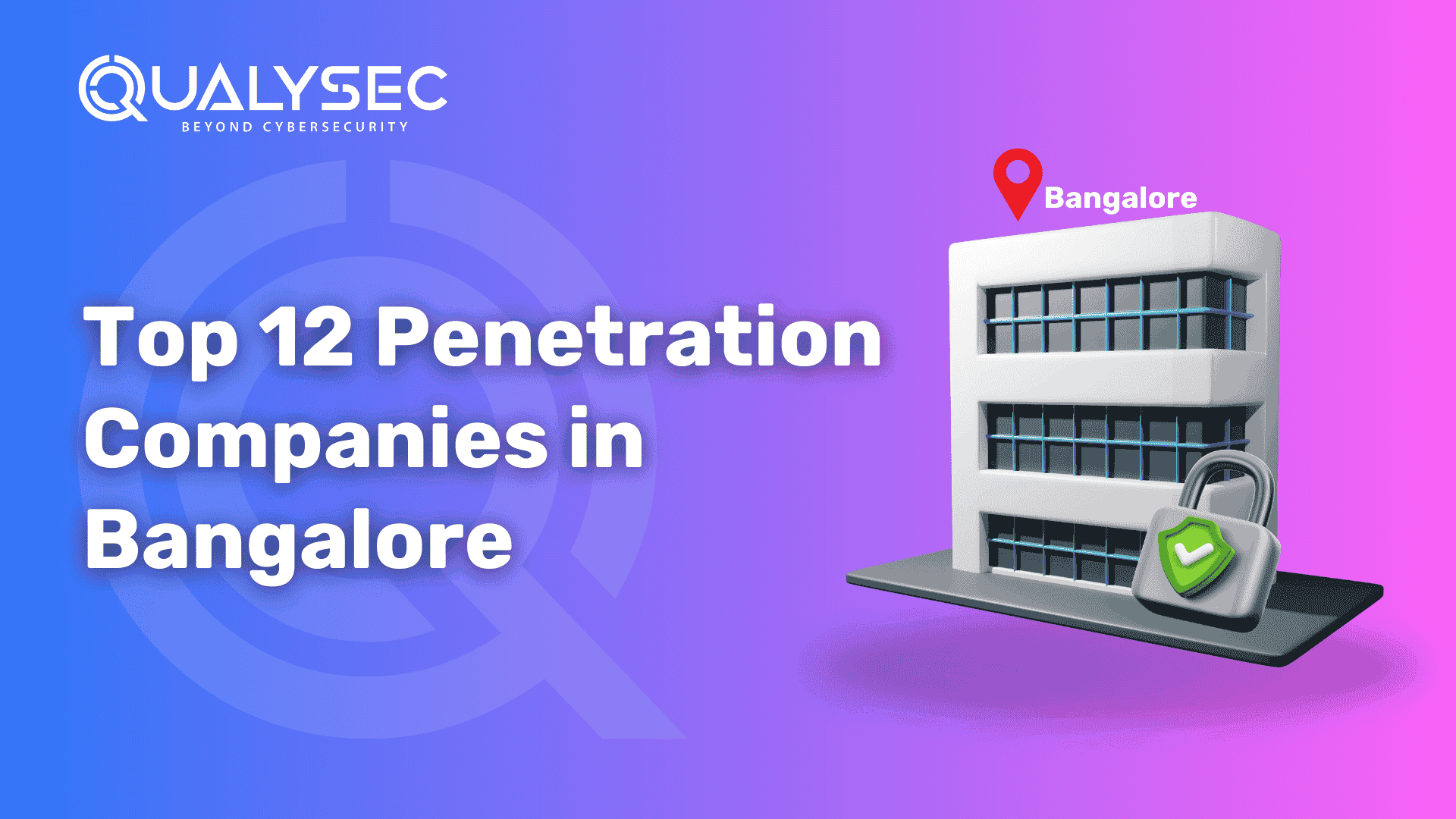
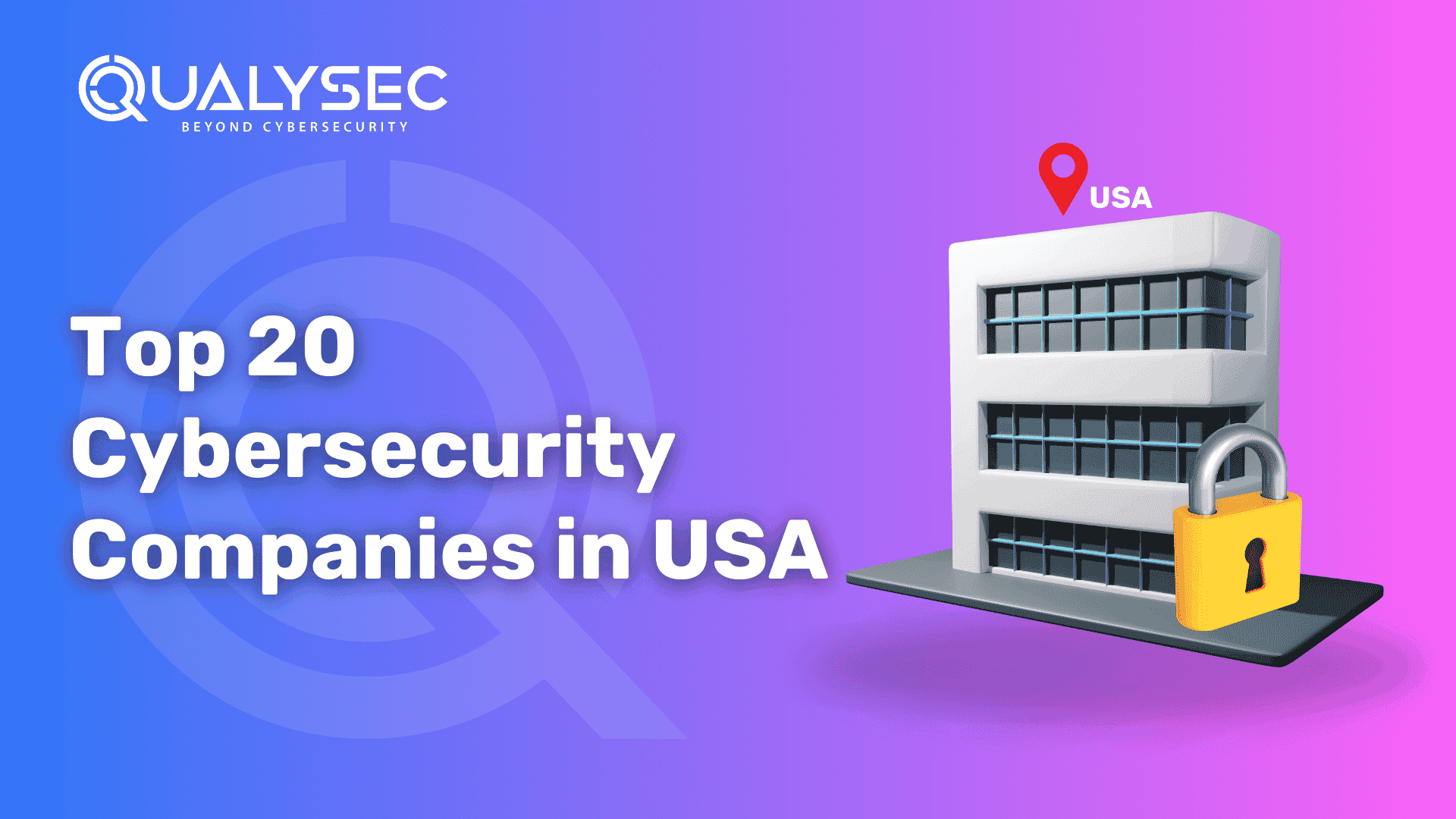



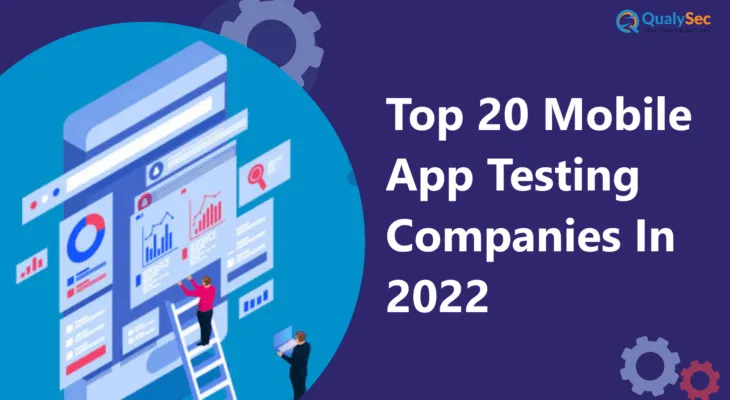
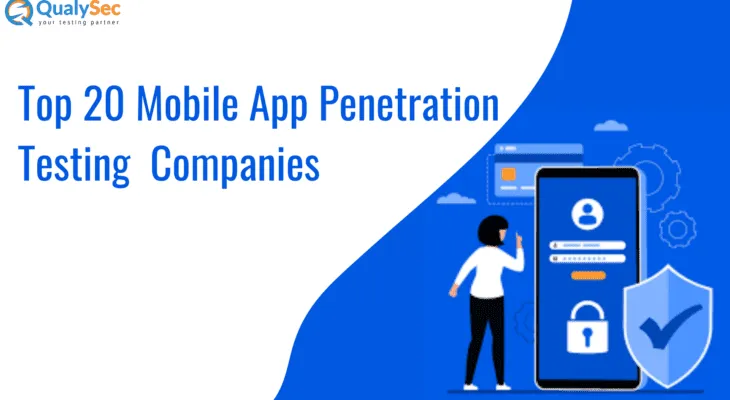
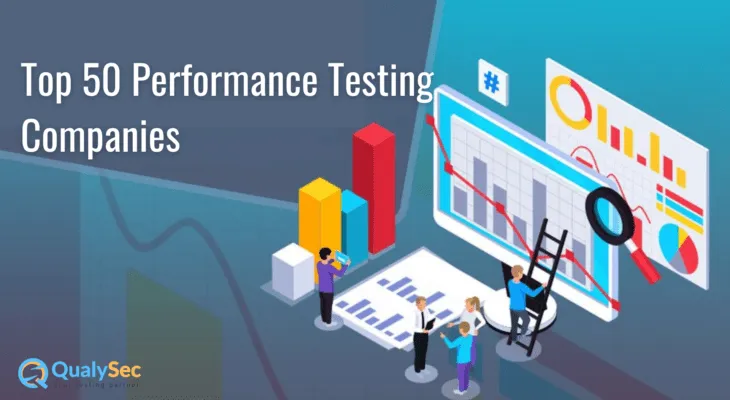
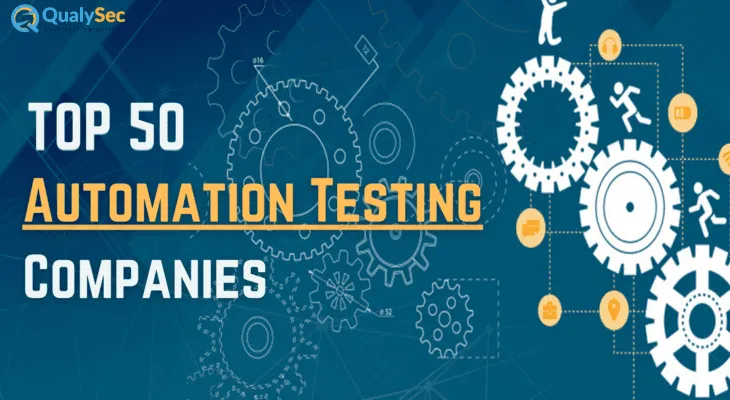



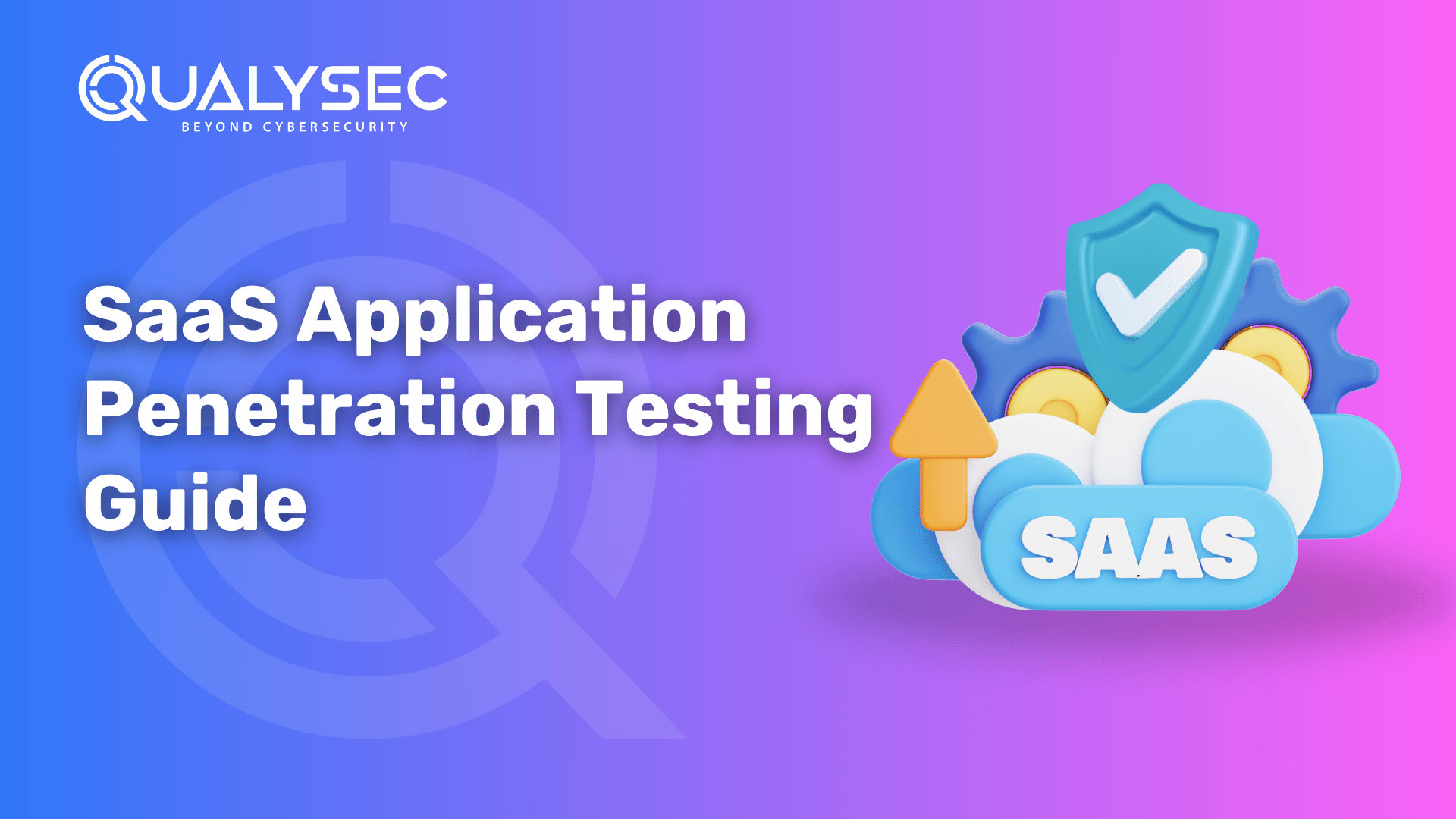
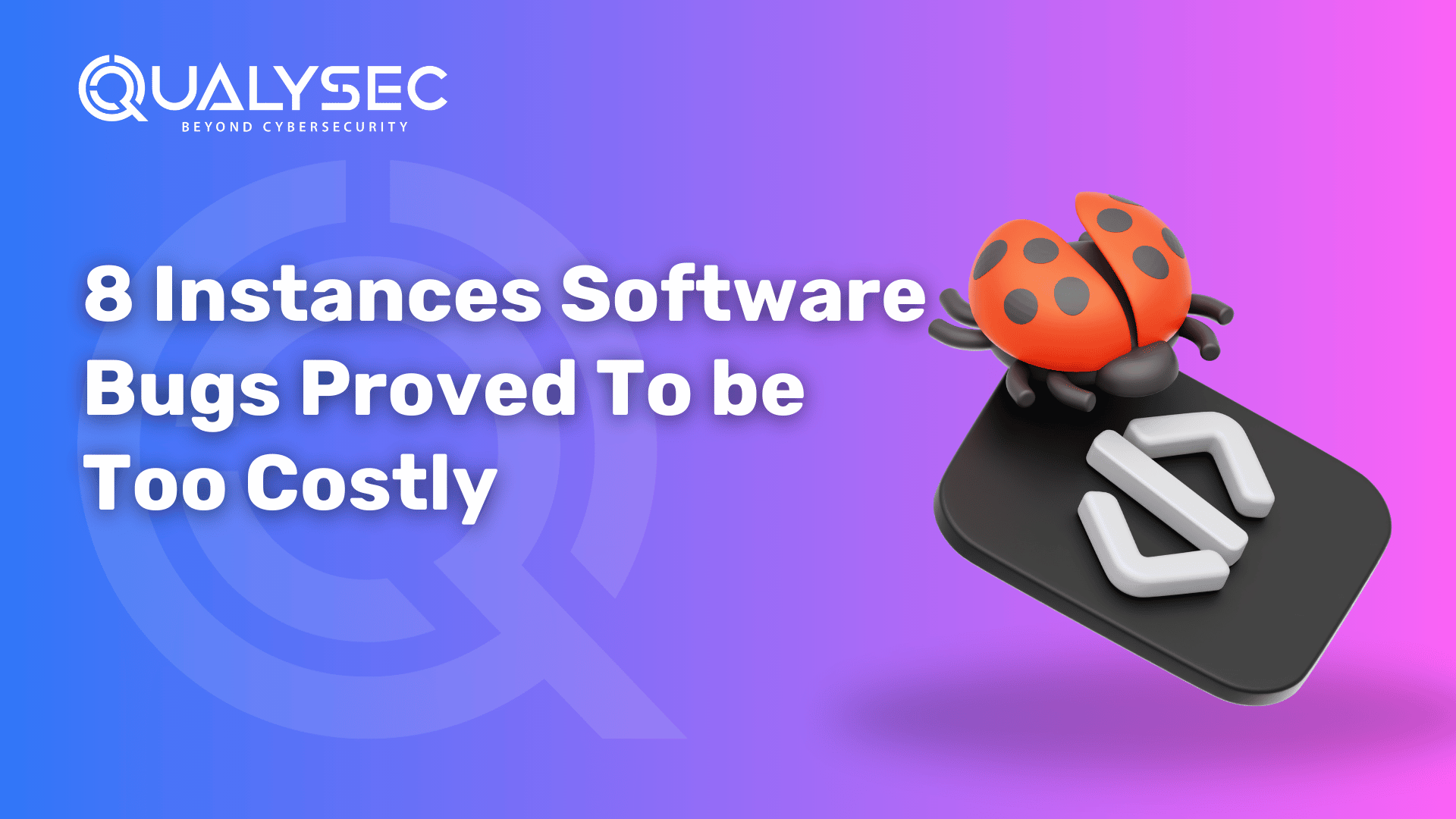
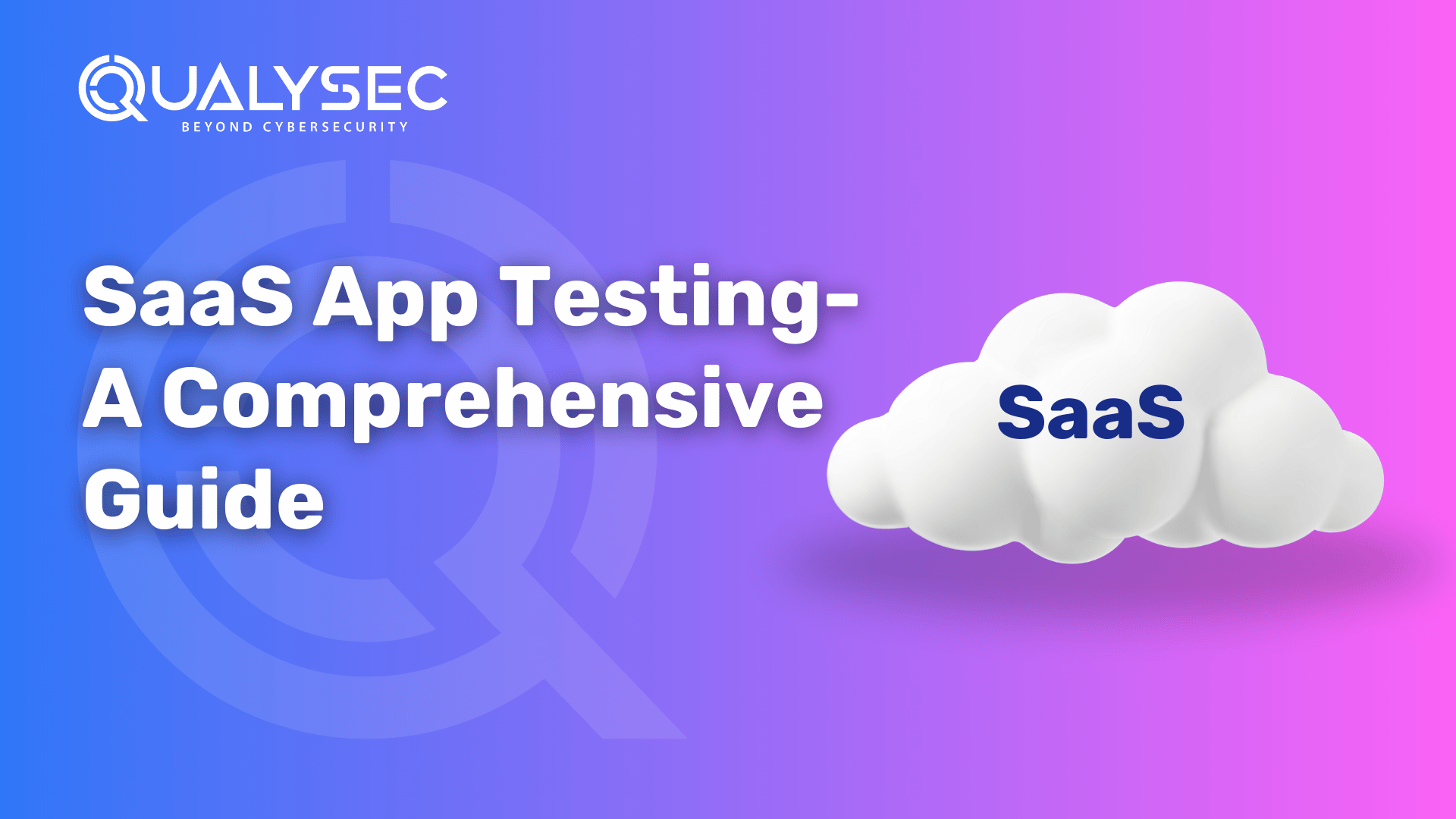
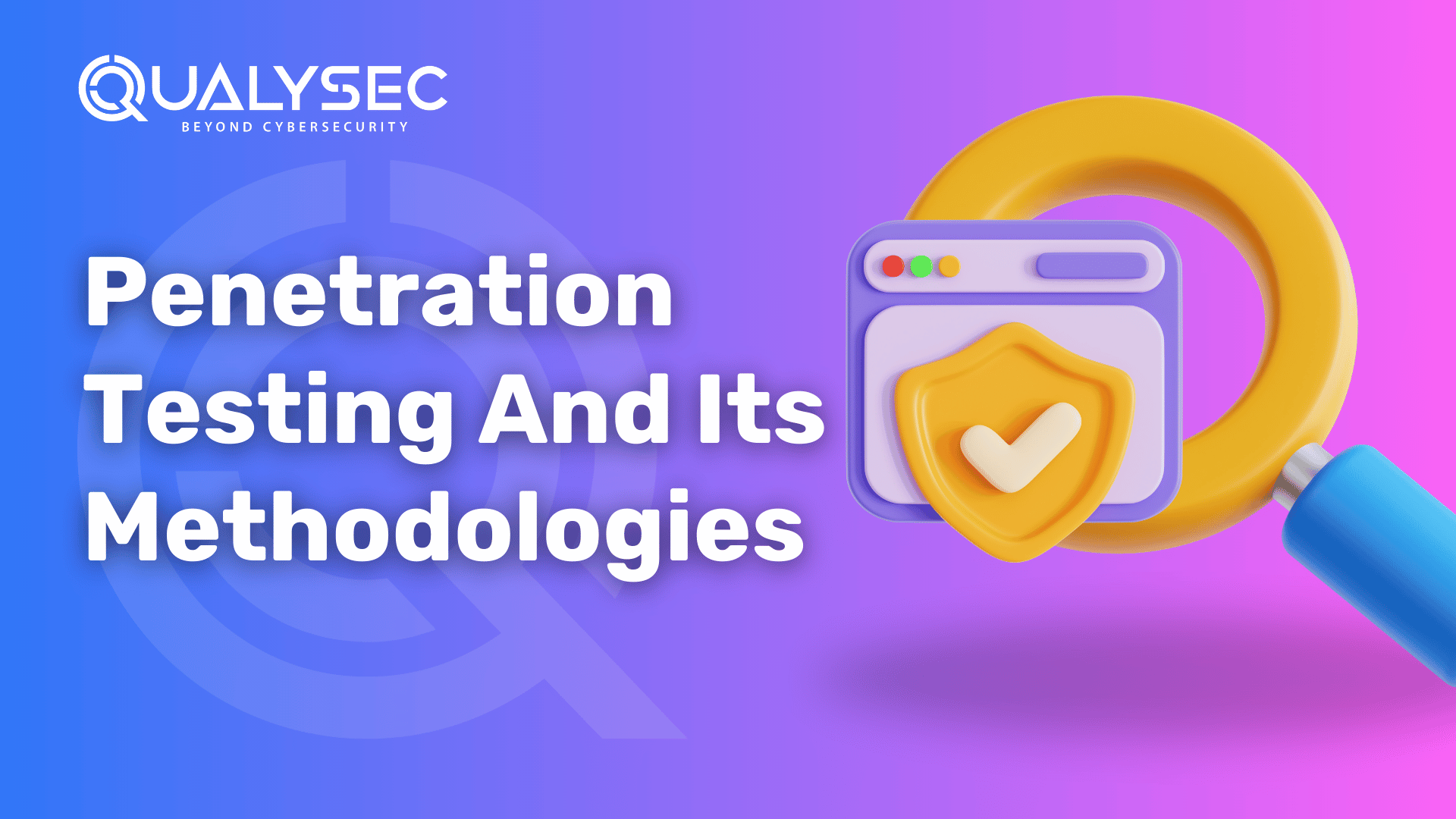



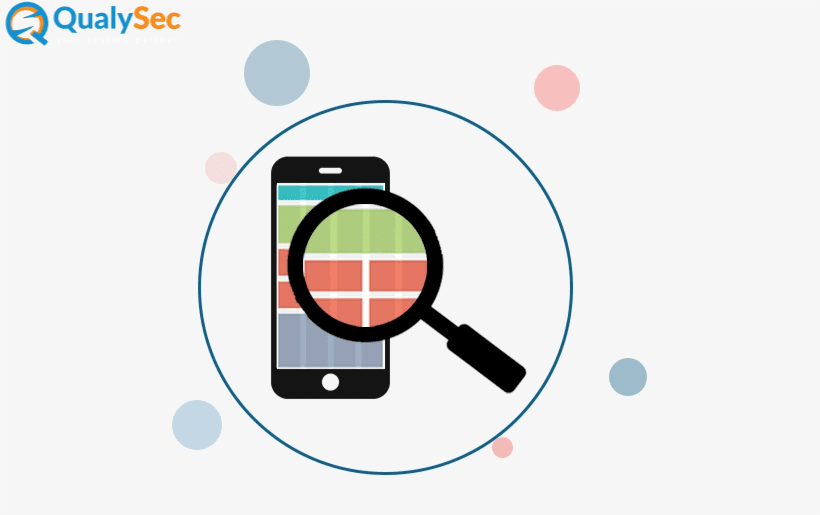







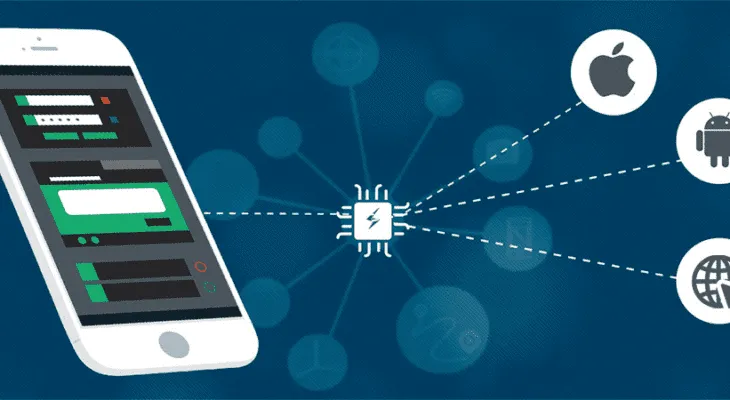
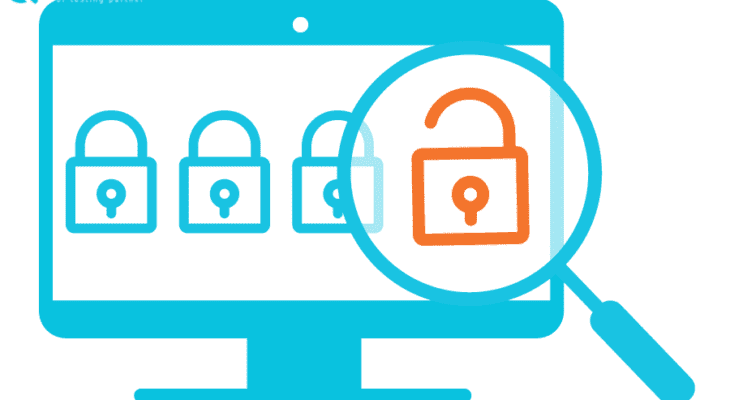



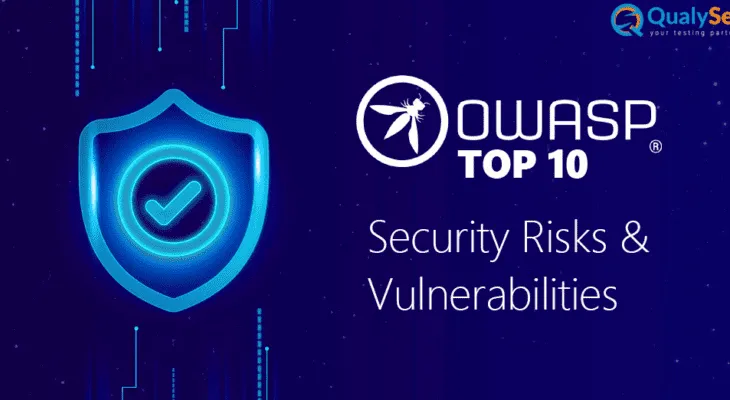









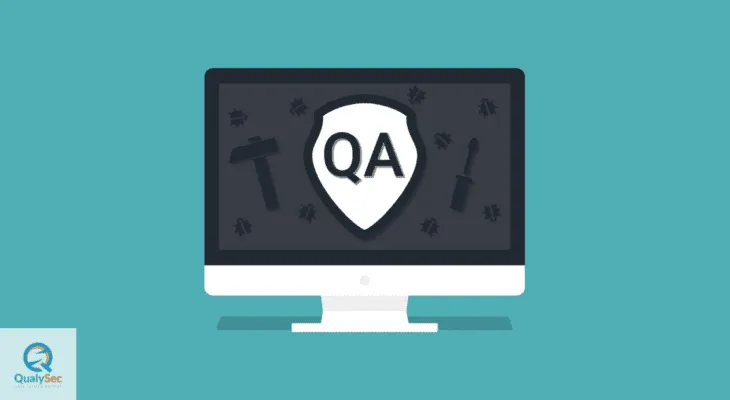

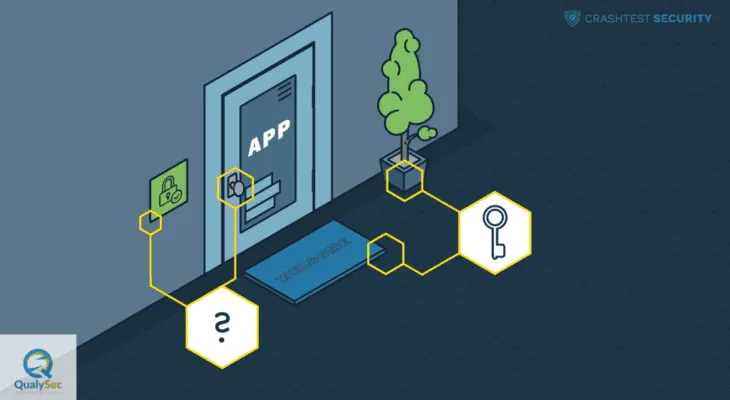








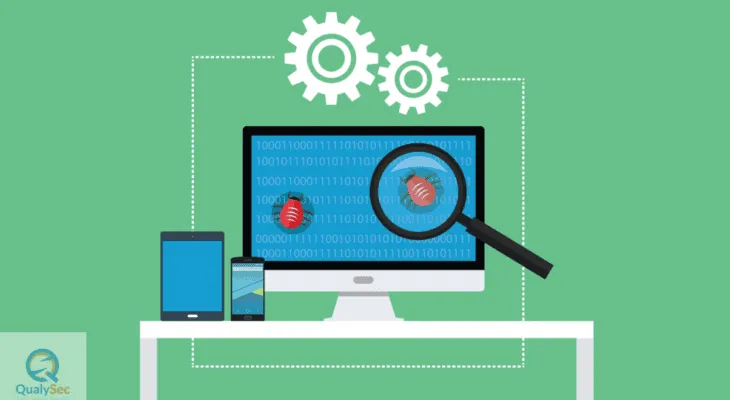



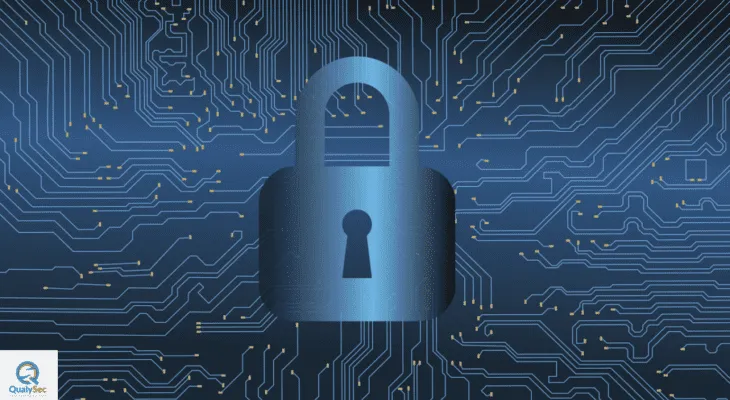
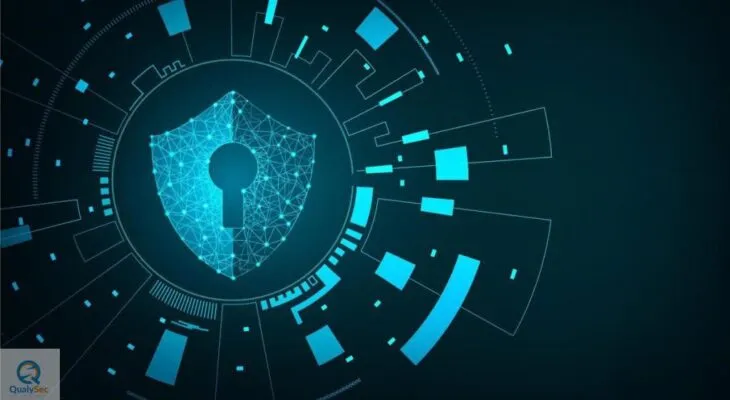




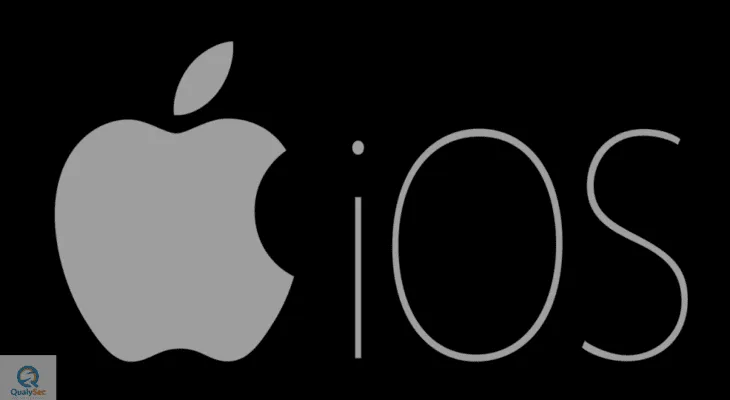


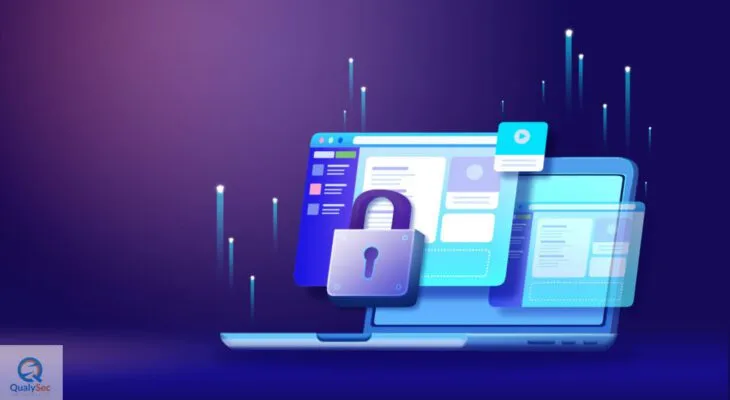







0 Comments